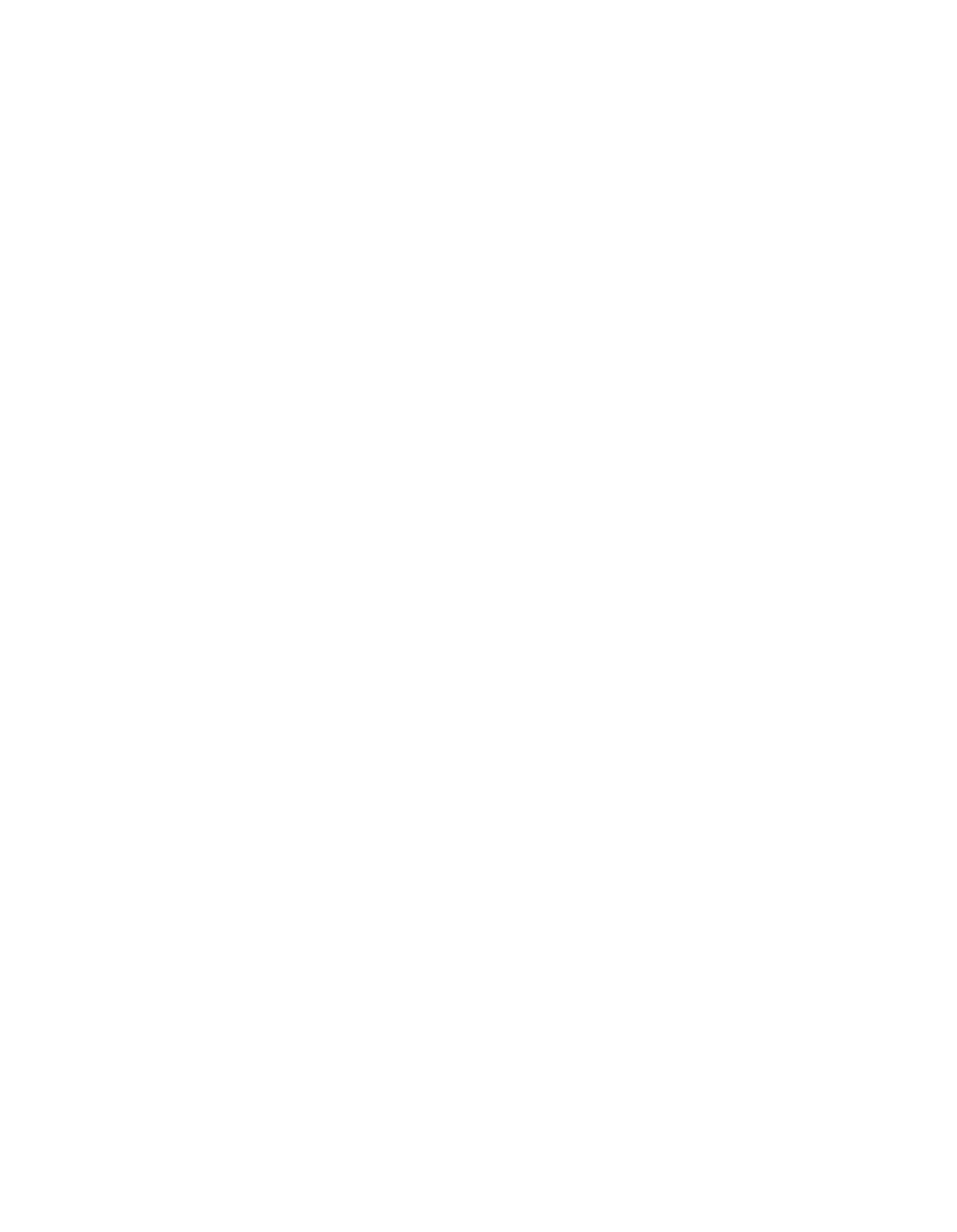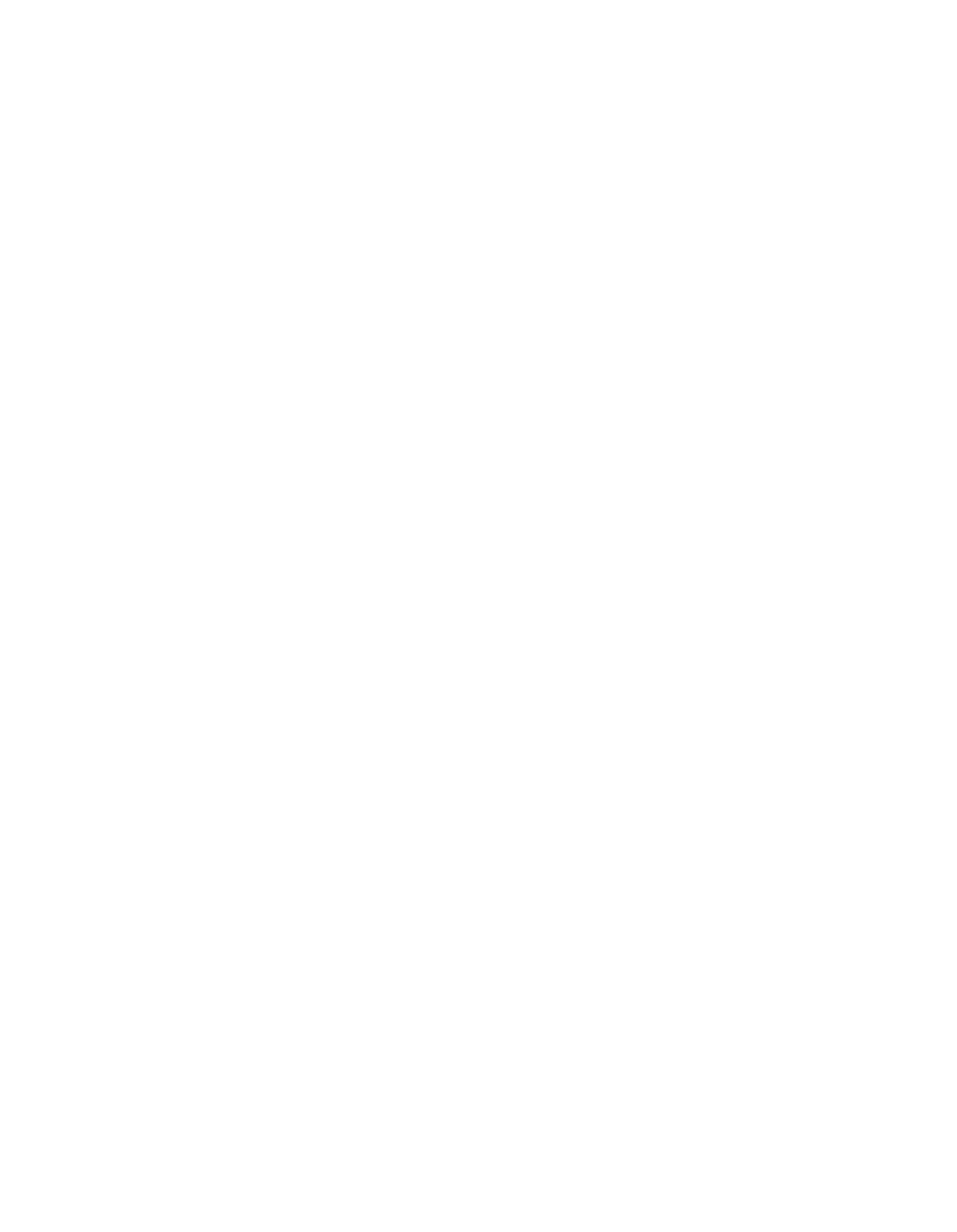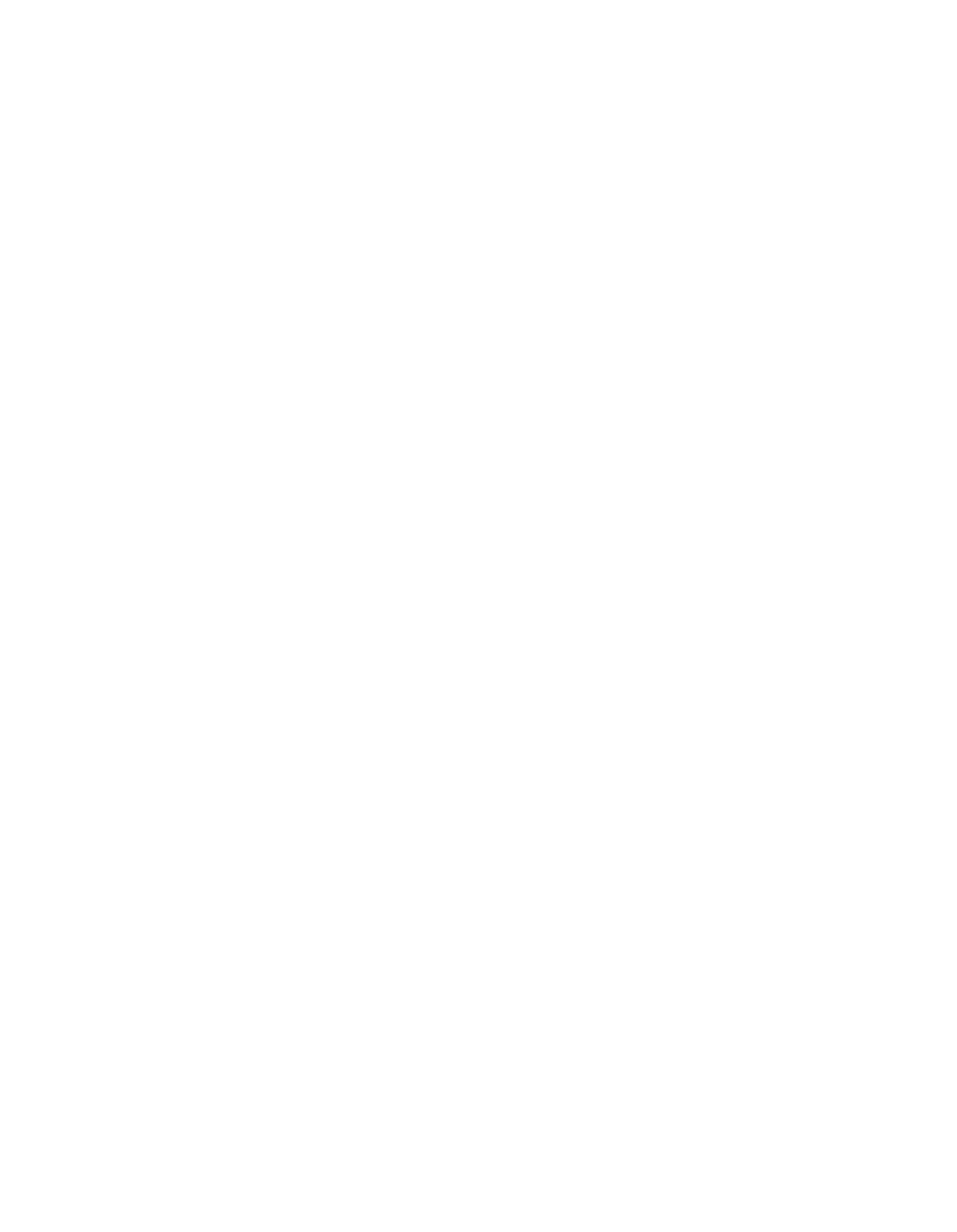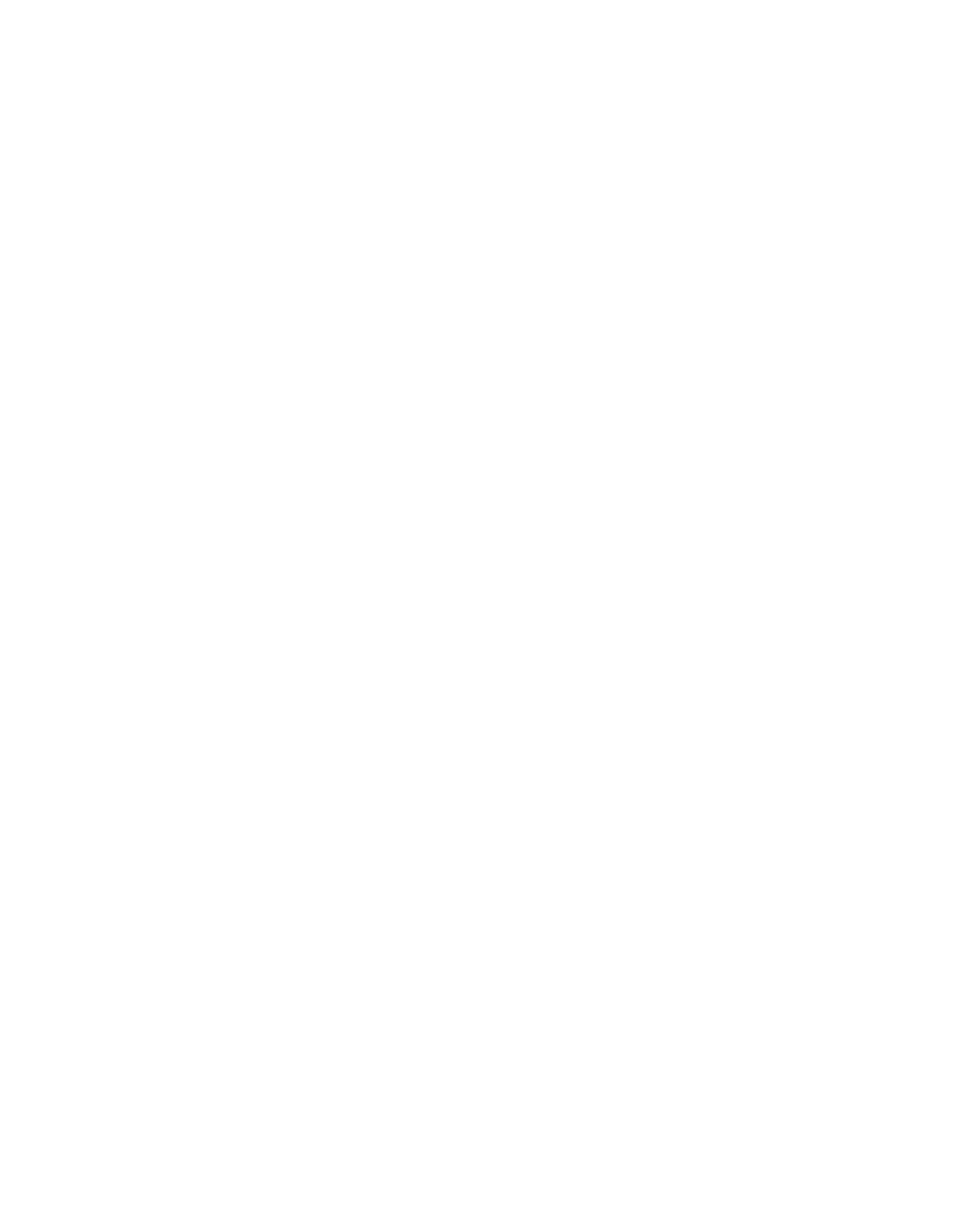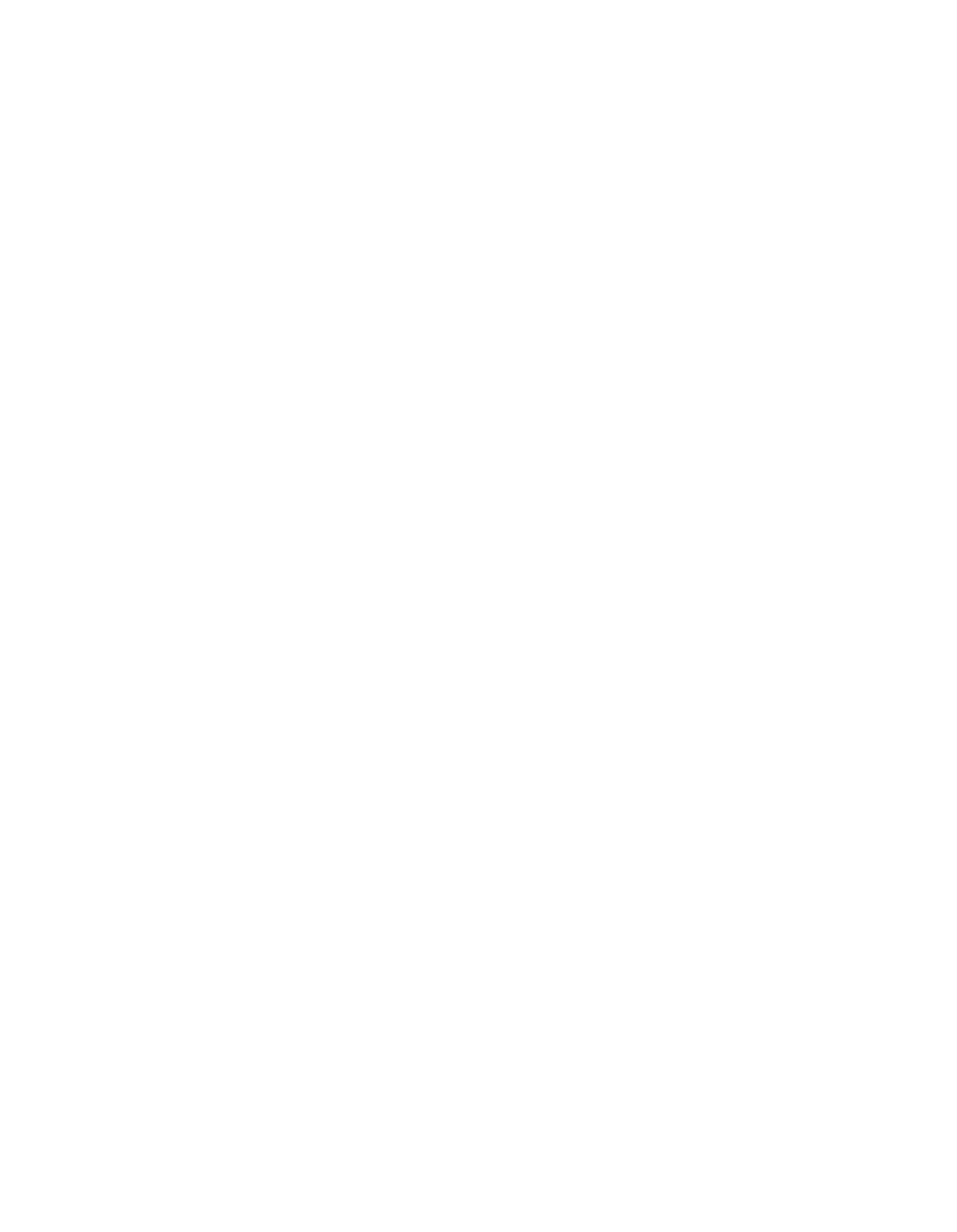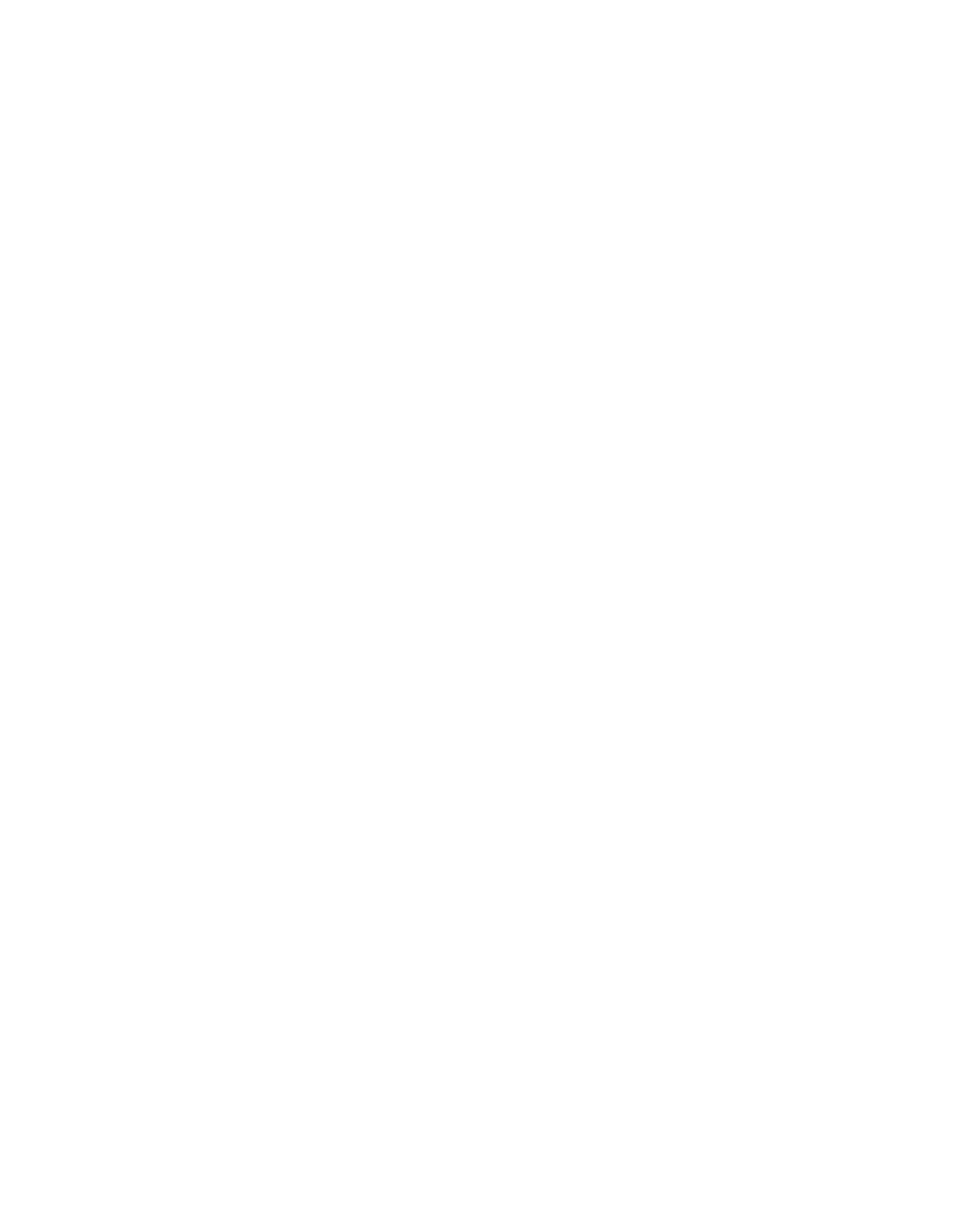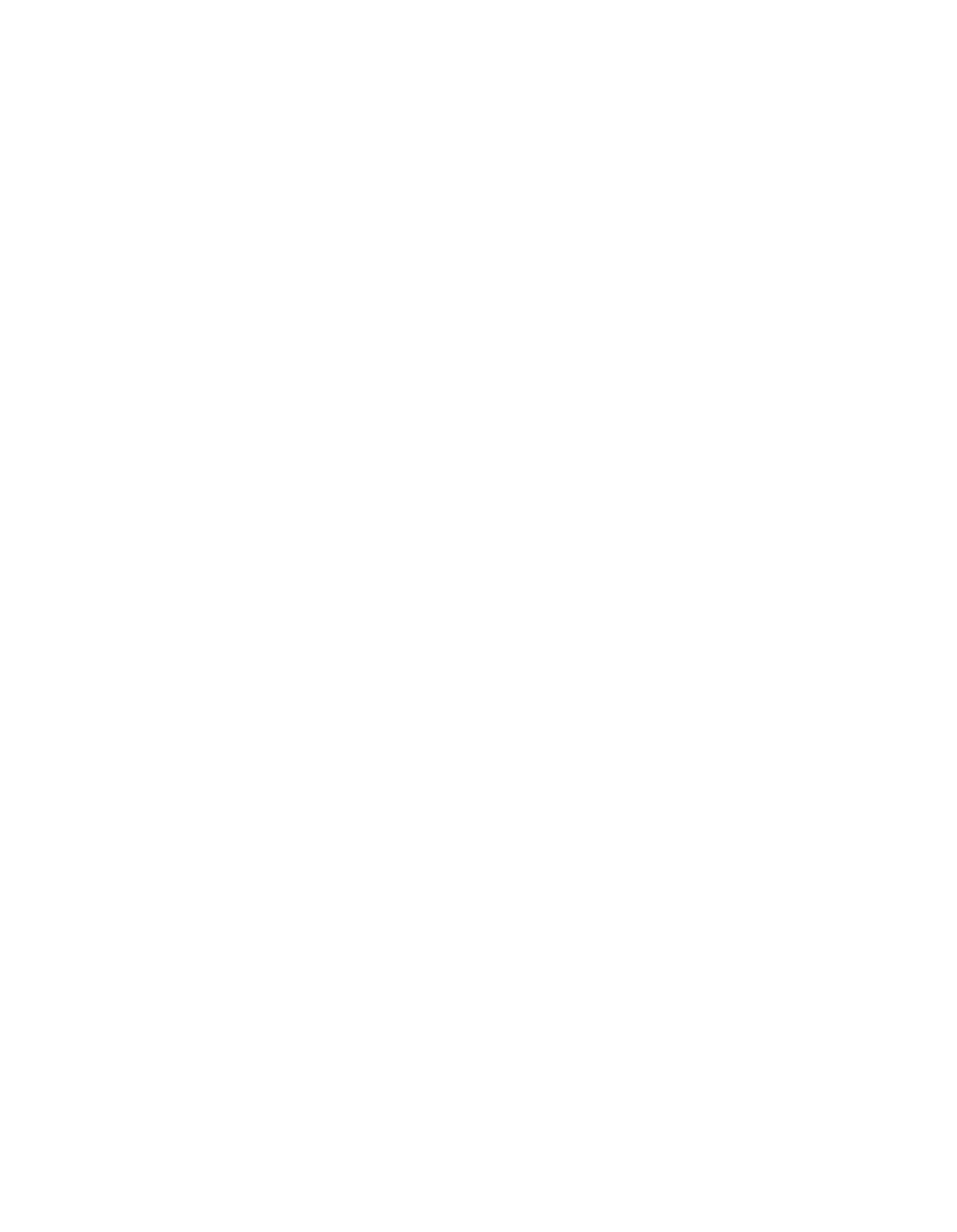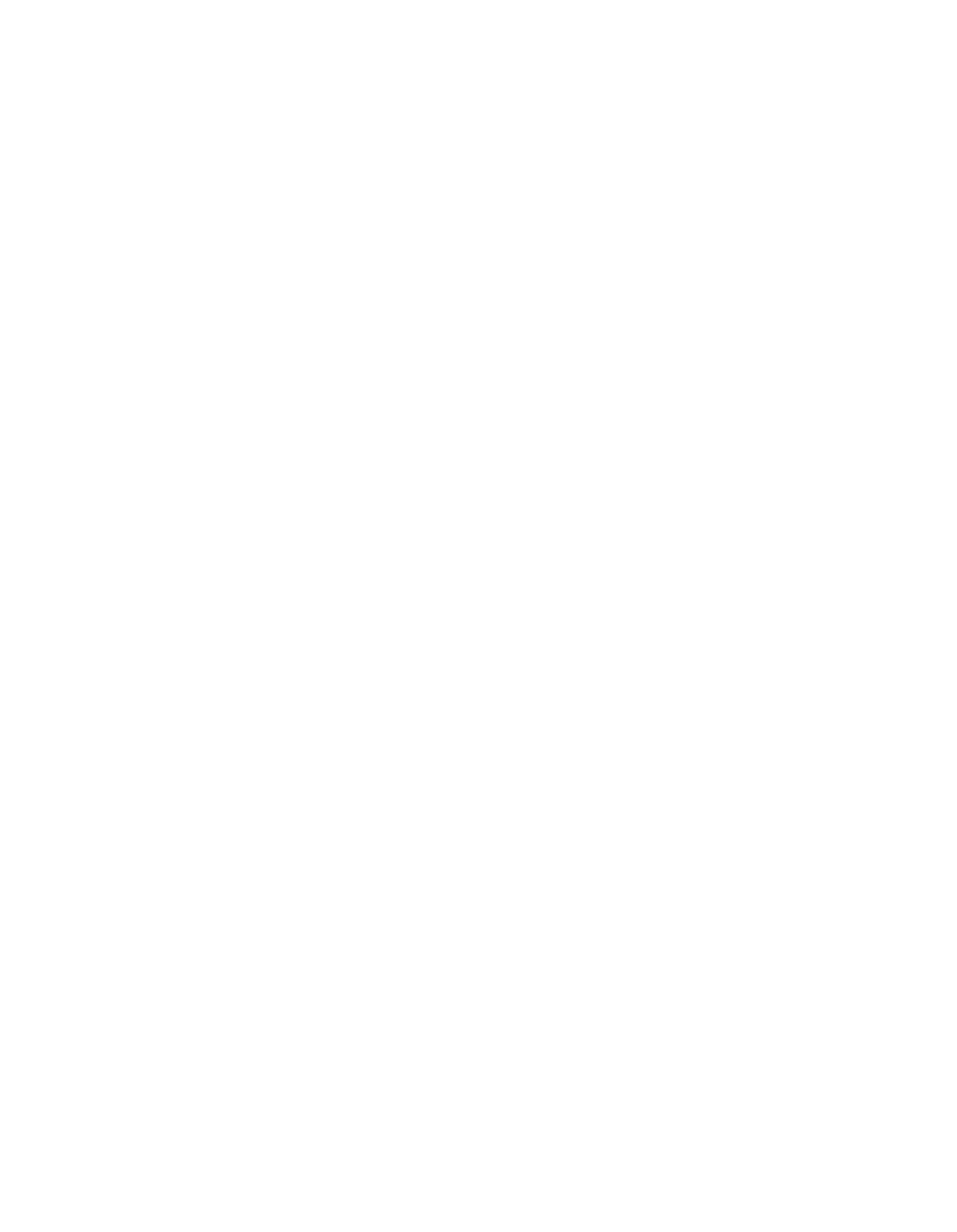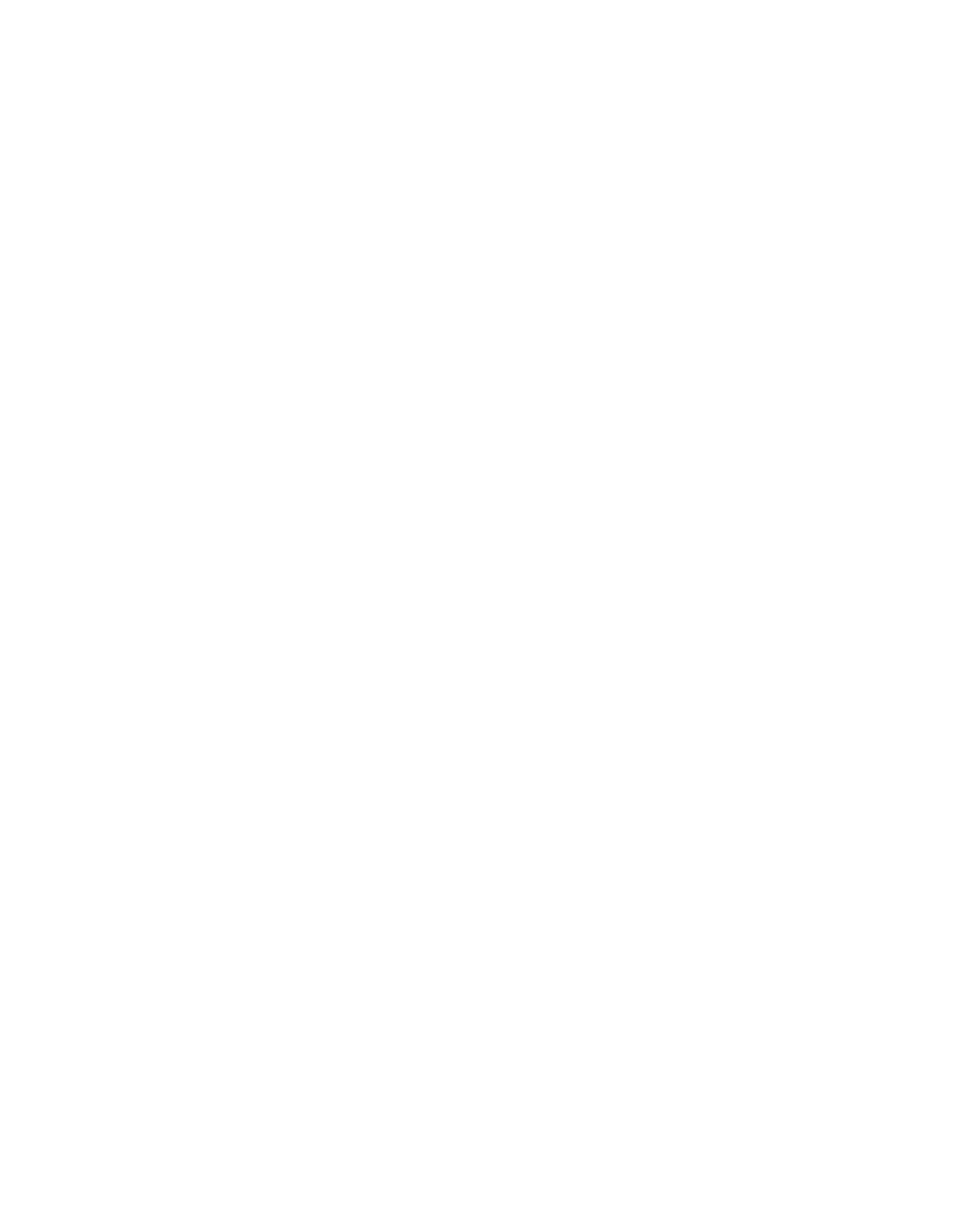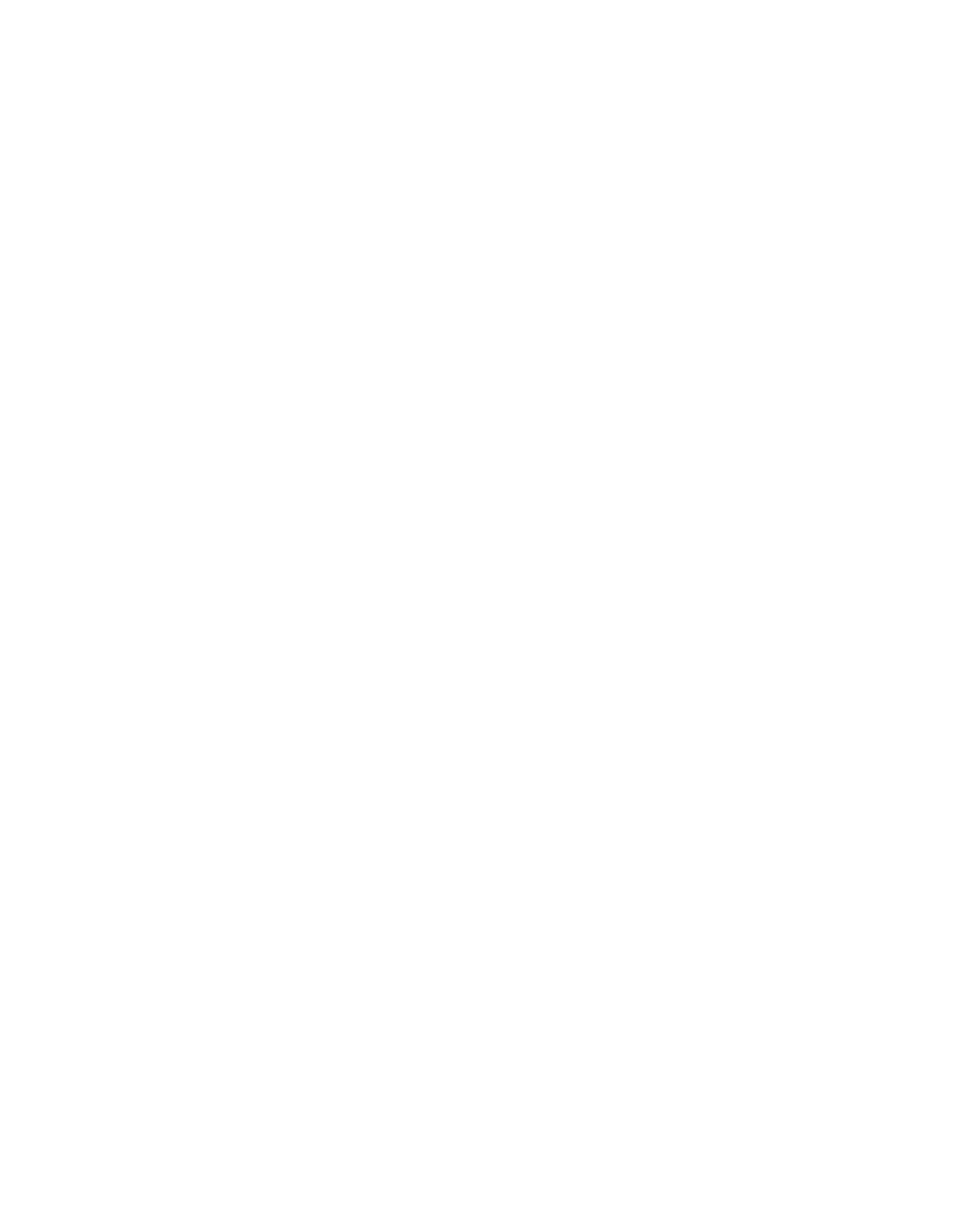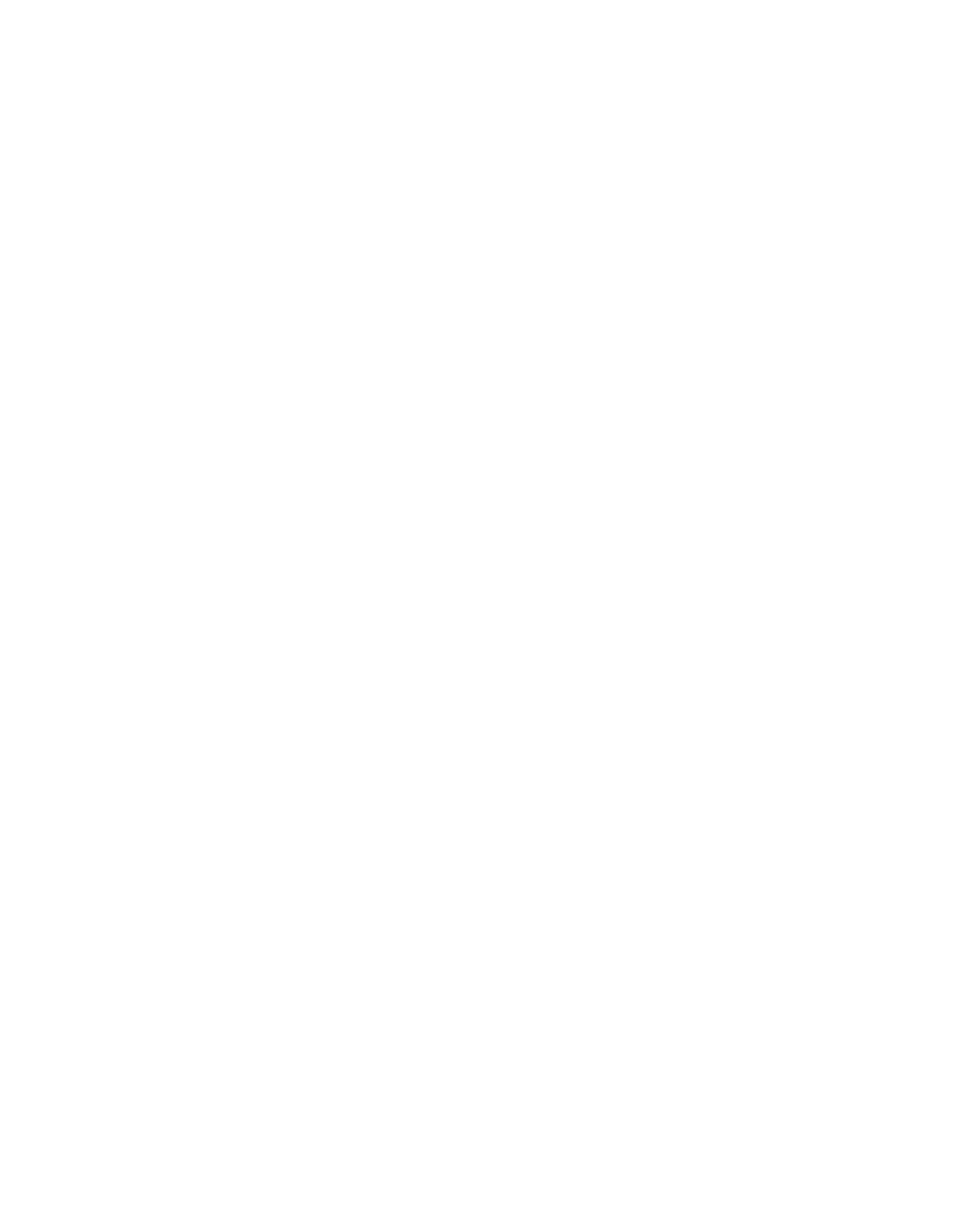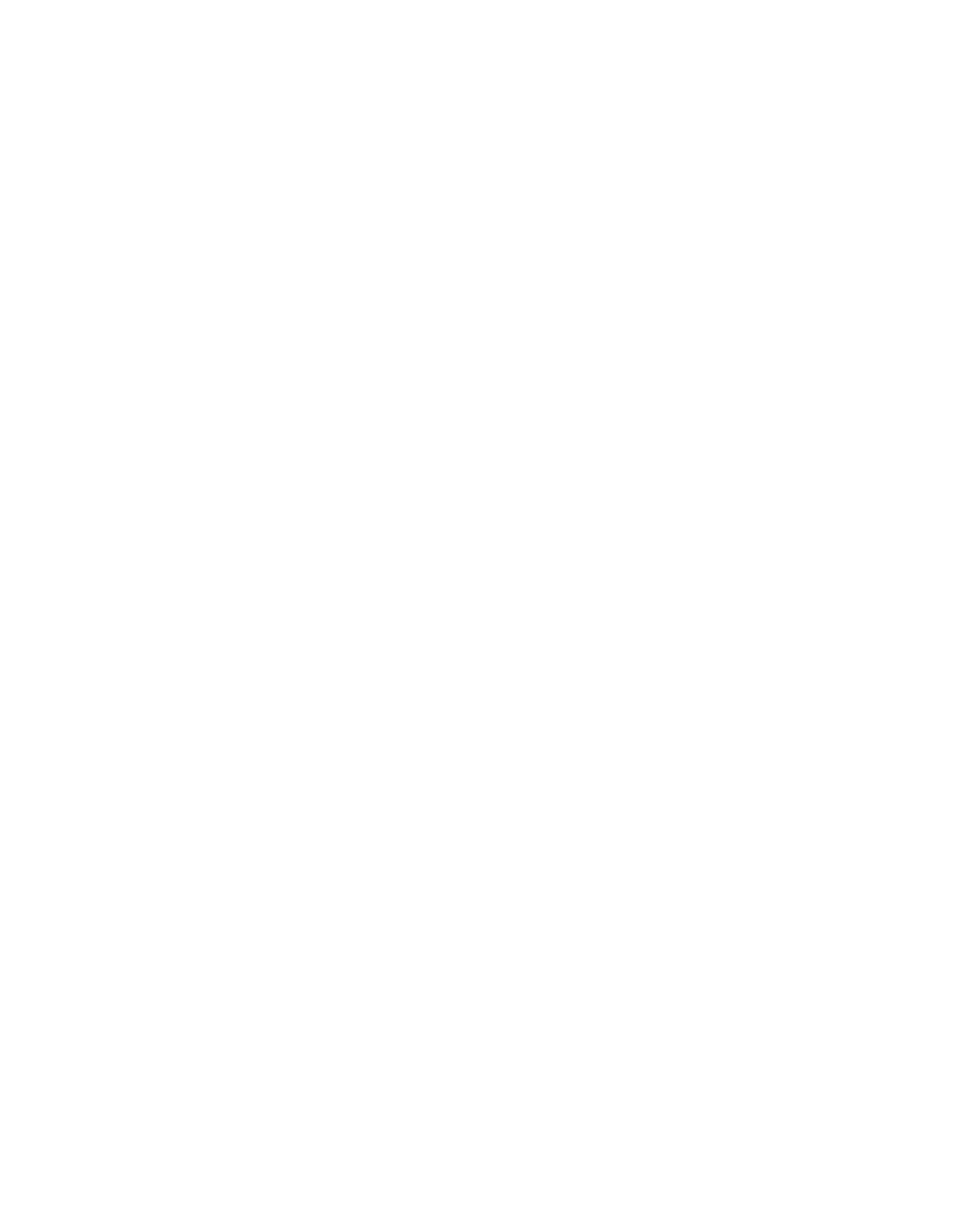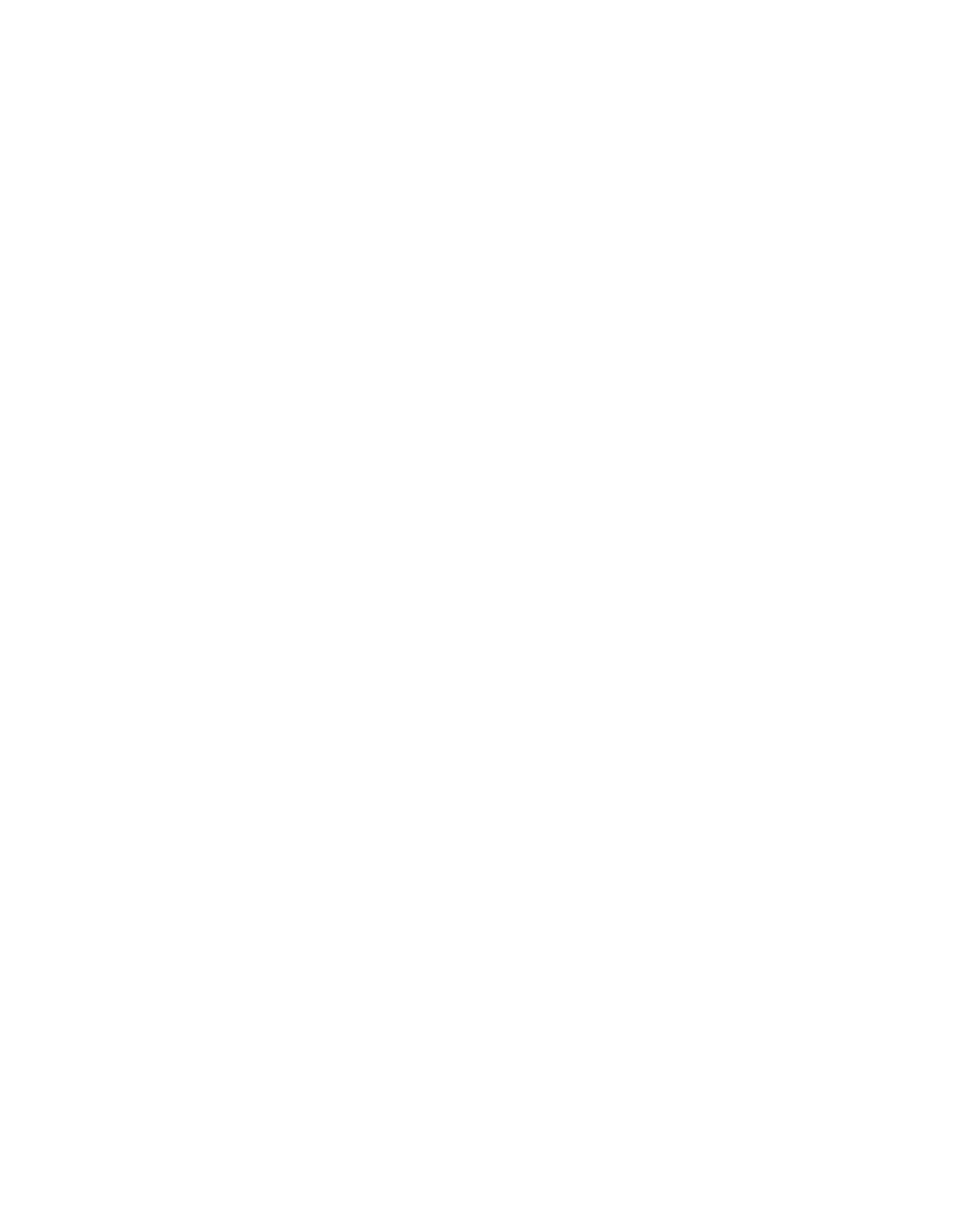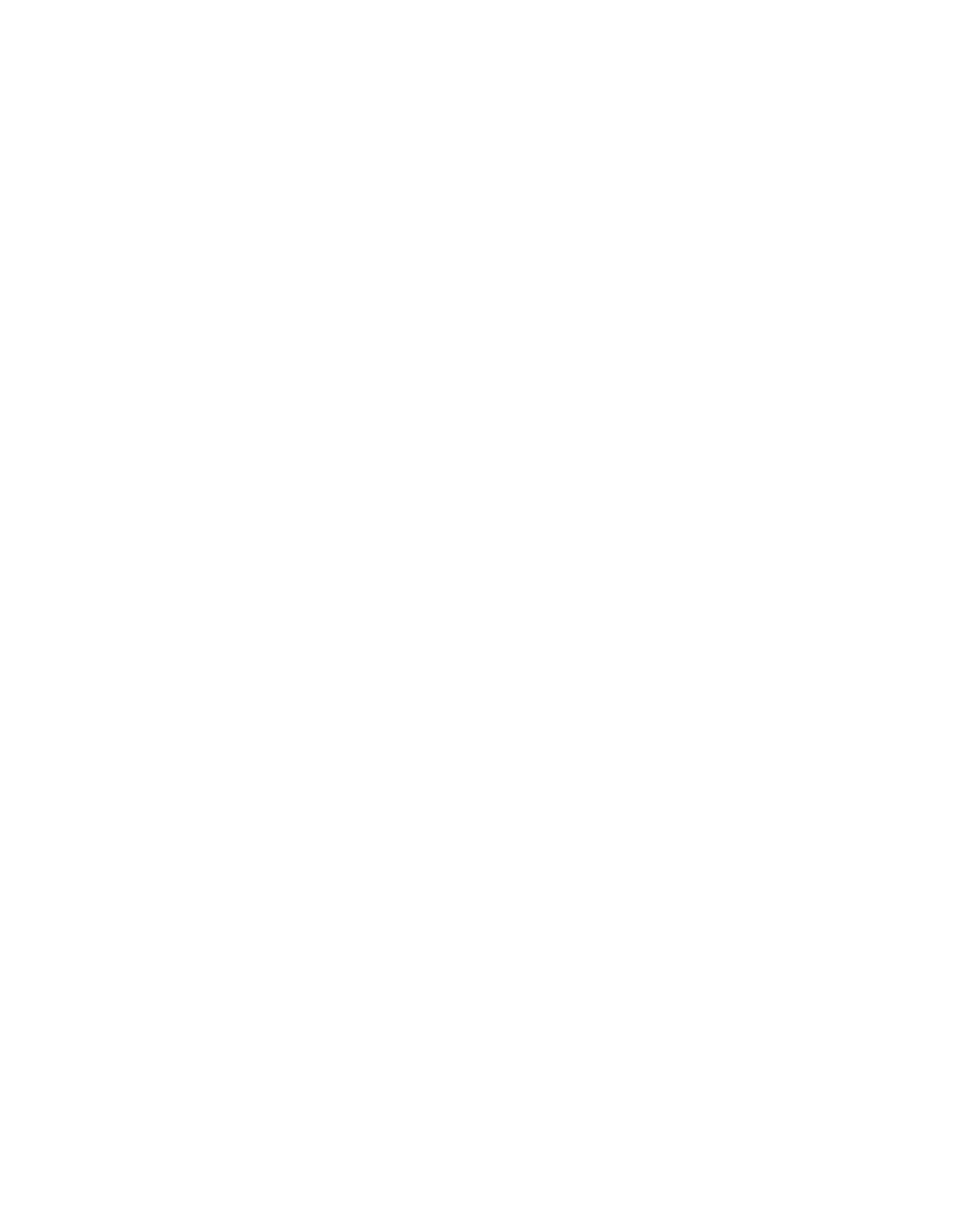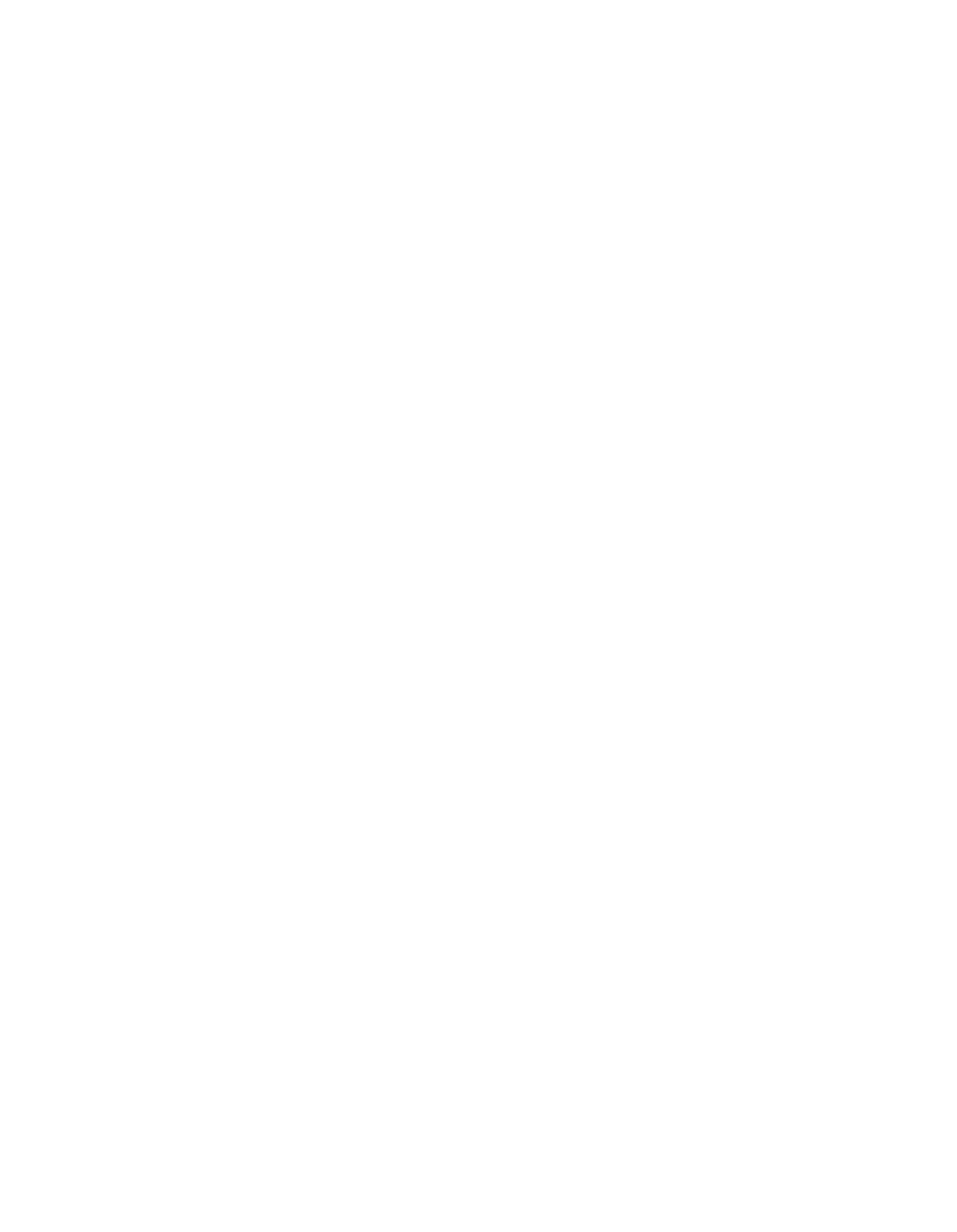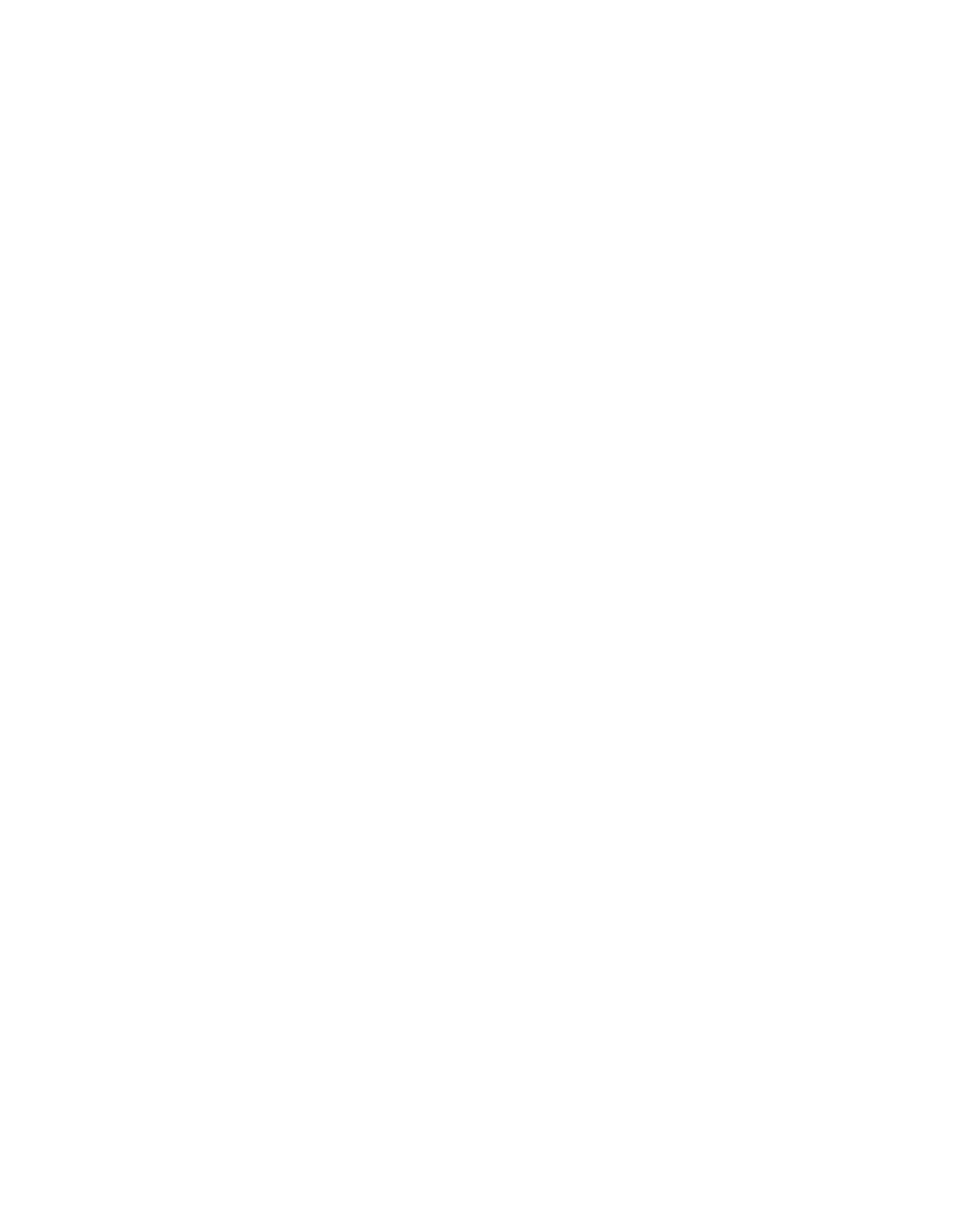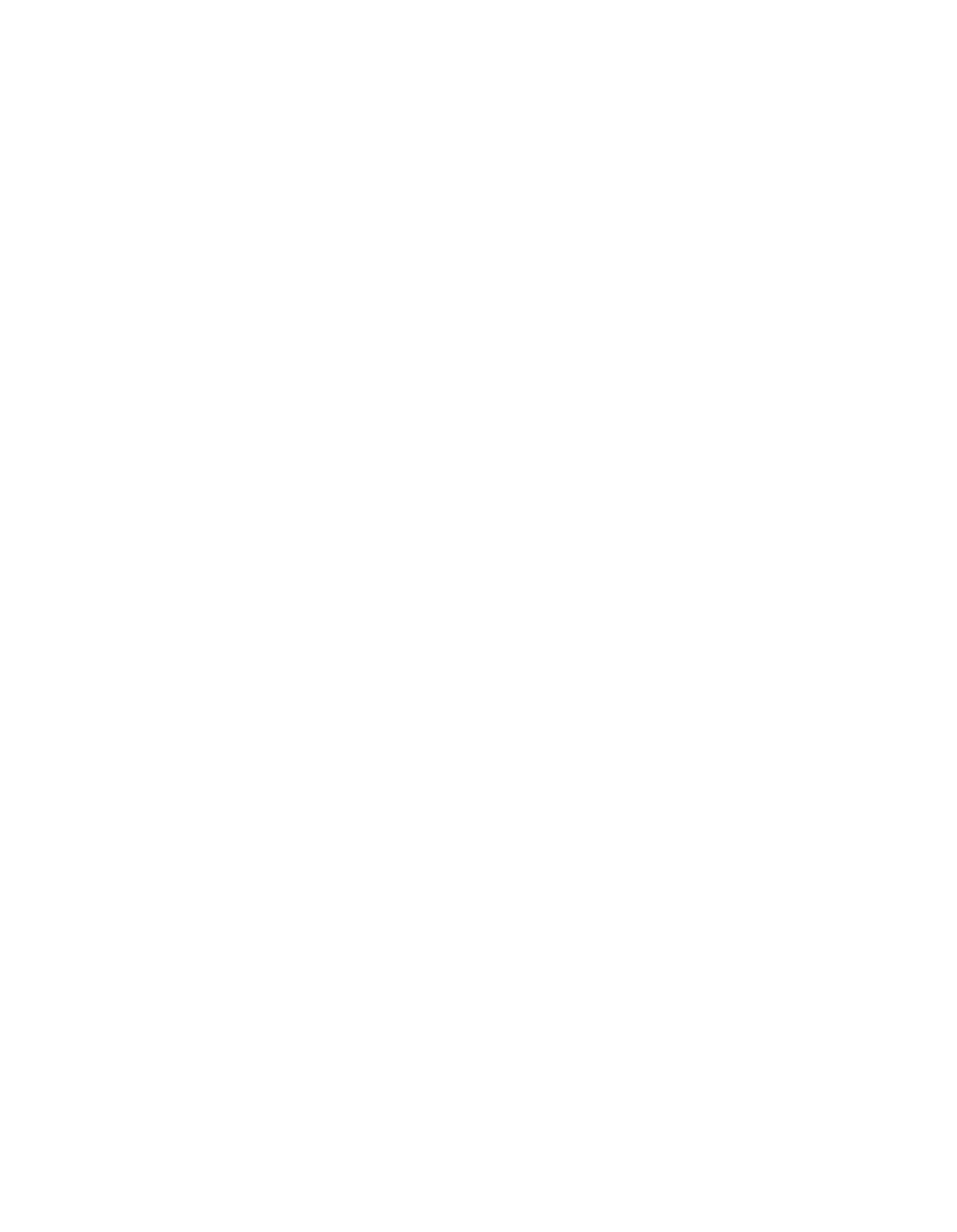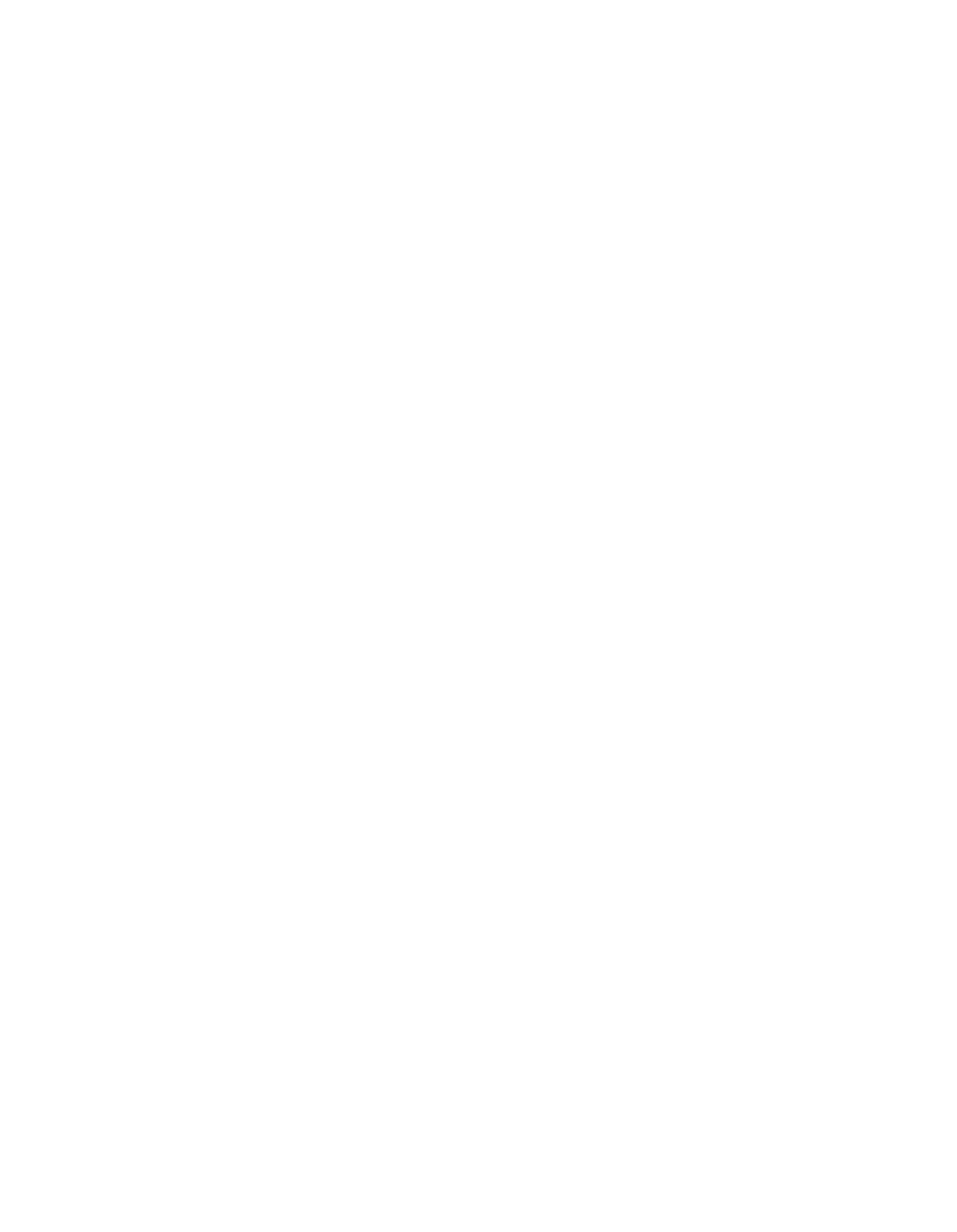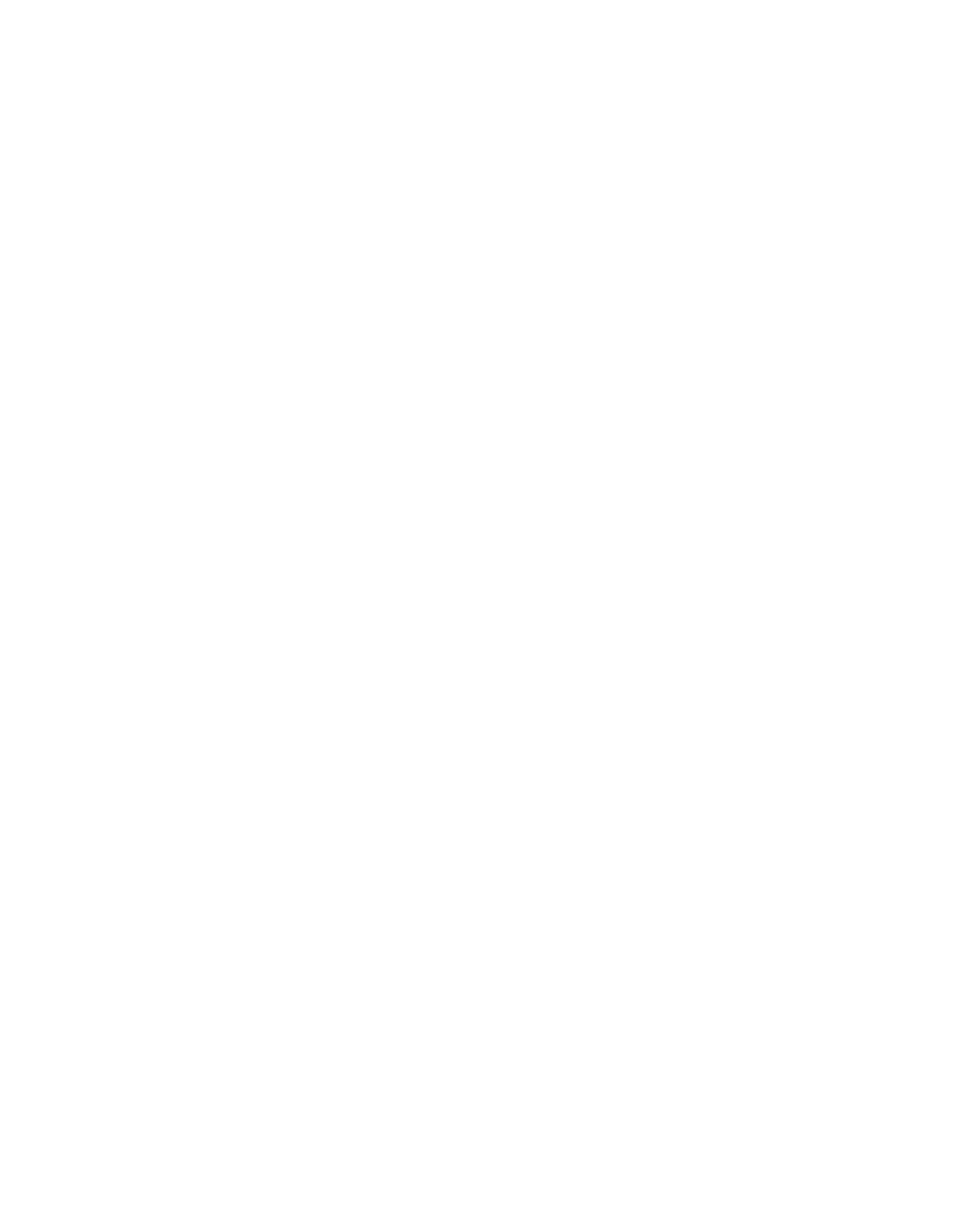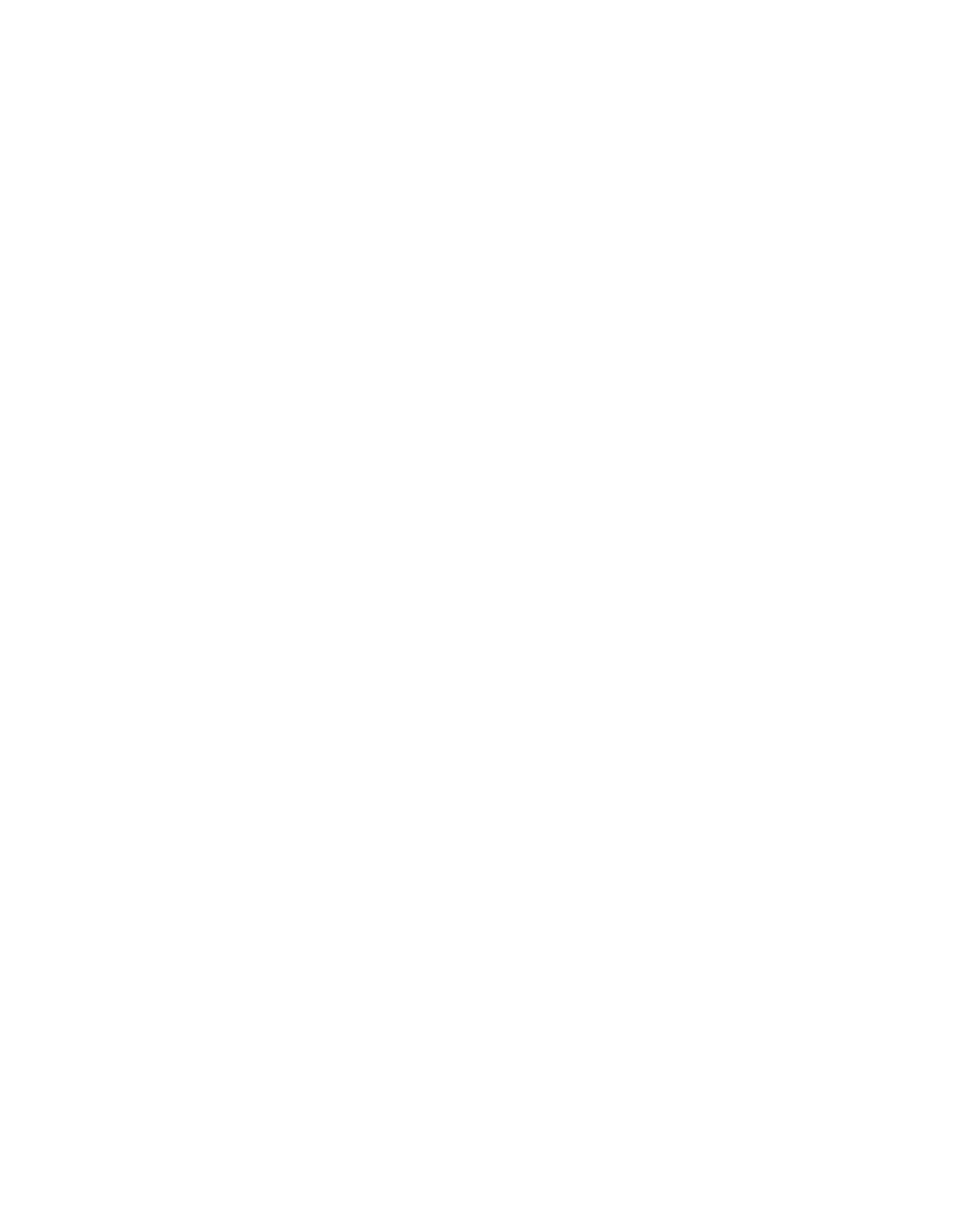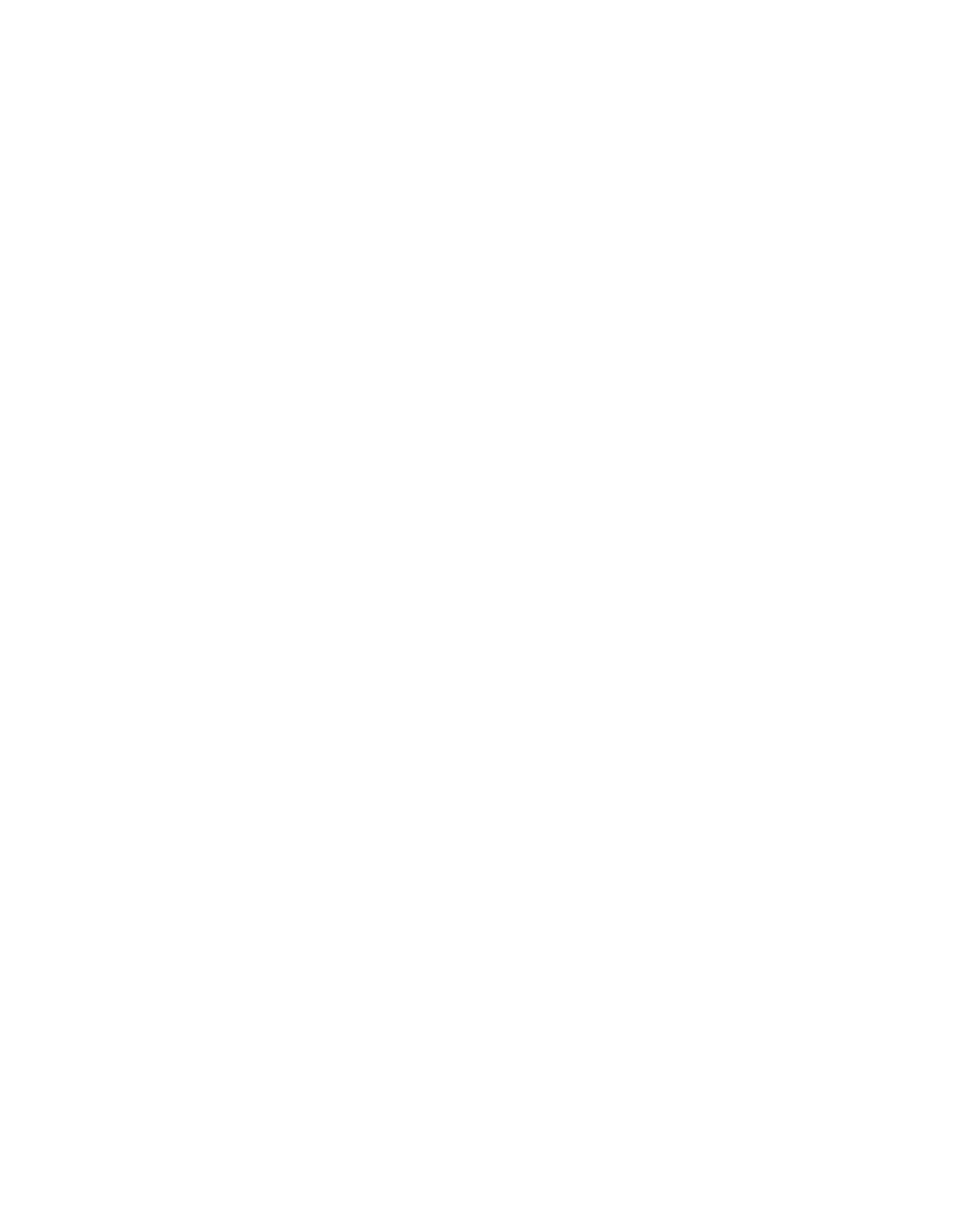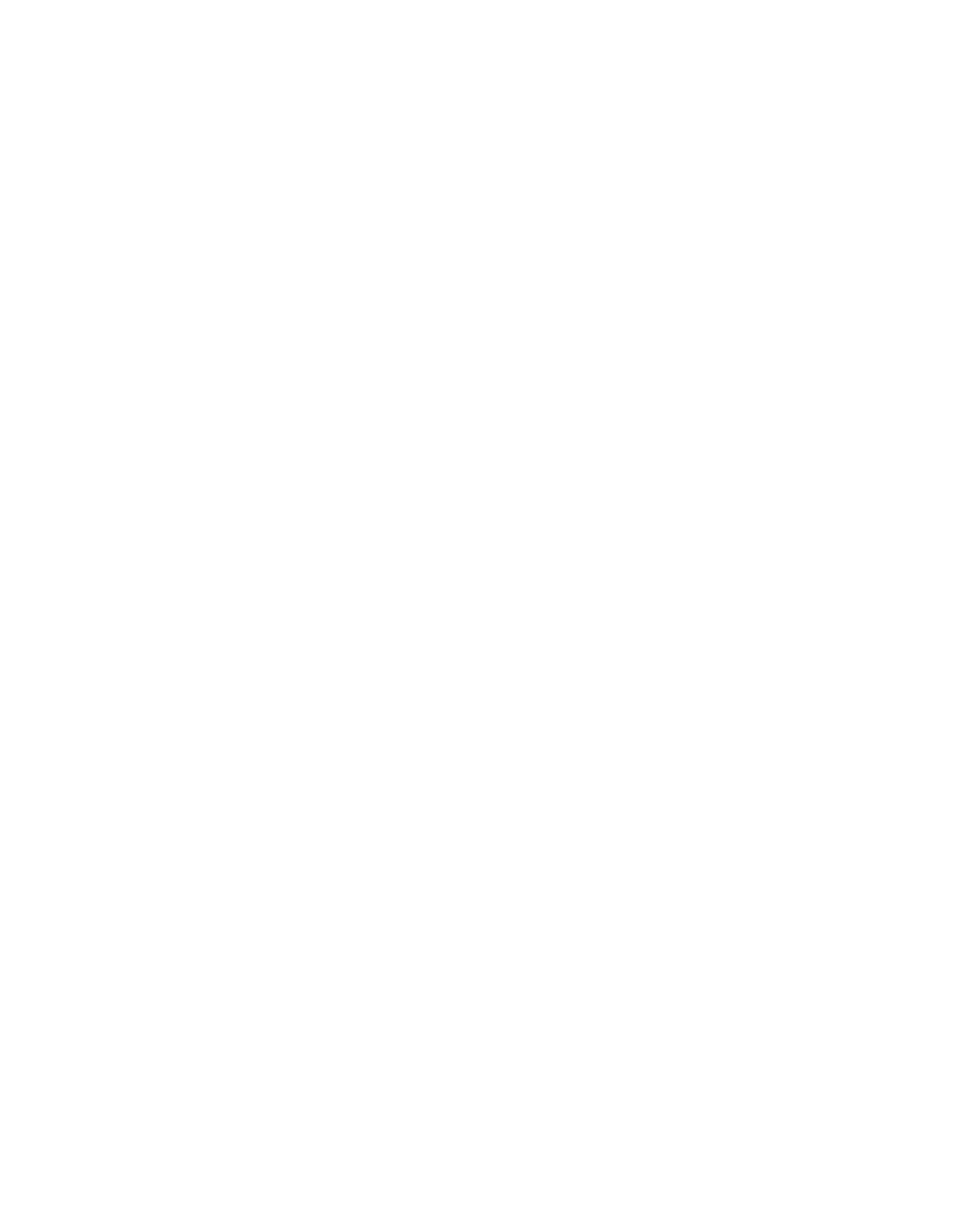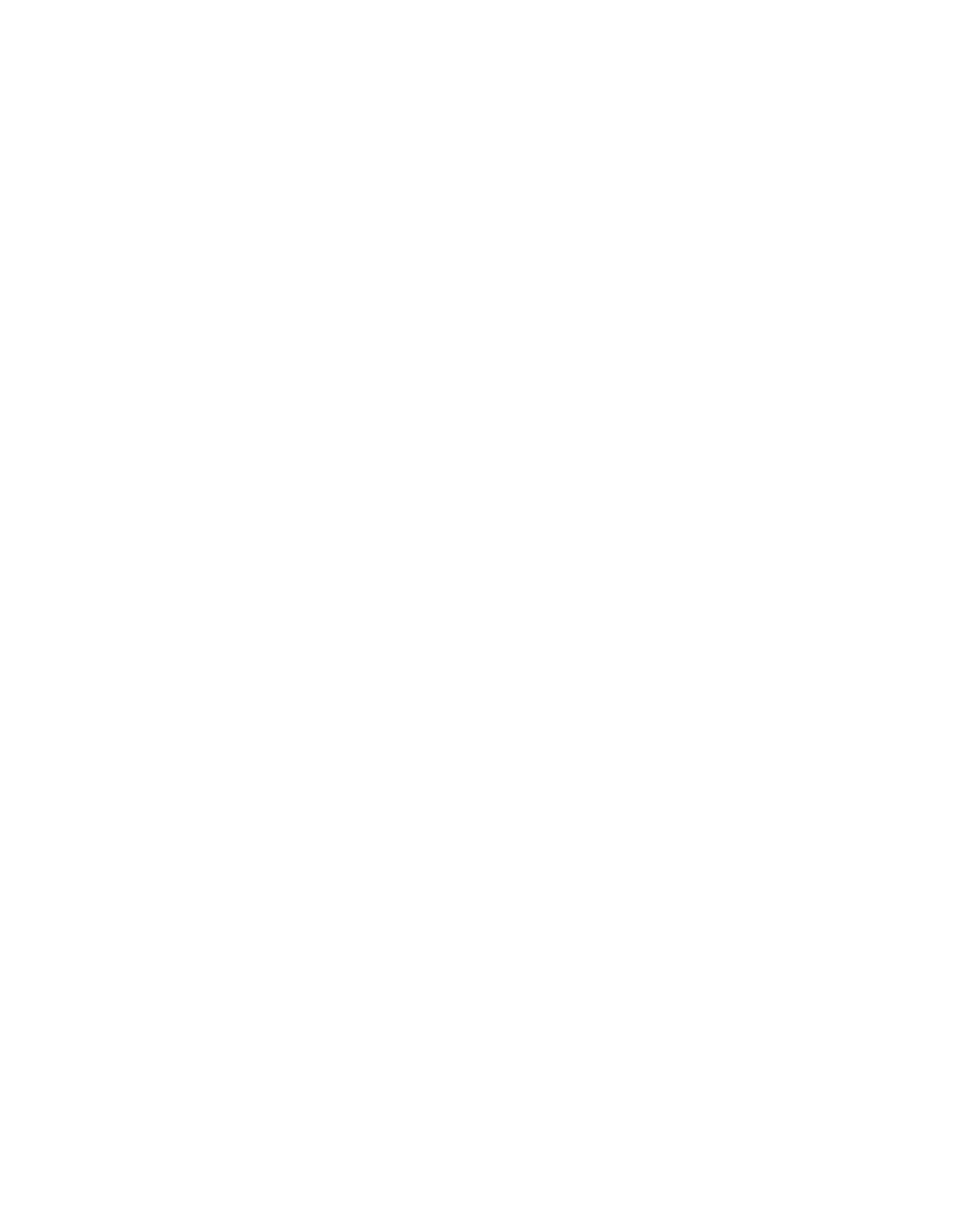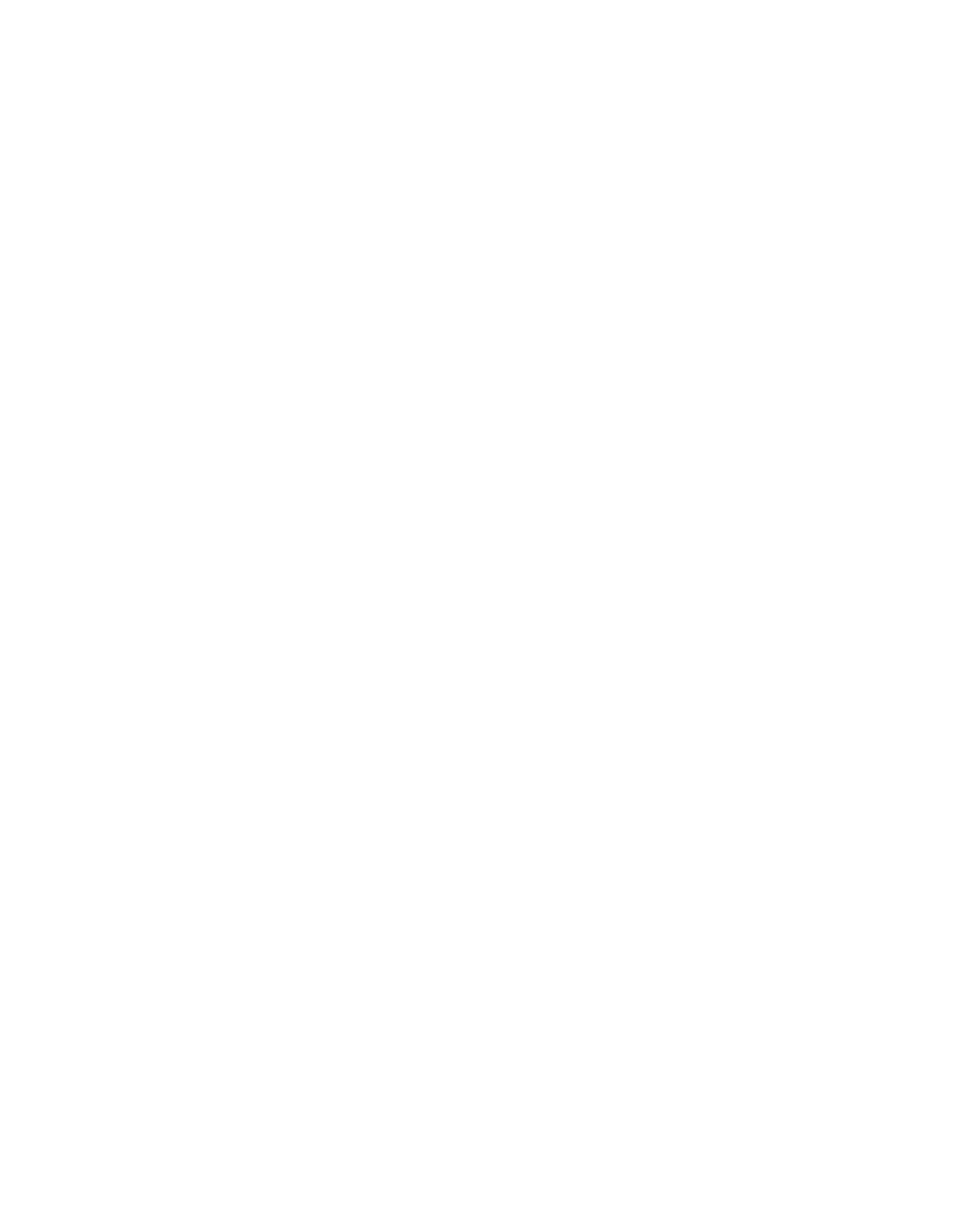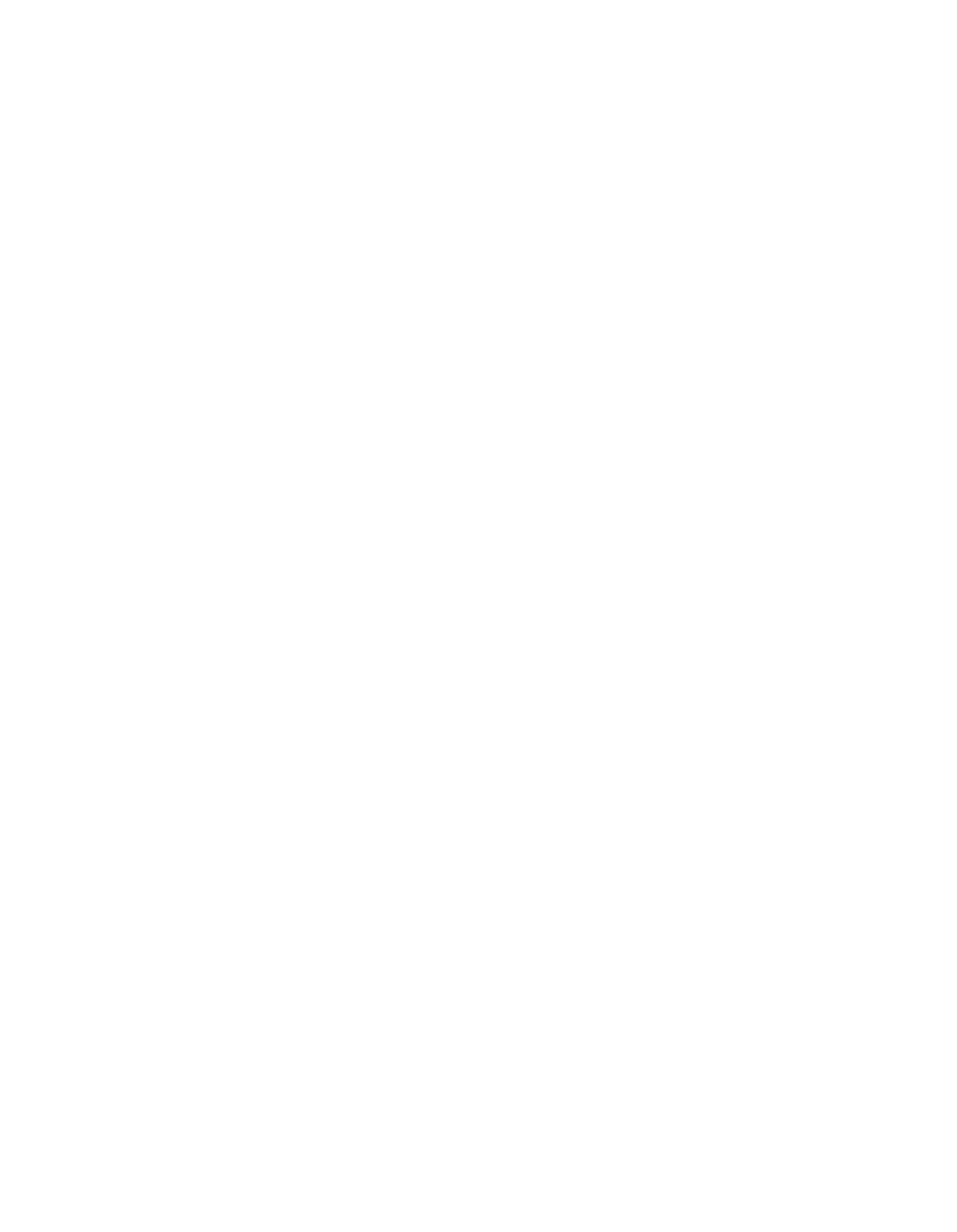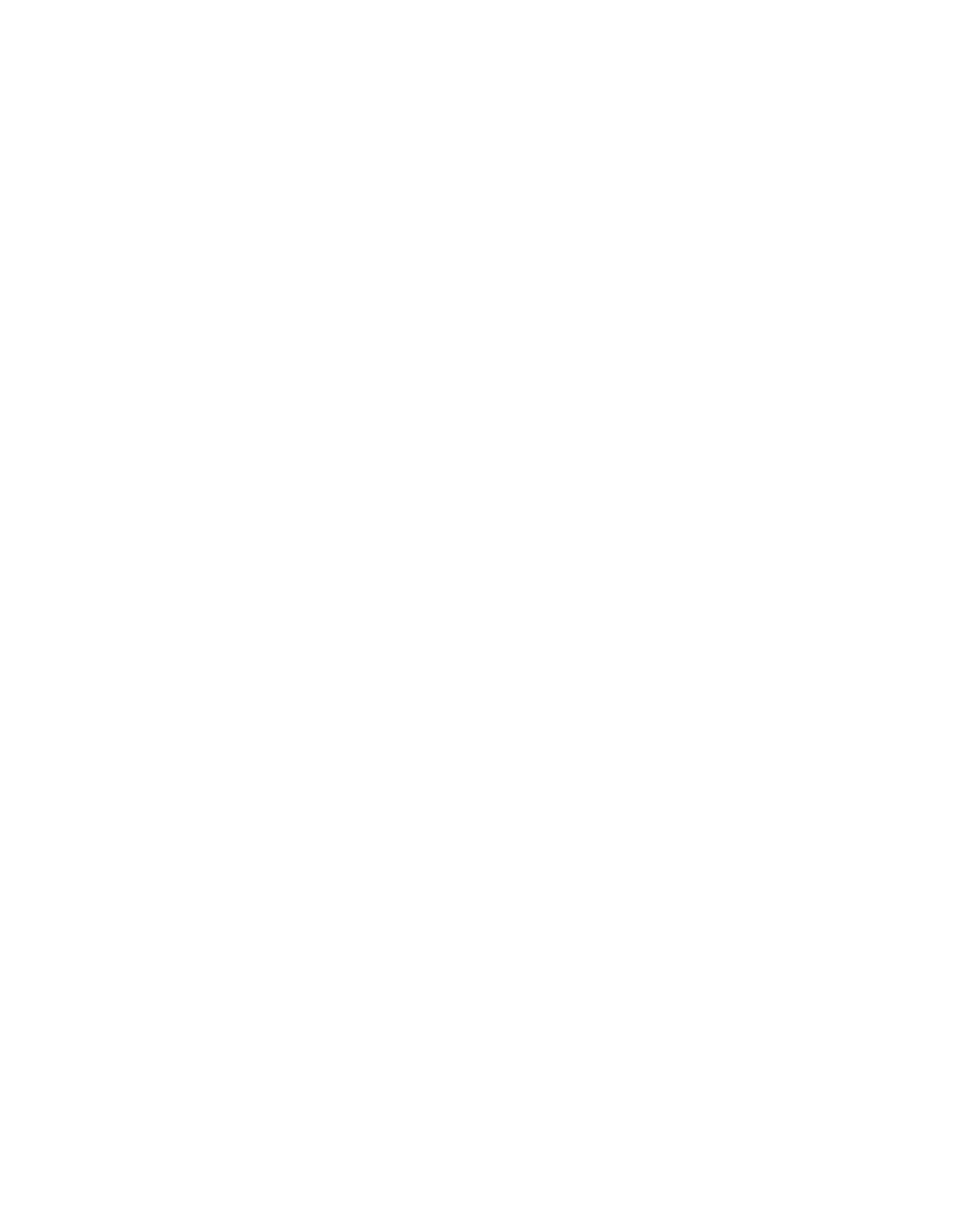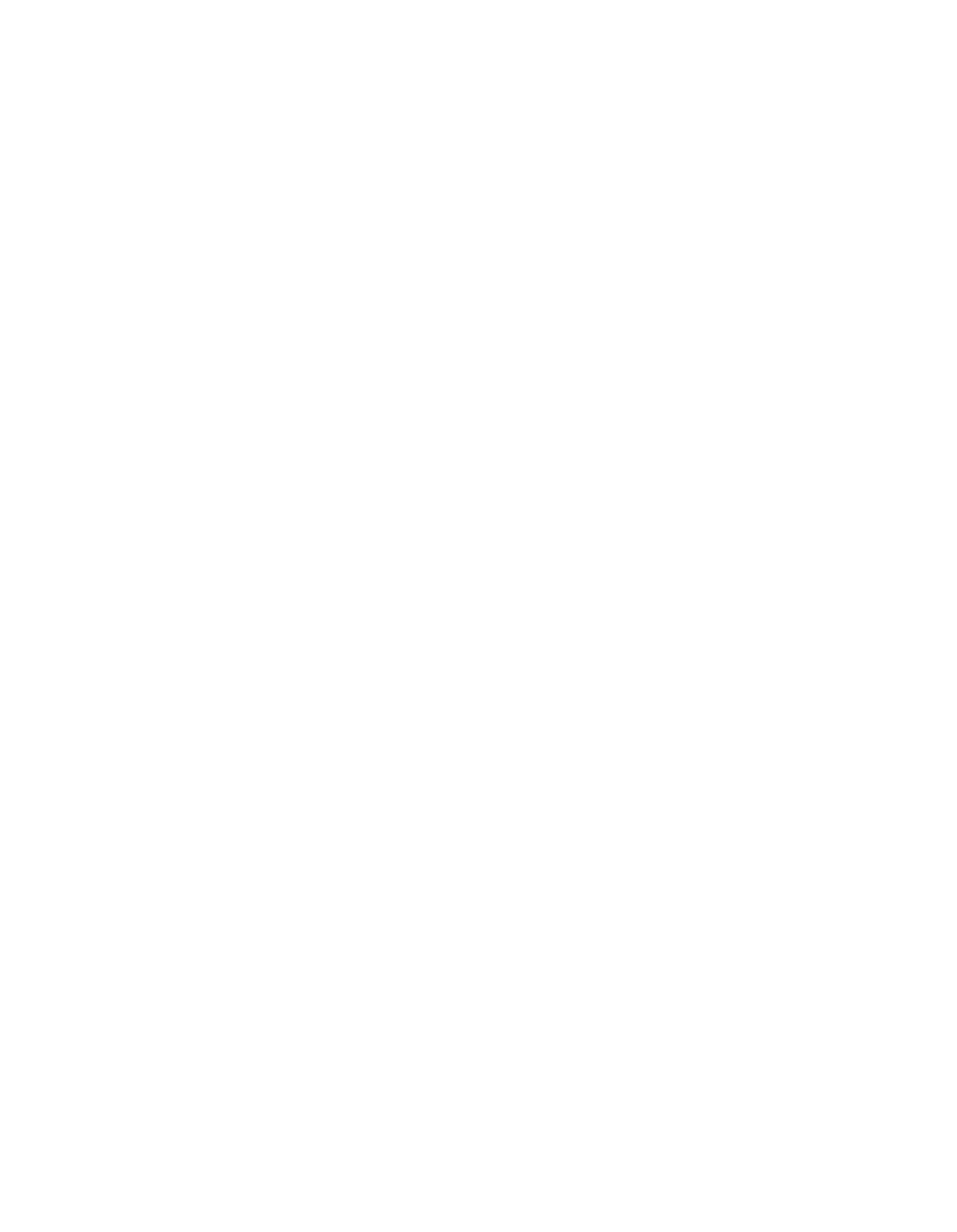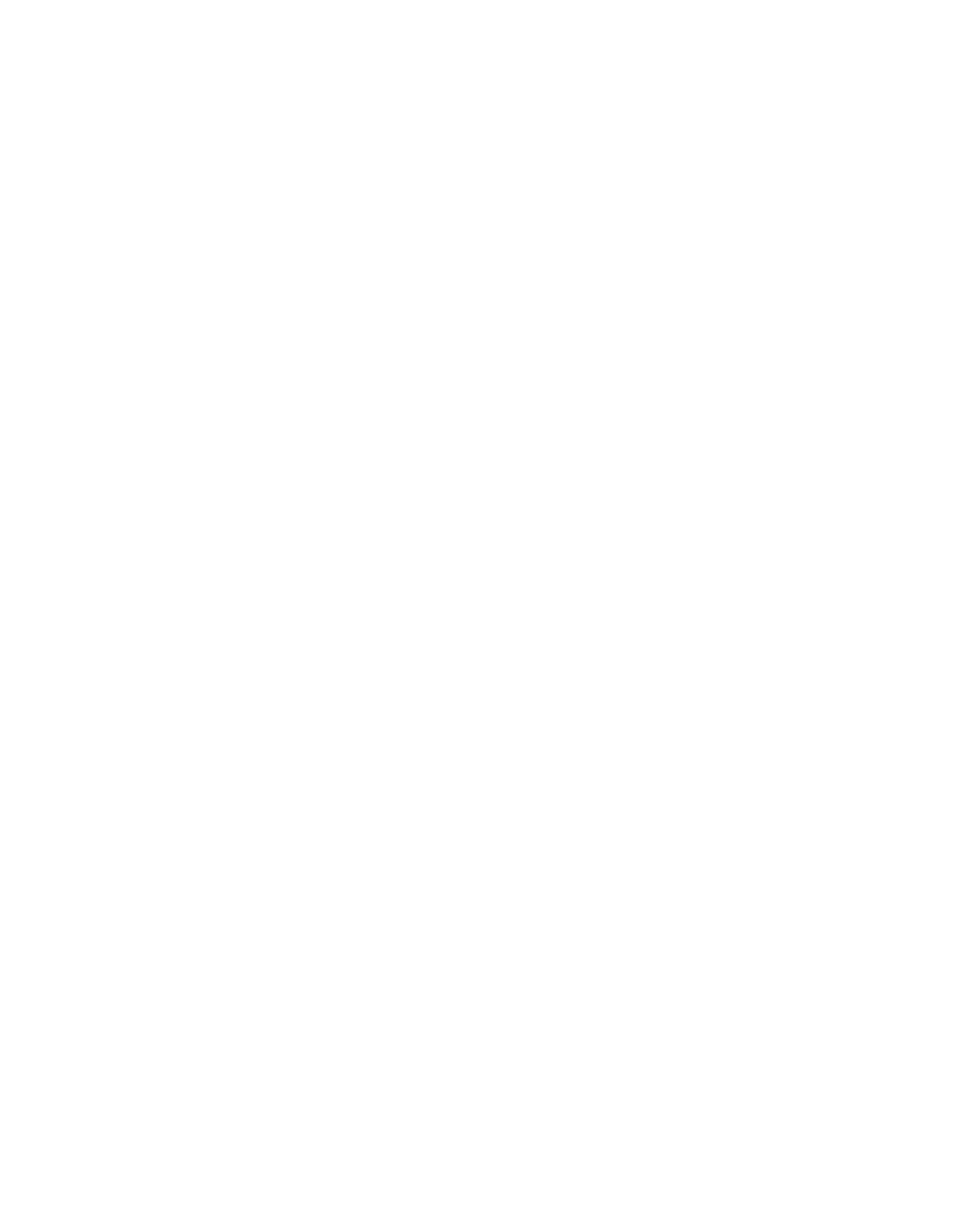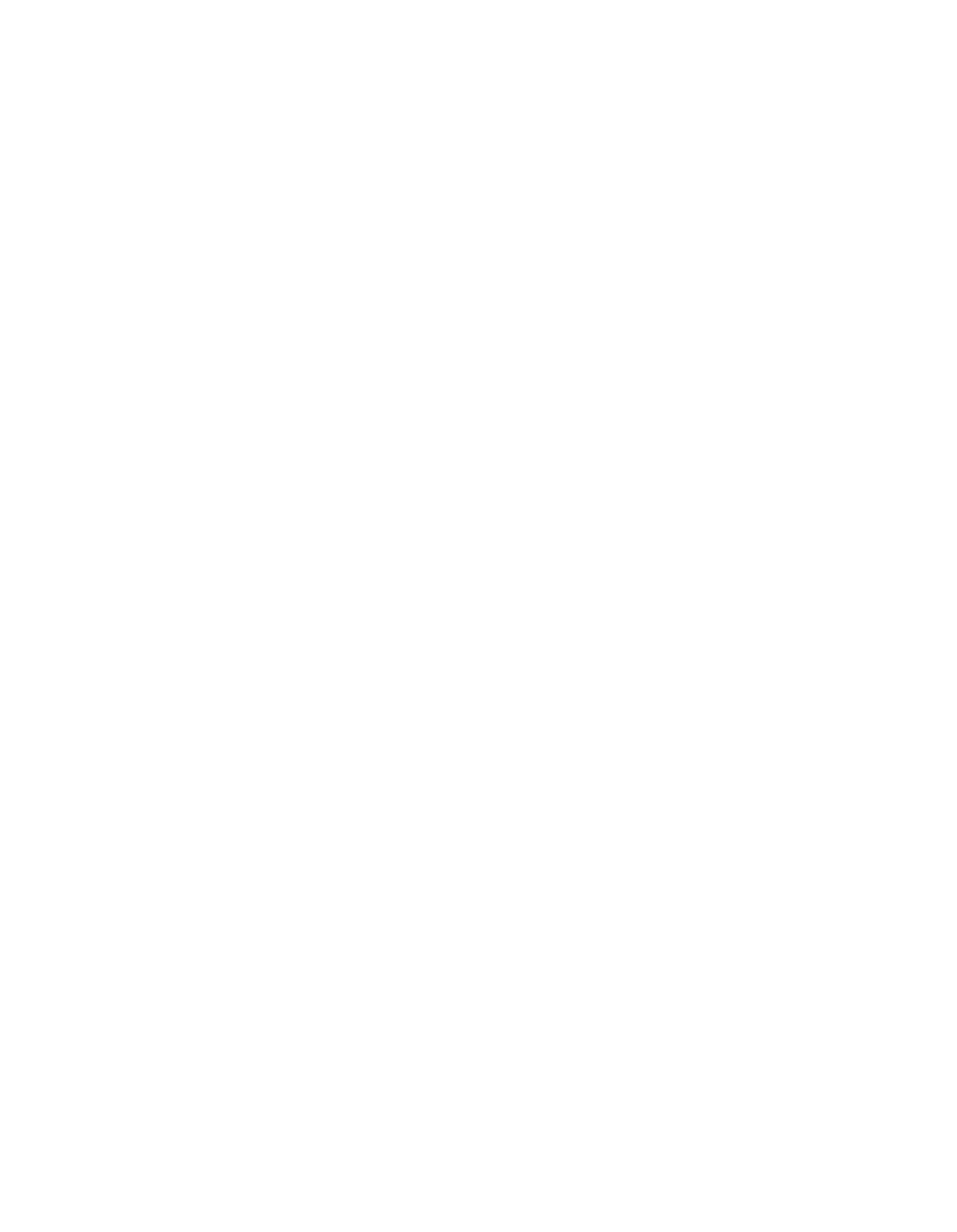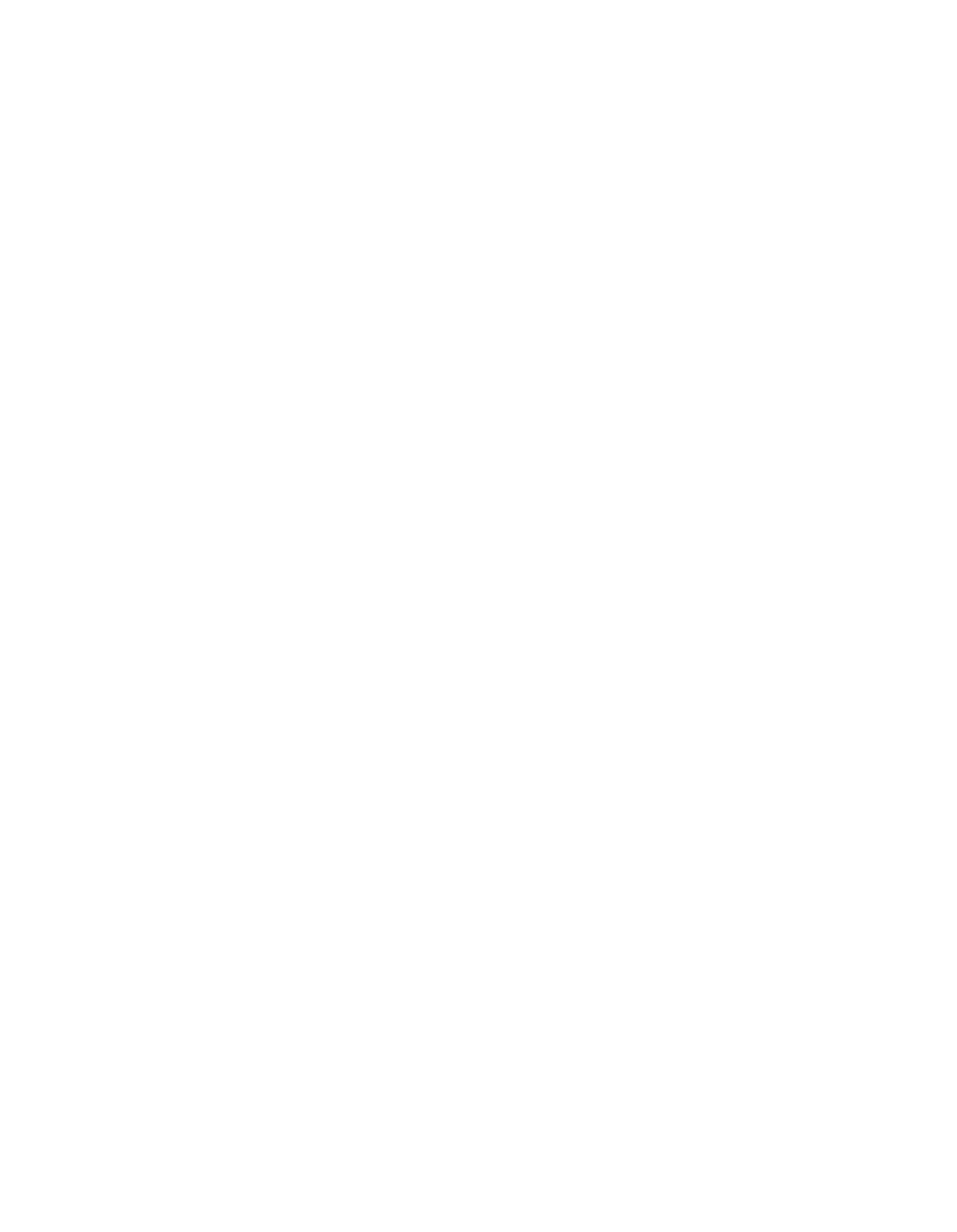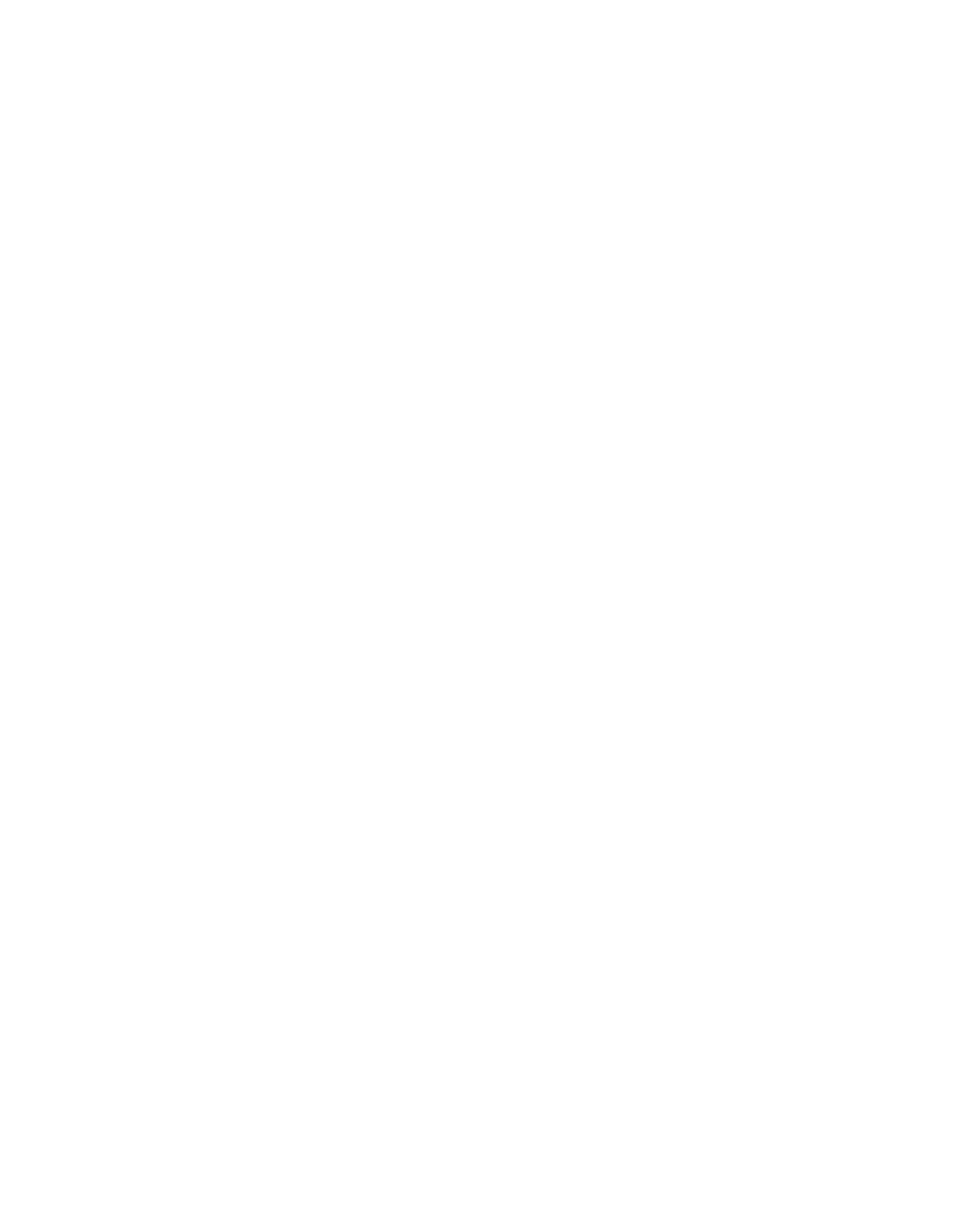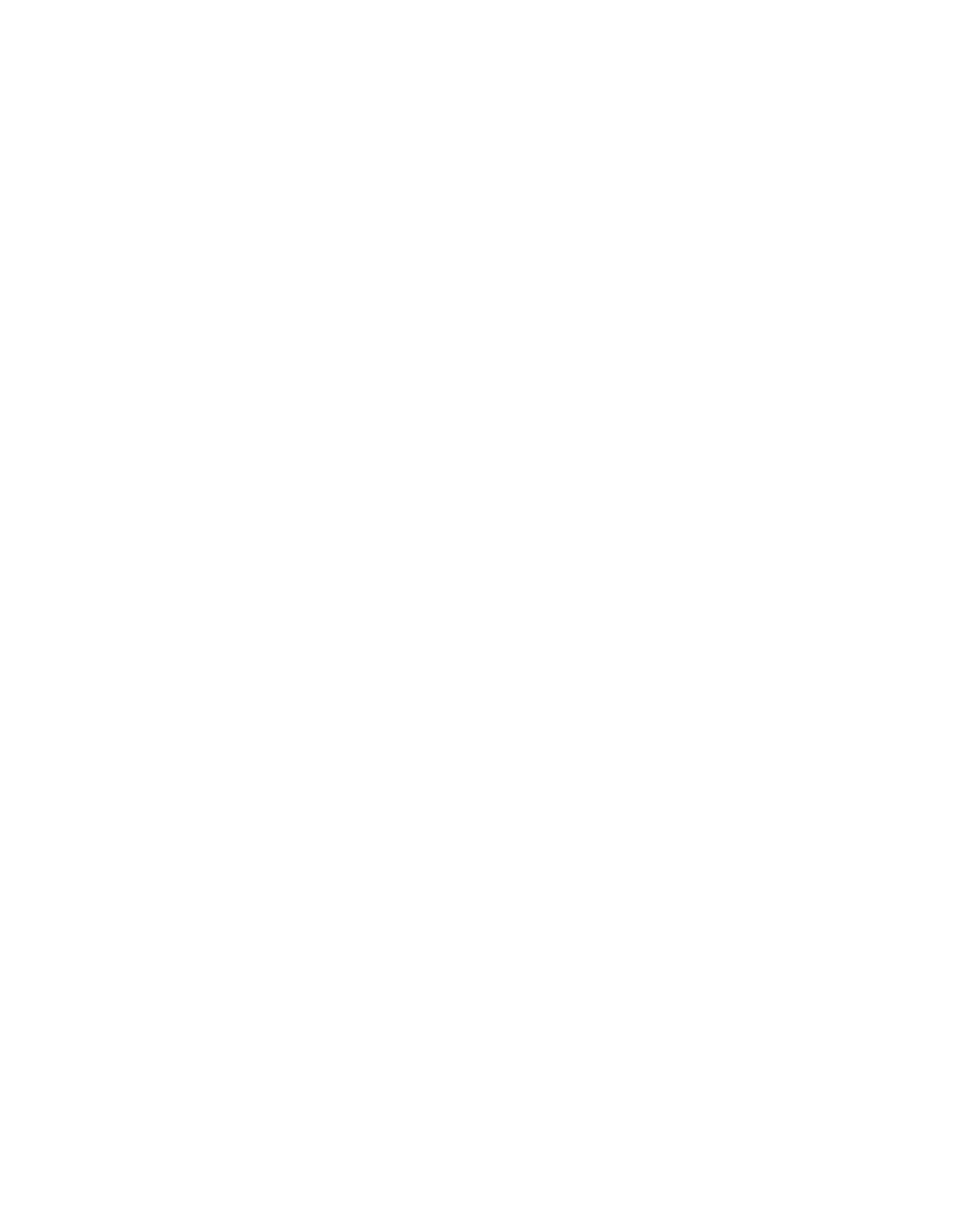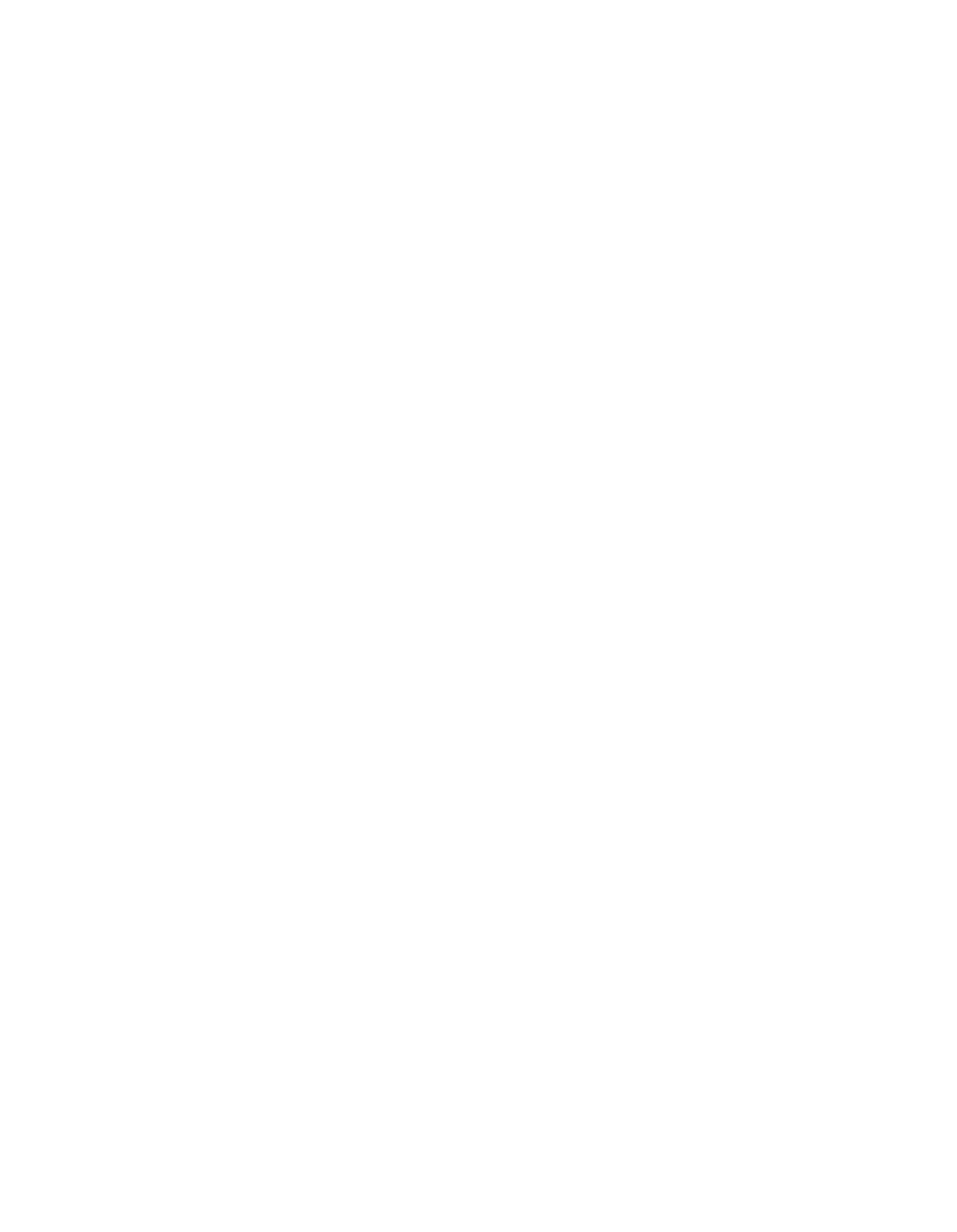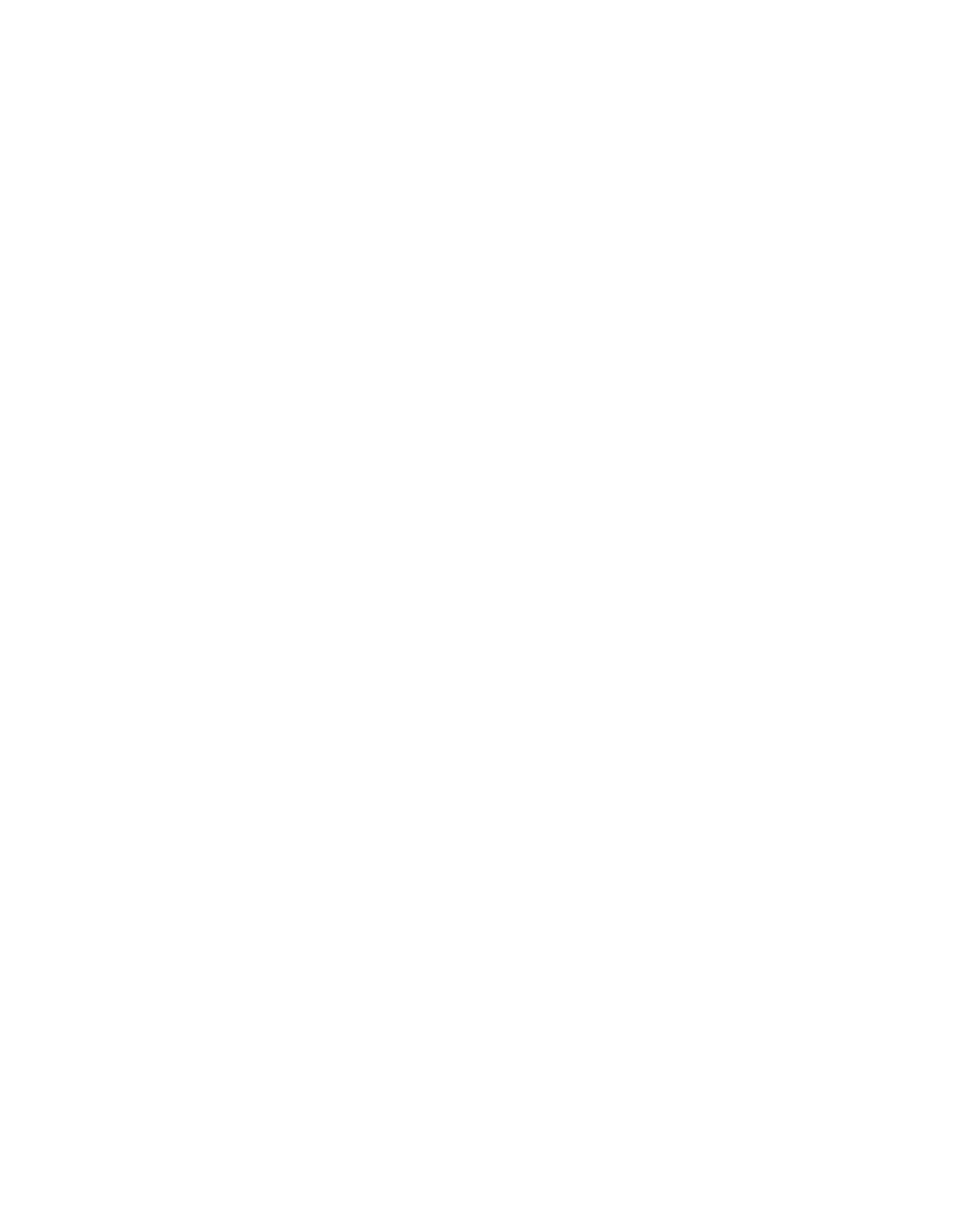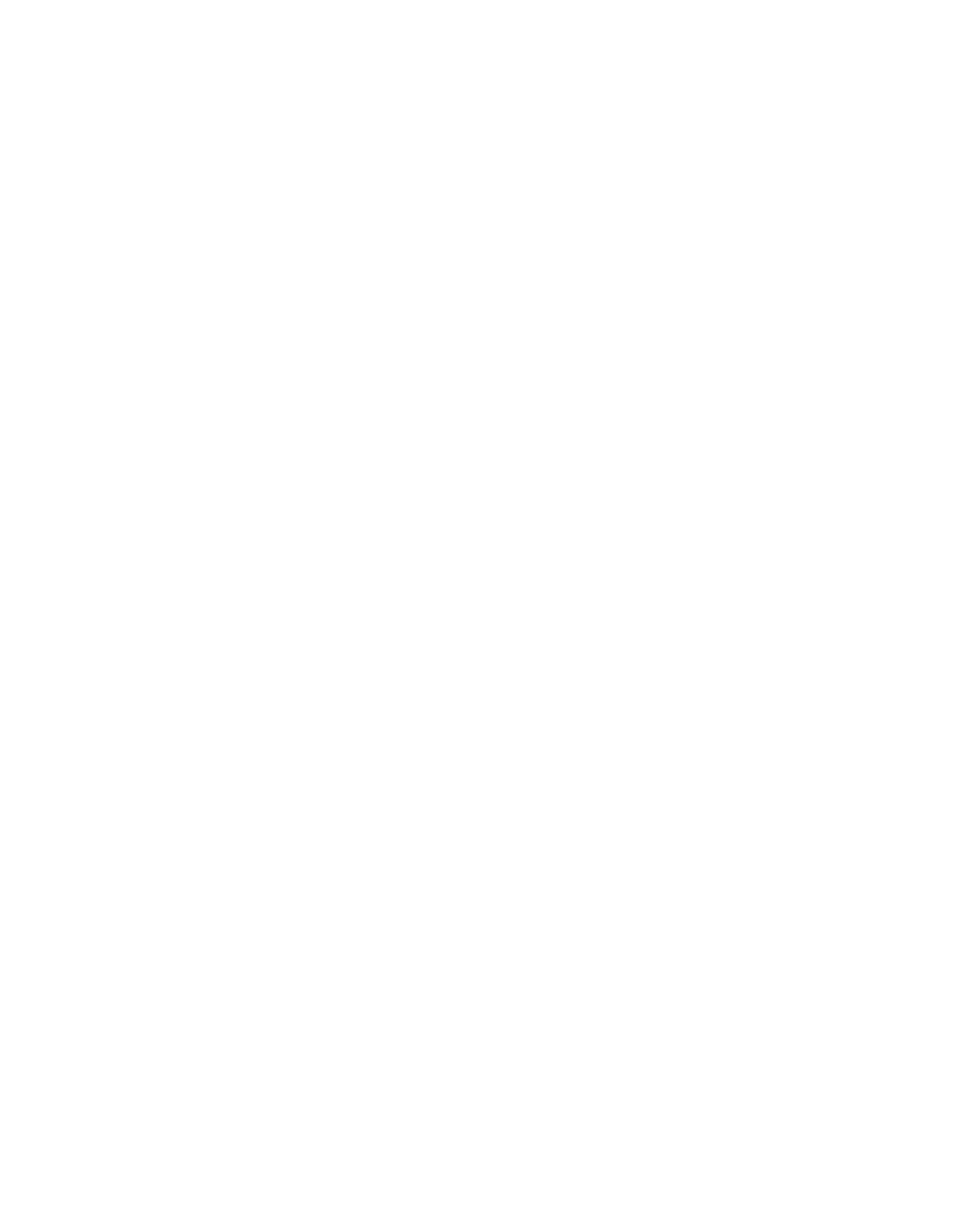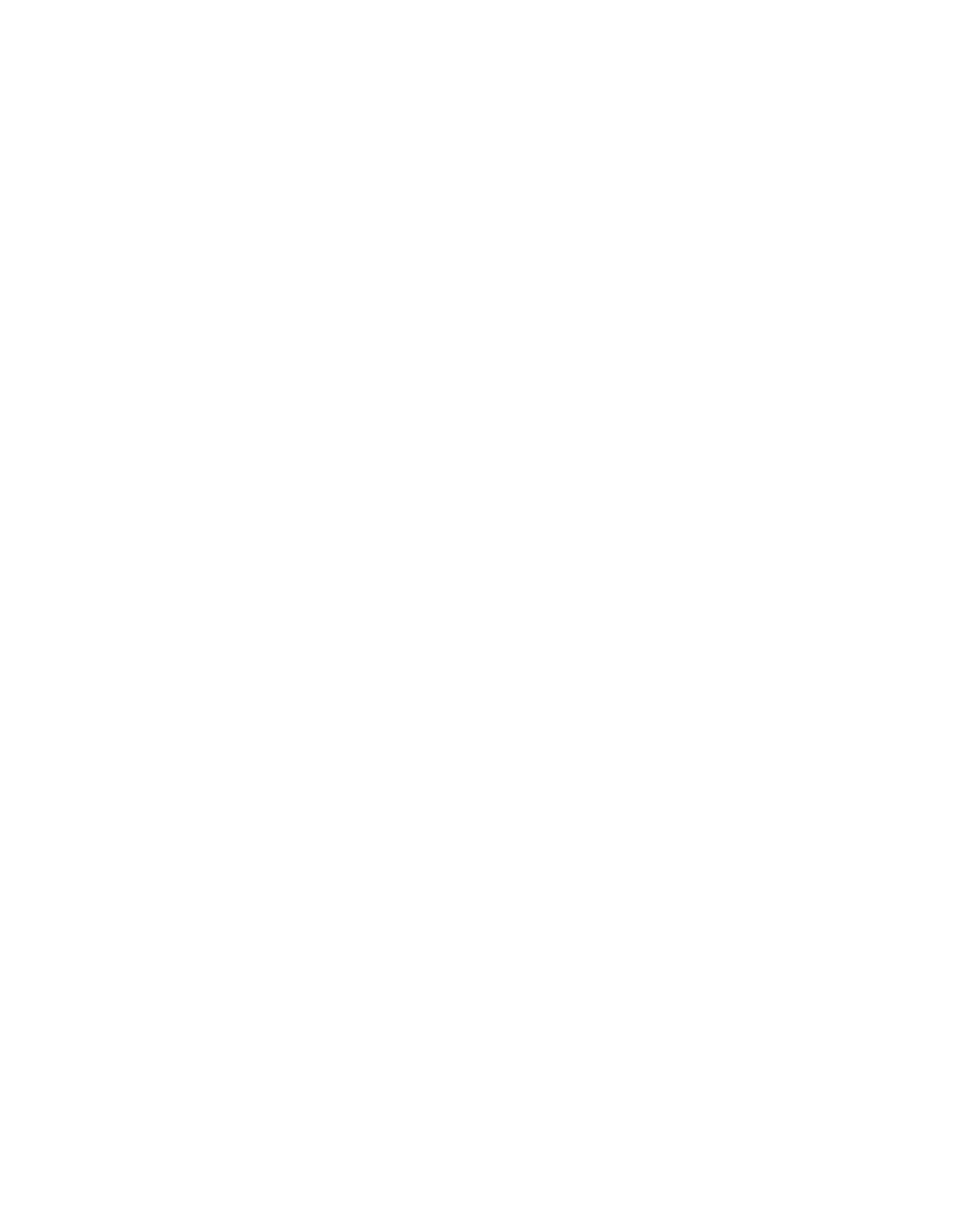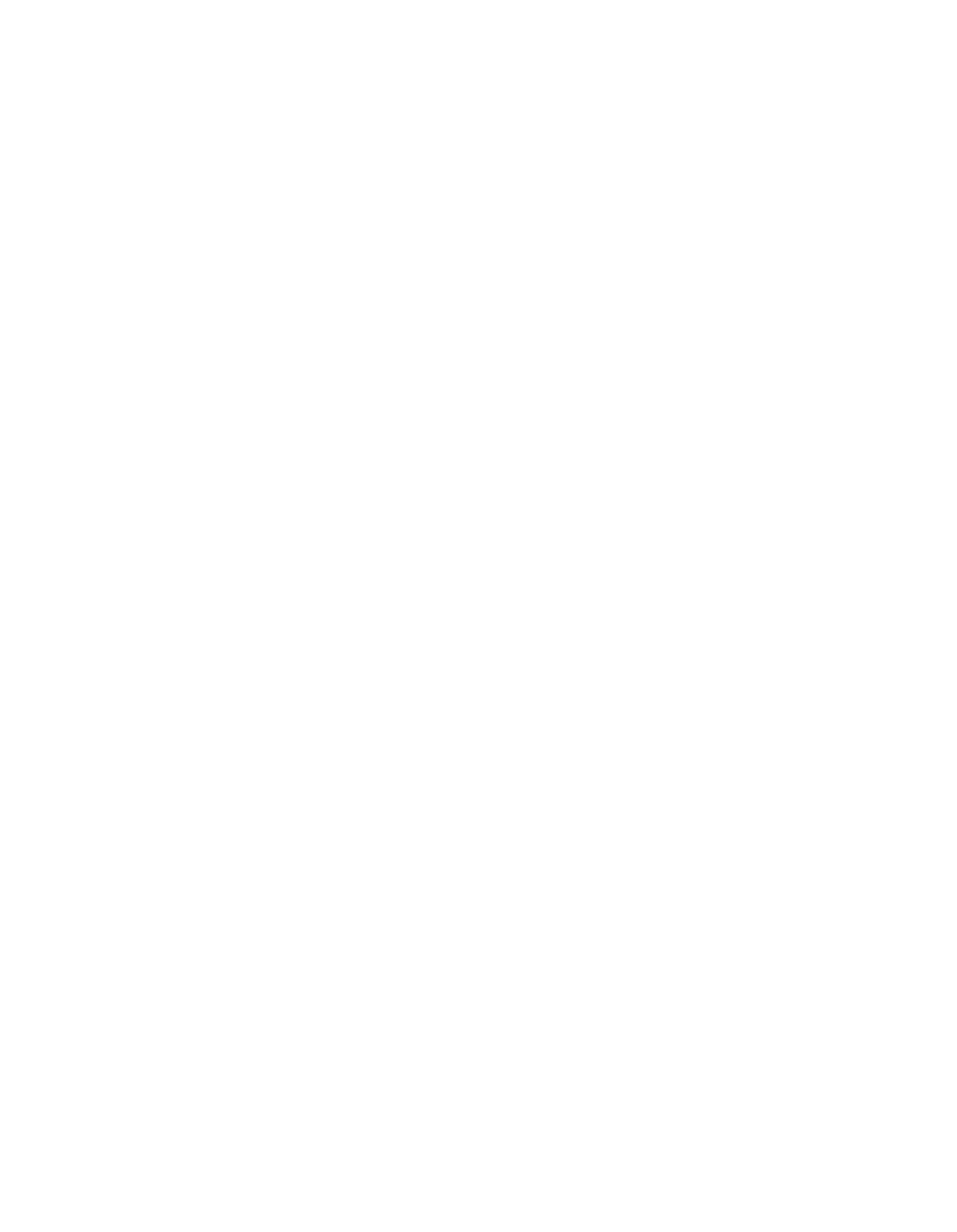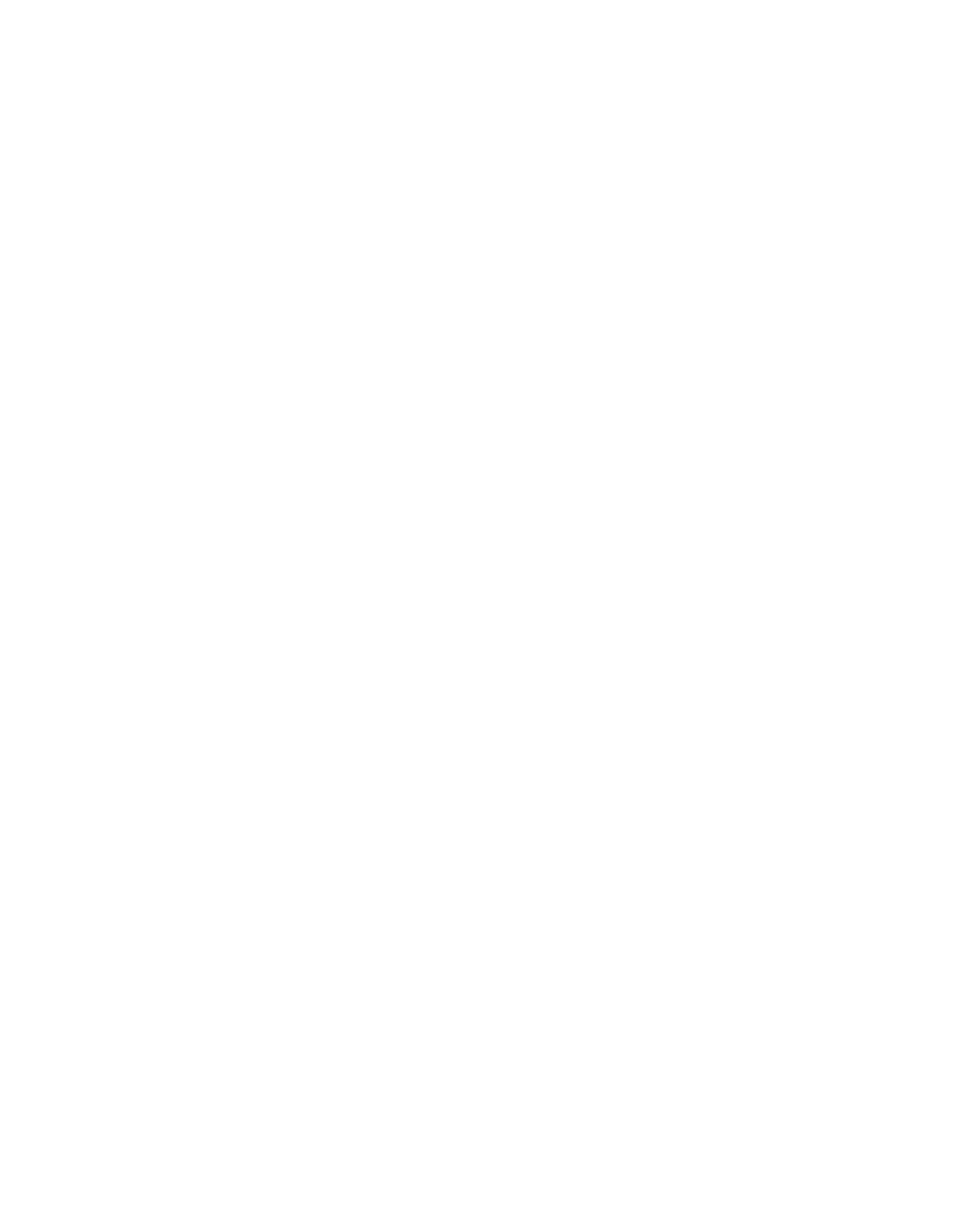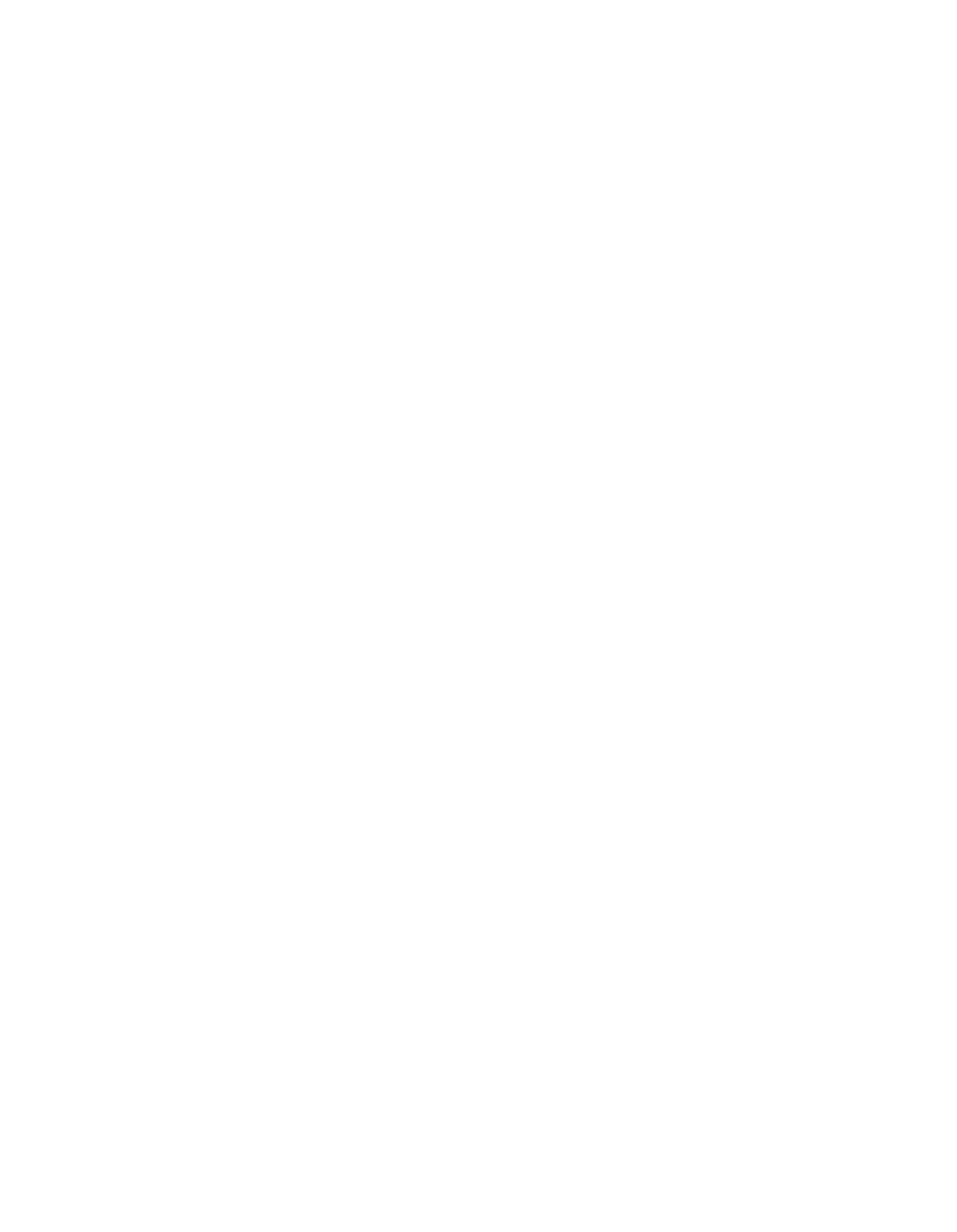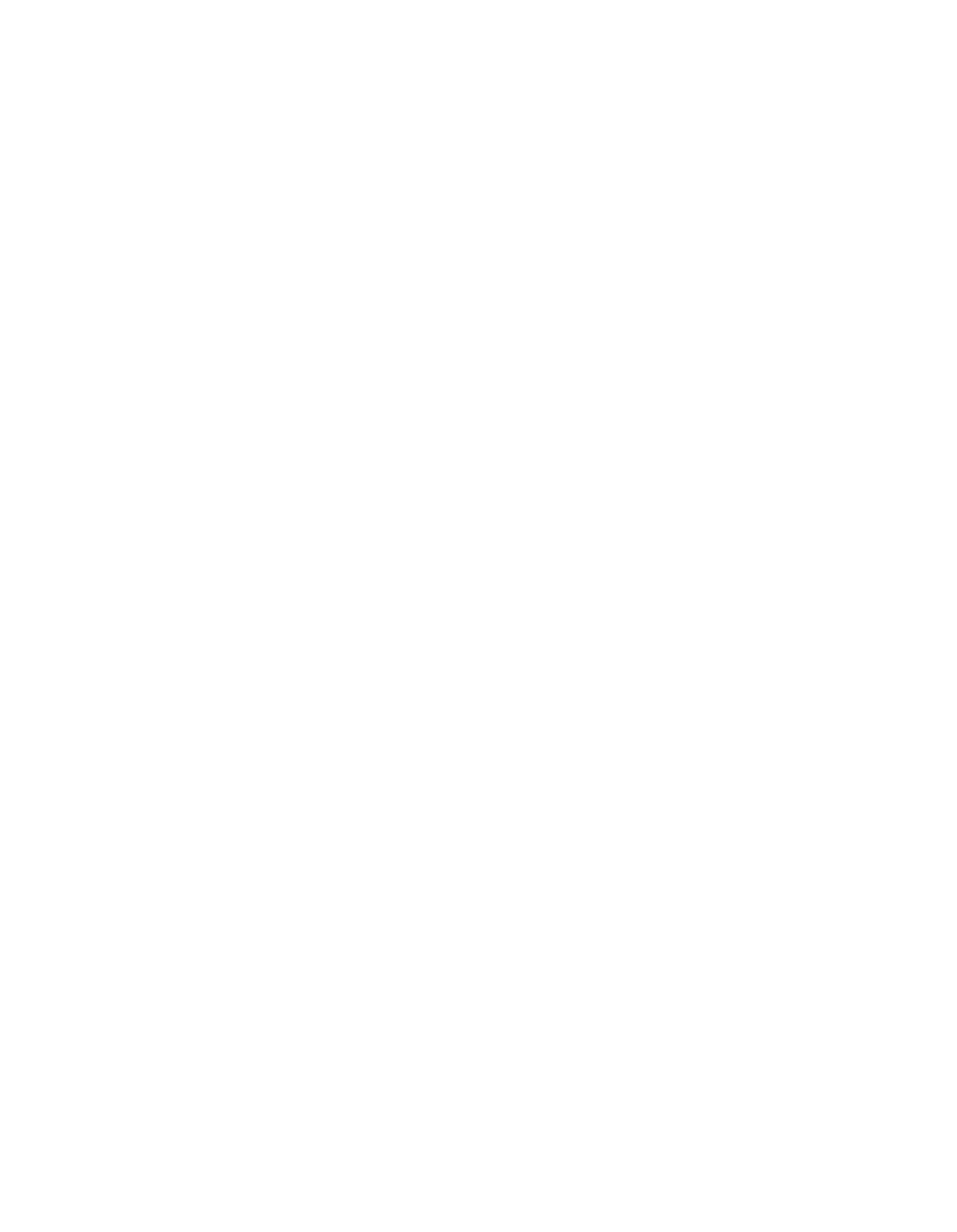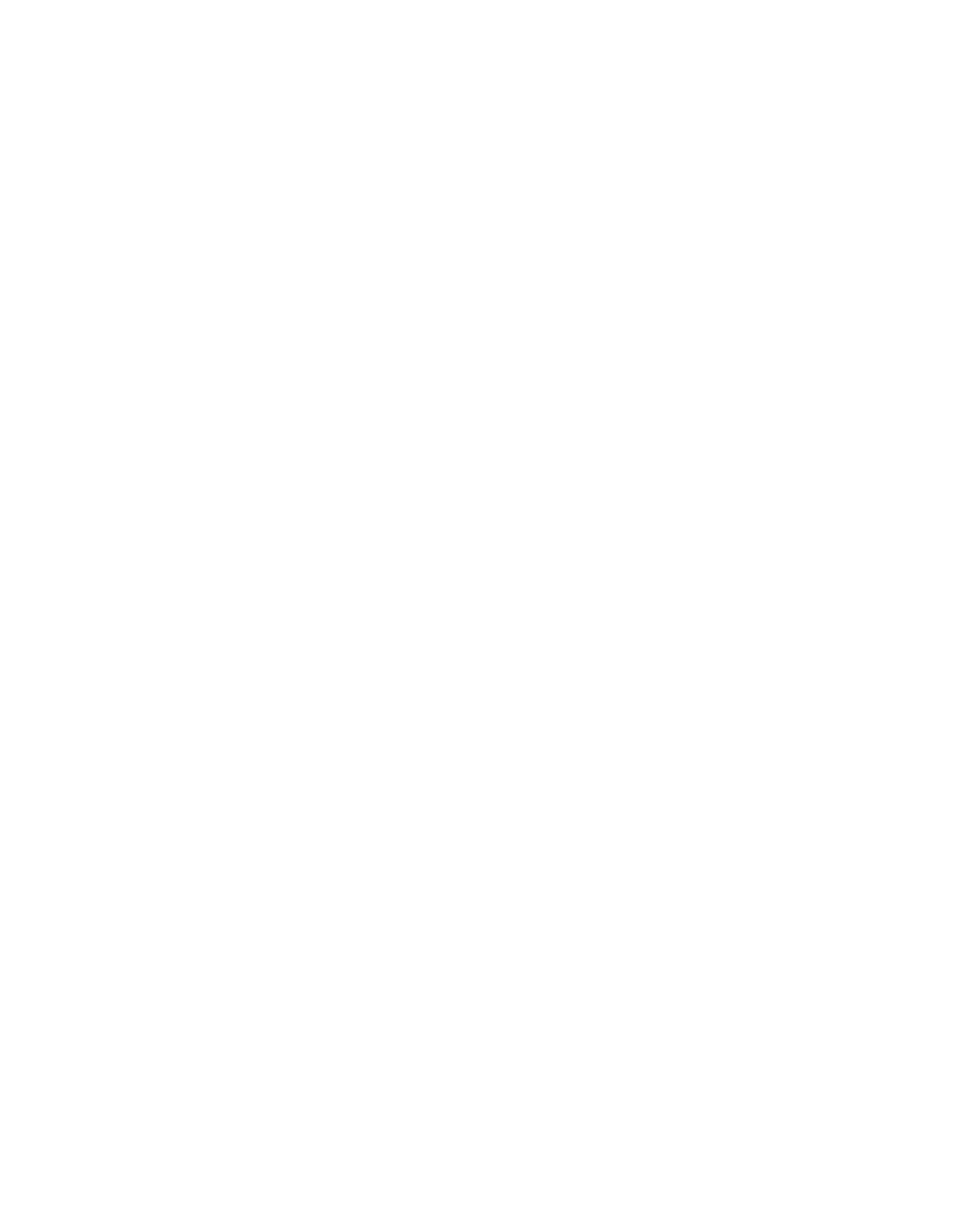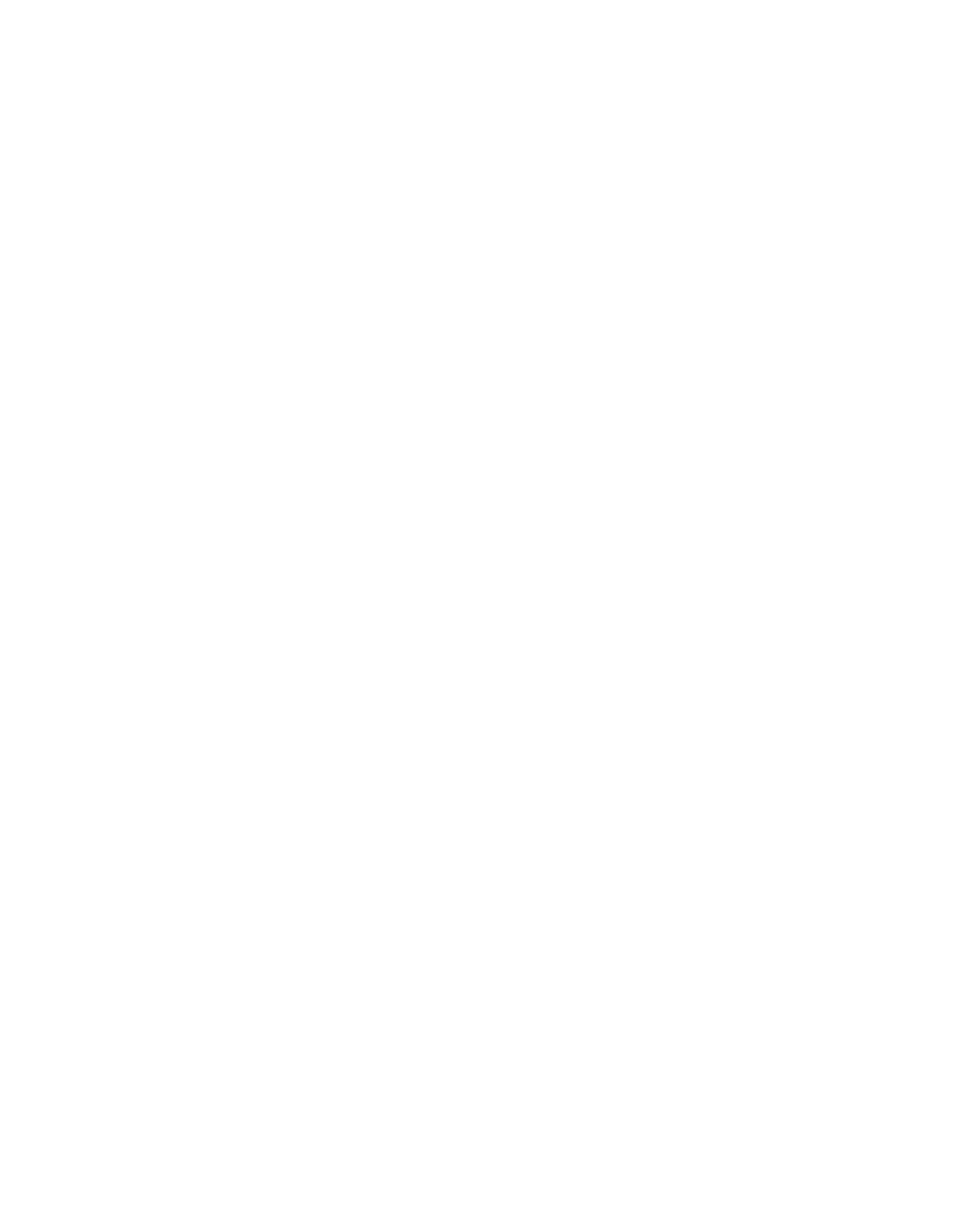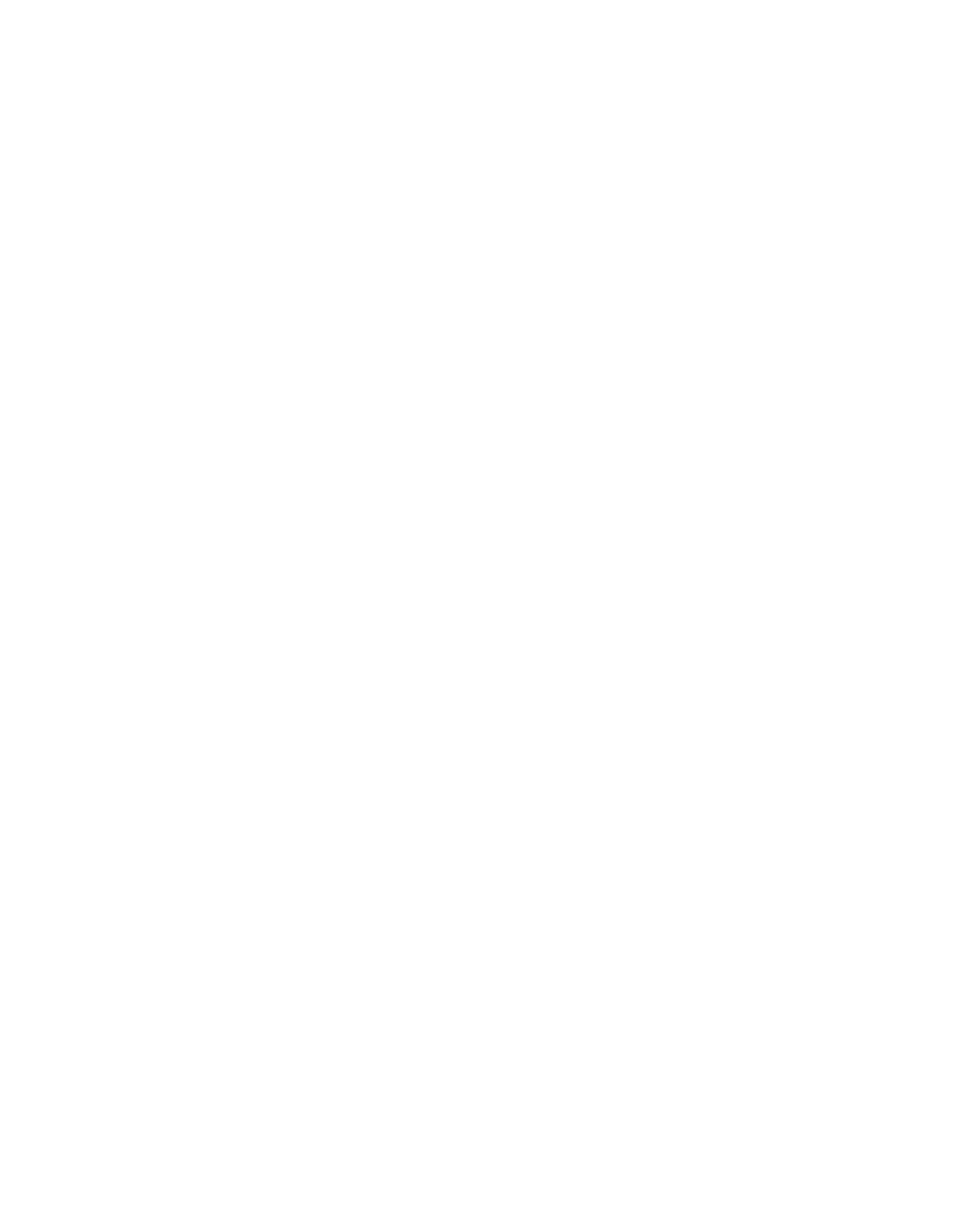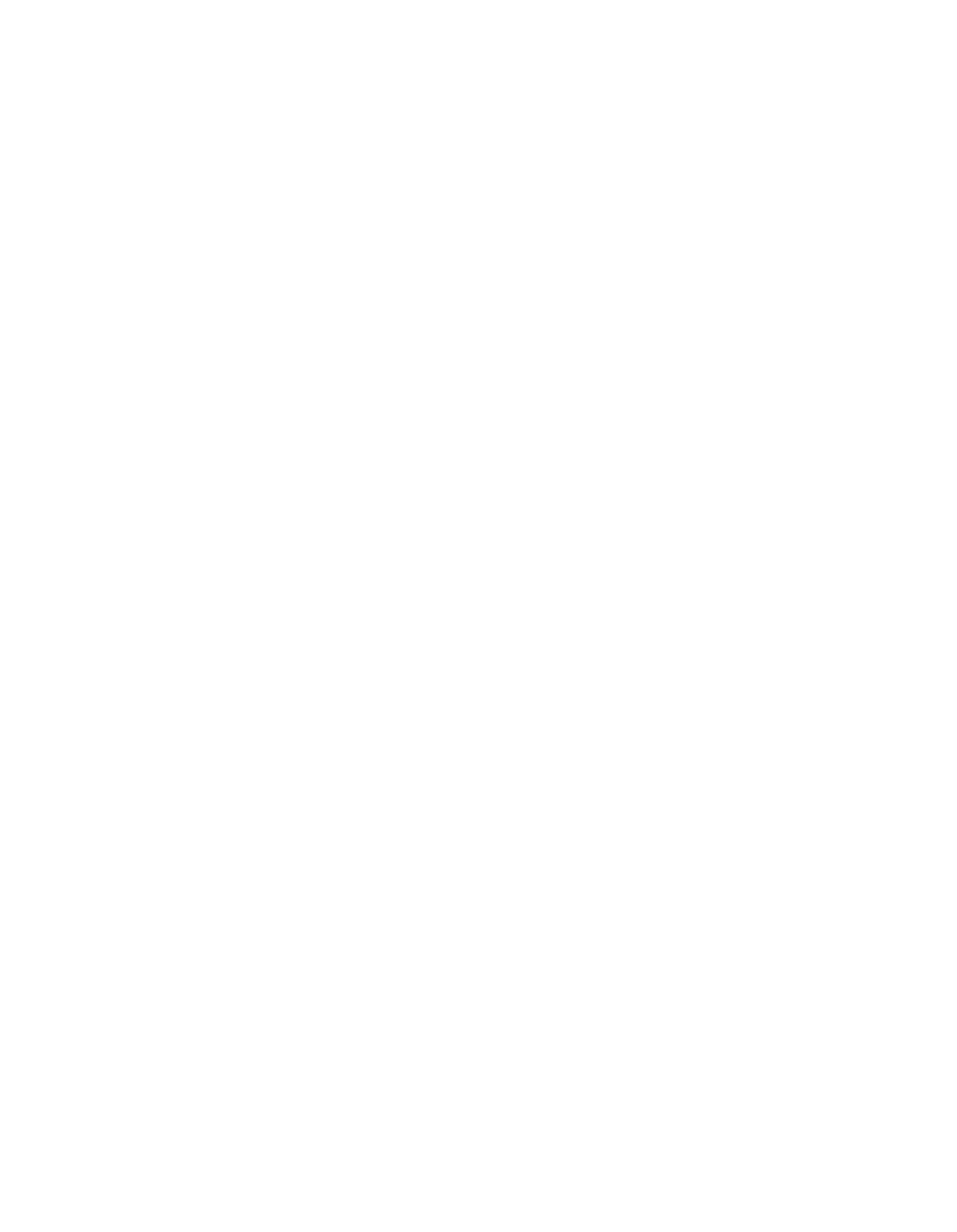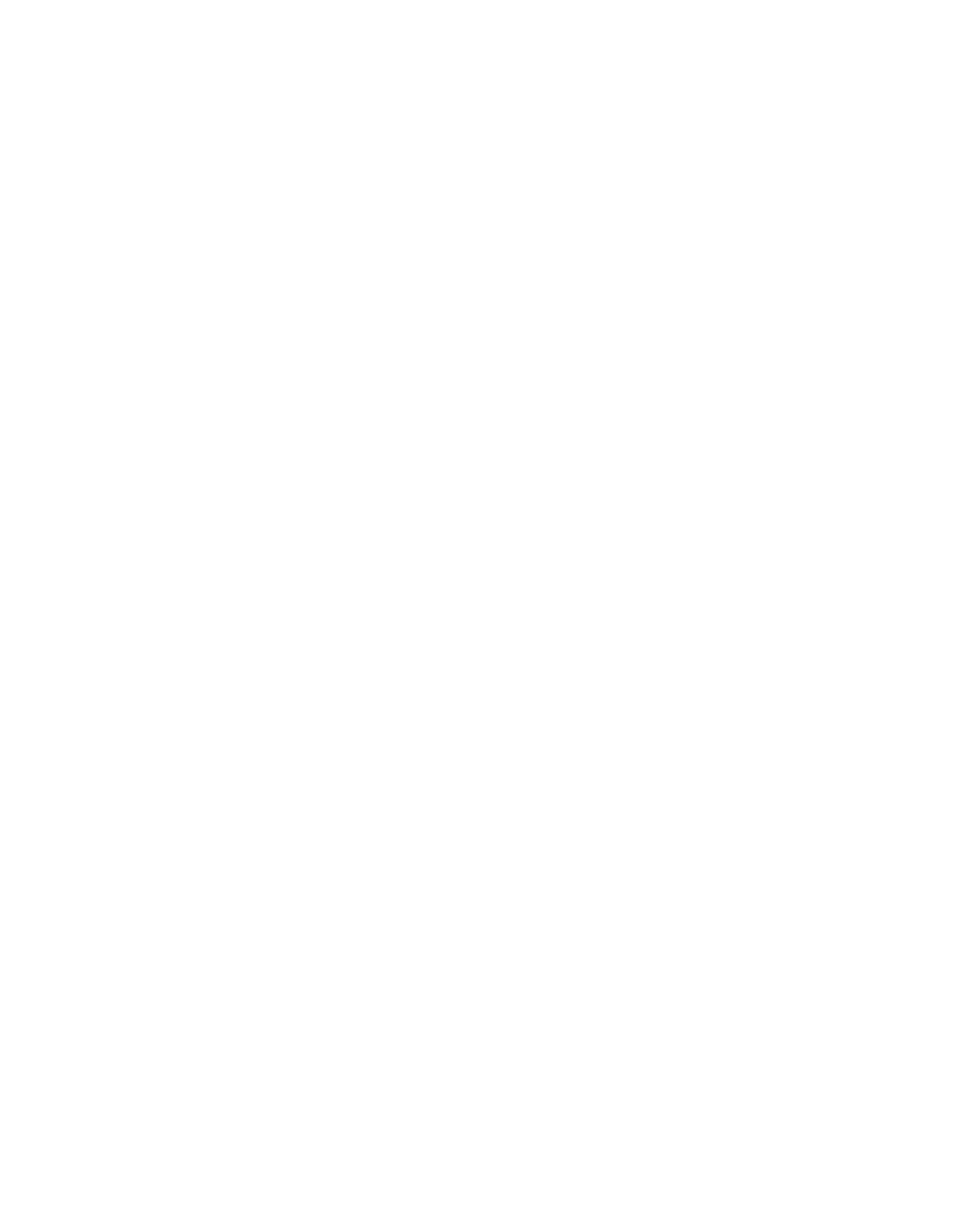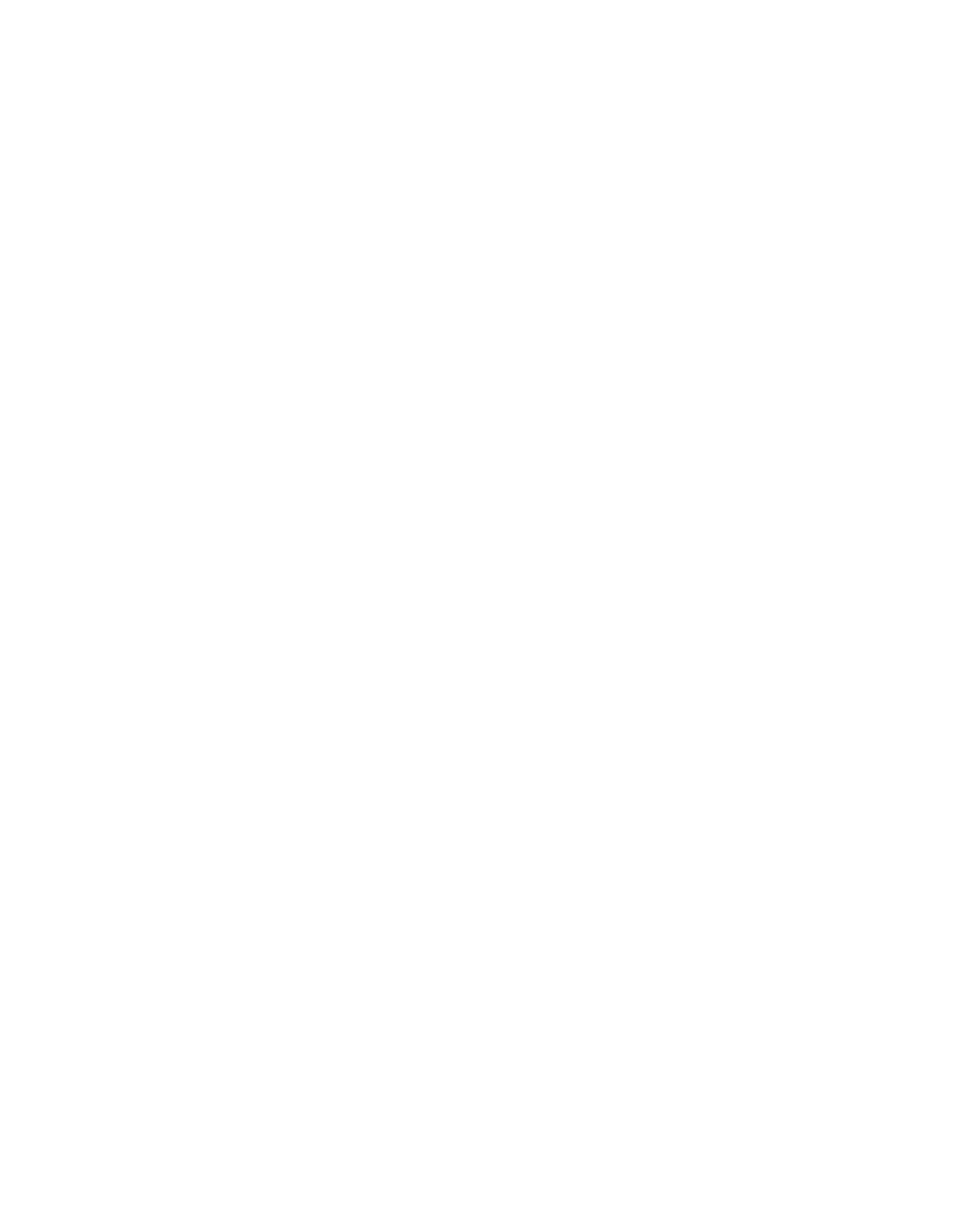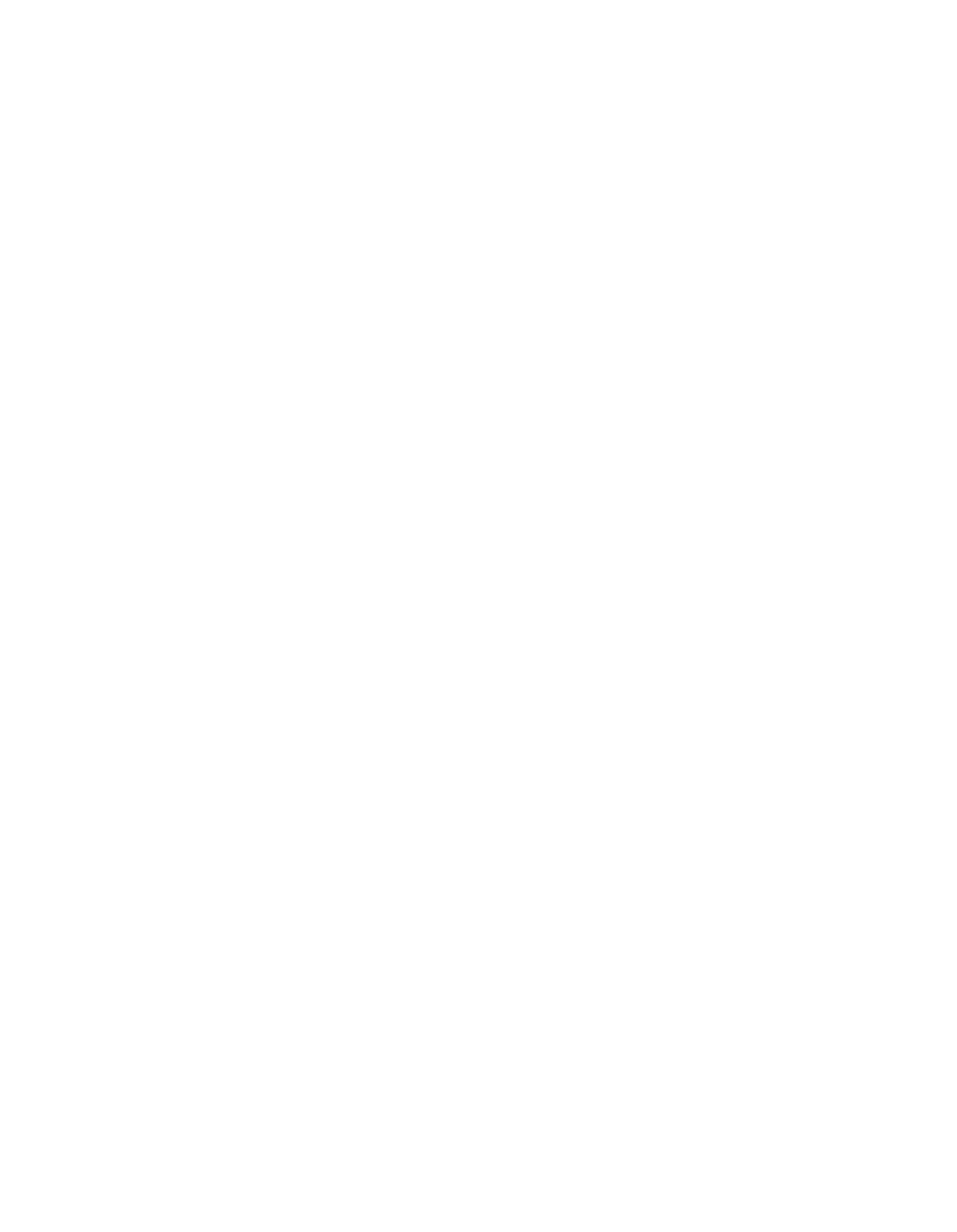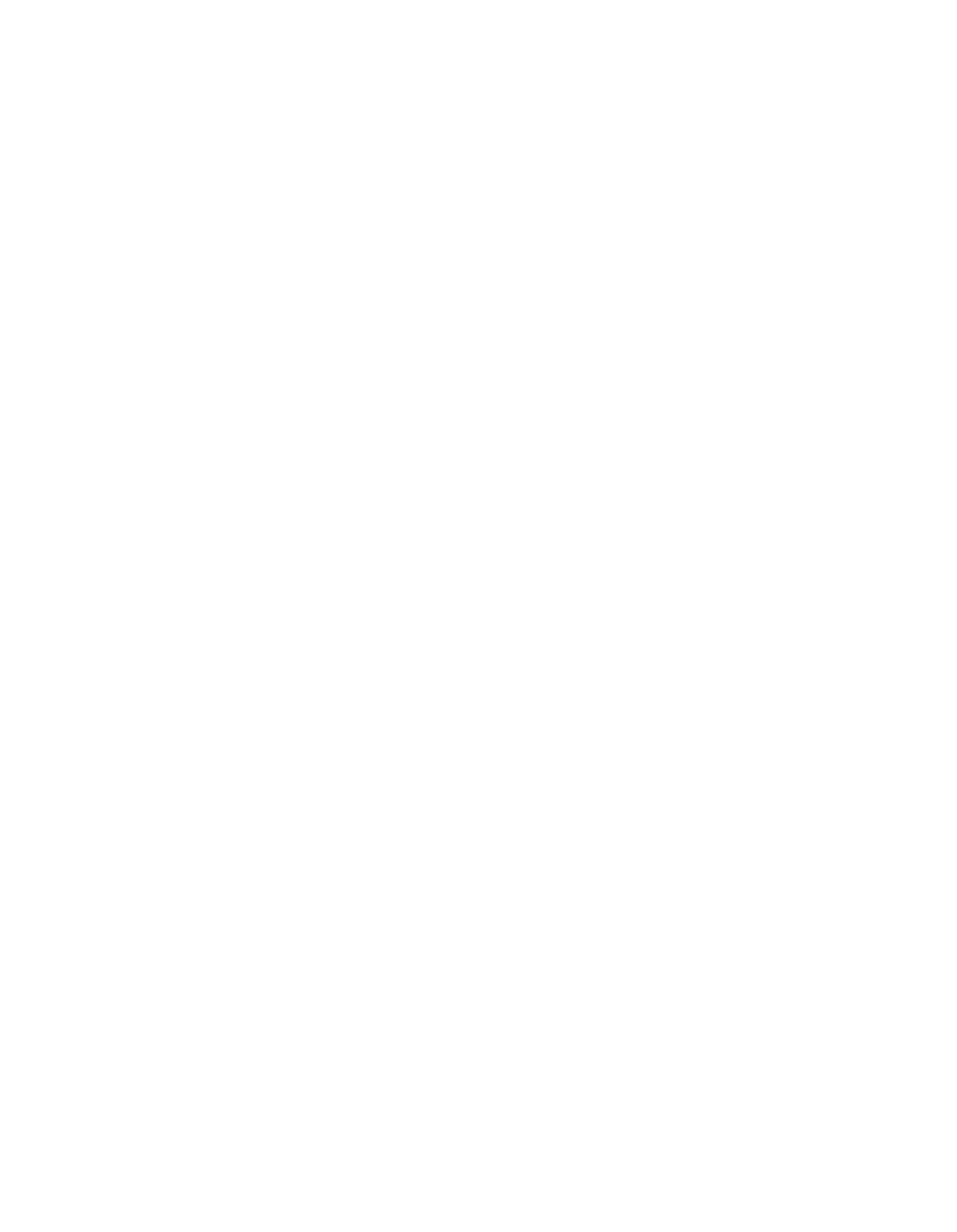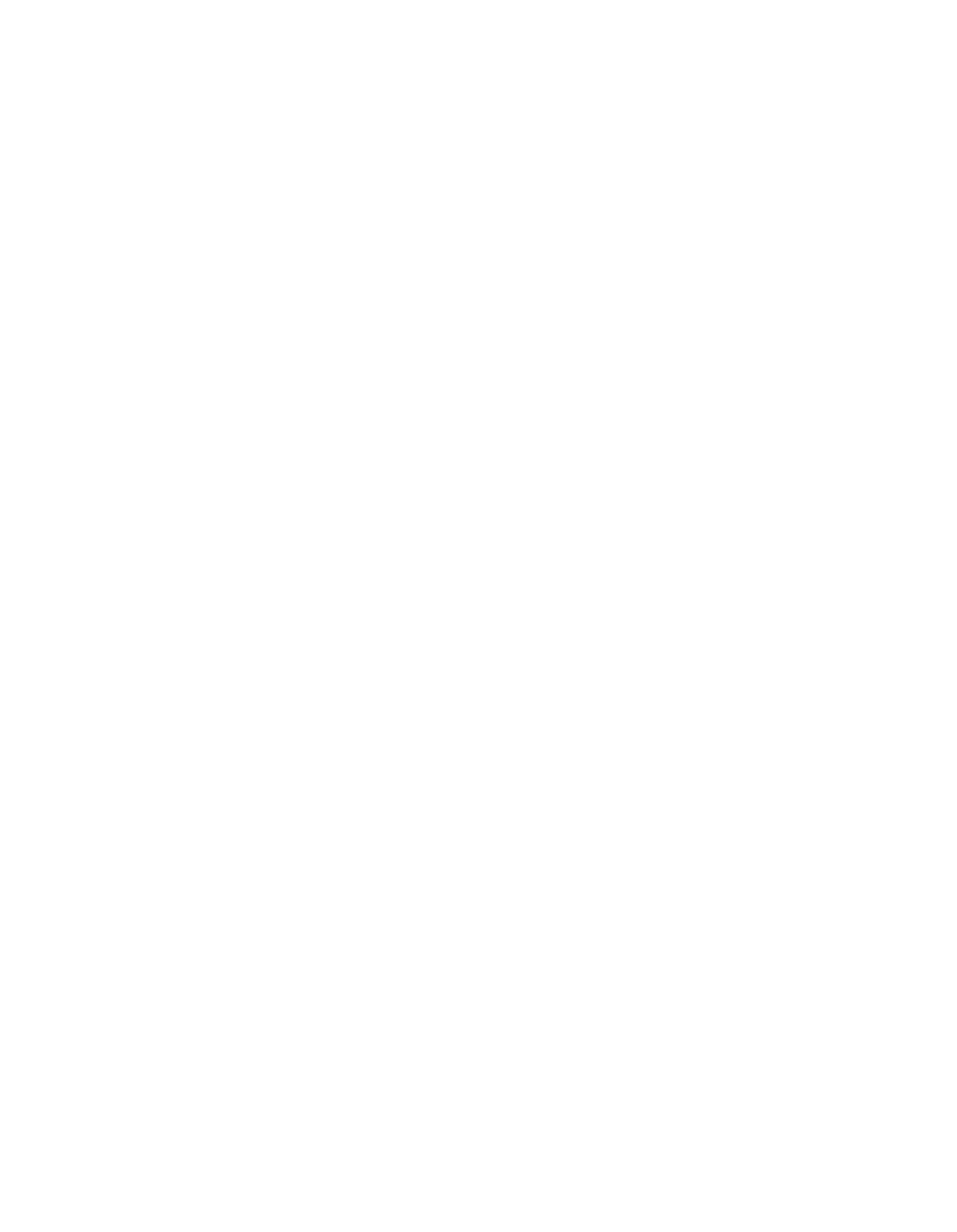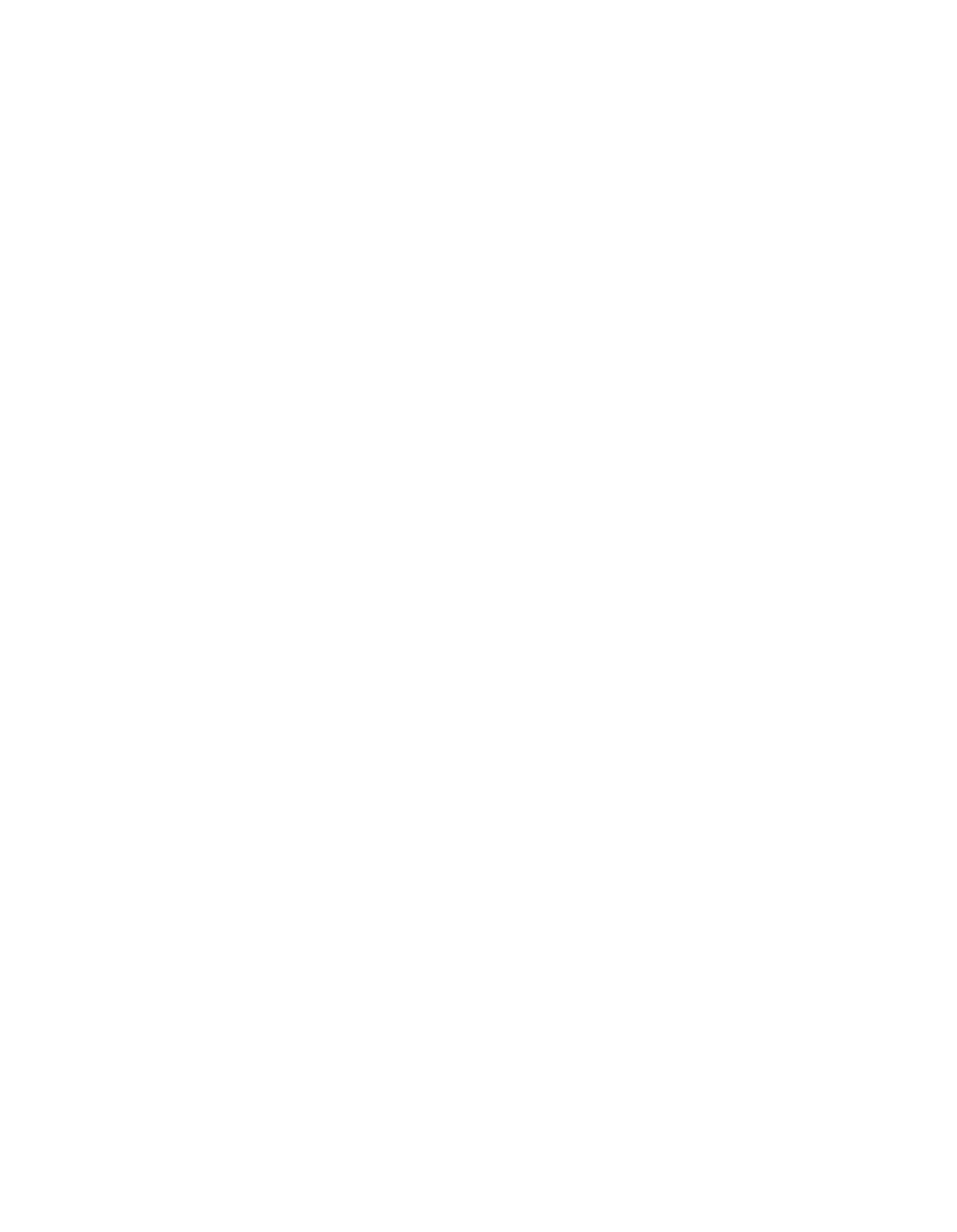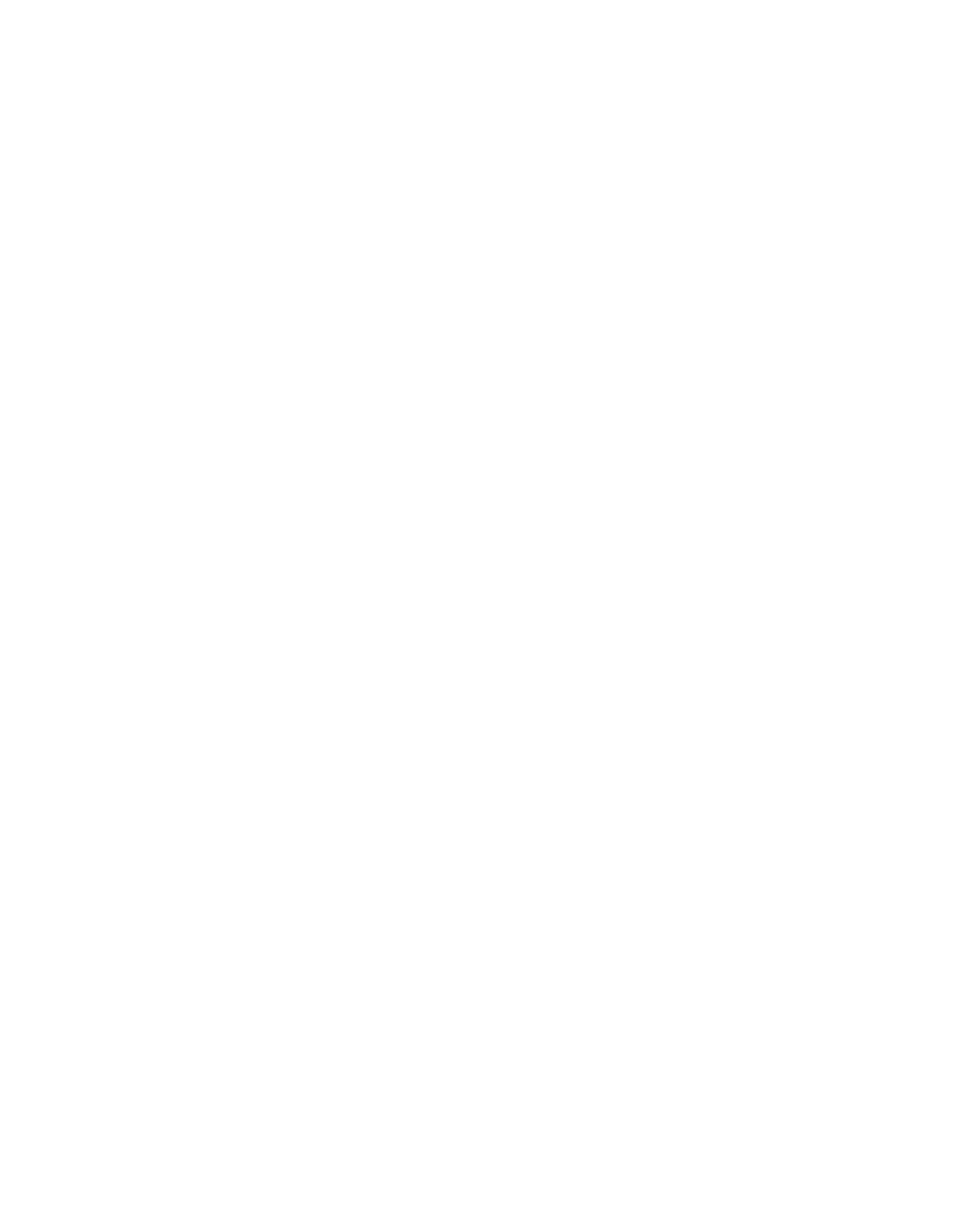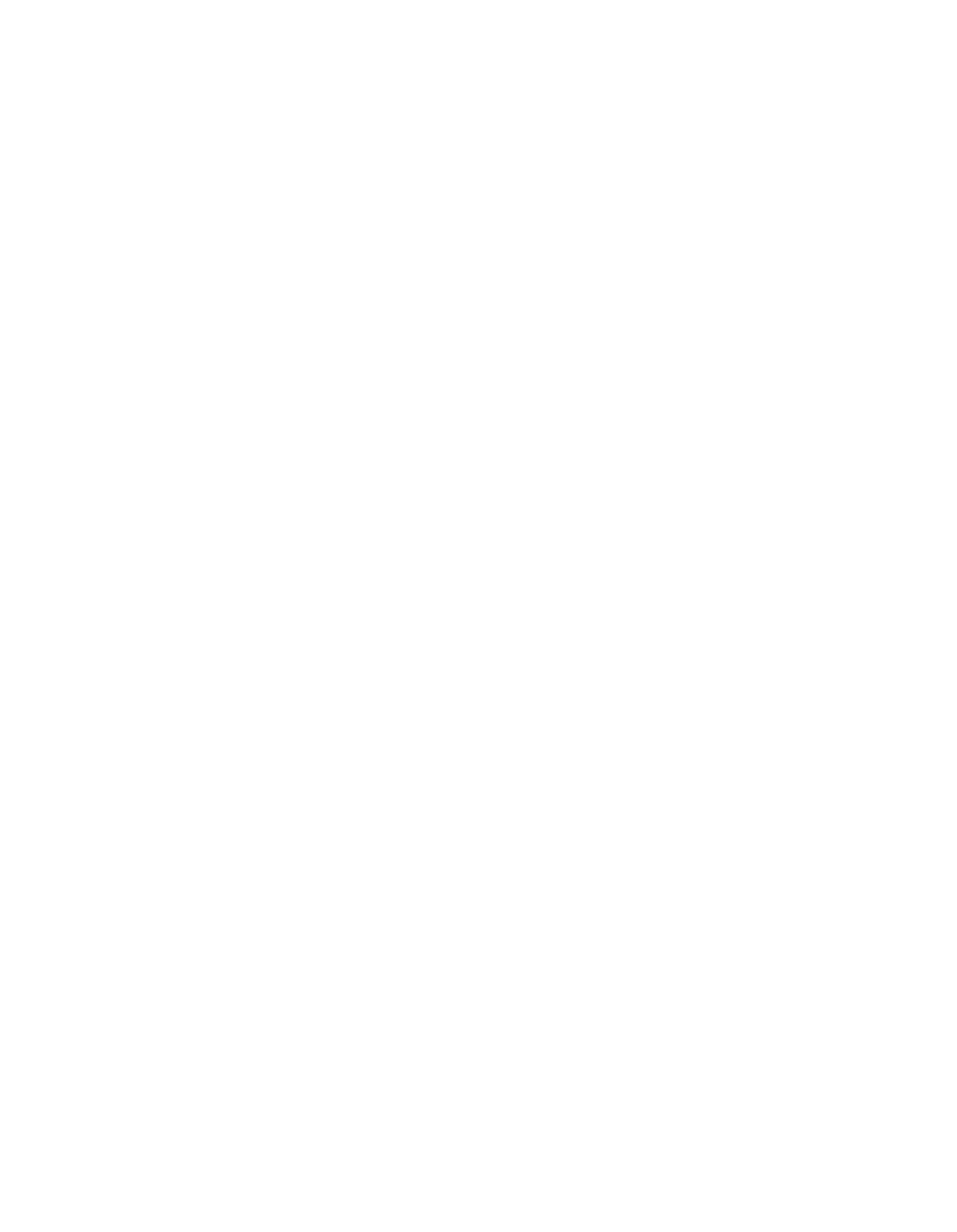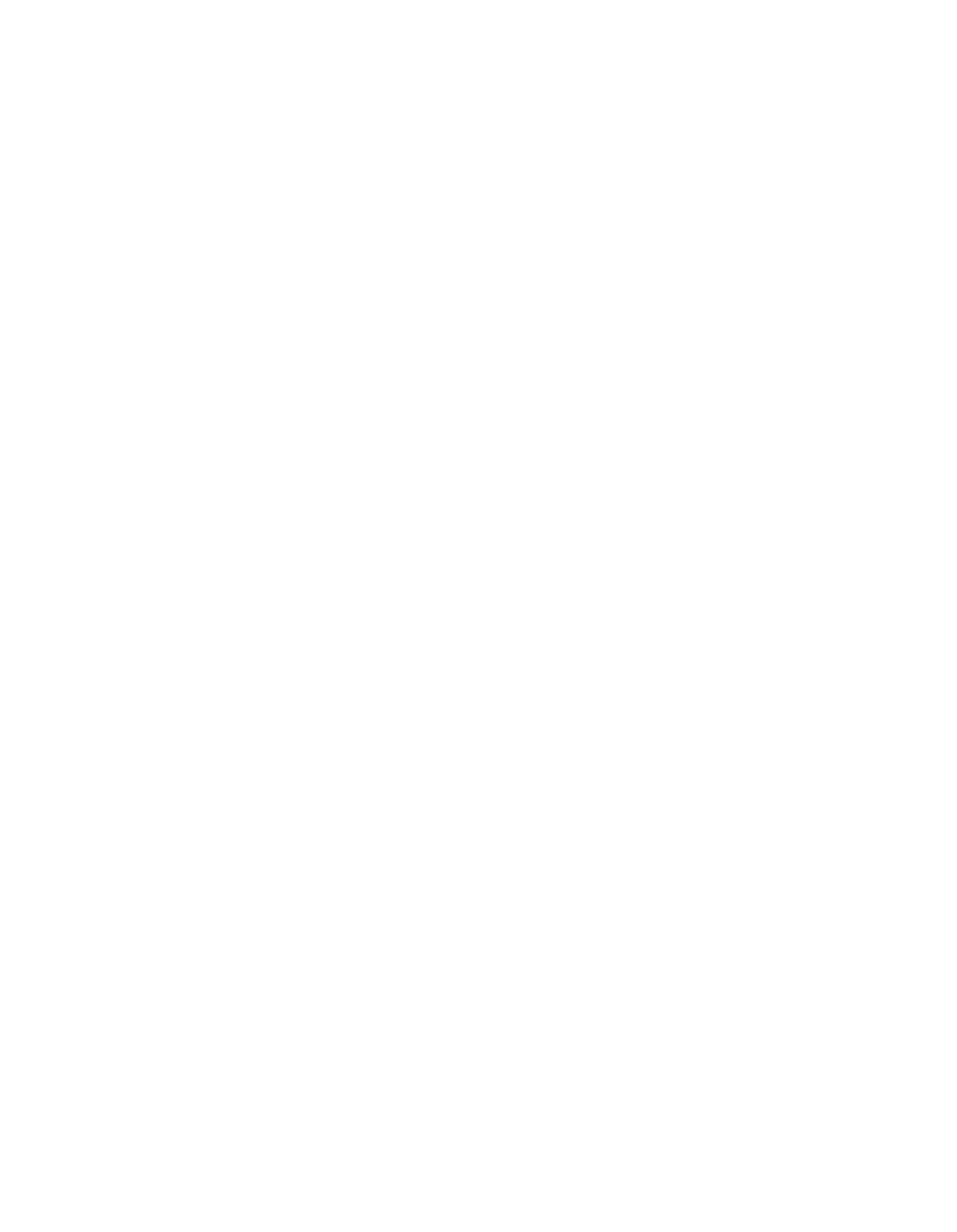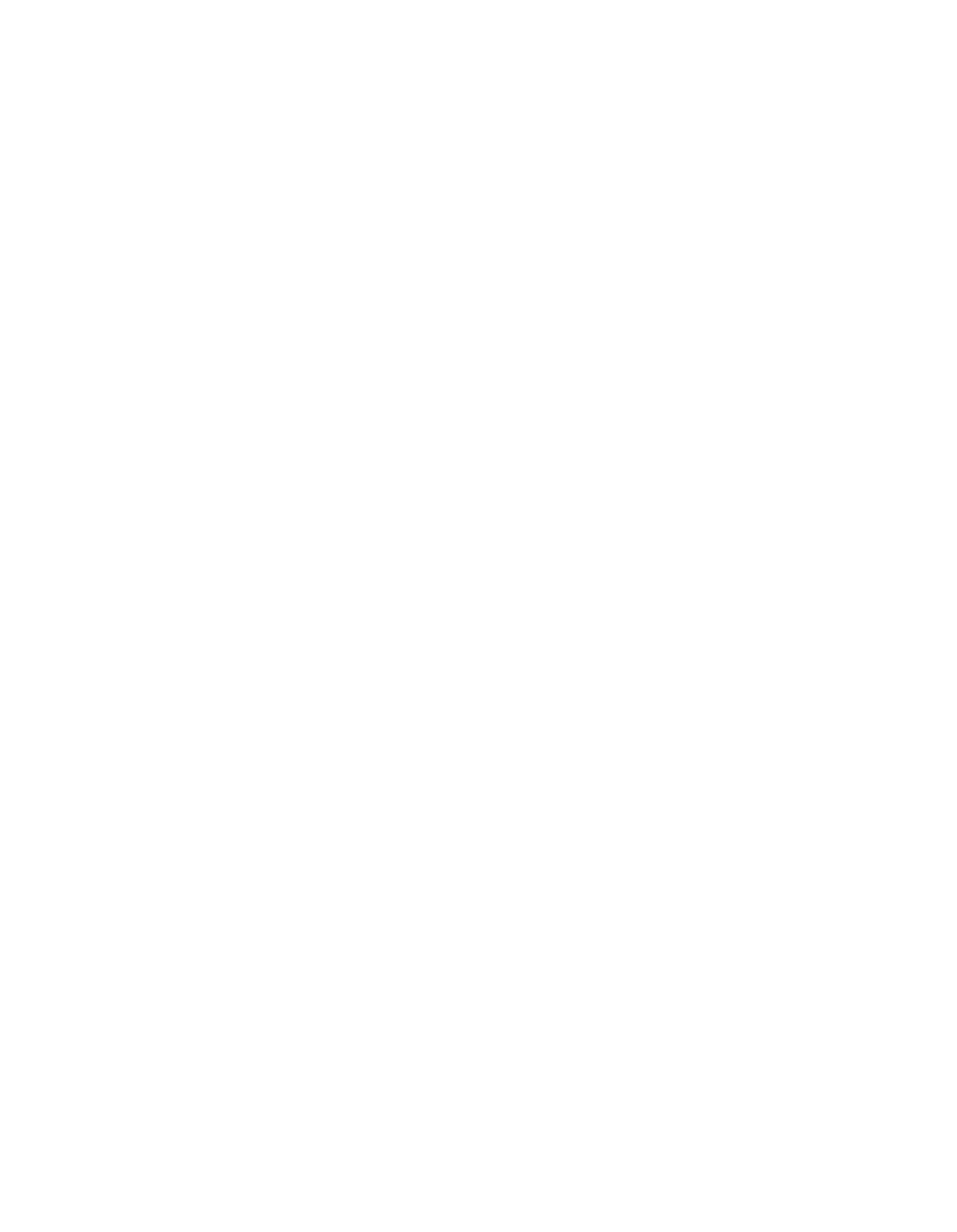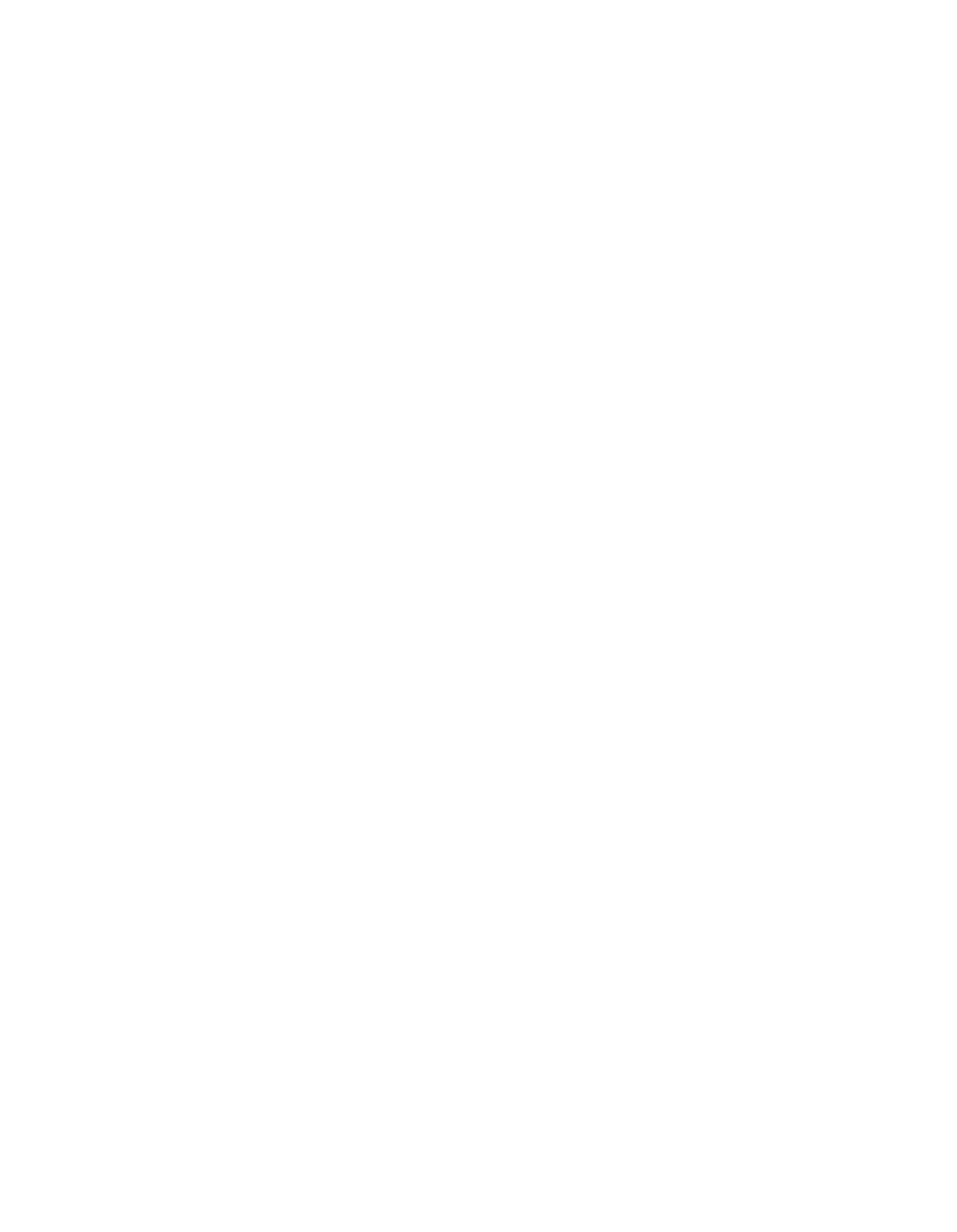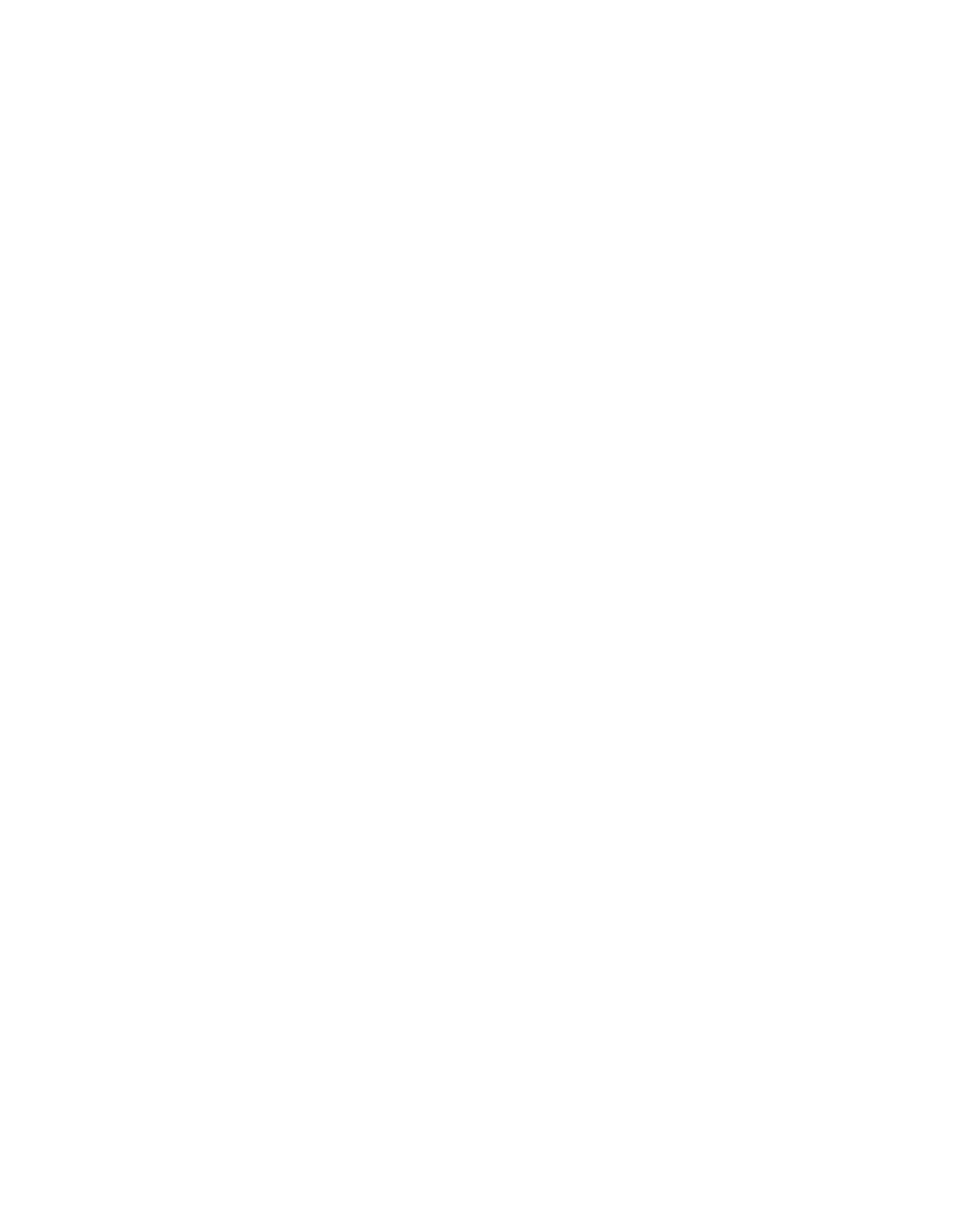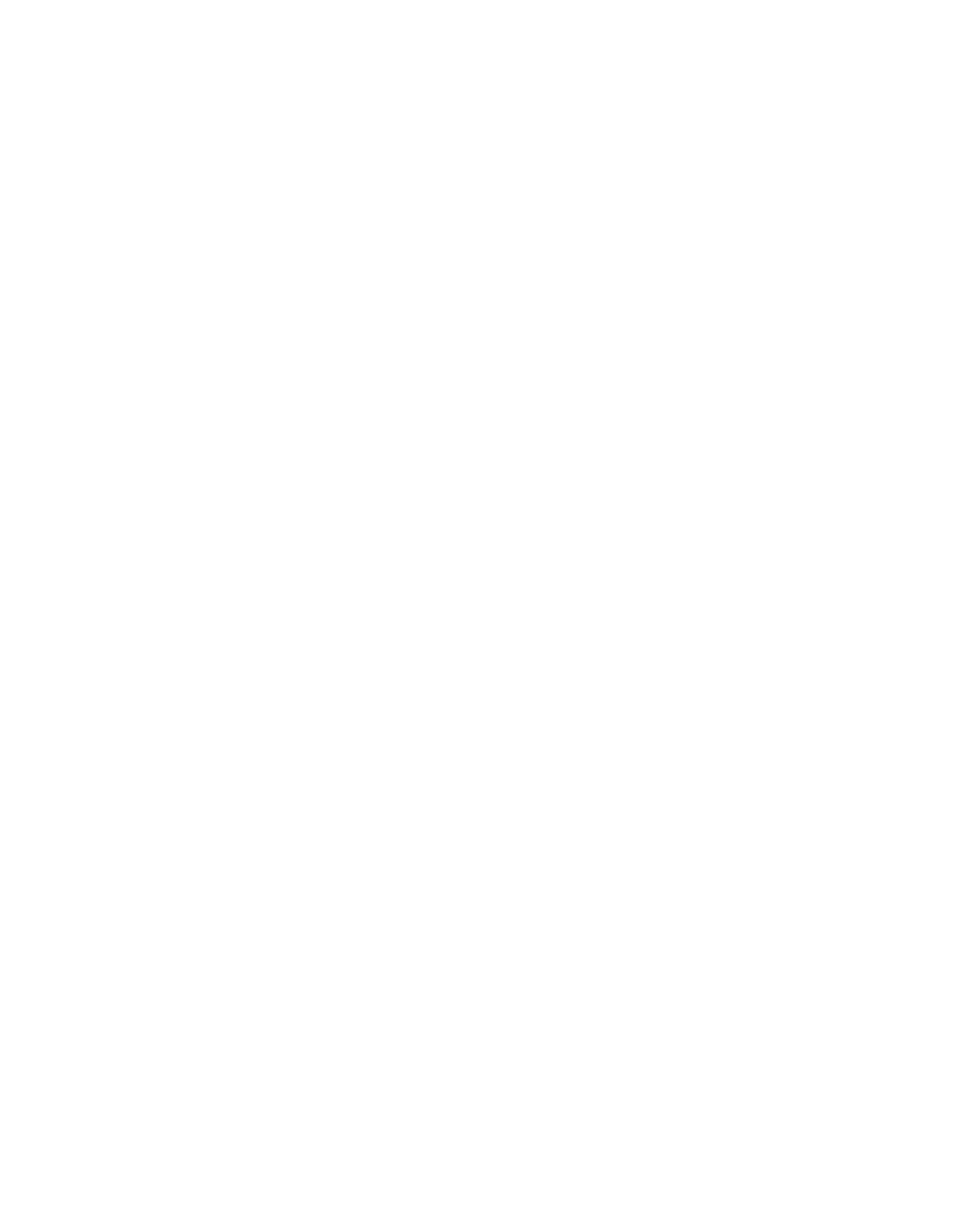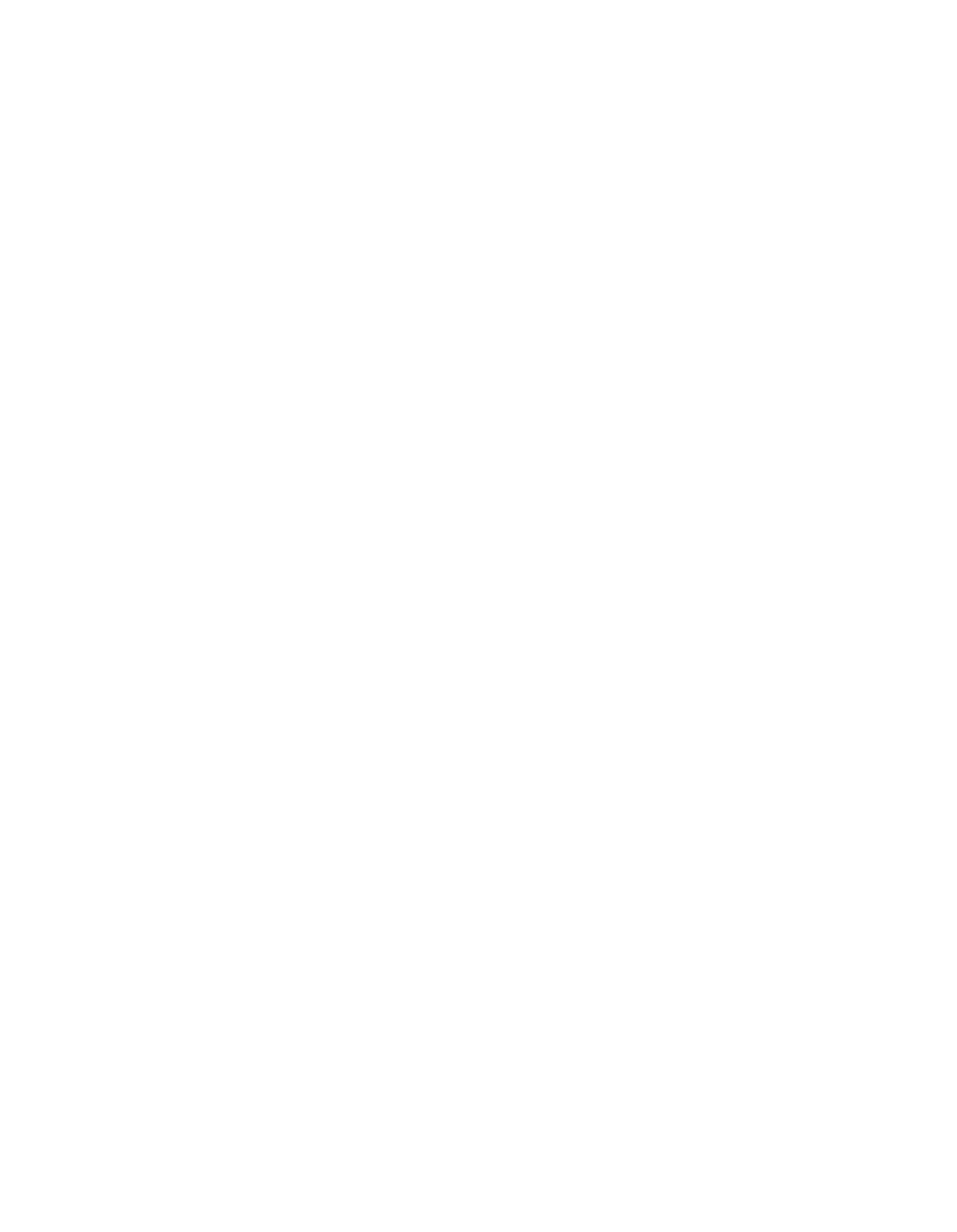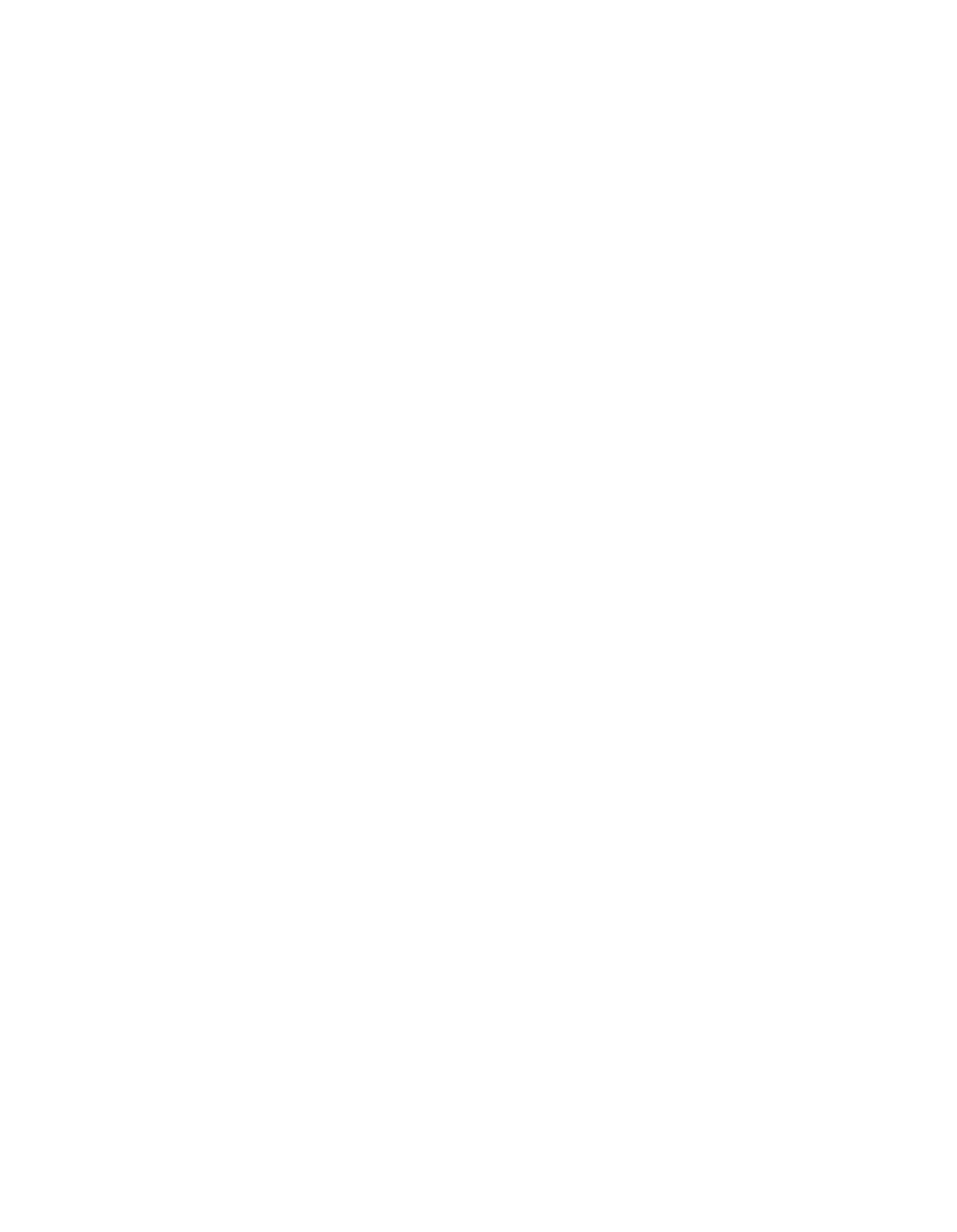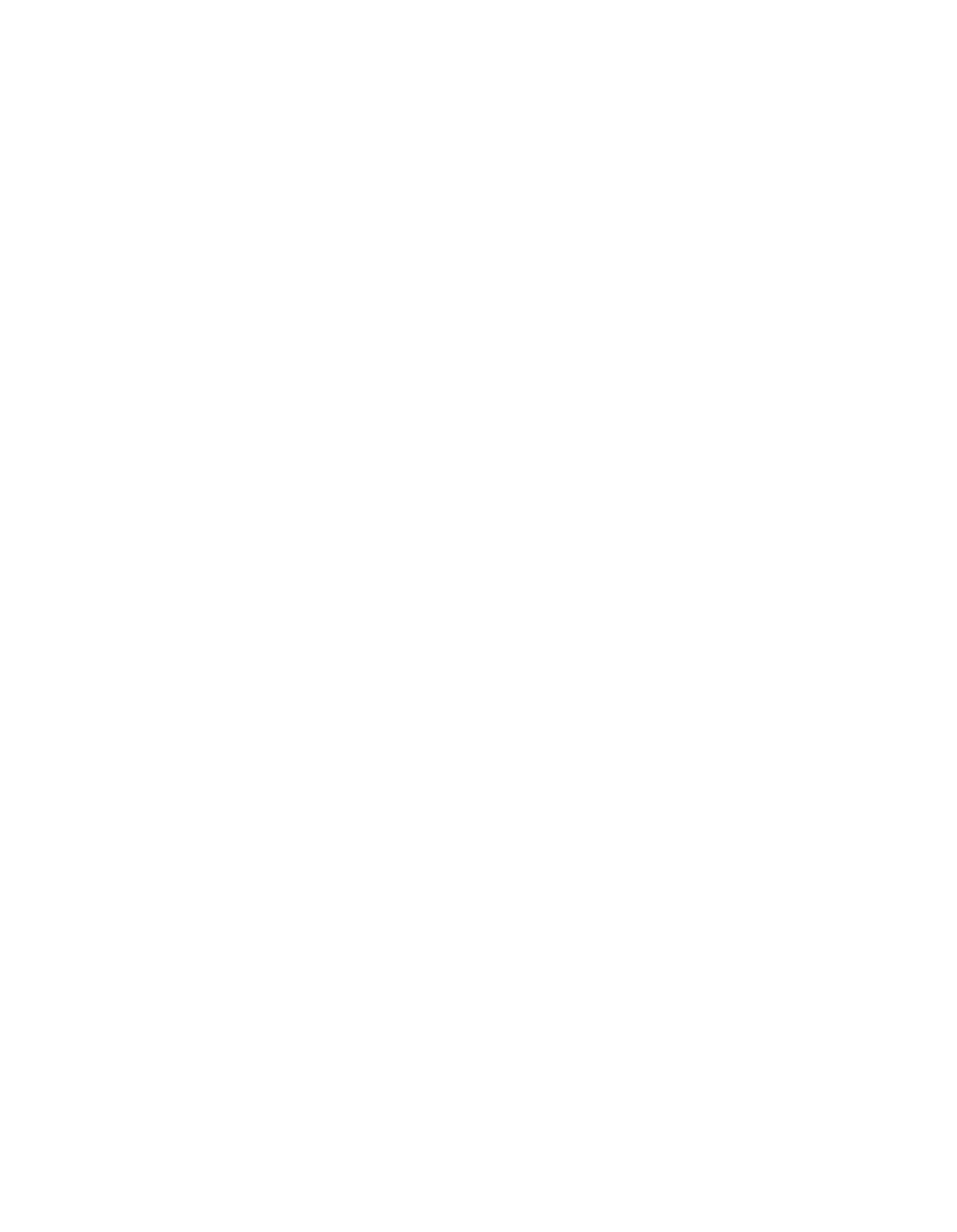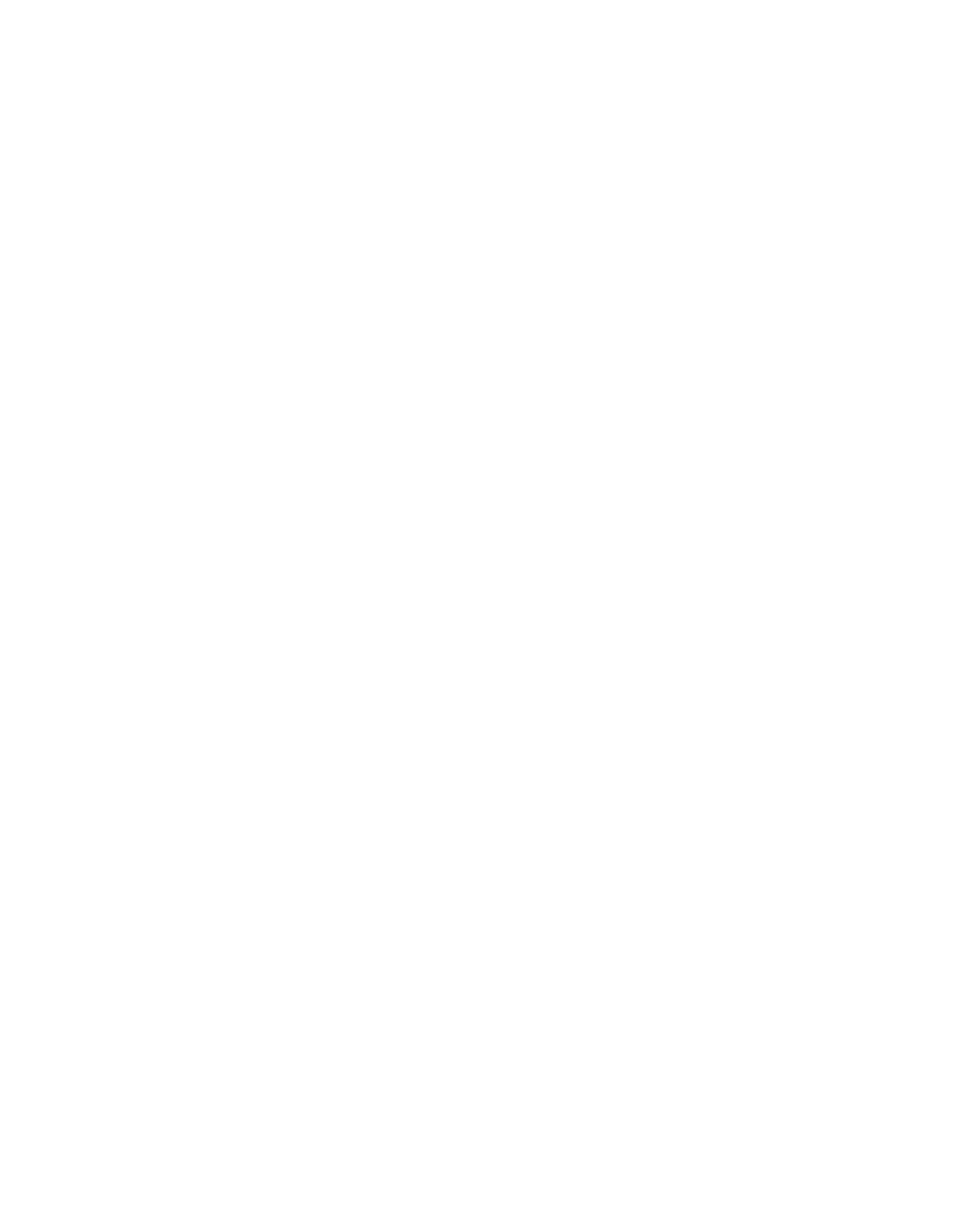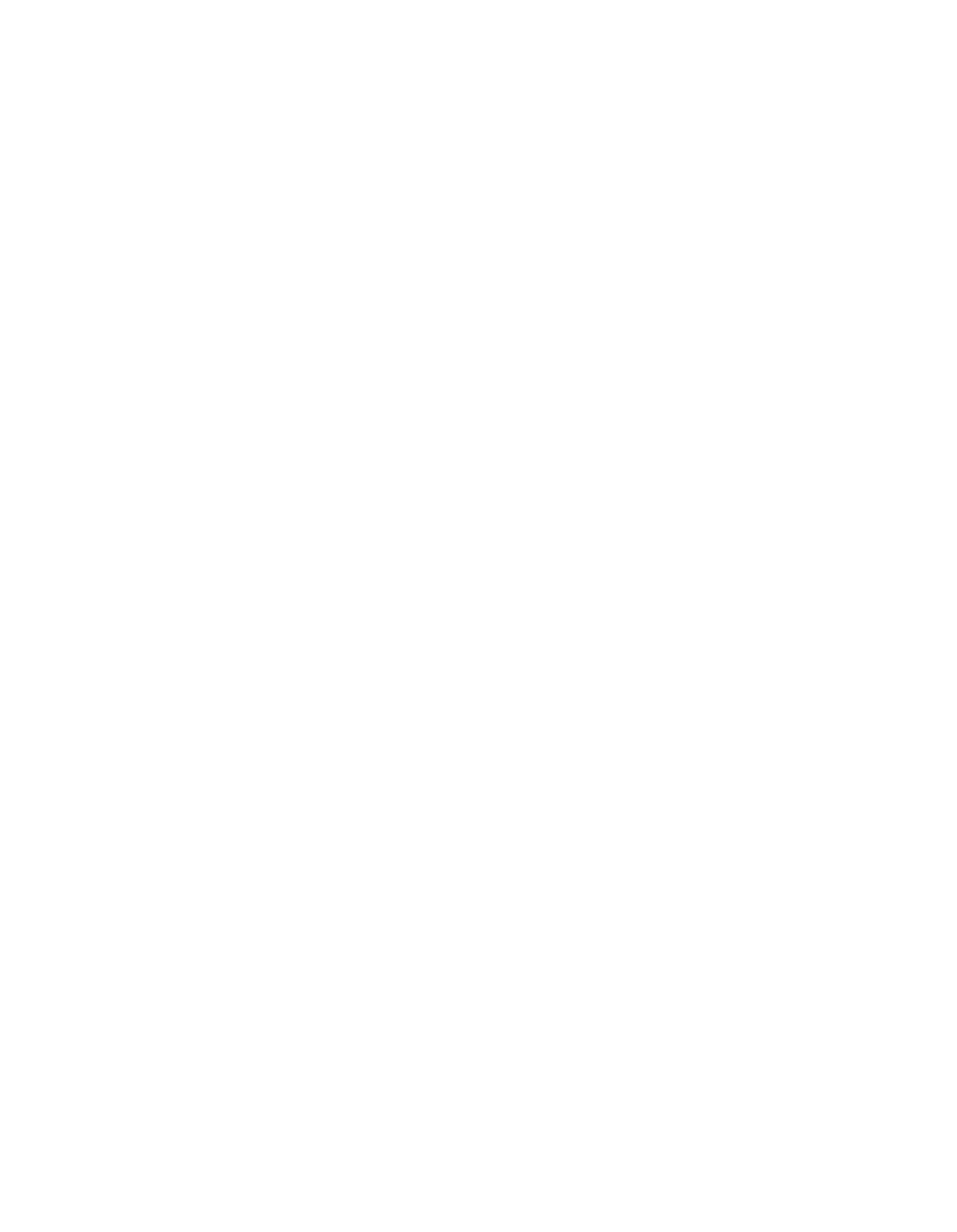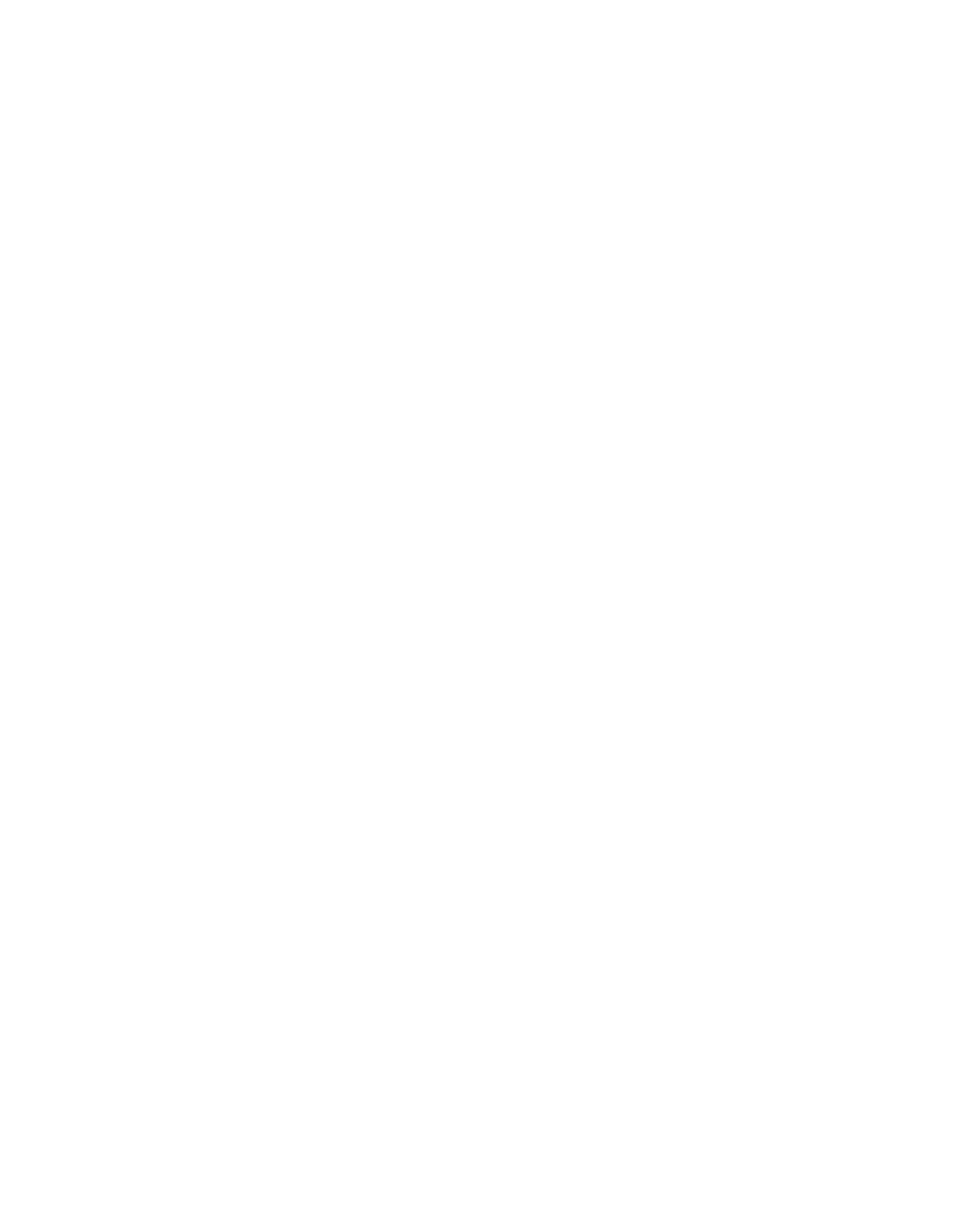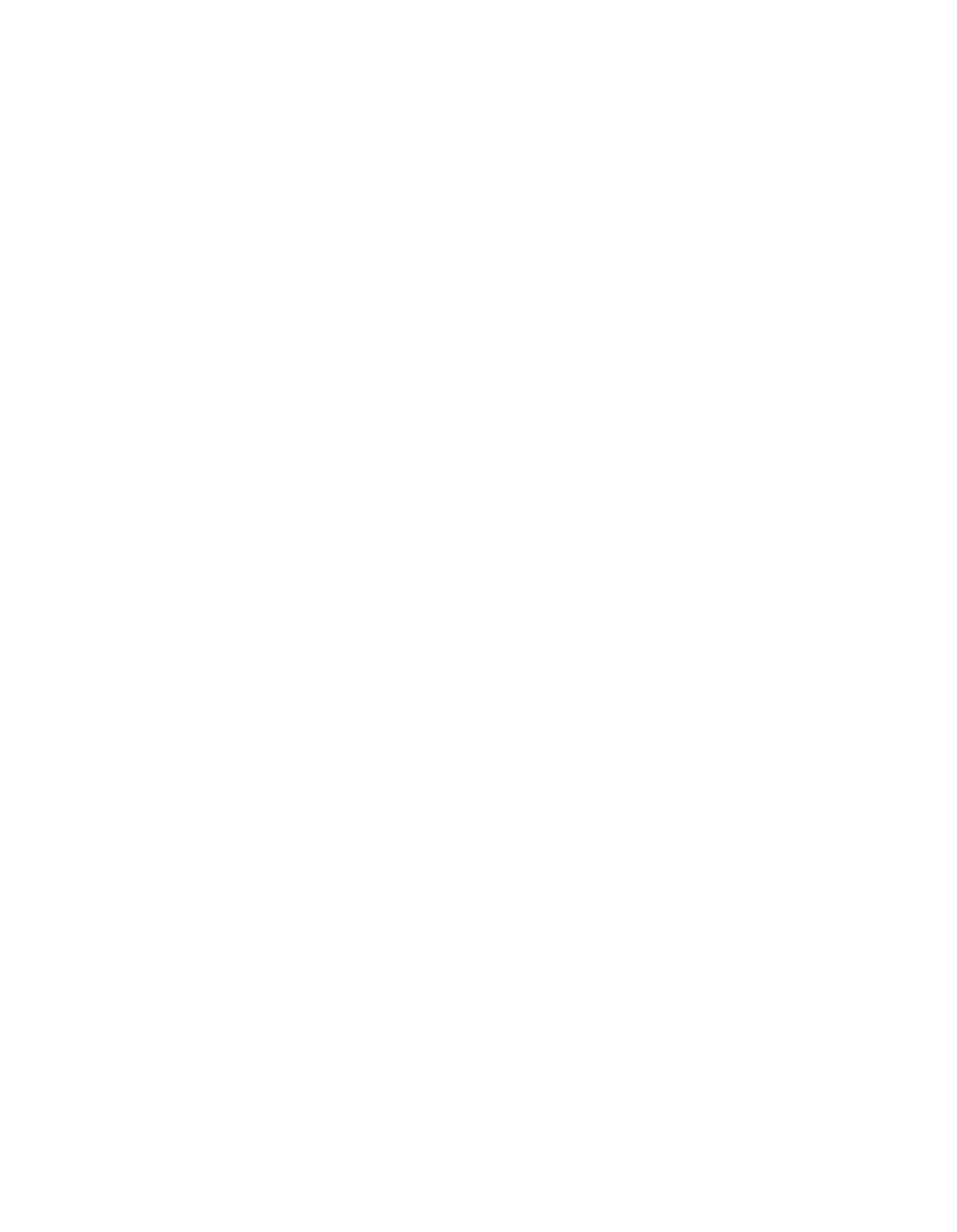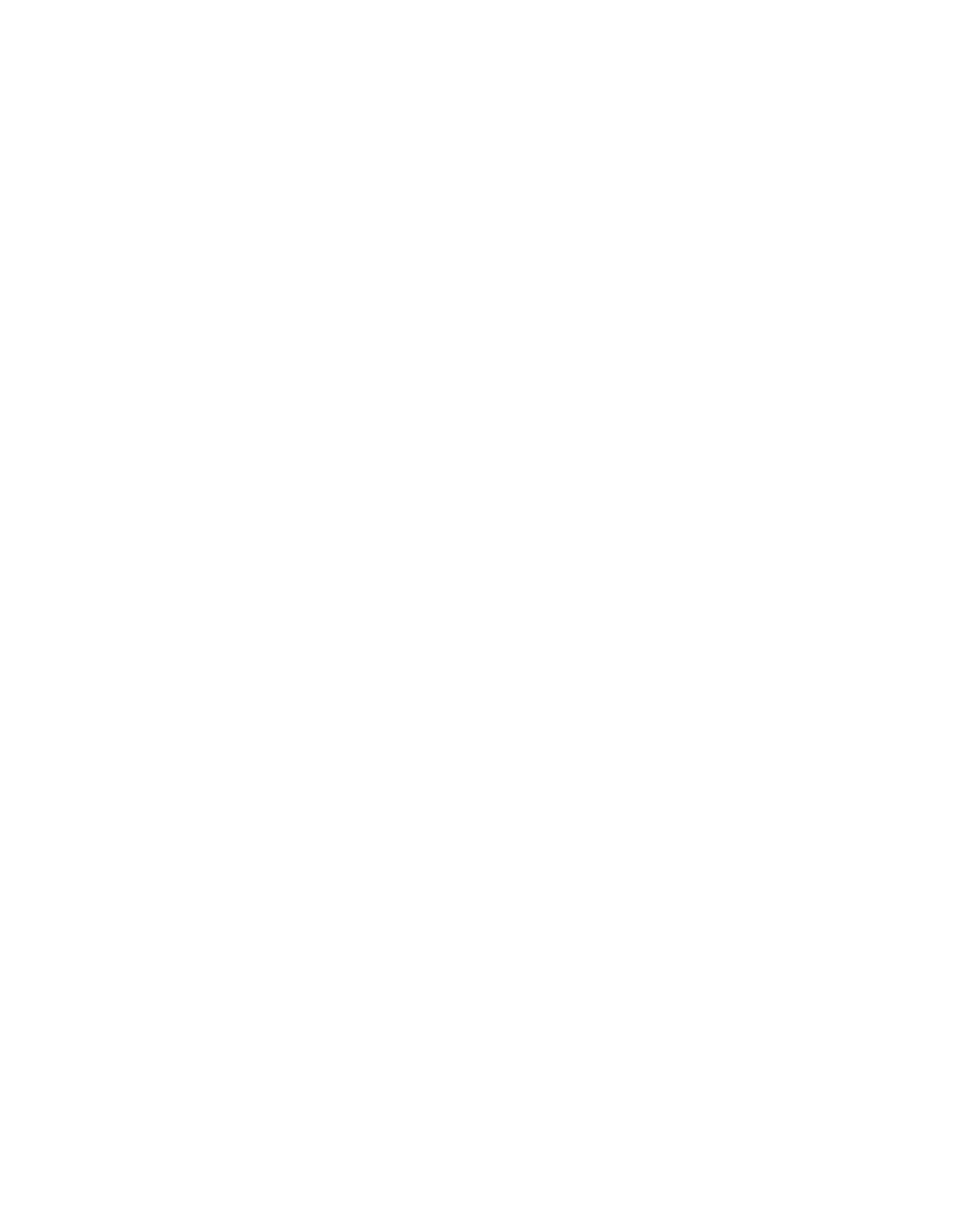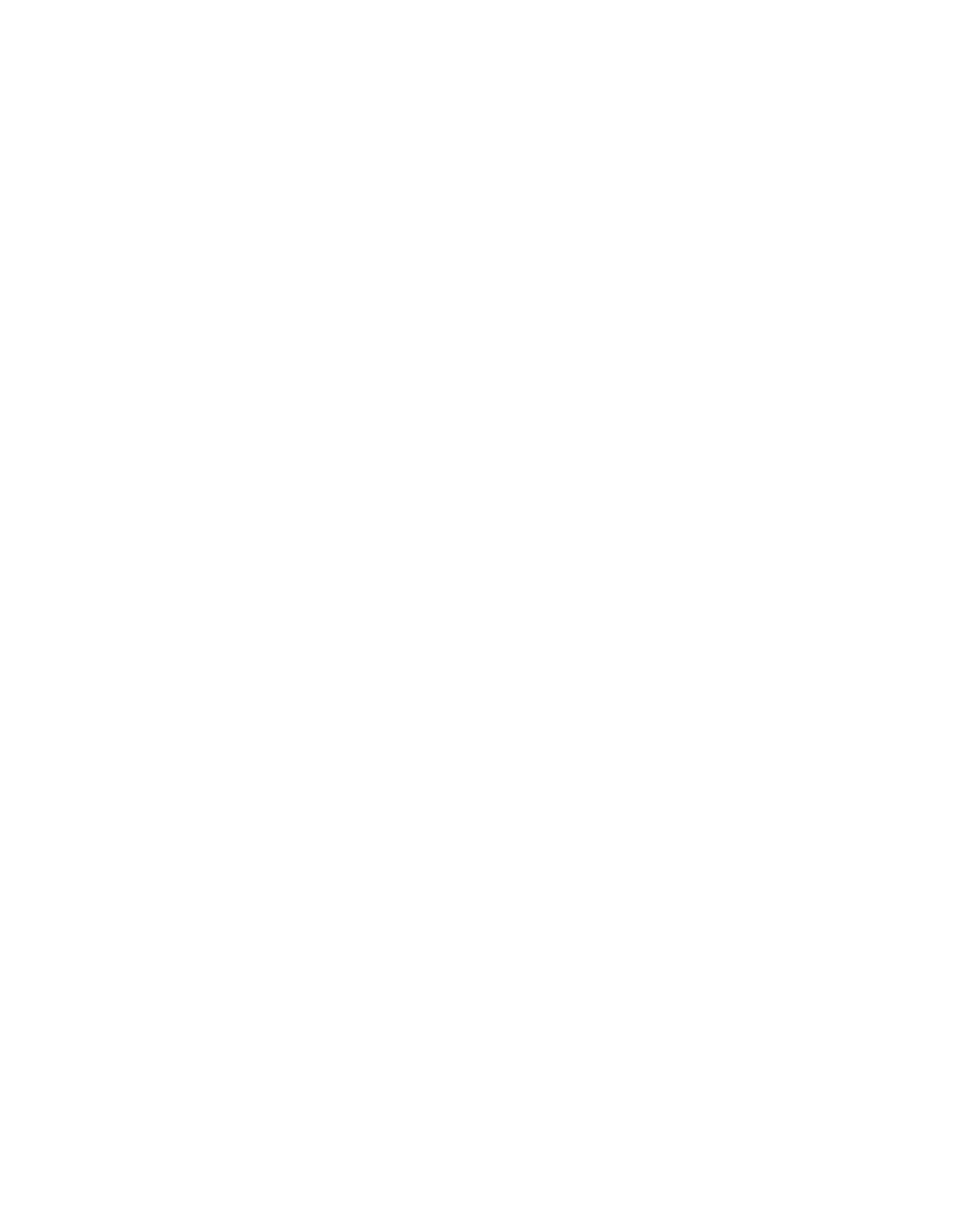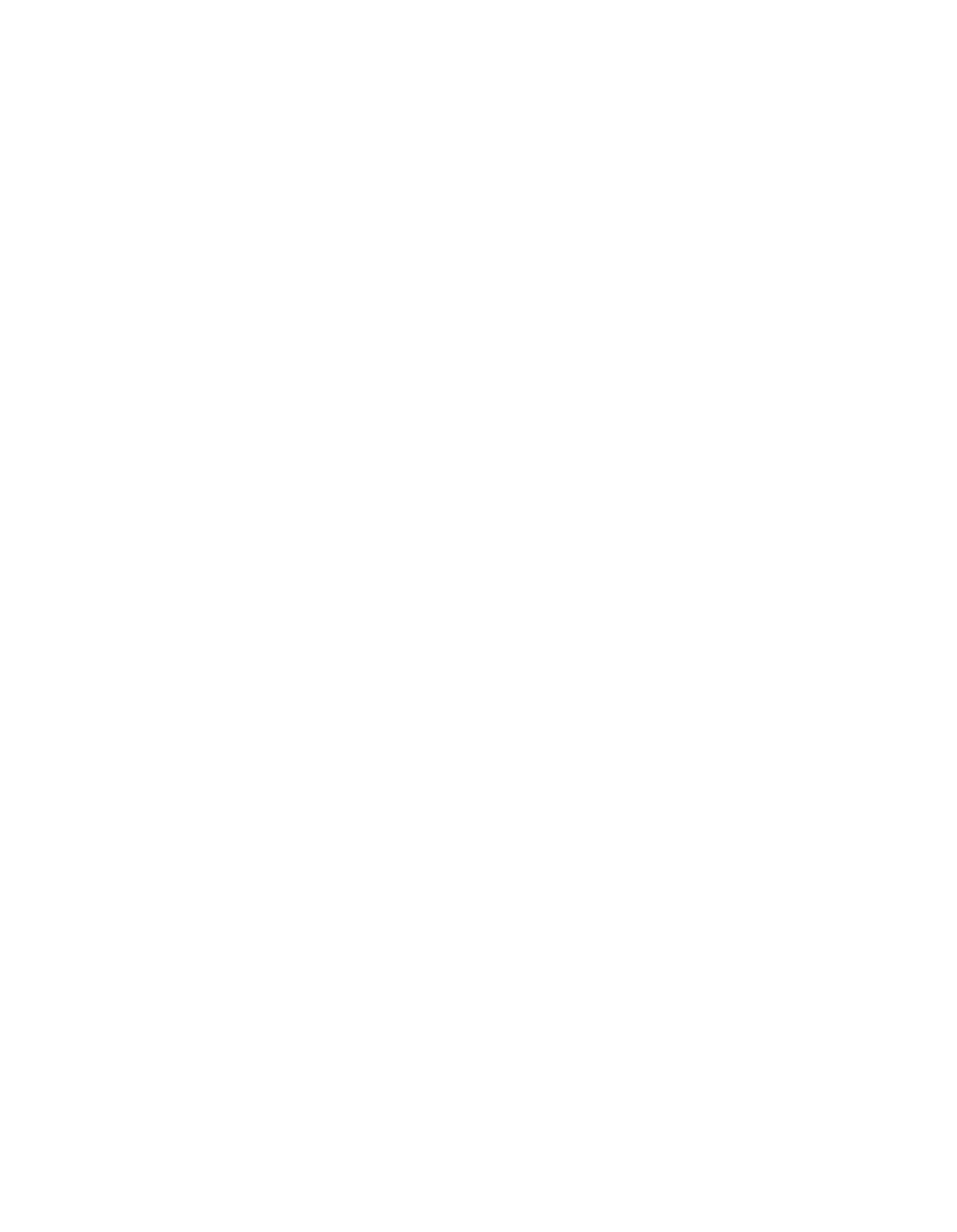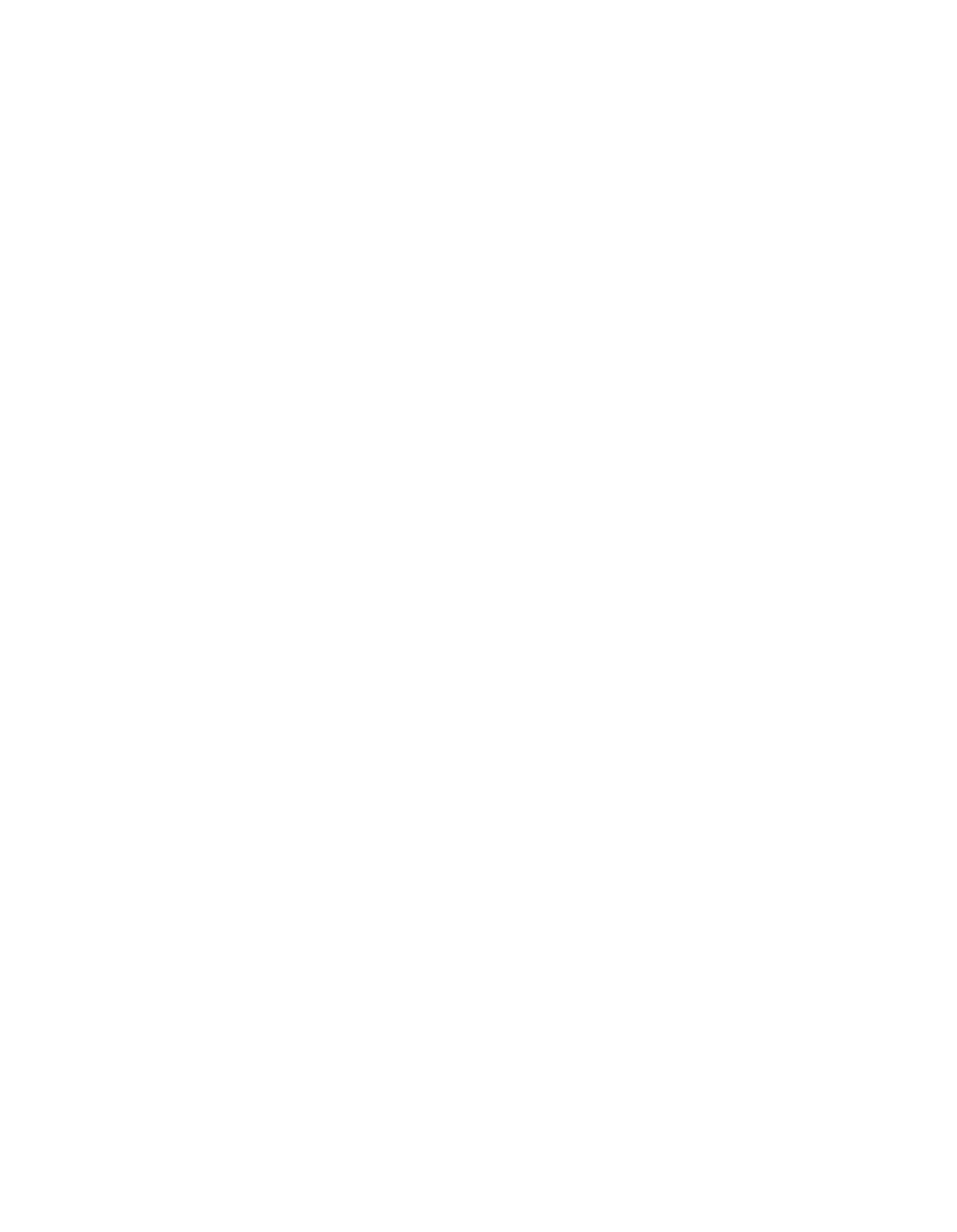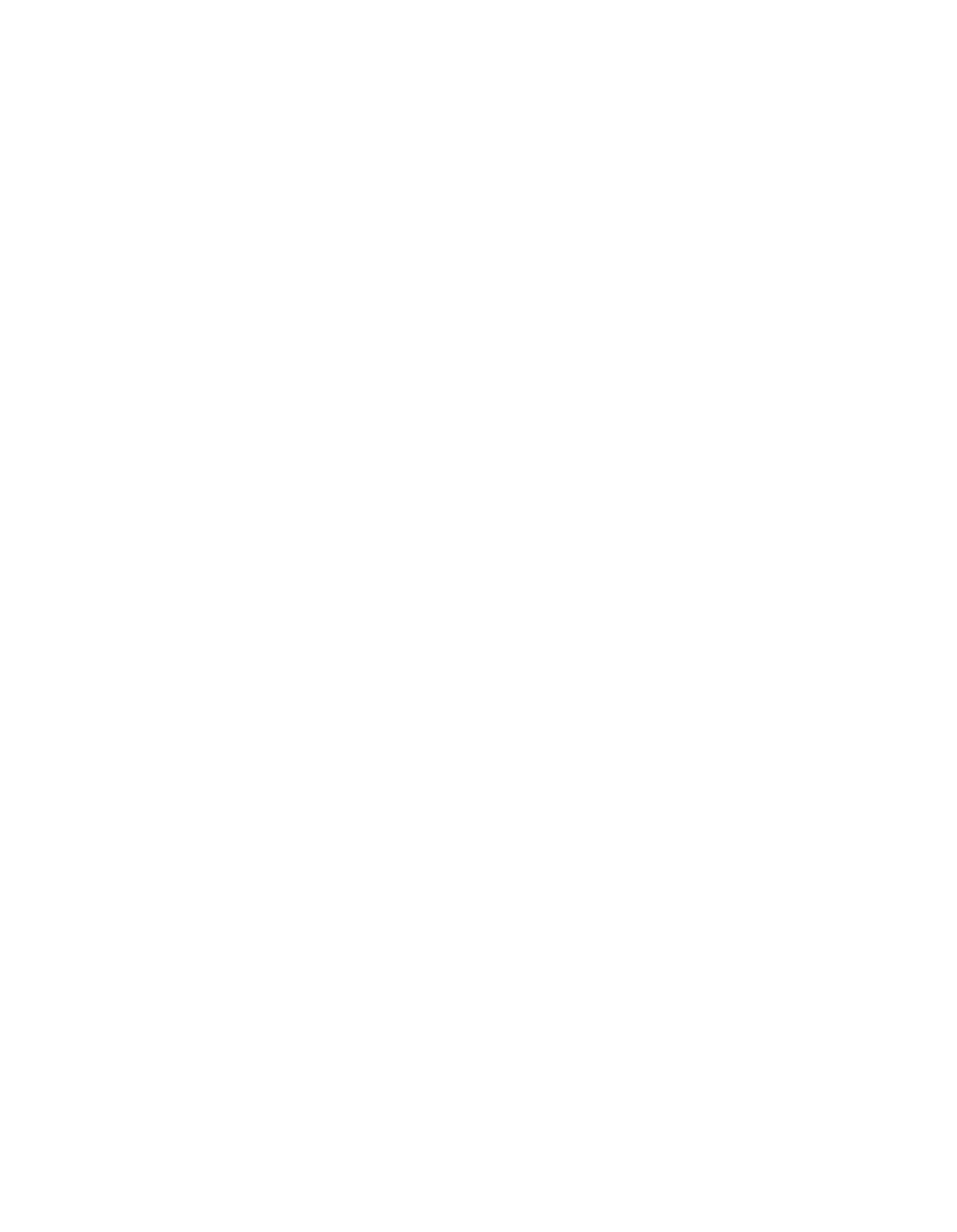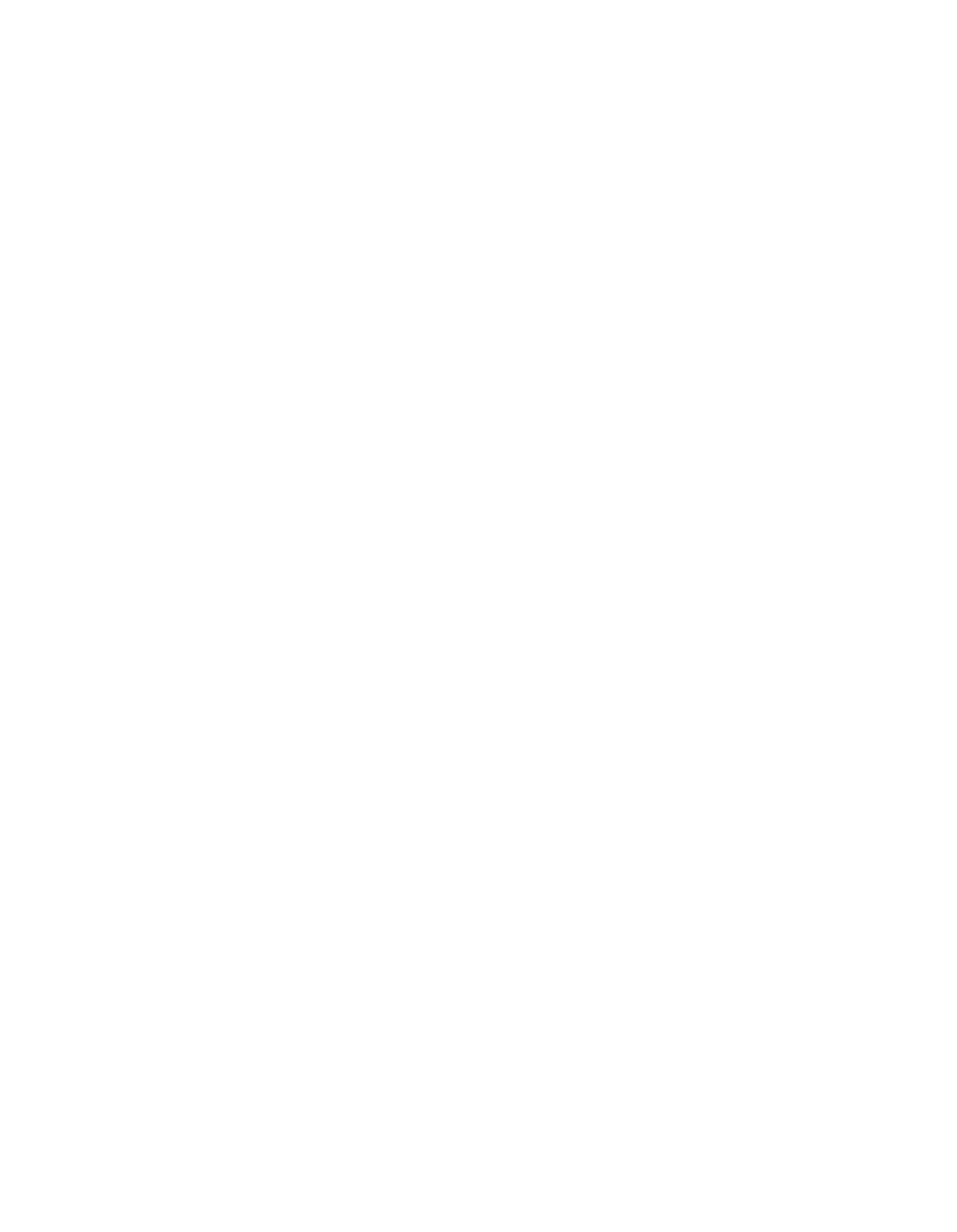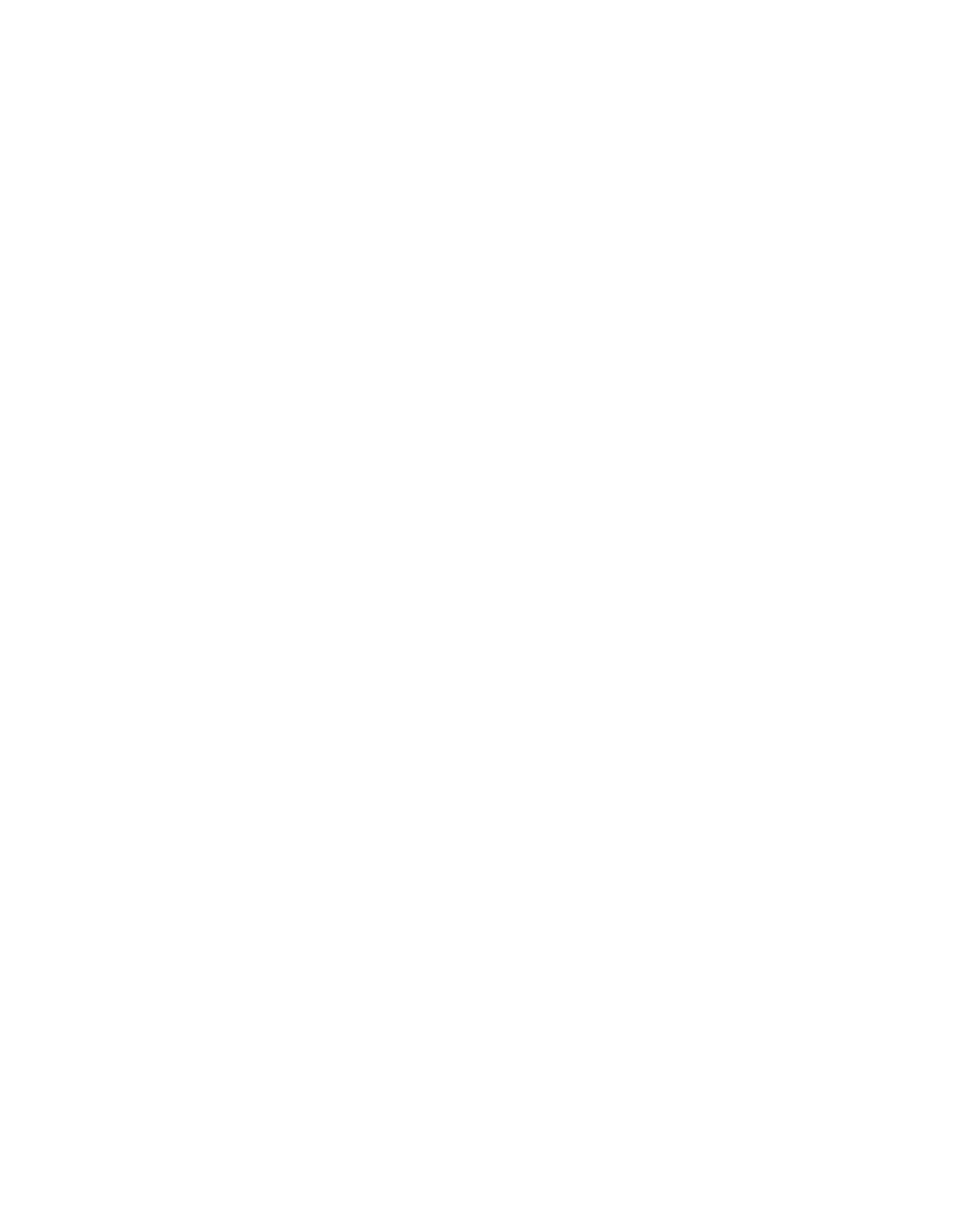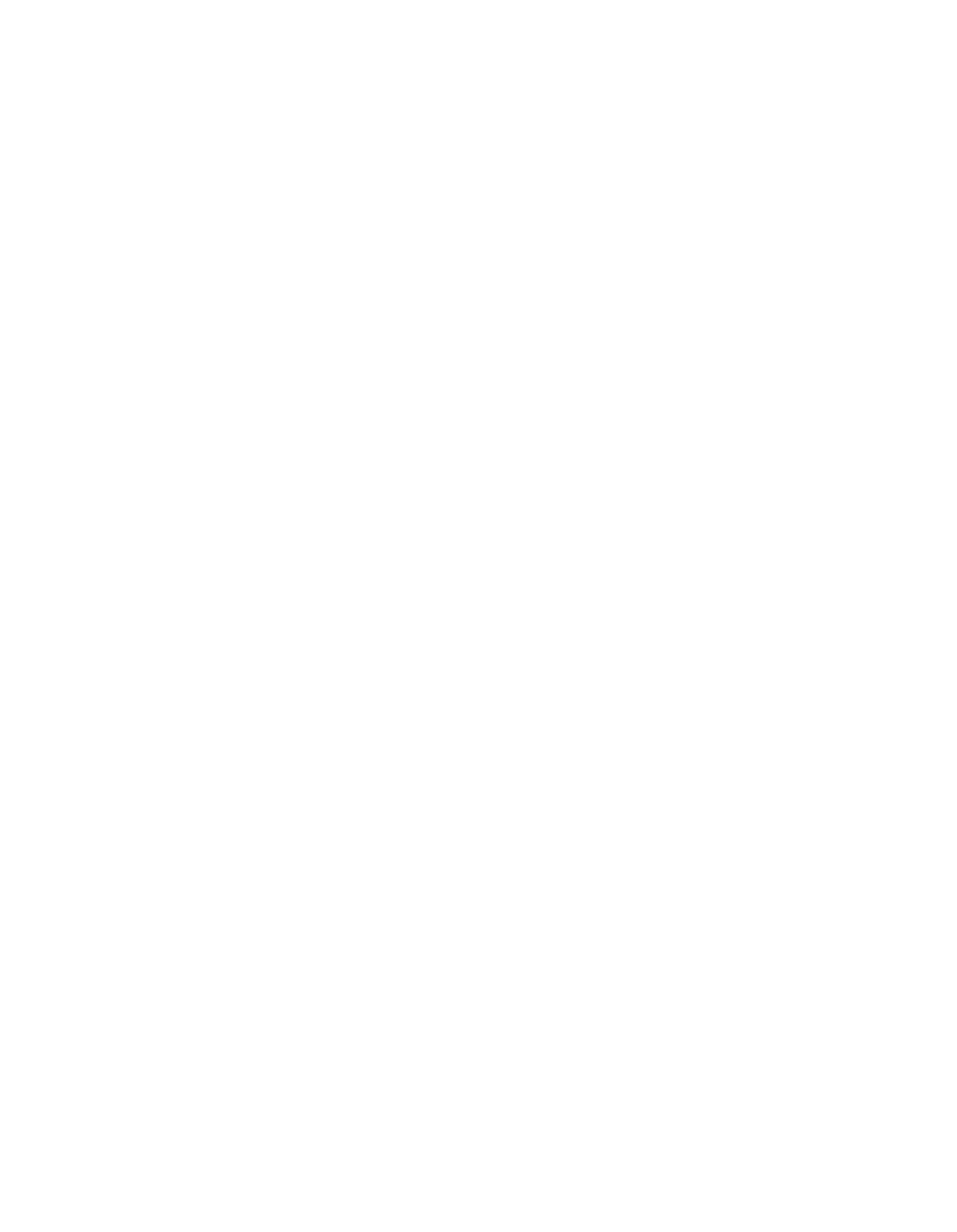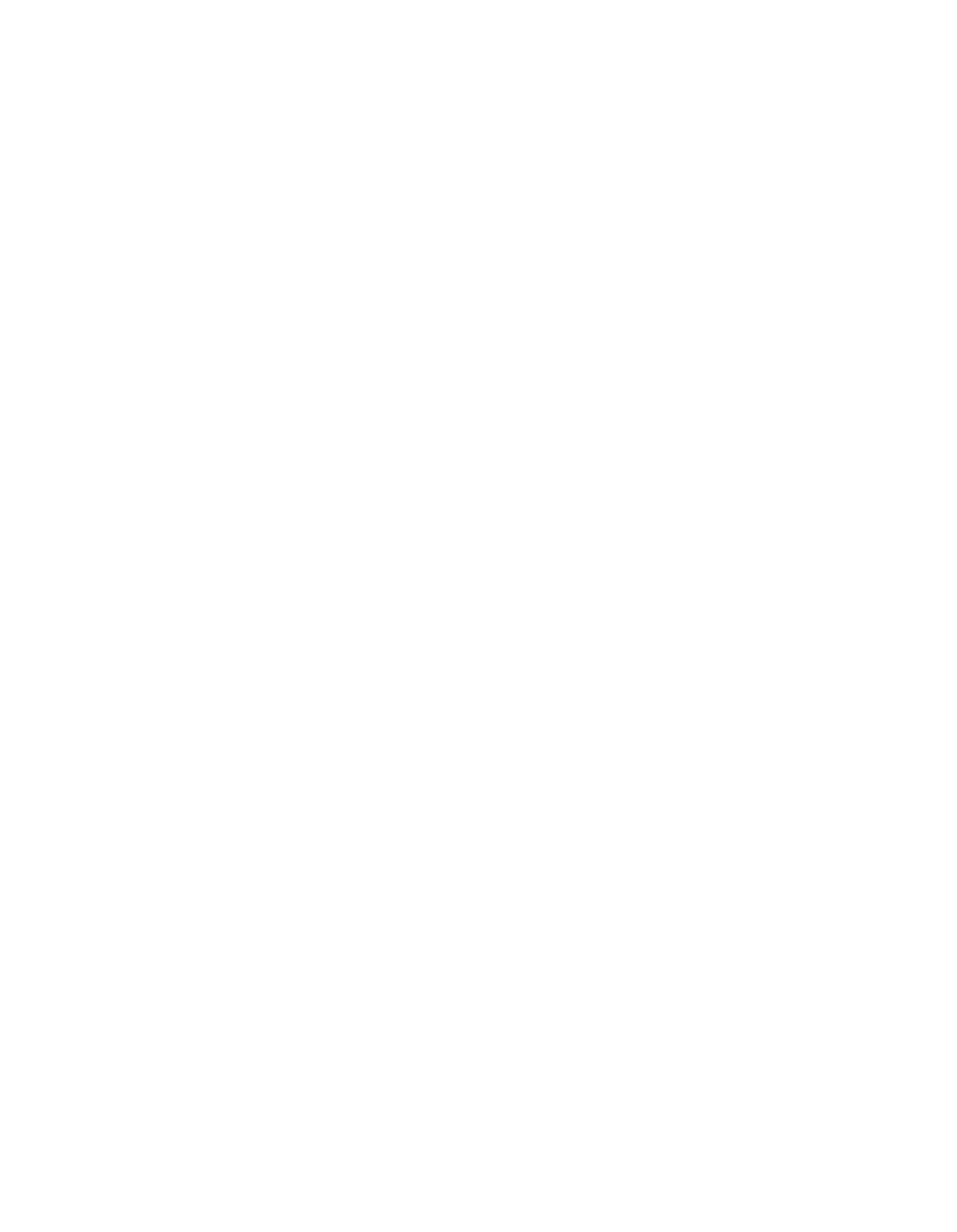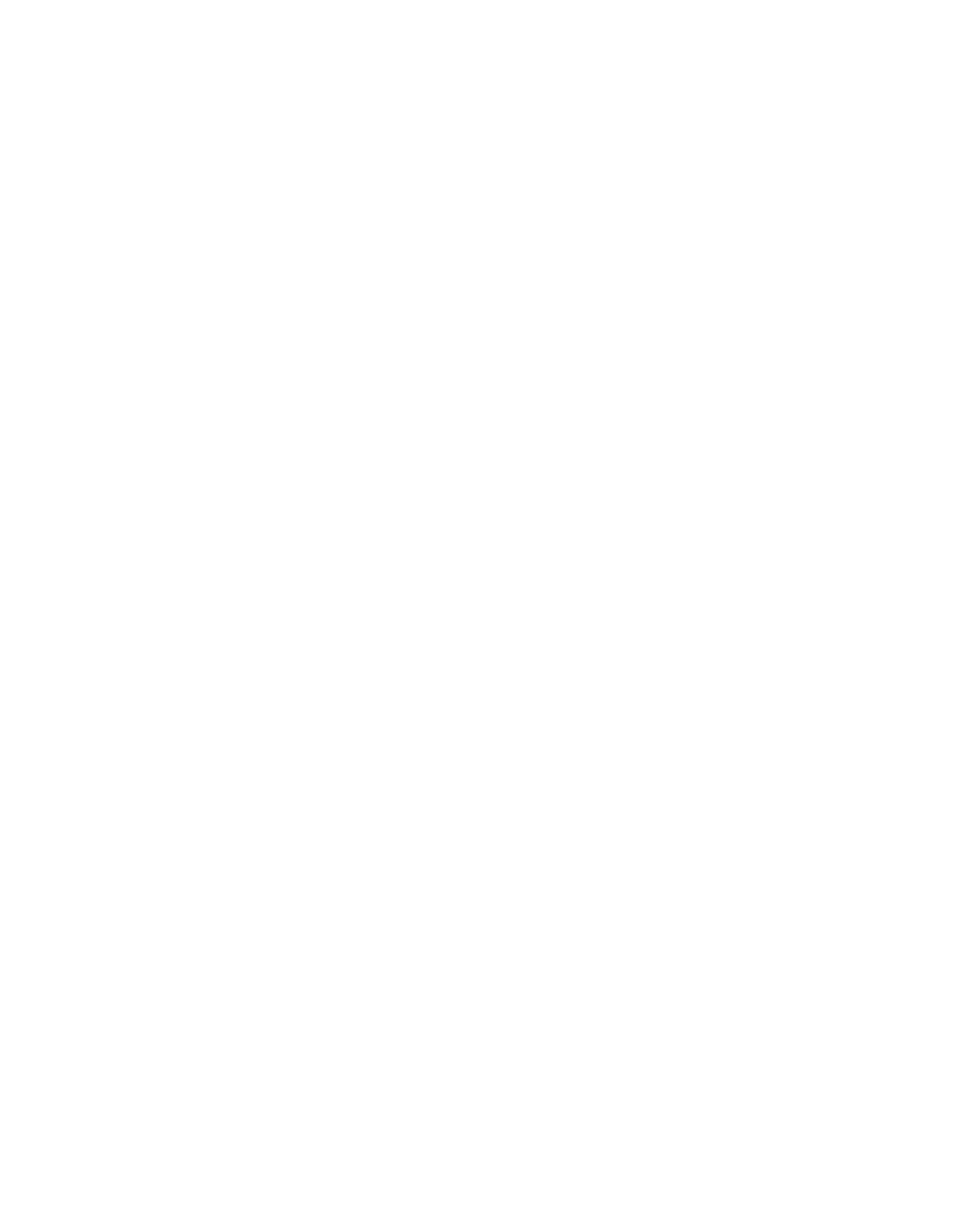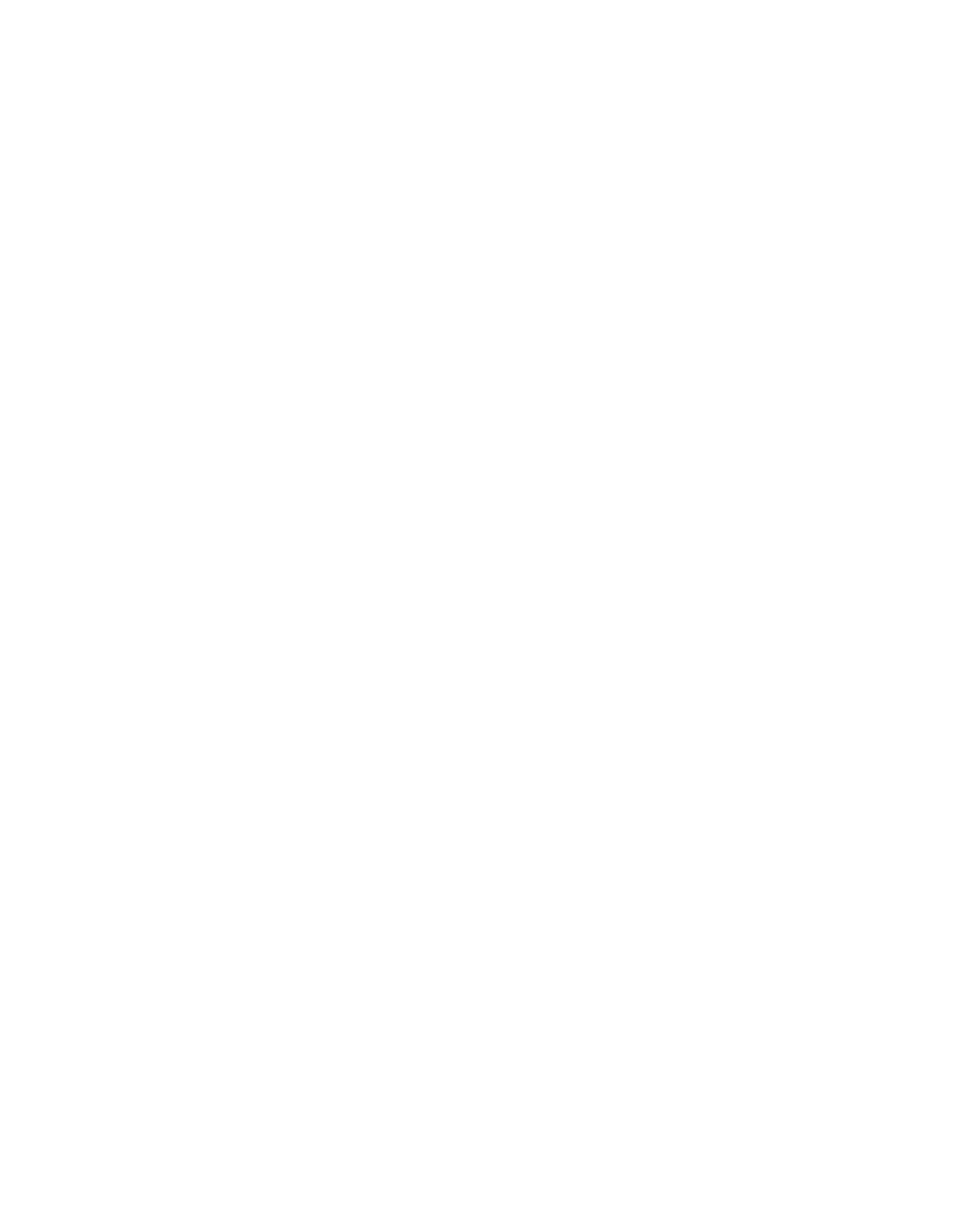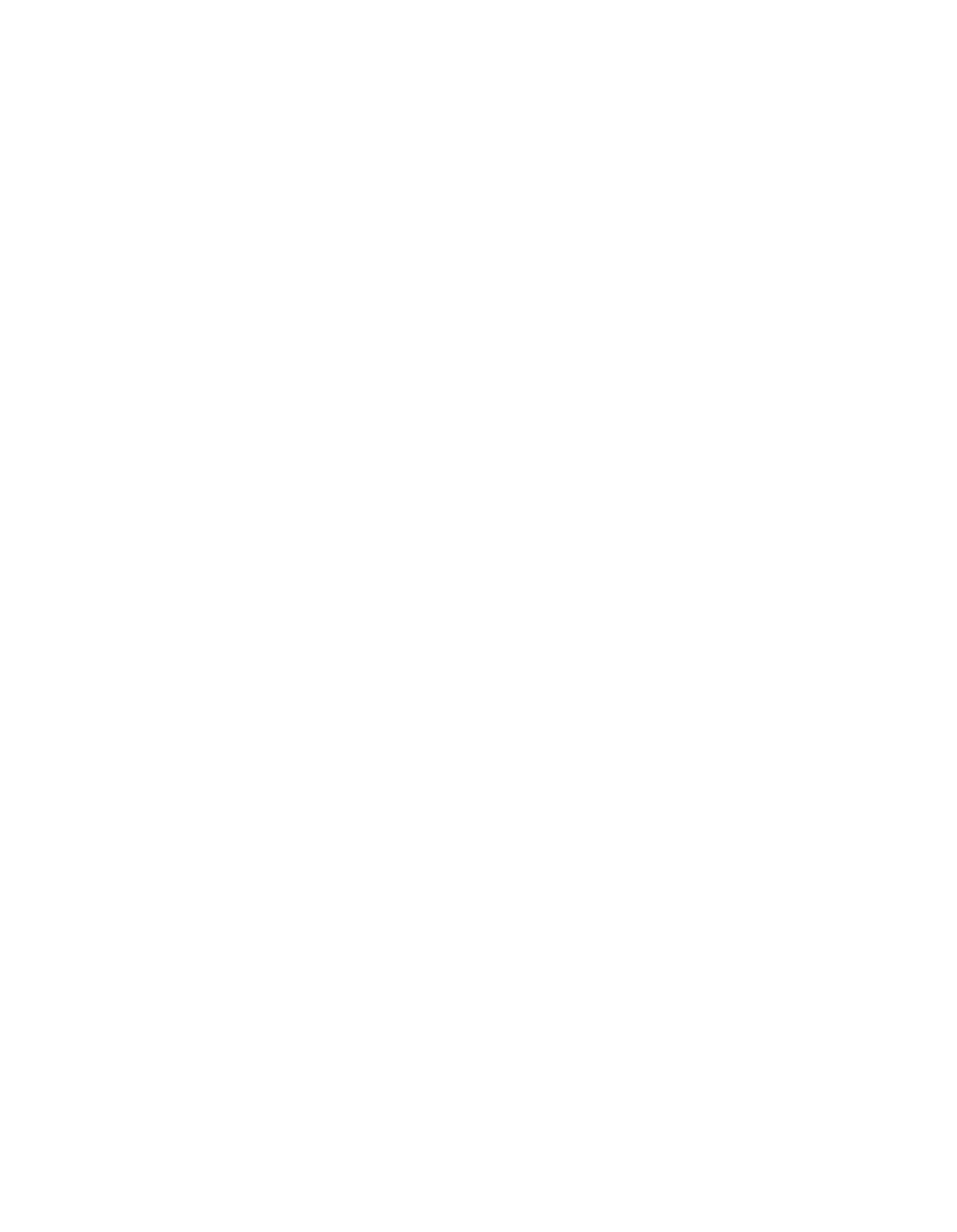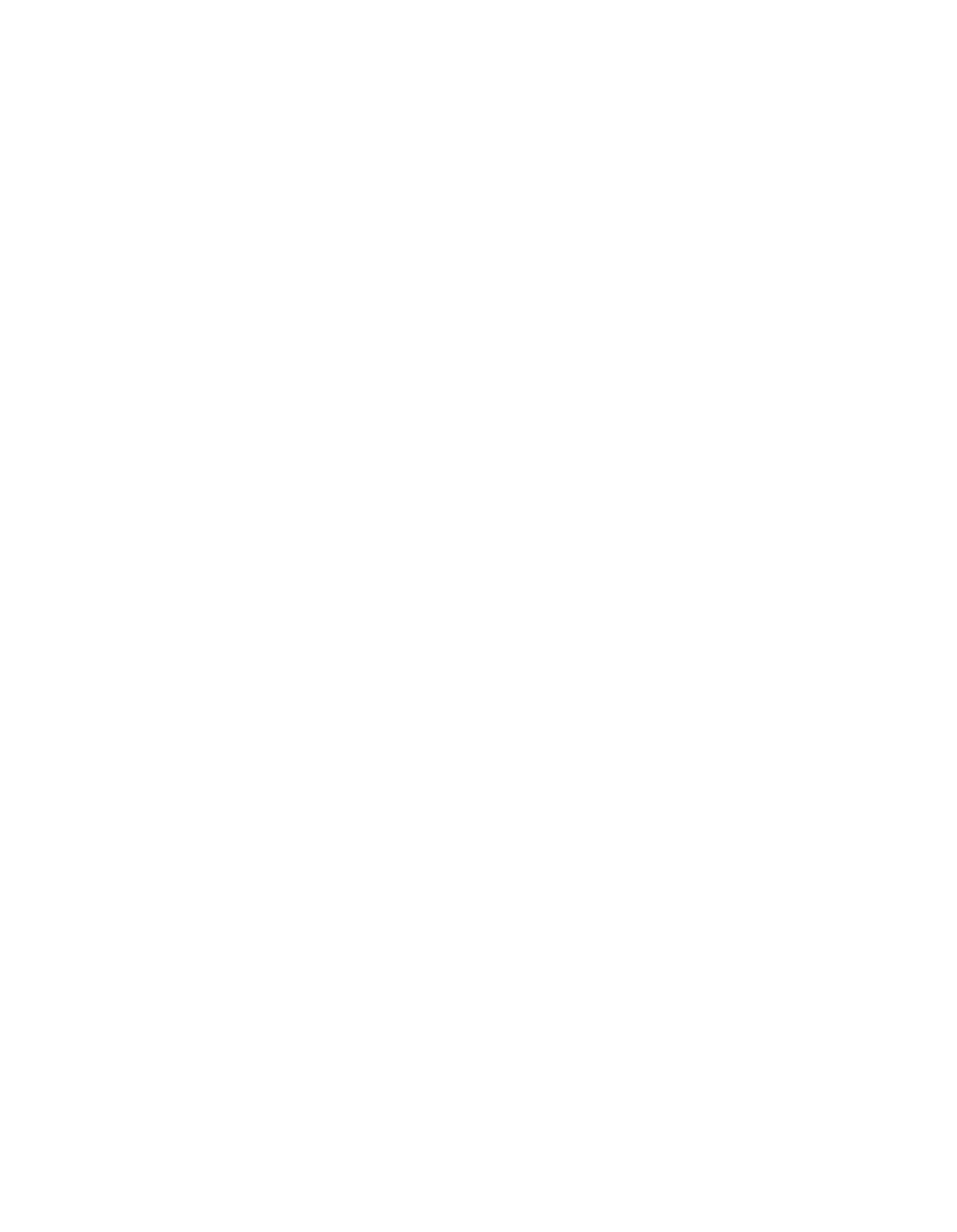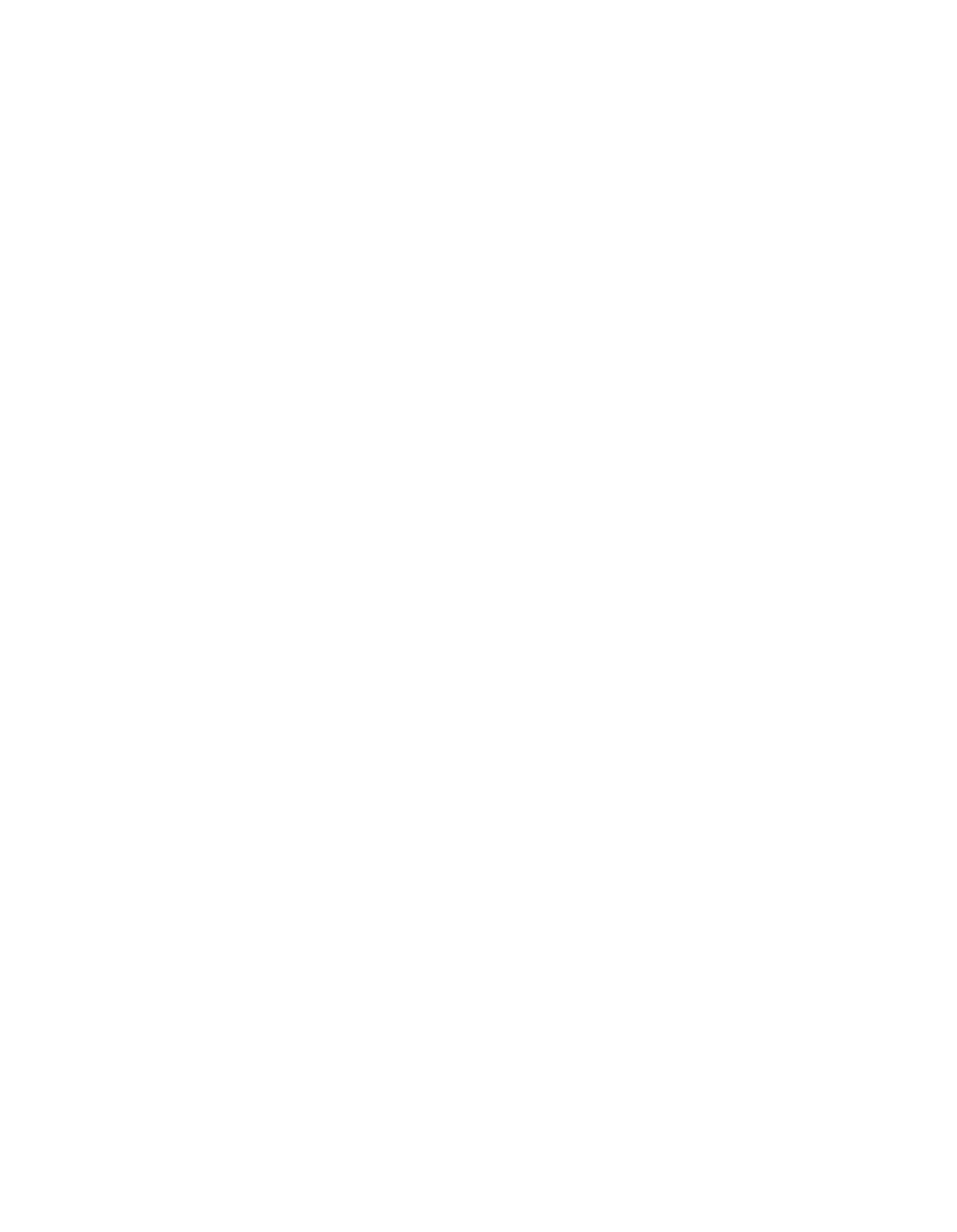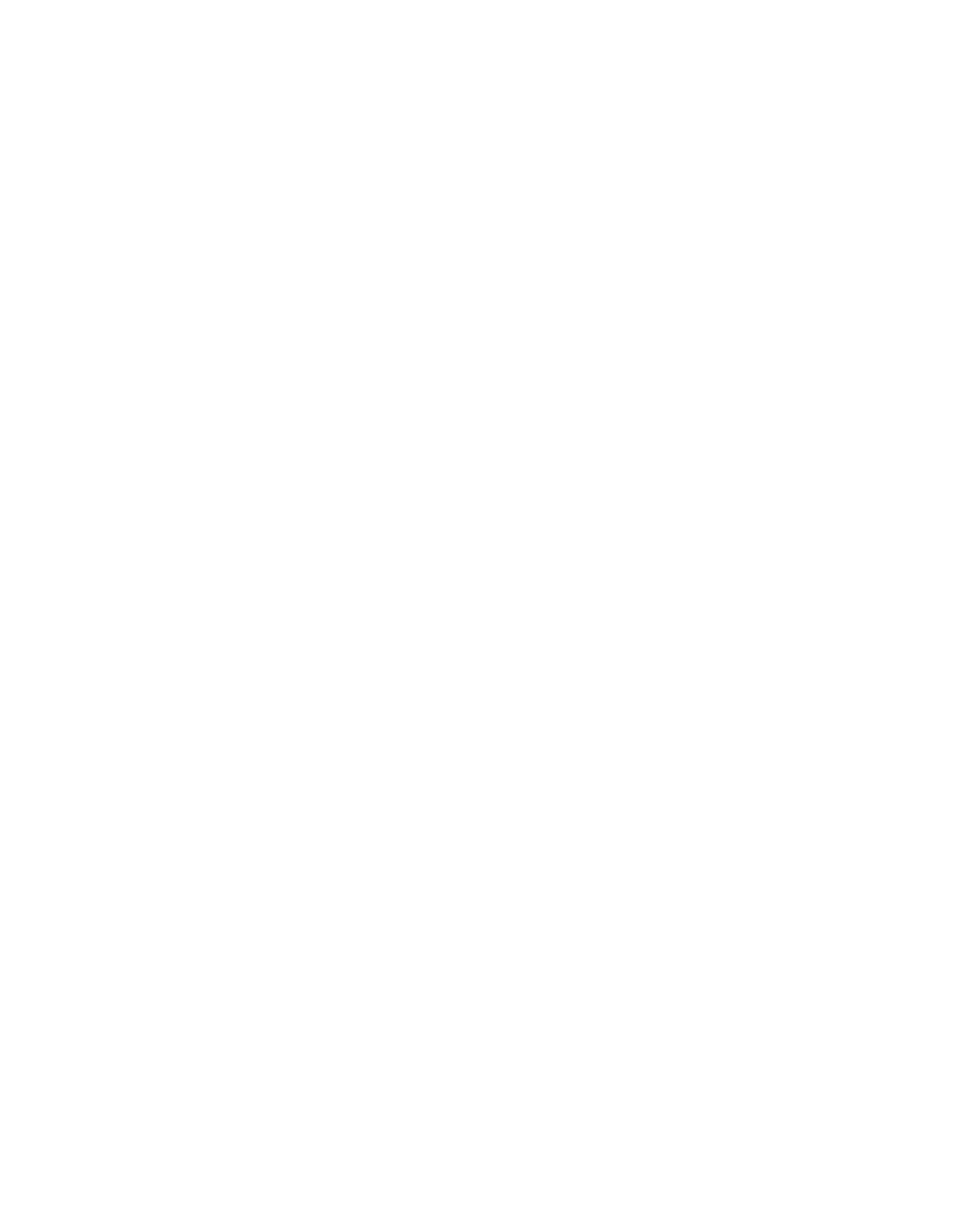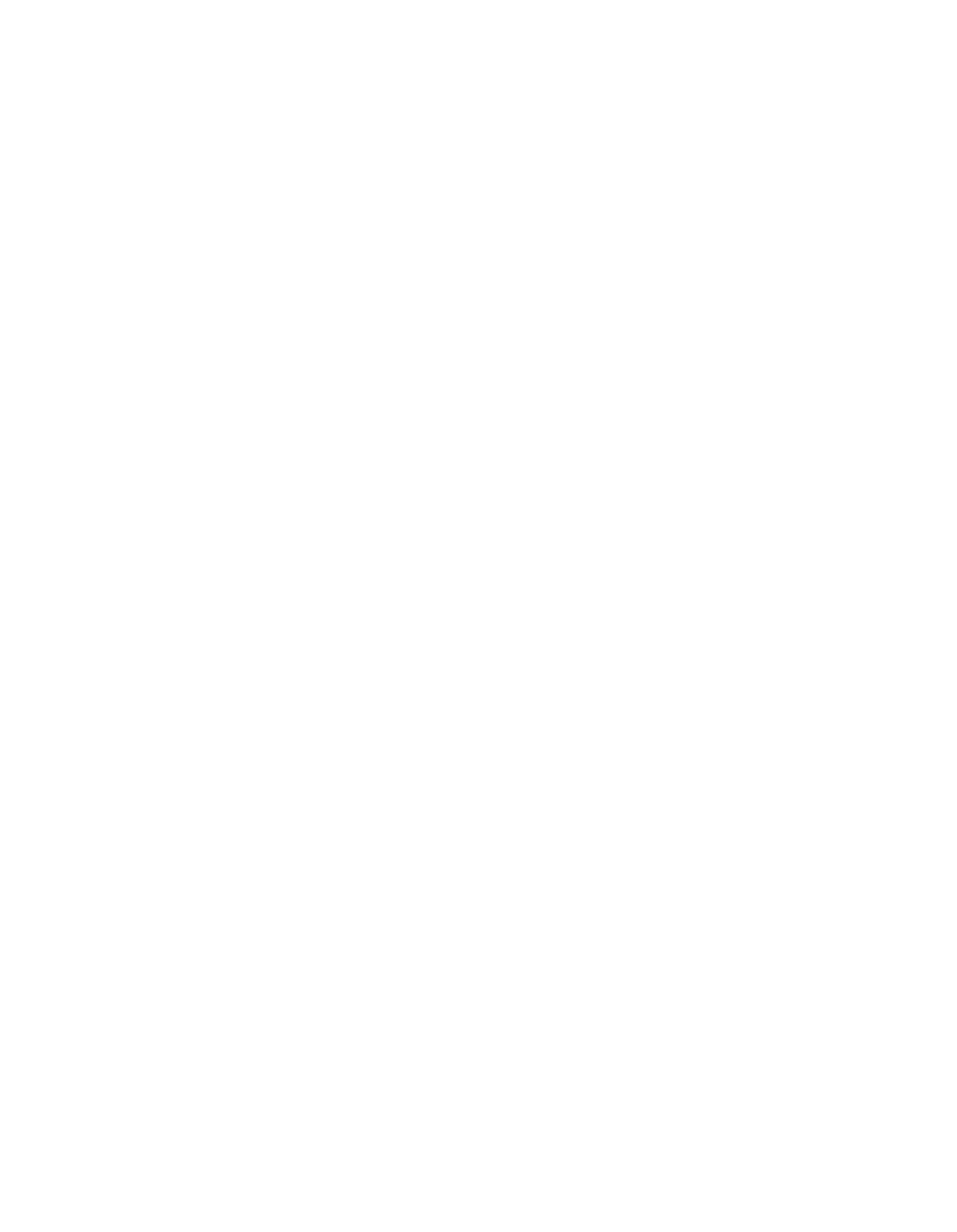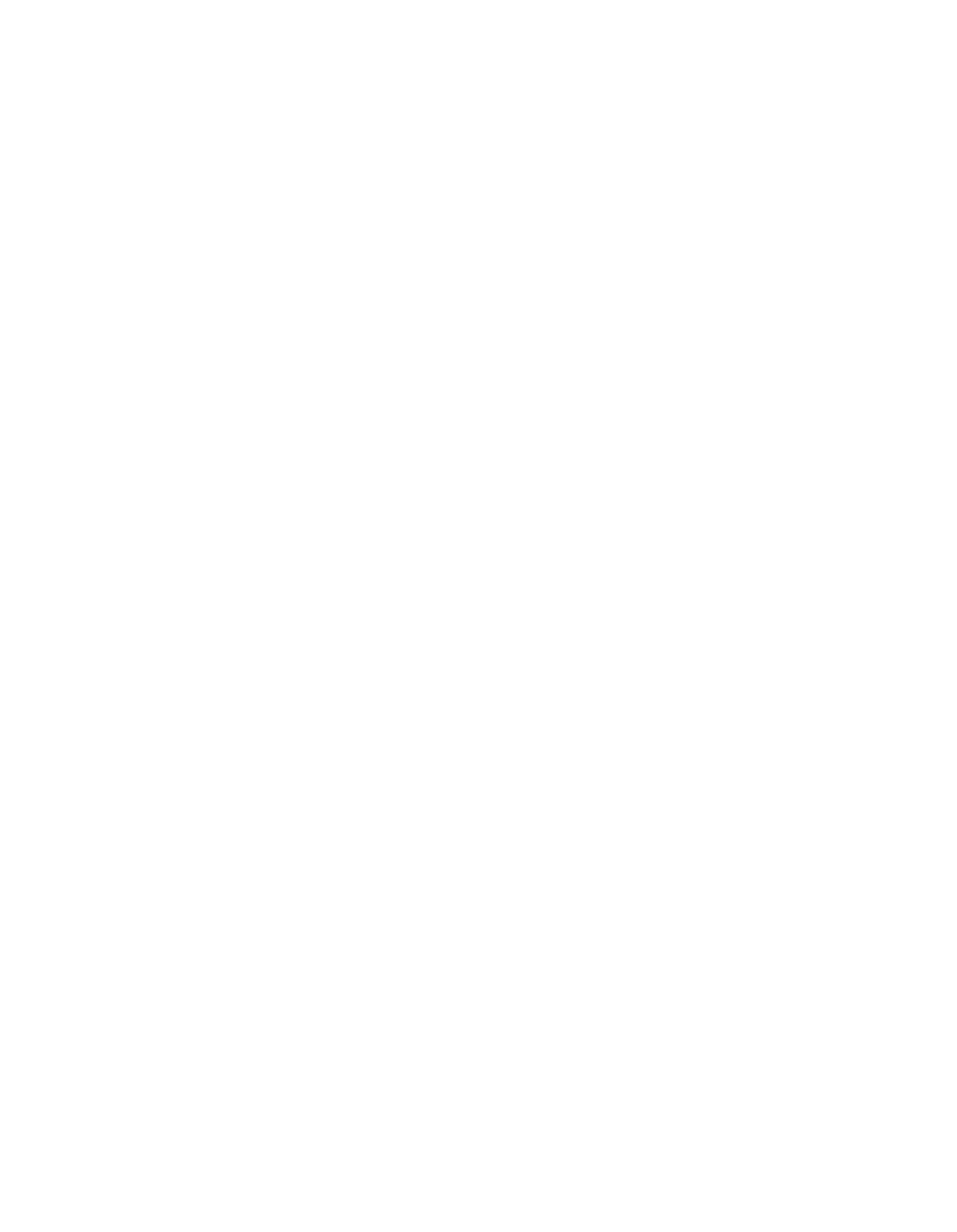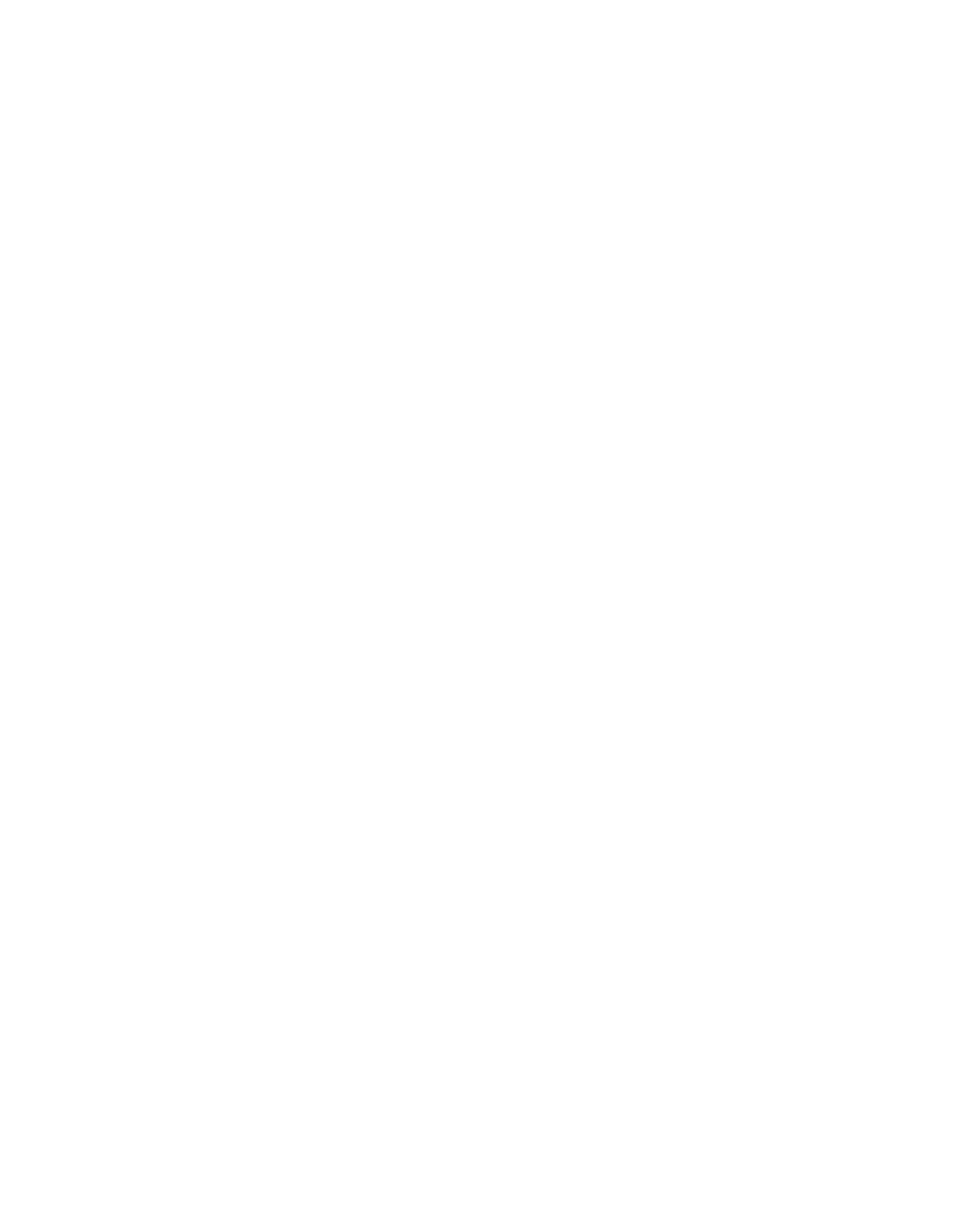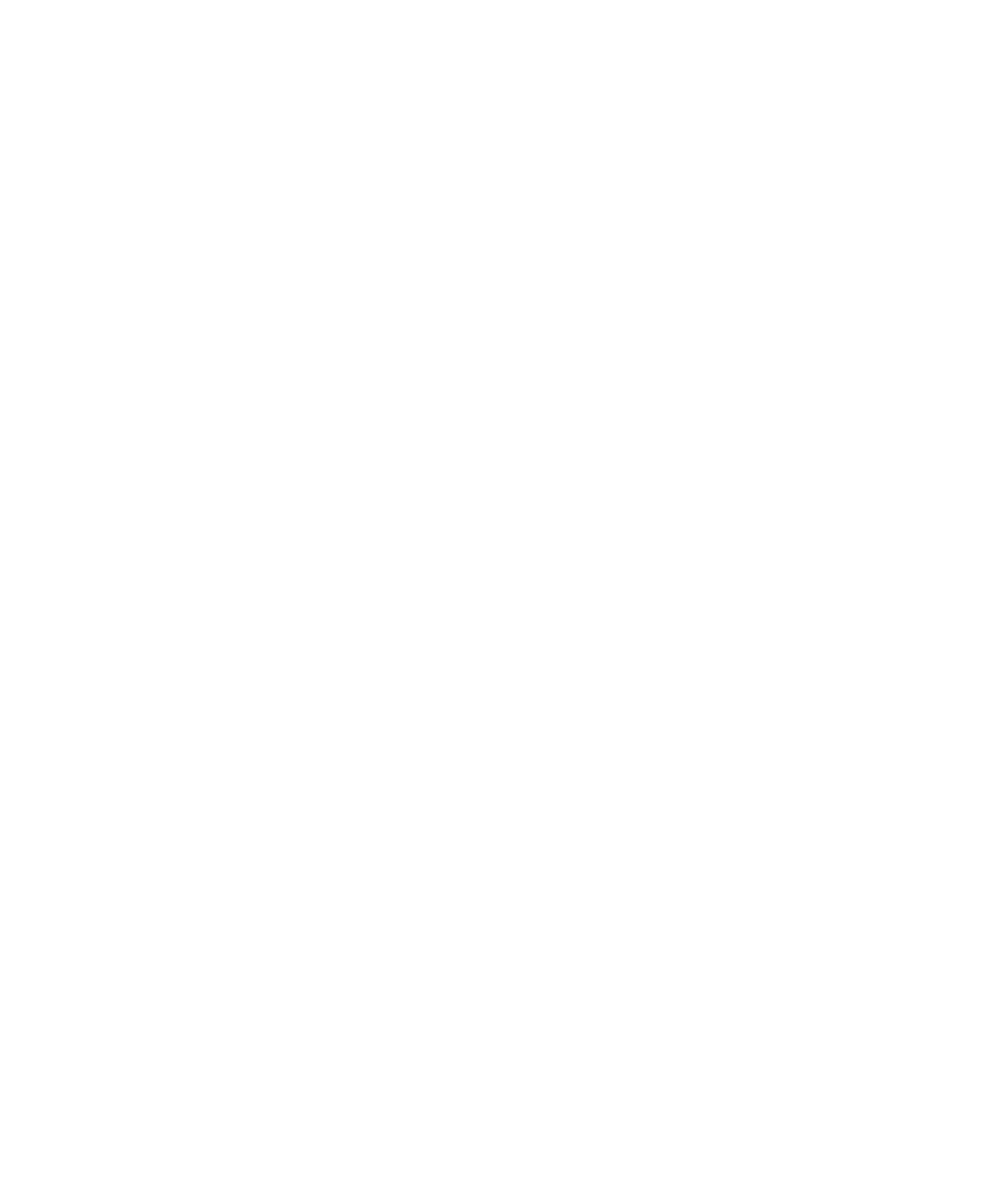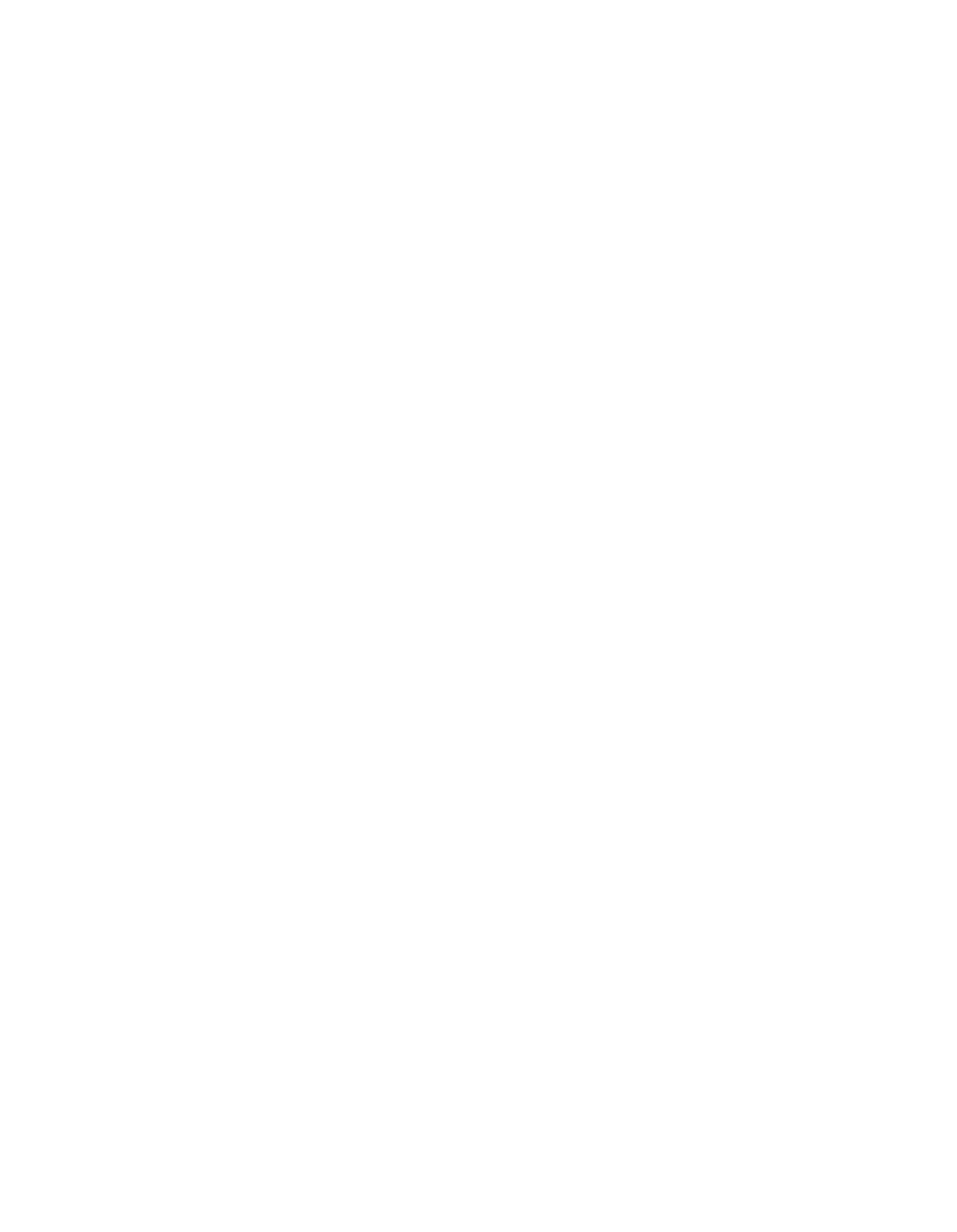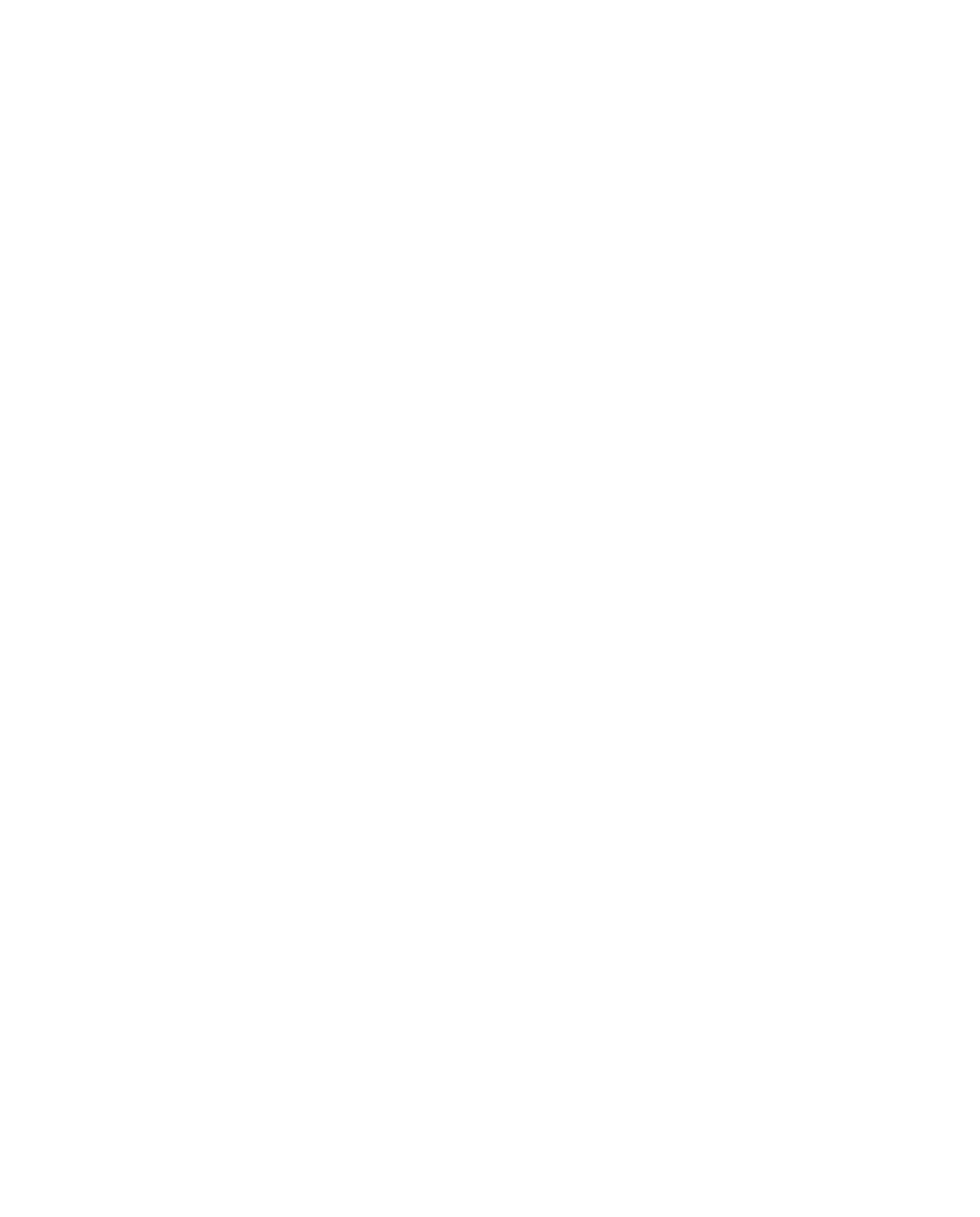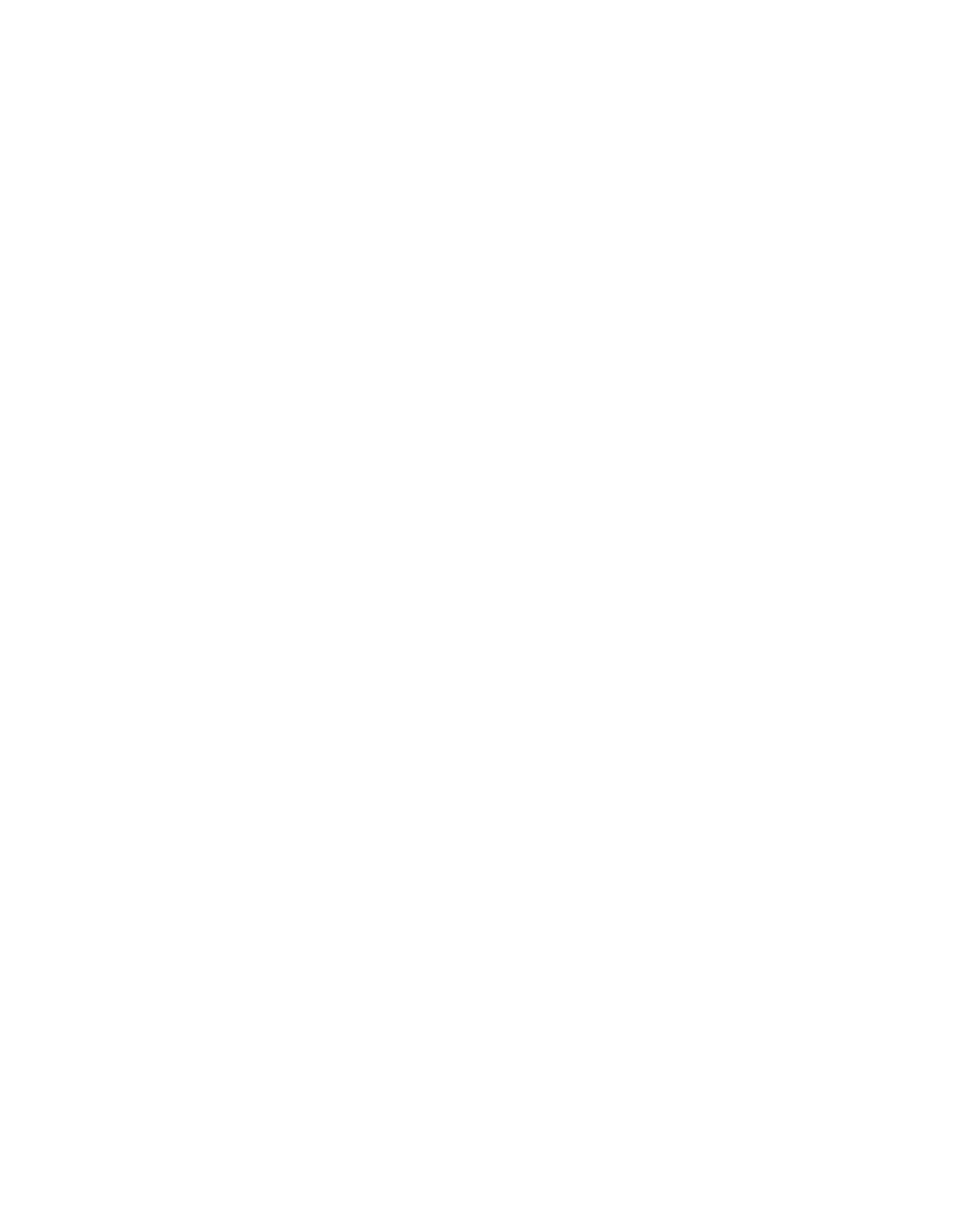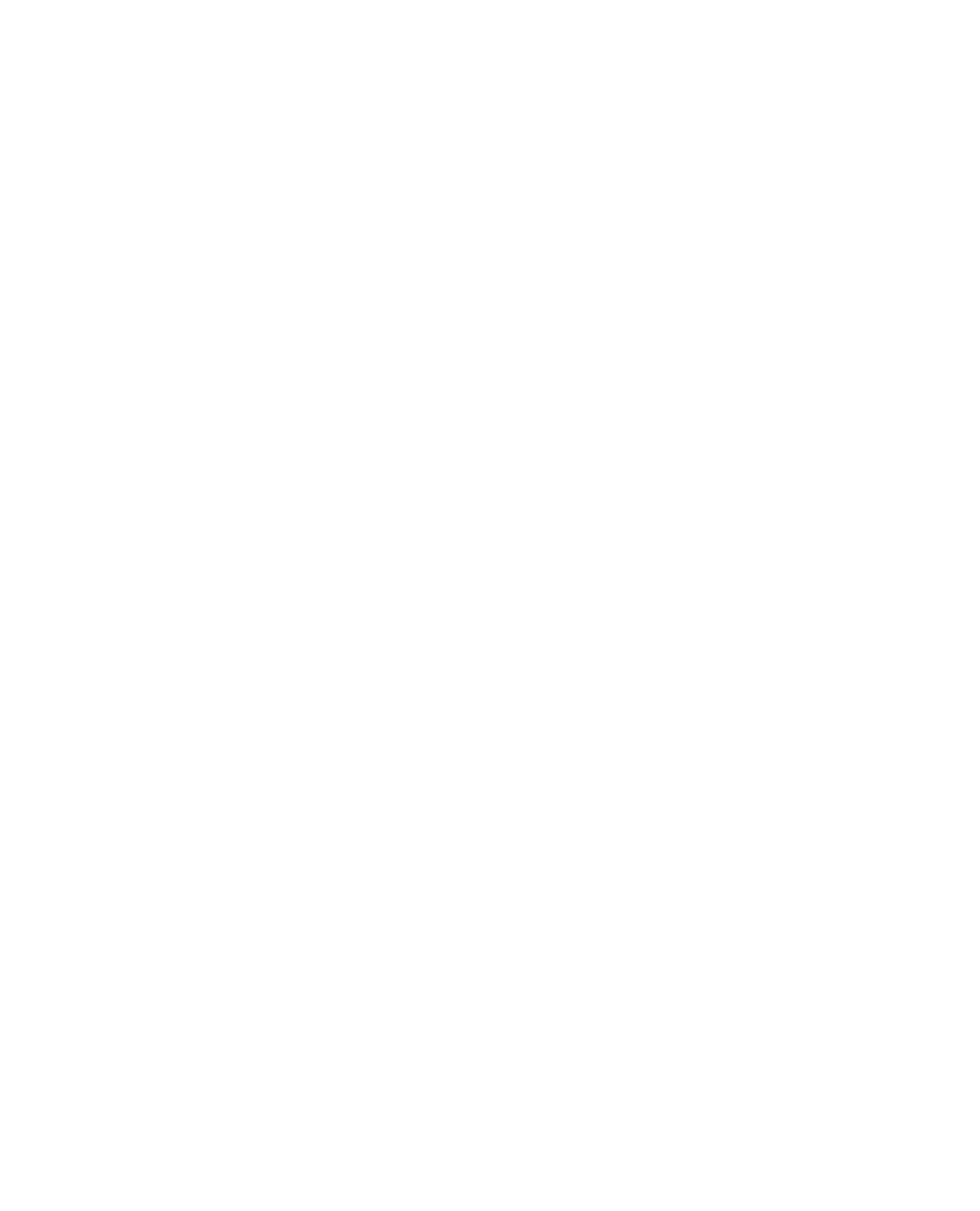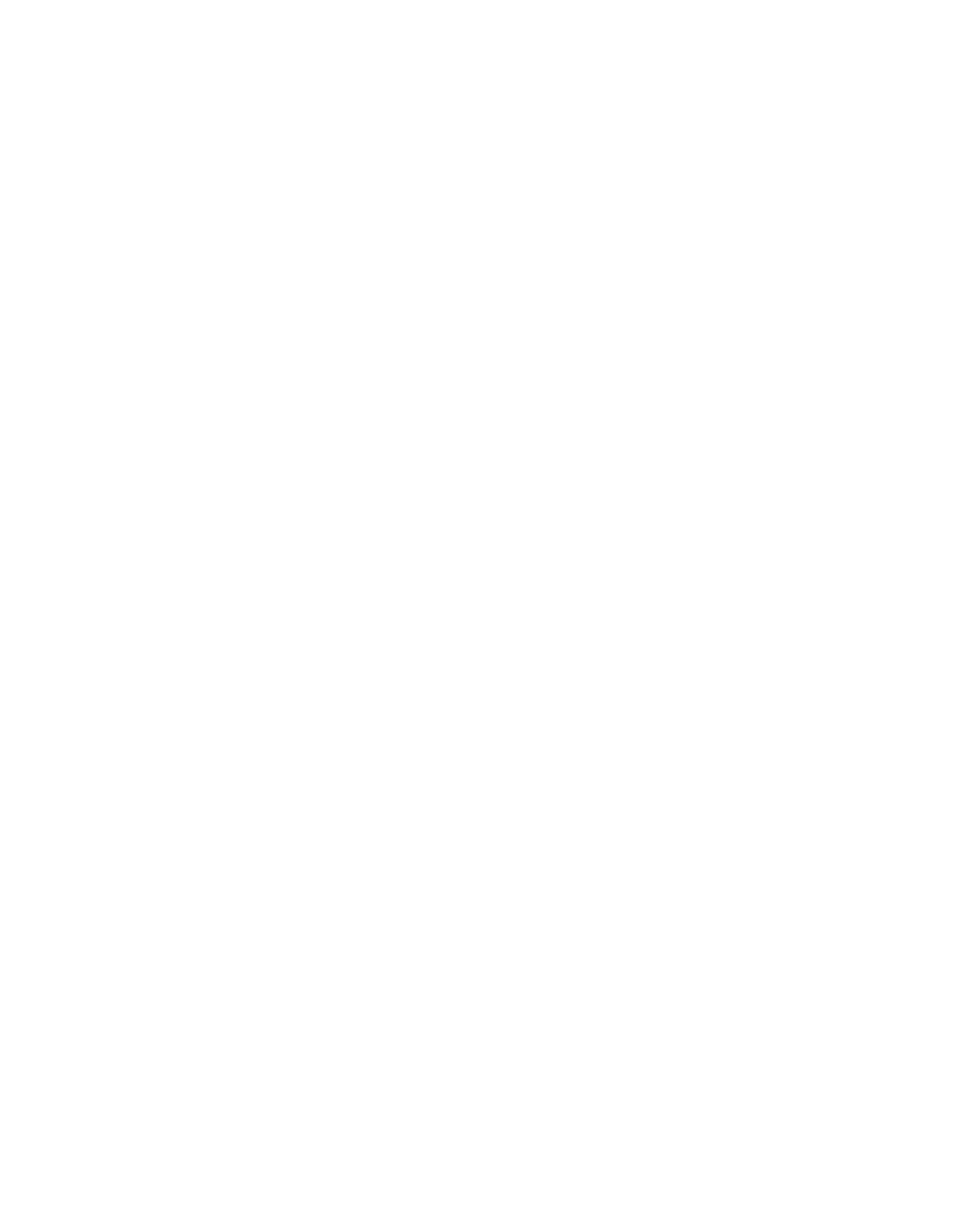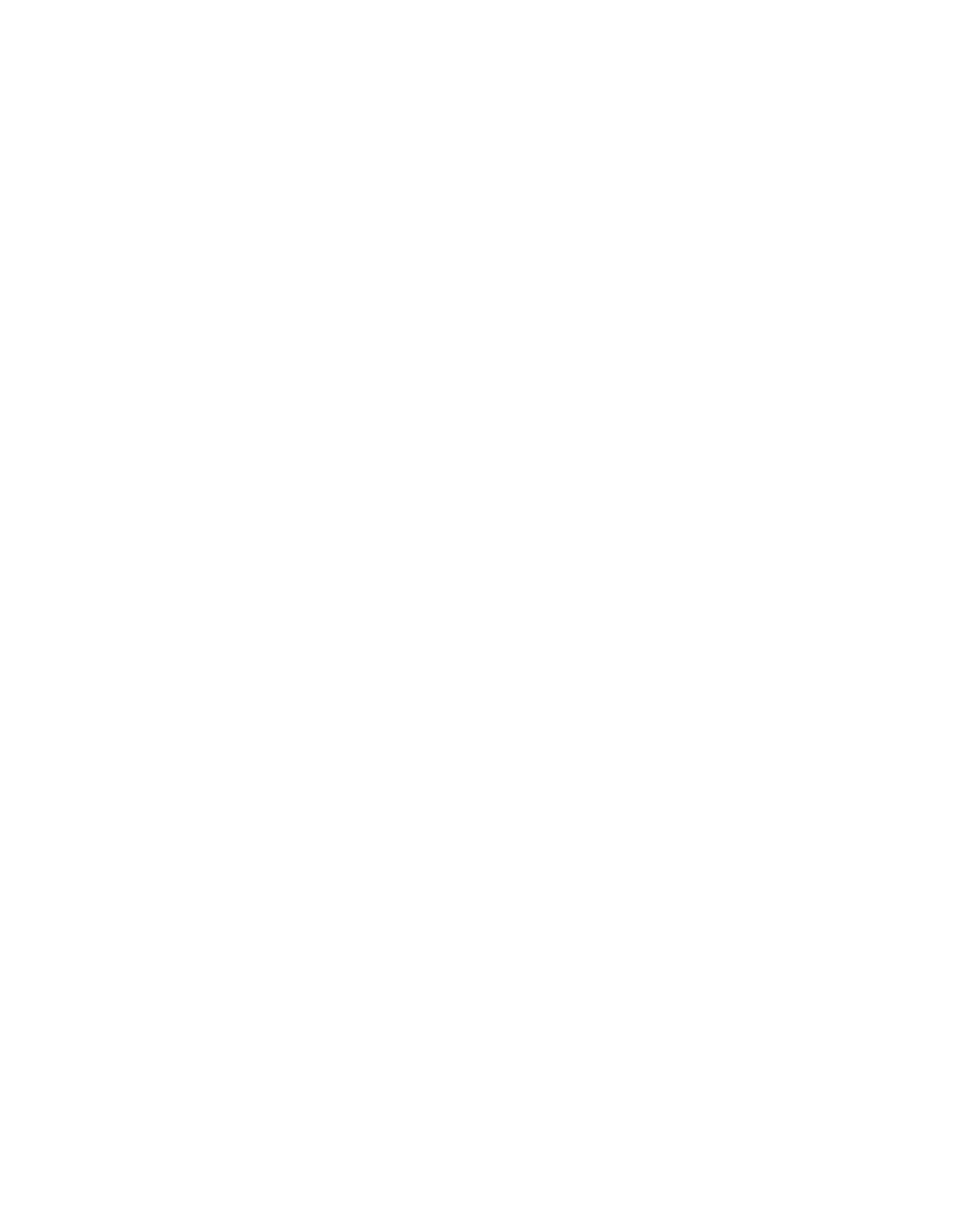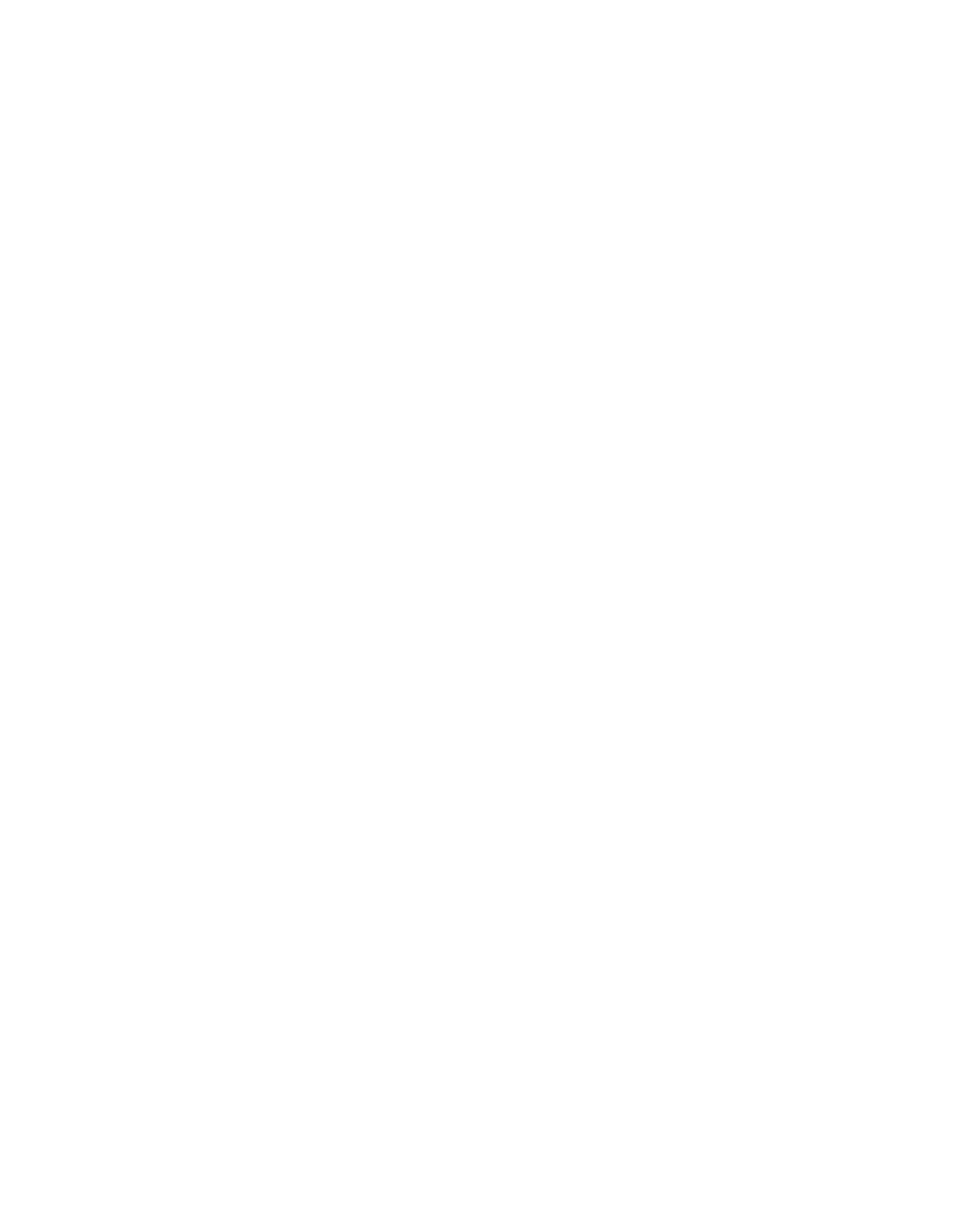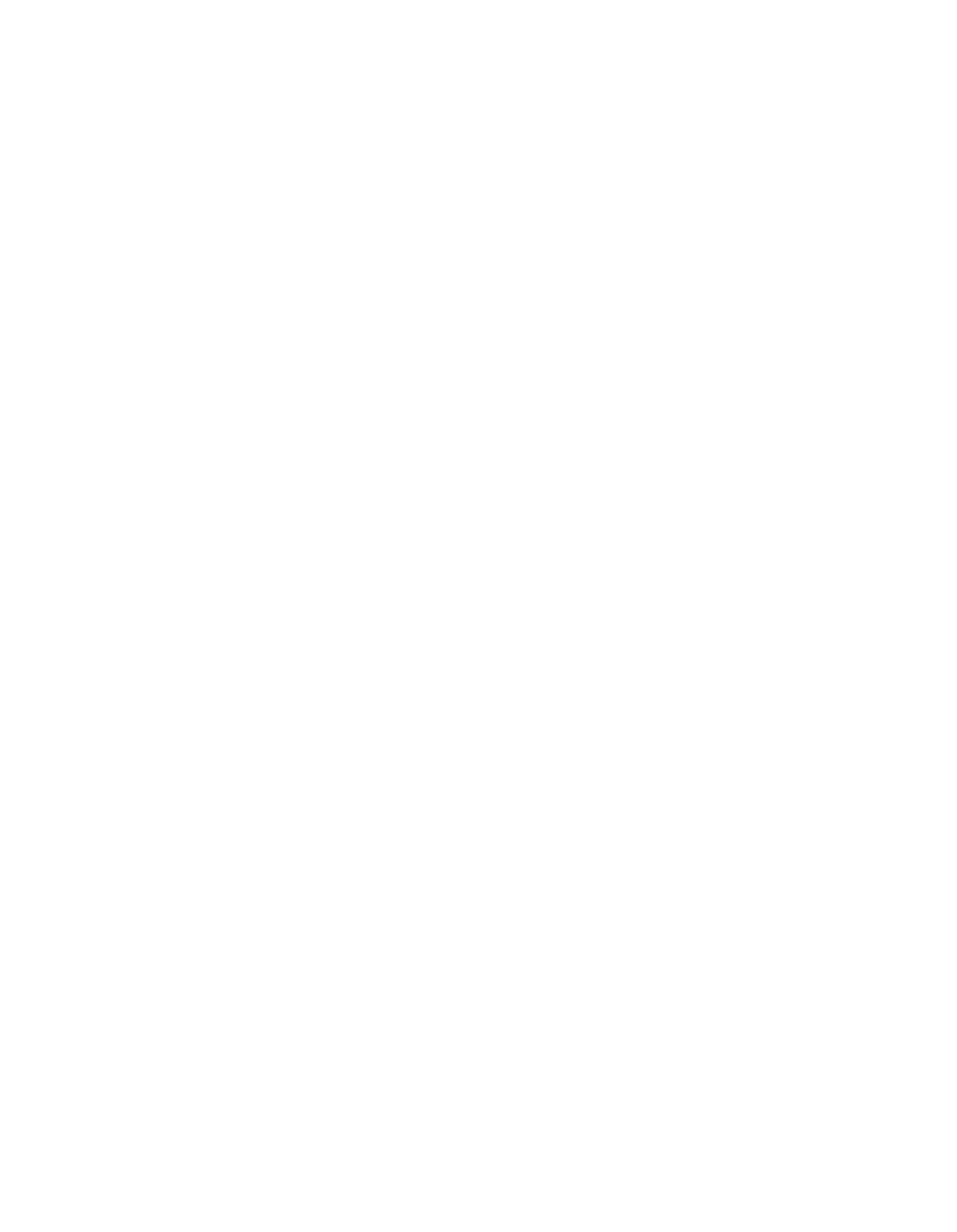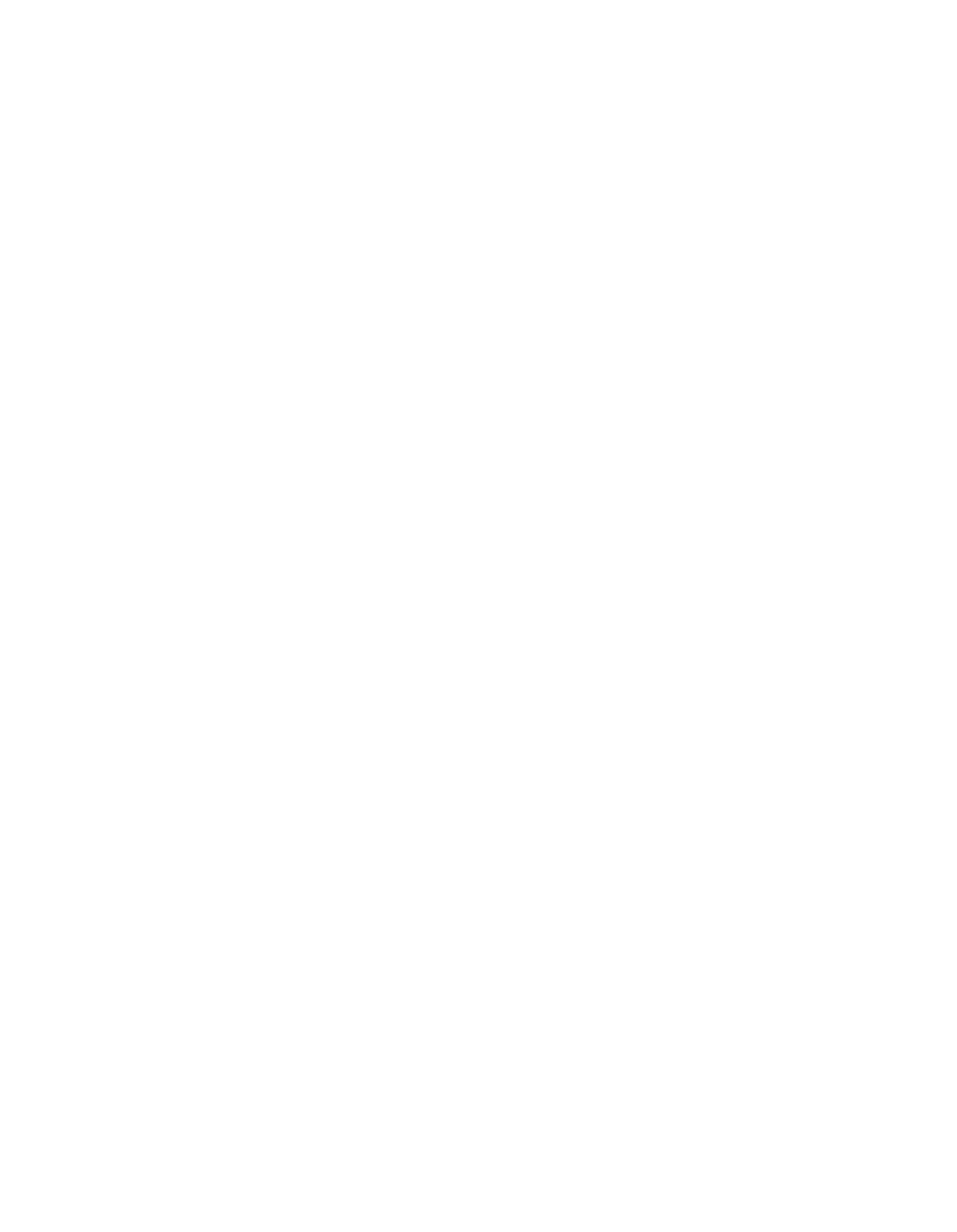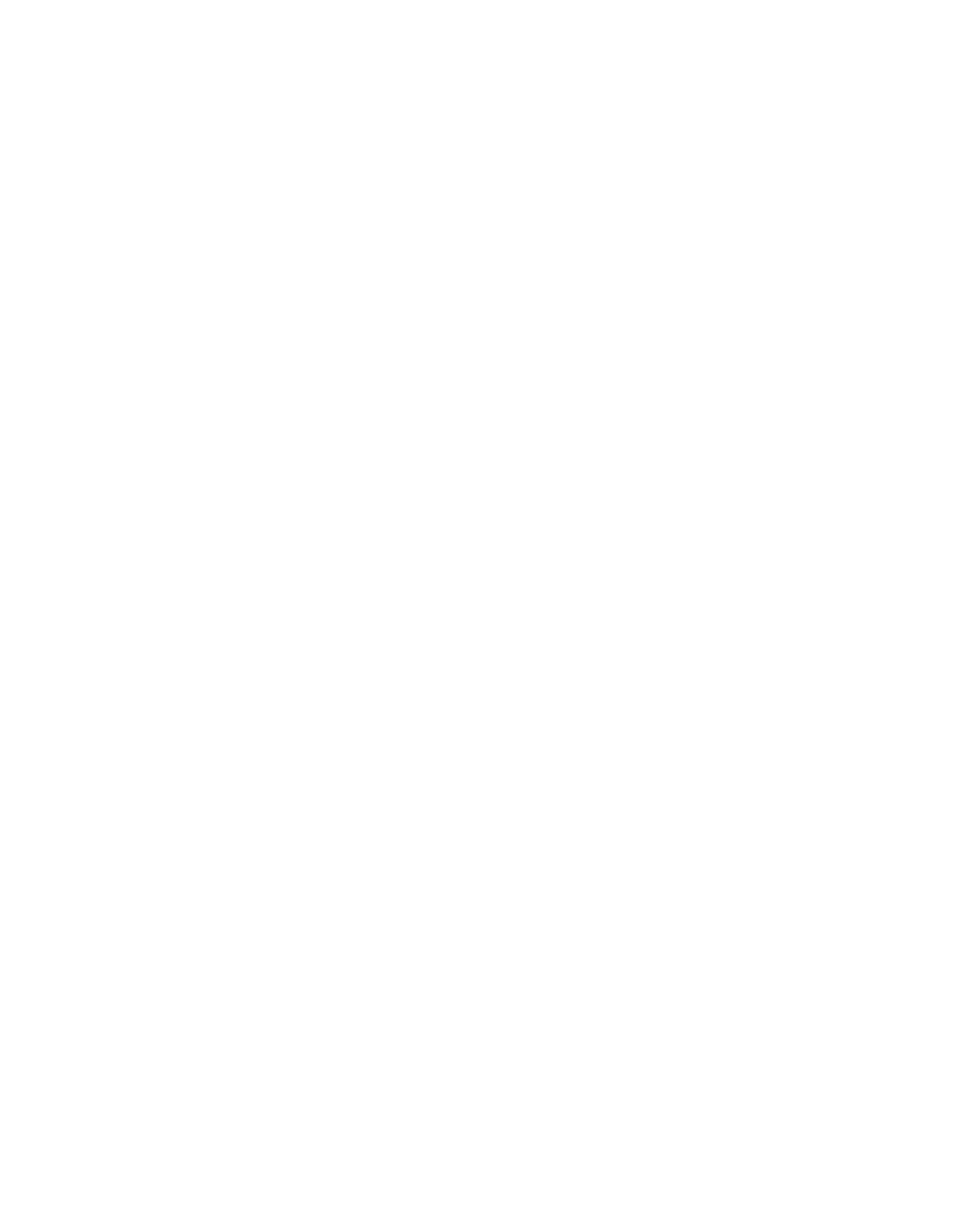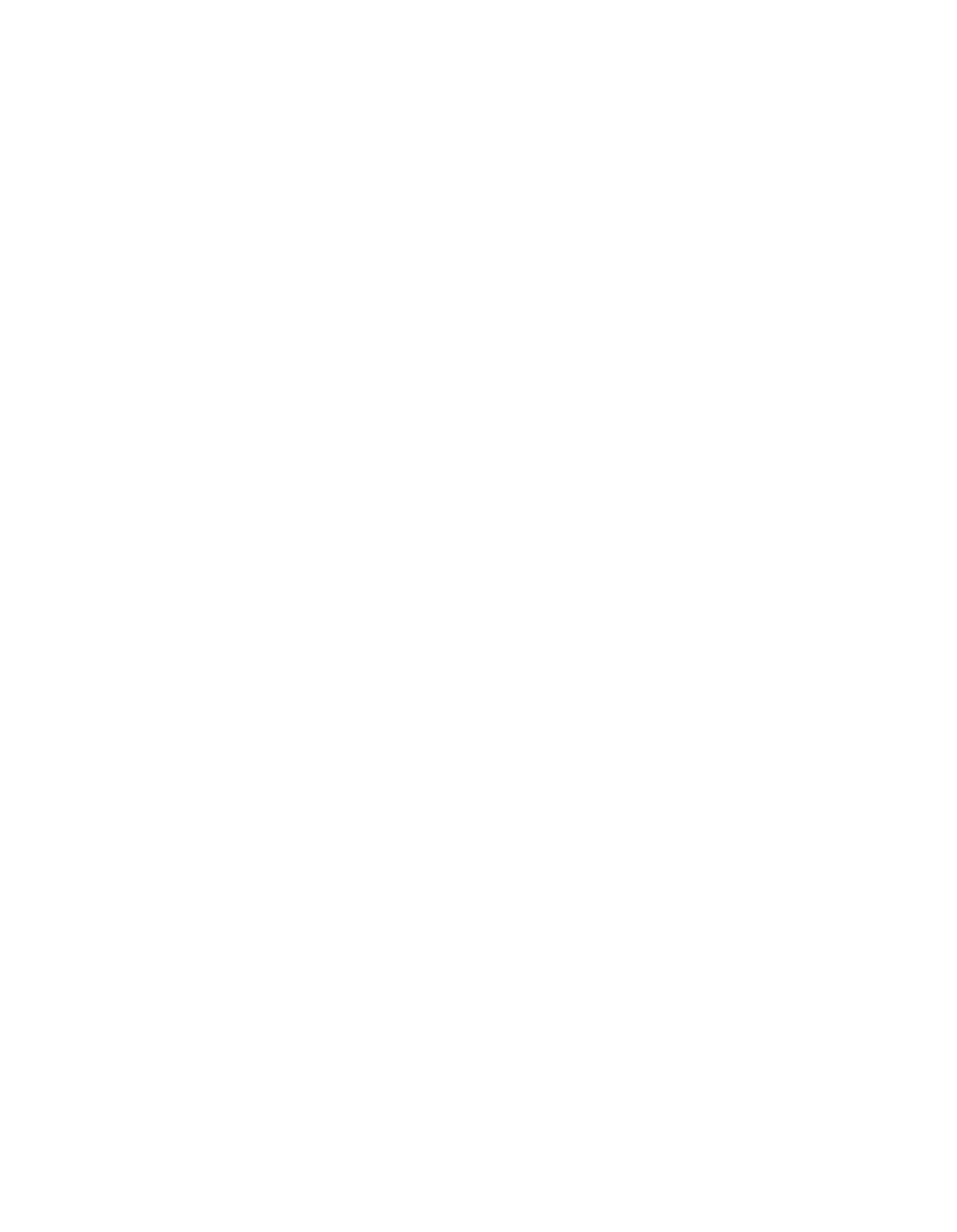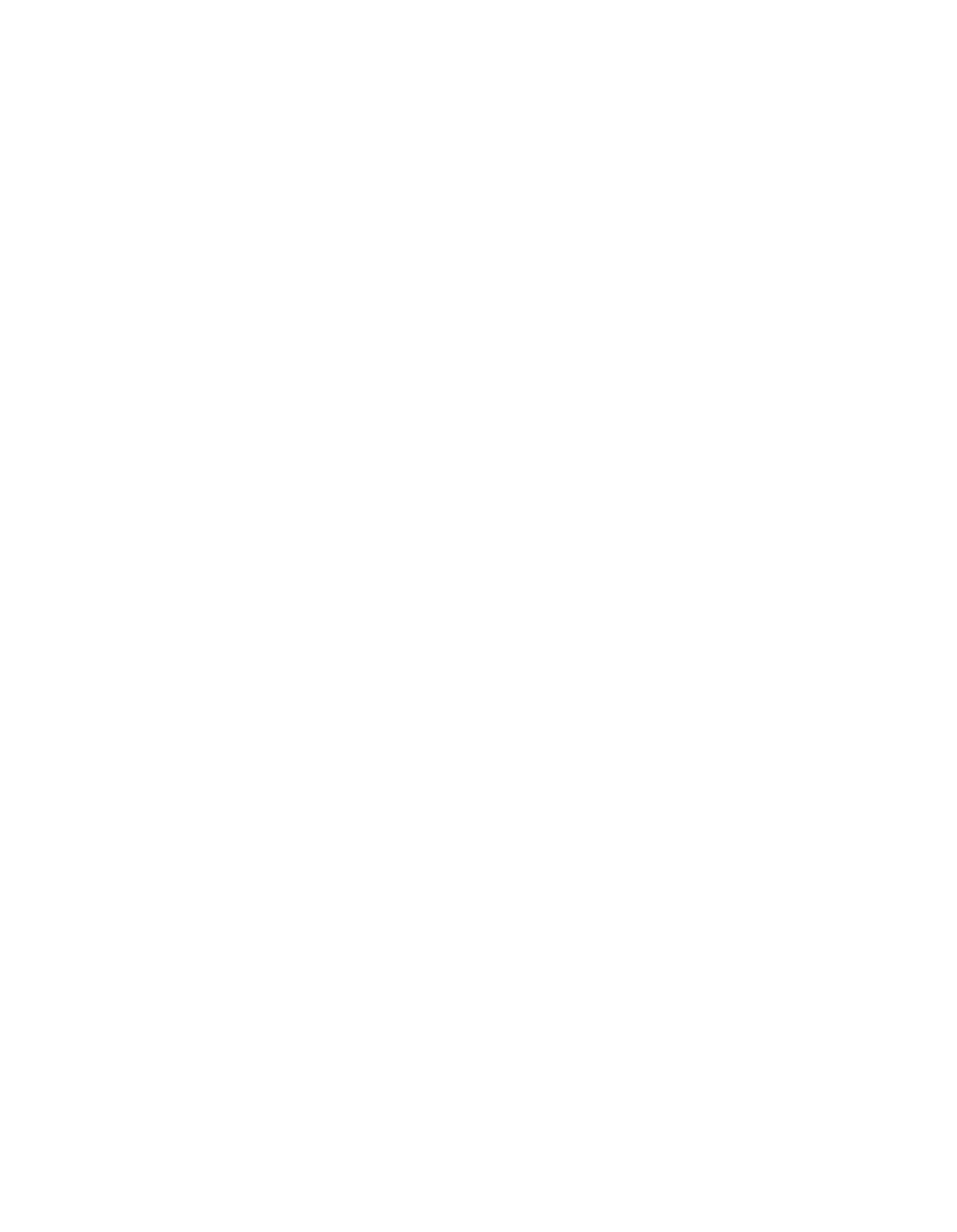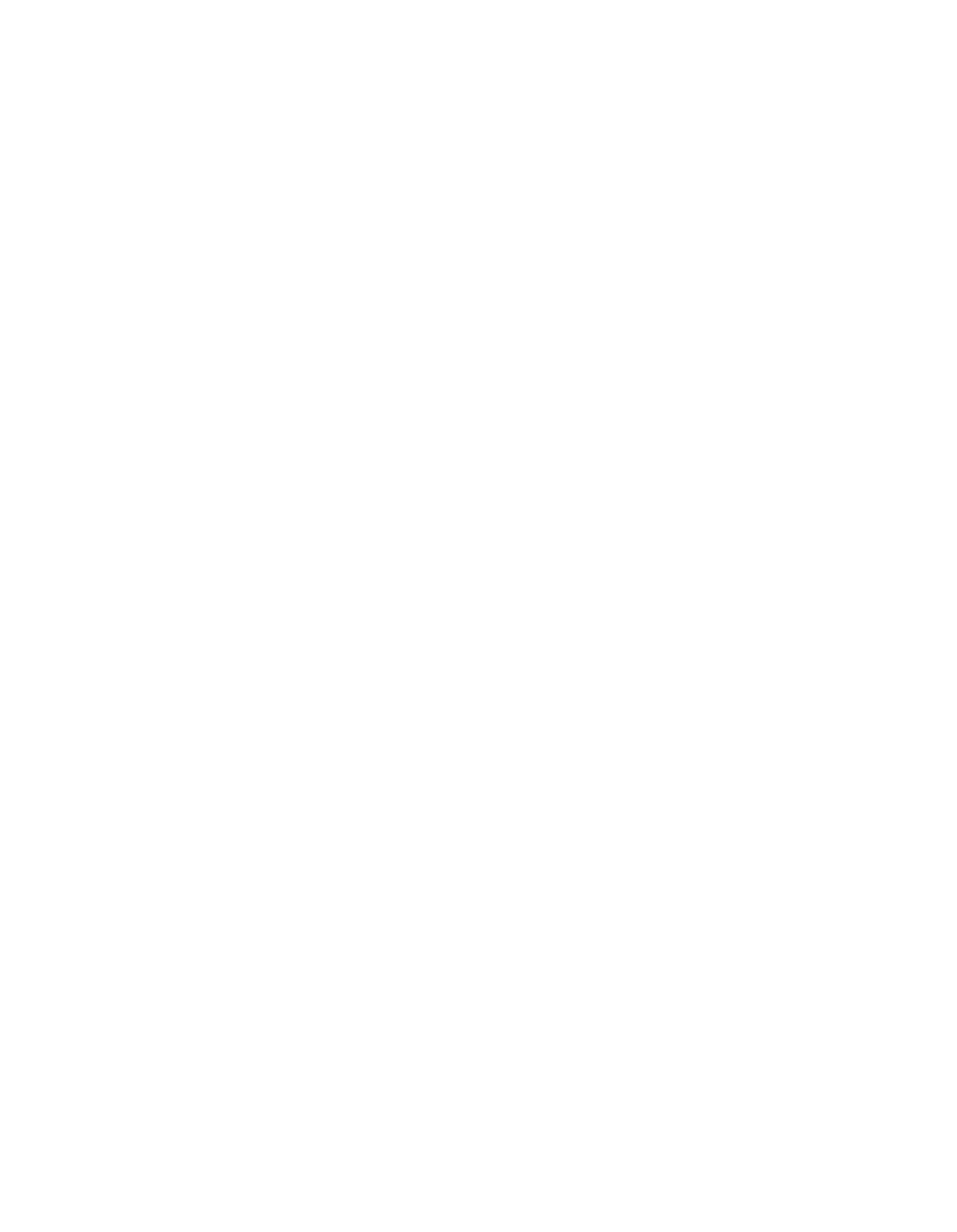ILLINOIS POLLUTION CONTROL BOARD
March 31,
1994
IN THE MATTER OF:
)
STEEL
AND
FOUNDRY INDUSTRY
)
R90-26
(Docket A
&
B)
AMENDMENTS TO THE LANDFILL
)
(Rulemaking)
REGULATIONS
(35 Ill.
Adin.
Code
810 through 815 and 817)
Protosed Rule.
Second First Notice.
SUPPLEMENTAL OPINION
AND
ORDER OF THE BOARD
(by R.
C.
Flemal):
This matter comes. before the Board upon a petition filed by
the Illinois Steel Group and the Illinois Cast Metal Association
(collectively as SFG).
The SFG proposes that the Board amend its
landfill regulations to give consideration to certain wastes
generated by the steel and foundry industries.
On September 23,
1993 the Board adopted the SFG proposal for
second first notice.
However,
the Board issued its September 23
opinion and order without commenting on the substantive merits of
the proposal.
Similarly, the Board had also issued its earlier
first first notice opinion and order without commenting on the
substantive merits of that proposal.
Accordingly, today the Board supplements these earlier
actions with a discussion of the proposed regulations.
The Board
takes this action because it desires that all interested persons
have an opportunity to review and comment on the Board’s
perspective prior to the proposal moving to second notice.
Pursuant thereto, the Board will entertain additional comment on
the proposal for a two-week period beginning today.
Barring
unforeseen circumstances, the Board intends thereafter to move
the proposal to second notice as soon as
is practicable
consistent with the time necessary to respond to any new
comments.
Today’s discussion also addresses changes that the Board is
entertaining for inclusion in the second notice proposal.
These
changes are proposed in response to concerns raised at hearings
and in public comments, including comment of the Administrative
Code Division
(PC. #15).
To assist the interested person in
following these changes, today’s opinion is accompanied by a copy
of the proposed regulations in which the Board’s contemplated
substantive departures from the second first notice proposal are
identified by redlining.
—2—
An aspect of the SFG’s overall proposal not contained in
today’s proposal are provisions regarding location restrictions
for potentially usable waste
(PUW)
landfills, proposed for
Section 817.309.
(PC. #19.)
For the reasons explained below,
the Board will consider the location restrictions
in Docket B,
which the Board creates by its order today.
PROPOSAL OVERVIEW
Today’s proposed regulations would add new Part 817 to the
Board’s waste disposal regulations.
Part 817 pertains solely to
wastes from the steel and foundry industries.
Today’s action
would also make several conforming amendments to existing Parts
807 and 810 through 815.
A principal feature of the proposed regulations is the
creation of three new waste classifications.
These
classifications apply only to nonhazardous waste streams produced
by the steel and foundry industries.
The new waste classes are
proposed in place of the “inert waste” class in the Board’s
current regulatory scheme.
(35 Ill. Adm. Code 810 through 815)
The “chemical and putrescible waste” class
in the present
regulatory framework would remain in place and apply to those
steel and foundry industry wastes not meeting the industry
specific waste classification.
The proposed regulations specify requirements for the
disposal of each class of waste, and additionally include
standards for operation, monitoring, and closure of landfill
units accepting each class of waste.
PROCEDURAL HISTORY
On December
3,
1990 the SFG filed its initial proposal to
amend the Board’s nonhazardous solid waste landfill regulations
found at 35 Ill.
Adin.
Code Parts 810-815,
as adopted in Docket
R88-71.
Pursuant to 35 Ill.
Adm. Code 811.101(b)
the
applicability of the general landfill standards to new landfills
solely receiving wastes generated by steel and foundry industries
was to be delayed if regulations of general applicability for
that industrial category were filed with the Board no later than
December 1,
1990.
The SFG filed additional information on February 4,
1991 in
response to a December 20,
1990 Board order.
Without reviewing
the merits of the SFG’s proposal, the Board adopted on February
1 In re Development, Operating and Reporting Requirements
for Non-hazardous Waste Landfills R88—7,
114 PCB 483, August 17,
1990.
—3—
7, 1991 a first notice opinion and order; the proposal was
published in the Illinois Register on March
1,
1991 at 17
Ill.
Reg. 3166
(Part 811),
3155
(Part 814), and 3173
(Part
817).
Hearings were held before Hearing Officer Deborah A. Stonich on
May 29, June 7, and June 21, 1991
(the latter two having been
consolidated with R90-25,
a similar proposal, since dismissed,
filed by the Illinois Utility Group with regard to disposal of
fly—ash).
A first amended proposal was filed by the SFG on May 13,
1991.
After filing a discussion draft on June 24,
1992,
the SFG
filed a second amended proposal on March 4,
1993; further
documentation was filed on May 13,
1993
in response to a March
26,
1993 hearing officer’s order.
On September 23,
1993 the Board authorized publication of a
second first notice consisting of the SFG’s second amended
proposal.
The proposal was published in the Illinois Register on
October 15,
1993.
(17 Ill. Reg.
17644 et seq.)
The Board issued a correction order on December 2,
1993 that
authorized the publication of a list of definitions as submitted
by the proponents.
The corrections appeared in the Illinois
Register published on December 17,
1993.
(17 Ill.
Reg. 21878 et
seq.)
Hearings on the second first notice proposal were held
before Hearing Officer Kathleen M. Crowley on October
1 and
November 19,
1993.
The last of the final comments concerning the
proposed regulations were received by the Board on January 31,
1994.
DOCKET B
The Board is today opening Docket B in this rulemaking to
consider additional location standards for potentially usable
waste landfills.
These location standards have been proposed by
the SFG in response to concerns raised by the Board at hearing2.
The SFG sets out the proposed location standards as a new
section of Part 817; the Board believes that this
is the correct
format.
However, because it is a new section not heretofore
first noticed, the Board is prohibited from immediately moving
the section for second notice,
as
it anticipates doing with the
proposal as a whole.
Under these circumstances, the best
procedure is to allow the proposal as a whole and the proposed
new location standards section to each move forward on their own
schedule.
2 The interested person is directed to the Board’s opinion
and order of this same date in Docket B for a full discussion of
the location standards provision.
—4—
MERIT HEARINGS/PUBLIC COMMENT
The Board has held five hearings3 in this rulemaking to
discuss the merits of the SFG’s proposal.
The SFG’s initial
proposal (filed on 2—4-91), and the first amended proposal
(filed
on 5-13-91) were the subject of the first set of three hearings
held in 1991.
To expedite the proceedings, the participants were
required to file written questions concerning the SFG’s proposal.
Questions were filed by the Agency
(Exh.
14) and the Board’s
technical staff
(Exh.
13).
The proponents provided written
answers to the preflied questions (Exh.
15) and presented expert
testimony at hearing in support of the proposed regulations.
The testimony presented by the proponents raised a number of
issues not resolved at hearing.
In responding to these issues,
the SFG stated that it would undertake some additional studies
and work with the Agency to address the unresolved issues.
Further,
the SFG noted that it would address the issues
concerning the initial proposal in an amended proposal.
The SFG’s second amended proposal, which is the proposal
currently before the Board, was the subject of the last two
hearings held in 1993.
Again, the participants were required to
preflie written questions concerning the proposed regulations.
Questions were filed by the Agency
(Exh.
59), and the Board’ s
technical staff
(Exh.
56).
The proponents answered the
participants’ prefiled questions at the hearings.
In addition to the testimony and technical information
presented at hearings, the Board has received twenty-one
(21)
public comments
(PC.)
since the initiation of this rulemaking in
December 1990.
Of the twenty-one
(21) public comments, fourteen
(14)
(PC. #8 through #21) were filed in response to the Board’s
second first notice proposal.
The Board extends its appreciation
to all commenters for their thoughtful contributions to today’s
proposal.
DISCUSSION
--
GENERAL
In the following portions of this opinion the Board will
discuss the major provisions involved in today’s amendments.
The Board has reviewed in detail the second first notice
proposal in conjunction with the record in this proceeding, which
includes the hearing testimony and public comments.
This review
forms the basis for the following discussion.
It also forms the
basis for a number of changes that the Board today proposes to
second first notice proposal.
~ The transcripts of the five hearings are cited to herein
respectively in the form “Tn.”,
“Tr2.”,
etc.
—5—
DISCUSSION
--
PART 810 AMENDMENTS
The purpose of this Part is to set out general requirements
applicable to all solid waste disposal facilities regulated
pursuant to 35 Ill.
Adm. Code 811 through 815.
Today’s action
would make conforming amendments to several of these
requirements.
Included
is the applicability statement at Section
810.101.
The proposed amendments also add a number of
definitions relating to steel and foundry landfills and several
new incorporations by reference.
Definitions
(Section 810.103)
These definitions were originally proposed under 35 Ill.
Adm. Code 817.102 but are today moved to Section 810.103.
See
discussion under Section 817.102 for the rationale behind the
relocation.
The terms proposed for addition are “beneficially
usable waste,” “foundry sand,” “iron slag,” “low risk waste,”
“potentially usable waste,” “slag”, and “steel slag.”
A “beneficially usable waste”
is defined as any solid waste
from the steel and foundry industries that will not decompose
biologically, burn,
serve as food for vectors, form a gas, cause
an odor,
or form a leachate that contains constituents that
exceed the limits for this type of waste as specified at 35 Ill.
Adm. Code 817.105.
“Foundry sand”
is defined as pure sand or a mixture of sand
and any additives necessary for use of the sand in the foundry
process, but does not include such foundry process by-products as
air pollution control dust or refractonies.
“Iron slag,” “slag” or “steel slag”
is defined as the fused
agglomerate which separates in the iron and steel production and
floats on the surface of the molten metal.
A “low risk waste”
is defined as any solid waste from the
steel and foundry industries that will not decompose
biologically, burn,
serve as food for vectors,
form a gas, cause
an odor,
or form a leachate that contains constituents that
exceed the limits for this type of waste
as specified at 35 Ill.
Adm. Code 817.105.
A “potentially usable waste”
is defined as any solid waste
from the steel and foundry industries that will not decompose
biologically,
burn,
serve as food for vectors, form a gas, cause
an odor, or form a leachate that contains constituents that
exceed the limits for this type of waste
as specified at
35
Ill.
Adm. Code 817.105.
Incorporation by Reference (Section 810.104)
—6—
The amendments to Section 810.104 includes the incorporation
by reference of two ASTM documents.
The first document is
entitled “Standard Test Method for Shake Extraction of Solid
Waste with Water”
(ASTM Method D3987-85),
which specifies the
procedure for leachate extraction.
The second document is also
an ASTM publication
(ASTM Method D2234-76), which specifies
procedures for collecting representative samples from waste
streams for leachate analysis.
The proponents have not yet provided that Board with copies
of the second ASTM document.
The Board requests the SFG to
submit copies of ASTM Method 02234-76 as soon as possible.
Failure to do so may require that the incorporation, and sections
that depend upon it, be deleted from the proposal for second
notice.
DISCUSSION
——
PARTS 807,
811,
812 and 813
The Board today proposes a number of minor changes to its
existing regulations for solid waste management
(Part 807),
new
solid waste landfills
(Part 811), permit application
informational requirements
(Part 812),
and permitting
requirements
(Part 813).
These changes make the applicability
provisions of the existing regulations compatible with the newly
proposed part 817.
DISCUSSION
--
PART 814 AMENDMENTS
This Part specifies standards applicable to all existing
landfills, which include facilities that are not considered to be
new as defined at 35 Ill.
Adin. Code 810.103.
The existing
regulations under Part 814 prescribe standards for inert waste
landfills, and chemical and putrescible waste landfills.
Also,
Part 814 provides that,
based on an existing landfill’s ability
to meet interim standards, that initiation of closure could be
required within two or seven years after the effective date of
the existing regulations.
The proposed amendments to Part 814 adds three new Subparts,
which specify standards for existing steel and foundry landfills.
These amendments mirror the existing Part 814 regulations as they
apply to inert waste,
and chemical and putrescible waste
landfills.
That is, standards for
LRW
landfills mirror the
chemical and putrescible regulations,
and standards for
PUW
landfills parallel the existing inert waste regulations.
The
main difference is that existing regulations under Part 814
reference the standards specified in Part 811, whereas the
proposed amendments cross—reference the standards proposed under
Part 817.
The Board finds this regulatory format acceptable
since Part 817 specifies standards appropriate for steel and
foundry landfills.
—7—
The Board notes that the SFG did not propose any changes or
modifications to the existing regulations in Part 814.
As
proposed, the existing steel and foundry landfills would be
subject to the general requirements specified in Part 814.Subpart
A and the appropriate standards specified under the proposed Part
814.Subparts F,
G,
H, and I.
Therefore, the Board will not
discuss the existing regulations, except to note that all the
time limitations specified in Part 8l4.Subpart A concerning
filing of Agency notifications, permit applications, etc., start
from the effective date of the proposed regulations for steel and
foundry landfills.
In this regard, the Board also notes that the
interim period before initiation of closure of steel and foundry
facilities
(2 or 7 years)
also starts from the effective date of
the proposed amendments.
Before proceeding to the Section-by-Section discussion,
the
Board will address certain general issues associated with the
proposed amendments to Part 814 regulations.
Tjpfront Determination of Existing Landfill Classification
Although the proposed amendments to Part 814 prescribe
standards
for landfills that accept PUN and LRW, they do not
contain provisions for upfront determination of the landfill
classification.
The Board asked the proponents to comment on
whether such provisions should be added to the proposed
regulations.
(Tr4. at 45.)
In response, the SFG noted that even
though classification requirements are not included in Part 814,
they are specified in Sections 817.305(e)
and 817.409(1).
The
Board notes these reclassification provisions would apply only
after a landfill is classified as either a PUN landfill or a LRW
landfill.
The Agency has also expressed concern regarding this aspect.
The Agency states that all existing landfills must be classified
pursuant to procedures of proposed Sections 817.104 and 817.105
by collecting a representative sample of undiluted and
unattenuated landfill leachate in the same manner specified in
proposed Section 817.103(b) (3), or, alternatively, collecting
representative samples of in—situ landfiLl. waste by means of a
core sampling program.
(PC.
#20.)
The Board believes that it is necessary that the landfill
classification be determined before deciding which standards are
applicable.
Especially,
since the existing landfills were not
classified on the basis of leachate quality prior to this
rulemaking.
Therefore, the Board has added
a provision in Part
814.Subparts F,
G,
and
I that requires upfront classification of
the existing landfills.
Regulations for Continued Operation of Existing PUN Landfills
—8—
The Board notes that the proposed amendments do not specify
standards for continued operation of PUN landfills.
At the
October
1,
1993 hearing,
the Board requested the SFG to explain
why standards were not proposed for
PUW
landfills.
(Tr4. at
114.)
The SFG explained that any existing source would be able
to comply with the PUN landfill regulations under Part
8l7.Subpart
C, so there was no reason to specify any regulations.
(Tr4.
at 114-115.)
However, to address Board concerns the SFG
submitted a new Subpart that prescribe the standards for
operation of PUN landfills.
(Exh.
63 at 2.)
Today’s proposal
includes the additional requirements applicable to PUN landfills
at Part 814.Subpart I.
Part 814.Subpart F: Standards for Low Risk Waste Landfills
that MaY Remain Open for More than Seven Years
Scope and A~p1icabi1ity(Section 814.601)
The proposed standards of this Subpart are applicable to all
existing
LRW
landfills,
including those exempt from permit
requirements in accordance with Section 21(d)
of the Act, that
have accepted or accept LRW.
As discussed above, the Board has
added in today’s proposal a provision at Section 814.601(c) that
requires an operator of an existing landfill to demonstrate that
the landfill meets the classification criteria for
LRW
in order
to be regulated under this Subpart.
This additional requirement
is consistent with the Agency’s recommendations.
Landfill units
which are unable to comply with the
LRW
classification criteria
will be subject to the chemical and putrescible waste regulationE
at Part 814.Subparts C,
D, or E.
An existing landfill accepting
LRW
that meets the
classification criteria for
LRW
is subject to the standards
specified in this Subpart if:
it remains open beyond seven years
after the effective date of the proposed amendment,
and is able
to meet the requirements specified in Section 814.602.
Landfill
units that are unable to comply with the requirements of this
Subpart are subject to the requirements of Part 814.Subpart G or
H.
Applicable Standards (Section 814.602)
The
LRW
landfill units are required to meet the standards
for new units proposed in 35
Ill.
Adm. Code 817 except for the
exemptions specified in Section 814.602(a).
The major exemptions
are location standards,
foundation and mass stability analysis
standards,
the liner and leachate drainage and collection
requirements of Part 817, final cover requirements, and the
comprehensive hydrogeological site investigation requirements.
However, the proposed regulations require hydrogeologic
information sufficient to establish a groundwater monitoring
program and to establish background concentrations.
In addition,
—9—
the existing
LRW
units are subject to requirements specified at
Section 817.602(b)
relating to leachate management, protection
against slope failure,
and calculation of the design period for
purposes of financial assurance.
As noted above, the proposed requirements under Subpart F
mirrors those specified at 35 Ill. Adm. Code 814.Subpart C for
existing chemical and putrescible waste landfill units, except
for some changes regarding leachate management at Section
817.602(b)(1).
The Board notes that the proposed regulations do
not require a leachate collection and transport system if the
facility provides “proof” that federal MCLs will not be exceeded
at the compliance boundary.
The Board asked the proponents to explain why federal MCLs
are used as benchmark instead of the applicable groundwater
quality standards.
Also, the Board requested the SFG to comment
on whether a groundwater impact assessment would constitute the
“proof” required by Section 814.602(b) (1).
(Tr4. at 115.)
In
response, the SFG provided language changes to address Board
concerns relating to the use of federal MCLs.
(Ex. 63 at
1.)
Regarding the “proof” required to demonstrate compliance with the
applicable groundwater quality standards, the SFG stated that a
groundwater impact assessment performed in accordance with the
proposed regulations at 35
Ill. Adm. Code 817.413 would be
appropriate.
(Tr4. at 116.)
The Board has made changes in today’s proposal to address
the above concerns.
Today’s proposal also includes minor
language changes at Section 817.602(a) (5), which clarify that
background concentrations must be determined for the purpose of
establishing maximum allowable predicted concentrations and not
groundwater quality standards, as specified in the existing
regulations.
Part 814.Subpart
G:
Standards for Low Risk Waste Landfills
That Must Initiate Closure Within Seven Years
Score and Applicability
(Section 814.701)
The proposed standards of this Subpart are applicable to all
existing
LRW
landfills,
including those exempt from permit
requirements in accordance with Section 21(d)
of the Act, that
remain open beyond
2 years but no longer than 7 years after the
effective date of the proposed amendments.
Again, the Board
notes that
it has added
in today’s proposal a provision at
Section 814.701(c)
that requires an operator of an existing
landfill to demonstrate that the landfill meets the
classification criteria for
LRW
in order to be regulated under
this Subpart.
This additional requirement
is consistent with the
Agency’s recommendations.
Landfill units which are unable to
comply with the
LRW
classification criteria will be subject to
—10—
the chemical and putrescible waste regulations at Part
814.Subparts C,
D, or E.
An existing
LRW
landfill that meets the classification
criteria for
LRW
would be subject to the standards specified in
this Subpart if:
it remains open beyond
2 years but no longer
than 7 years after the effective date of the proposed amendments,
and is able to meet the requirements specified in Section
814.702.
Landfill units that are unable to comply with the
requirements of this Subpart are subject to the requirements of
Part 8l4.Subpart H.
A~plicab1eStandards
(Section 814.702)
The
LRW
landfill units are required to meet the standards
for new units proposed in 35 Ill. Adm. Code 817, except for the
exemptions specified in Section 814.702(a).
The major exemptions
are location standards, foundation and mass stability analysis
standards, the liner and leachate drainage and collection
requirements, the hydrogeological site investigation
requirements, the groundwater impact assessment standards,
the
groundwater monitoring requirements, and the groundwater quality
standards of 35 Ill. Adm. Code 817.416.
In addition, the
existing
LRW
units are subject to requirements specified at
Section 817.702(b), which include prohibition against expansion
of the facility or accepting new special wastes, groundwater
standards as specified in Section 814.702(b) (3)
,.
and calculation
of the design period for purposes of financial assurance.
As noted above, the proposed requirements under Subpart G
mirror those specified at 35 Ill.
Adin. Code 814 .Subpart D for
existing chemical and putrescible waste landfill units, except
for the change concerning acceptance of new special wastes.
Section 814.702(b) (2) allows a unit to apply for supplemental
waste stream permits to accept additional waste streams only as
long as the wastes are similar or have compatible chemical makeup
to the wastes previously disposed in the unit.
Waste Management,
Inc.
(WMI)
states that no new supplemental waste stream should be
allowed, so as to be consistent with the existing regulations at
Part 814.Subpart D for units that must initiate closure within
seven years.
(PC.
18.)
The Board agrees with WMI.
The Board notes that the SFG has
not provided any justification for allowing the acceptance of new
special Waste streams at units that are required to close within
seven years.
Further, proposed Section 814.702(b) (2)
is not
clear.
There
is no criteria to determine that additional waste
streams are of a “similar and compatible makeup” to wastes
previously disposed in the unit.
In view of this the Board has
made changes to today’s proposal at Section 814.702(b) (2) that
prohibits an operator from applying for supplemental waste stream
permits.
The Board has also corrected a typographical error at
Section 814.702 (a) (1).
—11—
Part 814.Subpart H: Standards for PUN Landfills
and Low Risk Waste Landfills That Must Initiate
Closure Within Seven Years
The proposed standards of this Subpart are applicable to all
existing PUN and
LRW
landfill units,
including those exempt from
permit requirements in accordance with Section 21(d)
of the Act,
that are unable to meet the requirements of Part 8l4.Subparts
F,
G or I,
or are scheduled to begin closure within two years of the
effective date of this Section.
These units are subject to the
existing Part 807 standards for operation and closure of landfill
facilities.
The requirements proposed in this Subpart parallel those
specified at Part 814.Subpart E.
The Board retains the proposed
regulations under Subpart H with minor clarifying changes to the
Subpart heading.
Part 814.Subpart I:
Standards for PUN Landfills
That May Remain Open for More Than
Two
Years
Scope and Applicability
(Section 814.901)
The proposed standards of this Subpart are applicable to
existing PUN landfills,
including those exempt from permit
requirements in accordance with Section 21(d)
of the Act, that
remain open beyond 2 years.
The Board has added in today’s
proposal two additional requirements to the language proposed by
the SFG to clarify the applicability of the proposed Part
814.Subpart
I.
Section 814.901(b) clarifies that landfill units which are
unable to comply with the standards of this Subpart must initiate
closure in accordance with the requirements of Part 814.Subpart
H.
Section 814.901(c) requires an operator of an existing
landfill to demonstrate that the landfill meets the
classification criteria for LRW in order to be regulated under
this Subpart.
This additional requirement
is consistent with the
Agency’s recommendations.
Landfill units that are unable to meet
the PUN classification criteria will be subject, depending on the
leachate concentrations, to either the
LRW
landfill regulations,
or the chemical and putrescible waste landfill regulations.
Applicable Standards (Section 814.902)
An existing facility accepting PUN is subject to all the
requirements proposed for a new PUN landfill at 35
Ill. Adm. Code
817.Subpart
C.
The Board notes that the proposed standards
mirror those specified for inert waste regulations at Part
—12—
814.Subpart
B.
The only exception is that the proposed
regulations at Section 814.902(b)
allow the use of leachate
extracted from core waste samples obtained from the unit,
if it
is not possible to obtain actual leachate samples.
DISCUSSION
--
PART 815 AMENDMENTS
This Part sets forth the informational requirements for
landfills exempt from permits pursuant to Section 21(d)
of the
Act.
The SFG recommends and the Board accepts amendments to
certain Sections in this Part to make the requirements of this
Part applicable to steel and foundry landfills.
The proposed
amendments affect Sections 815.202 and 815.401.
The Board notes that the first notice language at Section
815.202, which specifies the filing deadline, had some ambiguity.
The proposed language changes are intended to: distinguish
between the existing steel/foundry landfills and the currently
regulated nonhazardous waste landfills; and specify a filing
deadline for the existing steel and foundry landfills.
However,
the proposed language changes do not reflect the proposed intent.
In this regard, the Board notes that existing facilities are
referred Sections 815.202
(a)
and
(b)
as “existing 35 Ill. Adm.
Code 811 facilities” and “existing 35 Ill. Adm. Code 817
facilities.”
But, both Parts 811 and 817 apply to new
facilities,
which are covered by Section 815.202(c).
The Board
has made changes to Section 815.202 in today’s proposal to
clarify the proposed intent.
DISCUSSION
--
PART 817
PART 817.Subpart A: General Requirements
Scope and Applicability
(Section 817.10l~)
The proposed regulations are intended to regulate the
disposal of nonputrescible waste from the steel and foundry
industries.
Section 817.101 identifies the waste streams covered
by the proposed regulations,
and sets forth certain exemptions
relating to the beneficial use of the steel and foundry wastes.
The second first notice proposal limited the applicability
of Part 817 to the steel and foundry industries covered by SIC
(Standard Industrial Classification)
codes 331 and 332, with the
exception of those industries identifled by SIC code 3313.
(Section 817.101(a).)
~ The Section numbers refer to the text of today’s
supplemental rule,
not the rule as first noticed.
—13—
At the November 19,
1993 hearing and in subsequent public
comment,
Beloit Corporation
(Beloit) expressed concerns regarding
the use of the SIC codes to define the scope of the proposed
regulations.
(Tr5.
at 56—58 and PC.
#21.)
Specifically, Beloit
observes that limiting the applicability of the proposed
regulations only to those industries covered by SIC codes 331 or
332 cause “captive foundries”5 to be excluded from the rule.
Beloit states that
a foundry operated by one of its
divisions would not be covered by the proposed regulations since
the foundry does not possess a separate SIC code,
but operates
under an SIC code given to the parent company
(Beloit
Corporation) that covers manufacturing operations.
(PC. #21,
Attachment A.)
Beloit contends that captive foundries must be
included in this rulemaking because the process operations and
the wastes generated at such foundries are the same as at any
independent jobbing foundries.
(PC. #21 at 2.)
Also, Beloit
estimates that roughly 15 percent of the Illinois foundries are
captive foundries.
(PC. #21, Attachment A.)
Based on a review of the information provided by Beloit,
the Agency supports the inclusion of captive foundries in the
proposed rulemaking.
(PC. #20 at 1.)
However, the Agency
suggests that the Board retain a reference to SIC Code 331 and
retain the exclusion for those industries identified by SIC Code
3313.
Upon review of Beloit’s comments and the Agency’s response,
the Board agrees that captive foundries should be covered by the
proposed regulations.
The Board today accordingly proposes a
modification at Section 817.101(a)
that makes the instant
proposed regulations applicable to wastes generated by captive
foundry processes at business operations whose primary SIC Code
is not included within the SIC Codes 331 and 332.
Except for the use of steel and foundry industry wastes for
land reclamation, the proposed regulations at subsections
817.101(c)
and
(d)
exempt the beneficial use of such wastes from
the requirements of Part 817.
An Agency approval
is required to
use the steel and foundry industry wastes for land reclamation.
The proposed Section 817.101(e) required the Agency’s approval to
be based on a determination that such uses do not pose a threat
to the public health and environment.
The Board had expressed concern regarding this provision.
Specifically, the Board noted the lack of specific criteria for
the Agency determination, and requested the SFG to clarify the
proposed language at subsection
(e).
(Tr3. at 84—85.)
In
~ A foundry operation within a diversified manufacturing
company, which operates under a general manufacturing SIC code,
is termed a “captive foundry”.
—14—
response, the SFG proposed language changes to Section 817.101(e)
that require the Agency’s determination to be based on compliance
with the applicable groundwater quality standards of Part 620.
(Exh.
63 at 2.)
The Board accepts the changes proposed by the
SFG with minor modifications.
In order to obtain the Agency’s
approval to use the steel and foundry wastes for land
reclamation, the instant proposal at Section 817.101(e) reqUires
an owner or operator to demonstrate that such use will not
cause
an exceedence of the applicable groundwater quality standards.
Definitions
Part 810 contains definitions of terms pertaining to the
Board’s nonhazardous solid waste landfill regulations found at 35
Ill. Adm. Code 811 through 815.
In the second first notice
proposal the Board expanded the applicability of the existing
Part 810 to include new Part 817.
The terms that are proposed for addition today are “foundry
sand”,
“iron slag”,
“steel slag”,
“beneficially usable waste”,
“low risk waste”, and “potentially usable waste”.
The Board
requested that the proponents provide definitions of these terms.
The SFG submitted the appropriate definitions on October 22,
1993.
By a Correction Order issued on December 2,
1993 the Board
amended the second first notice proposal to include the
definitions.
The Board initially placed the definitions of the terms
“beneficially usable waste”, “low risk waste”,
and “potentially
usable waste” at proposed Section 817.102, under the impression
that their use was unique to Part 817.
The remaining definitions
were included in the general definitions applicable to the
Board’s waste regulations at Section 810.103.
However, upon
further review it has come to the Board’s attention that the
terms defined in Section 817.102 are also referenced in Part 814.
In order to avoid repeating the definitions in Part 814, the
Board has moved the definitions from Section 817.102 to 35
Ill.
Adm. Code 810.103.
Thus,
the instant proposal includes all the
new definitions under Section 810.103.
Since it is now unnecessary, Section 817.102
is also
proposed today to be deleted.
In its final comments the Agency requested that the Board
consider incorporating the definition of “qualified groundwater
scientist”
in this rulemaking.
(PC.
#20.)
The definition
defines certain requirements for individuals representing
themselves as being qualified to make decisions on groundwater
investigations and contaminant transport processes.
The Agency
states that the definition is included in federal programs and
does not require a state certification, but does require that the
individual performing the work possess the education and training
in this area of environmental work.
(PC.
#20.)
—15—
The Board notes that the definition of “qualified
groundwater scientist” was included
in the Board regulations at
Section 811.326 in the Subtitle D identical in substance
rulemaking
(Docket R93-10).
However, the Subtitle D amendments
limited the applicability of the definition of the term
“qualified groundwater scientist” to Section 811.326, which
applies only to Subtitle D facilities.
Even though the Board
appreciates the Agency’s intent, the Board is reluctant to
include the definition under Part 810 at this time since the
regulated community has not had an opportunity to comment on the
merits of such an inclusion.
Determination of Waste Status
(Section 817.103)
This Section sets forth the test methods for obtaining
representative waste samples and extracting leachate from each
waste stream for waste characterization purposes.
The proposed
regulations prescribe ASTM Methods D2234-76 and D3987-85 for
sample collection and leachate extraction,
respectively.
The
proposed regulations also provide that
in some circumstances the
samples may be obtained from other,
similar landfills.
WMI
questioned the use of the ASTM Method D3987-85 for
leachate extraction instead of the Toxicity Characteristics
Leaching Procedure
(TCLP).
(PC. #18.)
WMI
believes that the
proposed test method is less aggressive than the TCLP test.
WMI’s comments request the Board to explain the basis for the
usage of the proposed procedure.
The Board notes that the SFG discussed the issue of
appropriateness of the proposed test method during the initial
hearings.
(Tn. at 96-106 and Exh. 5 at 1—4.)
The SFG stated
that the main difference between the ASTM test method and the
TCLP is the leaching solution.
An acidic solution is used in the
TCLP, while distilled water is used in the ASTM test.
The SFG
admitted that the TCLP is more aggressive than the ASTM test
method, particularly for primary metals.
(Trl. at 105.)
However, the SFG stated that the ASTM method is more appropriate
for steel and foundry waste landfills.
The SFG noted that in
inonofills containing nonputrescible wastes
(steel and foundry
wastes),
acids that lower the leachate Ph are not generated as
they are in municipal solid waste landfills.
(Exh.
15 at 3.)
Thus,
the SFG contends that a water leaching test is a more
realistic model of Ph controlling factors in steel and foundry
landfills, and recommends the use of a water leaching test.
The Board had previously addressed the issue of the leachate
extraction procedure in adopting the existing landfill
regulations.
35 Ill Adm. Code 811.202 requires leachate
extraction and analysis to determine leachate characteristics.
In that rulemaking, the Board specified performance standards for
selecting an appropriate leachate extraction procedure instead of
specifying a specific test method.
The standards are that the
—16—
procedure must closely reproduce expected field conditions,
and
utilize an extraction solution representative of the physical and
chemical characteristics of the liquid expected to infiltrate
through the waste.
In adopting these standards,
the Board
recognized that any one particular test method may not be
suitable for all situations.
The Board has applied the Pant 811 performance standards to
evaluate the suitability of the test method proposed by the SFG
and finds that the ASTM leach test is an acceptable leachate
extraction procedure for steel and foundry wastes.
Sampling Frequency (Section 817.104)
The proposed regulations at Section 817.104 require the
testing of all individual waste streams on an annual basis.
Additional testing of individual waste streams is required
whenever there is:
a change in raw materials that could result in
a change in the wastes’ classification;
a process modification
that could significantly affect the wastes’
leaching
characteristics;
or an addition of a new process which may
generate a new waste material.
At the October
1,
1993 hearing the Board noted that the
condition relating to process modification at Section
817.104(b) (2) was ambiguous.
Specifically,
the Board requested
the SFG to clarify what “significantly affect the wastes’
concentration” means.
(Tr4.
at 89.)
The SFG submitted language
changes to Section 817.104(b) (2) that clarify the proposed
intent.
(Exh.
57.)
Essentially, the proposed changes would
require additional testing whenever
a process modification
results in a change in the waste’s leaching characteristics.
Today’s proposal at Section 817.104(b) (2) reflects the changes
proposed by the SFG.
Waste Classification (Sections 817.105 and 817.106)
The proposed regulations classify the steel and foundry
wastes as “beneficially usable waste”
(BUN),
“potentially usable
waste” (PUN), and “low risk waste”
(LRW),
based on the leachate
concentration levels.
For each class of waste, the SFG has
proposed maximum allowable leachate concentrations
(MALCS) for a
selected list of chemical constituents.
The list of
constituents are classified into two groups,
namely, primary
standards and secondary standards.
The constituents listed under
primary standards are the ones that have health-related concerns.
The “secondary” constituents are the ones that have aesthetic
rather than health-related concerns.
The
MALCs
were revised in the second revised proposal.
The
amendments included the revision of MALC5 of primary inorganic
constituents to comport with the Illinois groundwater standards,
and the addition of
a number of organic compounds to the list of
—17—
primary constituents.
The SFG noted that the organic
constituents were added to address the Agency’s concerns with the
organics used as binders in foundry molds.
(Exh.
53 at 2.)
~
The MALCs for all the primary constituents correspond
to the Class
I groundwater quality standards at 35 Ill. Adm. Code
620.410, except for barium and lead.
The SFG stated that the
Part 620 standards were chosen as the benchmark for BUN since
they are recognized by Illinois as the appropriate groundwater
standards.
(Exh.
53 at 2.)
However,
it appears that due to an
oversight the SFG did not update the MALCs for barium and lead.
WMI’s comments also note the differences between the proposed
MALCS and the Class
I groundwater quality standards.
(PC.
#18.)
The proposed MALC for barium is 1.0 mg/l and for lead the MALC is
0.05 mg/i, while the applicable Class
I groundwater quality
standards for barium and lead are 2.0 mg/l and 0.0075 mg/l,
respectively.
The Board has corrected this oversight in the
instant proposal.
For secondary constituents, the MALC5 are based on secondary
MCLs6
(SMCLs)
and the groundwater quality standards’.
WMI
has
questioned the technical basis for the MALCs, particularly for
those set at higher than the Class
I groundwater quality
standards.
Among the secondary constituents, only the proposed
MALCs for chloride and copper are higher than the Class
I
groundwater quality standards8.
The SFG states the secondary
MALC5 are based on an estimation of the accuracy of the test for
predicting concentrations of constituents, and the likelihood of
the selected constituents being present in the leachate.
(Exh.
5
at 5.)
The Board recognizes that the higher MALCs for chloride and
copper may pose a potential threat to groundwater contamination.
However, the Board will retain the proposed MALCs in the instant
proposal given the nature of the secondary constituents.
~
The MALCs for most of the primary constituents,
including the organic constituents are set at twice the level of
MALC5 for BUN.
Exceptions are selenium, fluoride, and total
xylenes for which the MALCs are set at the same level as the
MALC5 for BUN.
In this regard, the Board notes that the MALCs
for PUN were set at the same level as those for BUN for
~
6 Chloride
-
SMCL; manganese
-
3 times SMCL; and copper
-
5
times SMCL.
‘~
The following secondary constituents are set at the Class
I groundwater quality standards:
iron,
sulfates,
zinc, and TDS.
8
MALC
for chloride
—
1.25 times the Class
I groundwater
quality standard; and MALC for copper
—
8.8 times the Class
I
groundwater quality standard.
—18—
primary constituents in the SFG’s initial proposal
(2-4-90).
The
SFG did not provide any justification for the revised
MALCS
for
PUN.
WMI
also expressed serious concern regarding the proposed
MALC5
for PUN.
The Board here discusses the implications of the
SFG’s revision of PUN levels under the disposal standards for PUN
landfills.
Except for manganese and zinc,
the PUN
MALC5
for the
secondary constituents are set at the same levels as the MALCS of
BUN.
The
MALCS
for manganese and zinc are set at five times and
two times the BUN-level, respectively.
The SFG stated that Some
waste streams have higher manganese and zinc concentrations than
the MCLs.
(Exh.
15 at
1.)
Further, the SFG noted that having
classification criteria for these constituents above the
secondary drinking water criteria
is not likely to have a
deleterious environmental impact,
since the constituents are
commonly found in shallow groundwater and are of concern
principally for aesthetic reasons.
(Exh.
5 at
6.)
~
For the most part, the MALCs for primary constituents
are set at five times the MALC5 for
BUW9.
The exceptions are
cadmium
(10 x BUN), chromium
(2.5 x BUN),
nitrate
(3
x BUN), and
1,2—dichioroethane (3.4 x BUN).
The SFG states “that the
proposed criteria for
LRW
are intended to be conservative,
particularly since the Ham study found that leaching tests tend
to overestimate the release of primary drinking water parameters
from foundry wastes”.
(Exh.
5 at 5.)
The MALCS for the
secondary constituents are set at
2 to 25 times the
MALCs
for
BUN.
The Board notes that under the proposed Section 817.106(b)
the Agency could, pursuant to a permit, allow exceedences of any
secondary standard provided that the permit applicant shows that
such increases would not adversely affect human health or the
environment.
The Board expressed concern regarding this proposed
provision.
(Tr5. at 48.)
The Board wanted to know whether this
provision was intended to be applicable to only permitted
facilities.
Also,
the Board requested the SFG to comment on
whether a groundwater impact assessment performed pursuant to
proposed Section 817.413 was intended to constitute an adequate
showing required by subsection
(b).
Roy F. Weston,
Inc.
(Weston)
also requested clarification regarding applicability of Section
817.106(b).
(PC.
#17.)
The SFG submitted language changes to address the Board’s
concerns.
(Exh.
65.)
These changes clarify that the proposed
provision is applicable to both permitted and unpermitted
facilities,
and incorporate the Board’s suggestion concerning the
groundwater impact assessment.
The Board accepts the SFG’s
~ The comparison does not reflect the changes made by the
Board in today’s proposal
—19—
revisions with minor changes, which clarify the applicable
groundwater quality standards.
Today’s proposal reflects the
language changes at Section 817.106(b).
Waste Mining (Section 817.107)
The instant proposed regulations at Section 817.107 specify
the requirements for waste mining at landfills covered by Part
817, including previously abandoned or closed units.
The SFG
stated that the waste mining requirements were proposed in
response to the Agency’s suggestion to provide for a continuation
of current practice.
(Exh.
53 at 2.)
In outline, Section 817.107 requires an owner or operator
intending to mine steel and foundry waste to: develop a closure
plan for the mining area prior to initiating mining activities;
amend the closure plan if wastes are discovered in the landfill
that exceed the MALCs for low risk wastes; initiate closure if no
waste is removed over a period of one year; and complete closure
of disturbed areas in accordance with the closure plan.
The
proposed regulations prohibit the disposal of new wastes in mined
areas of a landfill during or after the mining operation unless
the closure plan allows such disposal.
The Board has made minor non—substantive changes in today’s
proposal at Section 817.107.
These changes clarify that the
person or entity responsible for complying with the mining
requirements
is the owner or operator of the landfill.
The Board
notes that these changes are consistent with the clarification
provided by the SFG concerning the responsible party.
(Tr4.
at
93.)
Also, the Board has made clarifying changes to subsections
817.107(b) and
(C)
that require the owner or operator to submit
the closure plan to the Agency.
In this regard, the Board notes
that the proposed language did not state to whom the owner or
operator must submit the closure plan.
PART 817.Subpart B:
Standards for Management of
Beneficially Usable Steel and Foundry Wastes
This Subpart sets forth limitations on use of
BUW
and
requirements relating to notification and long—term storage of
BUN.
The standards of this Subpart along with 35 Ill.
Adin. Code
811.101 and 811.102 apply to all steel and foundry wastes not
exempt under Section 817.101 that meet the
MALCs
for BUN.
WMI
states that the standards for management of BUN must
include all the general standards specified under 35 Ill. Adm.
Code 811.Subpart A, not
just Sections 811.101 and 811.102.
(PC.
#18.)
Part 811.Subpart A includes standards for surface water
drainage, survey controls,
compaction,
daily cover, operating
standards,
etc., which are appropriate for a disposal site.
—20—
However, Part 817.Subpart A standards deal with the management of
BUN, which include use and storage and not disposal.
The Board
believes that the proposed regulations adequately address the
management of BUN.
Further, the Board notes that proposed
Section 817.204, which requires inactive storage areas to be
closed in accordance with Part 817.Subpart C,
addresses WHI’S
concerns regarding disposal of BUN.
Limitations on Use
(Section 817.202)
Section 817.202 sets forth restrictions on use of BUN.
Mainly, the proposal allows BUN to be used only as a substitute
for commercially available materials,
including soil used for
land reclamation.
Any person who stores BUN is required to take
all necessary actions to ensure that waste piles do not present
nuisance problems.
As proposed, Section 817.202(c) required the open face of
the “unit” and all other areas within the facility boundary to be
restricted to prevent unauthorized entry.
The Board expressed
concern regarding the use of the term “unit” to describe
a
storage pile, since the existing definition of “unit” refers to
disposal.
(Tr4.
at 96.)
The
SFG submitted changes to clarify
subsection
(c) to address Board concerns.
(Exh.
57.)
Today’s
proposal reflects the changes submitted by the SFG.
Notification
(Section 817.203)
Today’s proposal requires
a generator of wastes regulated by
Section 817.Subpart
B, and persons conducting waste mining under
Section 817.107, to certify that waste sent to an off—site
beneficial use meets the MALC5 for BUN.
A copy of the
certification must be provided with each shipment.
In addition,
a generator of waste must submit to the Agency for each new
recipient of the waste and each new use location the following
information:
a description of the waste generating process;
a
demonstration that material handling activity will not cause a
release or threat of release of contaminants to the air or water
to cause violation of Board standards; physical description of
the waste stream; results of leachate analysis; physical analysis
of the waste; ground monitoring data,
if available; and a
description of the proposed use.
Long-term Storage
(Section 817.204)
This Section sets forth requirements for storage piles
regulated under Part 817.Subpart B.
As proposed, any storage
pile that has not had waste added to or removed from the pile for
more than one year must be closed as a landfill in accordance
with the provisions of Part 817.Subpart
C.
The Board has expressed concern regarding the proposed
storage requirements.
(Tr4.
at 58-65.)
Mainly, the Board noted
—21—
that the proposed language did not clearly reflect the SFG’s
intent.
The Board suggested that the SFG consider the existing
definition of “waste pile” under Part 810 in articulating storage
requirements for BUN
(Tr4. at 65), and the SFG submitted language
changes based on the definition of “waste pile”
(Exh.
63 at 3).
These changes require an owner or operator to demonstrate that
the waste is being added to or removed from the pile in order to
keep the storage pile open beyond one year.
The storage requirements also allow an owner or operator to
obtain an extension of the closure requirement for up to six
months.
WMI’s comments express concern regarding this provision.
Specifically,
WMI
states that the proposed language that allows
for a “request for quotations or similar evidence” to be used as
proof that a specific market exists for the material is vague and
should not be the basis for a closure extension.
(PC.
#18.)
WMI
believes that an extension of closure should be based on a
legally binding document,
such as an executed sales contract.
The Board finds that WNI’s concerns are valid and deletes
references to “request for quotation”
in the instant proposal.
part 817.Subpart C: Standards for Potentially Usable
Waste Landfills
The PUN landfill standards are proposed to be the same as
the standards for inert waste landfills in the existing Board
regulations at 35 Ill. Adm. Code 811.Subpart
B.
However, the
proposed maximum allowable leachate concentrations
(MALCs)
for
PUN at Section 817.106 are set at twice the allowable leachate
levels for inert waste landfills under Section 811.202.
The Board expressed concern regarding the proposed standards
for PUN landfills at the hearings held on October
1,
and November
19,
1993.
(Tr4. at 67-70 and Tr5. at 35-43).
Mainly, the Board
questioned the adequacy of the proposed PUN landfill standards to
protect against groundwater contamination in the absence of
safeguards such as location restrictions based on geologic
setting,
leachate containment systems, and groundwater
monitoring.
In response, the SFG submitted additional location standards
for PUN landfills.
(PC. #19 at 7-9.)
As noted earlier in this
opinion, the Board will be considering the merits of the new
requirements in Docket B.
However,
the remaining portion of
proposed standards for PUN landfills are discussed in the
following sections.
The Board notes that it does not discuss
those Sections of the proposed regulations that are identical to
the Board’s inert waste landfill regulations.
Scope and Applicability
(Section 817.301)
As proposed, the standards of Part 817.Subpart C and the
requirements of 35
Ill.
Adm. Code 81l.Subpart A apply to all
—22—
landfills accepting only PUN.
The Board notes that Part
811.Subpart A contains general standards for all landfills.
These standards relate to location, surface water drainage,
survey controls, compaction, daily cover, operation,
closure,
and
postclosure care.
In the instant proposal, the Board has made a minor change
in Section 817.301 that clarifies that a landfill regulated
pursuant to this Subpart may accept BUN for disposal.
In this
regard, the Board notes that the proposed long—term storage
requirements for BUN at Section 817.204 specifies that BUN
storage sites must be closed in accordance with the requirements
of Part 817.Subpart C if certain conditions are not met.
Also,
the new location standards submitted by the SFG prescribe less
stringent location restrictions for PUN landfills accepting only
BUN.
(PC. #19 at 8.)
Therefore,
the Board believes that the
clarification of applicability is consistent with the proposed
intent.
Design Period
(Section 817.302)
The proposed design period for PUN landfills is the same as
that specified for inert waste landfills at 35 Ill. Adm. Code
811.203.
Final Cover (Section 817.303)
The proposed regulations require a minimum of 0.46 meters
(1.5 feet)
of soil material to be applied over all disturbed
areas as final cover unless otherwise specified in a permit or
other written Agency approval.
The soil material must be capable
of supporting vegetation that prevents or minimizes erosion.
The
Board notes that the proposed final cover thickness is half the
thickness required for inert waste landfills under 35 Ill.
Adm.
Code 811.204.
The Board has questioned the specification of the reduced
final cover thickness.
(Tr4. at 97-98.)
The SFG stated that the
proposed thickness is based on the results of a study that found
that the maximum root penetration depth of cover materials at a
landfill was 18
inches.
(Exh.
3 at
4.)
Therefore,
the SFG
contends that the proposed thickness is adequate to support
vegetation and minimize potential for root penetration.
The
Board accepts SFG’s arguments and retains the proposed final
cover thickness.
Final Slope and Stabilization (Section 817.304)
The proposed standards are the same as those specified for
inert waste landfills at 35 Ill.
Adm. Code 811.205.
Leachate Sampling (Section 817.305)
—23—
The requirements of this Section parallel the leachate
sampling requirements for inert waste landfills under 35 Ill.
Adm. Code 811.206.
However, the proposed regulations specify
some additional requirements regarding steps to be taken by an
owner or operator in the event of an exceedence of any PUN MALC.
All PUN landfills are required to be designed to include a
leachate monitoring system capable of collecting representative
samples of leachate generated by the waste.
Every six months
leachate samples must be collected and analyzed for all
constituents listed in Section 817.106 to determine whether the
MALCs for PUN have been exceeded.
The proposed regulations at
Section 817.305(c)
allow the frequency of leachate testing for
organic chemicals to be reduced to once every two years
if the
results of testing indicate that the MALCs for organic chemical
constituents for PUN have not been exceeded for four consecutive
sampling periods.
Section 817.305(c)
sets forth the steps to be taken by an
operator if the leachate testing confirms an exceedence of PUN
MALCs.
The operator is required to notify the Agency within 10
days following the finding.
Further,
the operator must determine
the cause of the exceedence,
and whether the exceedence is
attributable to the facility.
Upon determination that the
facility leachate exceeds the MALC5 for PUN, the facility will be
immediately subject to the
LRW
landfill requirements under
35
Ill.
Adm. Code 814.602..
If the facility leachate exceeds the
MALCs for LRW, then the facility is required to cease accepting
waste and close in accordance with Part 811.
The results of the
leachate analysis must be included in the quarterly groundwater
reports submitted to the Agency in accordance with Part 813
for
permitted facilities or Part 815 for unpermitted facilities.
Load Checking
(Section 817.306)
The proposed load checking requirements are essentially the
same as those specified for inert waste landfills at 35 Ill.
Adm.
Code 811.207.
Closure and Nuisance Precautions
(Sections 817.307 and 817.308)
As suggested by the SFG, the Board today deletes the
proposed closure and nuisance requirements since they are covered
by Part 811.Subpart A, which is applicable to all PUN landfills.
(Tr4. at
33 and Exh.
63 at 4.)
Part 8l7.Subpart D: Standards for Low Risk
Waste landfills
The proposed regulations require LRW landfills to be
designed and operated in accordance with standards similar in
scope to those specified for the putrescible and chemical waste
landfills at
35 Ill.
Adm. Code 8l1.Subpart
C.
For the most part,
—24—
the proposed standards mirror the existing regulations.
However,
certain requirements in the existing regulations have been either
relaxed or changed.
The SFG has stated that the reduced standards are justified
since the LRWs present a relatively lower risk of harm to the
environment.
(Statement of Reasons at 4.)
The Board notes that
major substantive changes and modifications to the existing
regulations relate to liner and final cover thickness, operation
of the leachate collection system, groundwater impact assessment,
design period, groundwater monitoring period, and groundwater
quality standards.
The Board notes that the SFG has made a number of
substantive changes to the proposed
LRW
landfill standards since
the filing of the initial proposal in December 1990.
The SFG
made these changes to address both the Board’s and the Agency’s
concerns.
Even though the Board still has some concerns
regarding certain requirements, the Board believes that the
proposed
LRW
landfill standards plus the additional changes
submitted by the SFG at the recent hearings are protective of
human health and the environment.
In the following discussion, the Board will address only
those requirements which have been derived by modifying or
changing the existing landfill regulations.
A discussion of the
remaining standards, which are essentially the same as those for
chemical and putrescible waste landfills,
may be found
in Board
opinions adopted in Docket R88-710.
Scope and Applicability (Section 817.401)
This Section is essentially the same as 35 Ill. Adm. Code
811.301 except for changes that reflect the applicability of this
Subpart to
LRW
landfills instead of putrescible and chemical
waste landfills.
Facility Location
(Section 817.402)
This Section is same as 35 Ill. Adm. Code 811.302.
Design Period (Section 817.403)
The design period is the period of time for which a
structure at a landfill must be designed to perform properly.
All environmental control structures such as liners,
leachate
collection systems, etc., must consist of materials and equipment
that can function over the entire design period.
The proposed
design period for
LRW
disposal units is the operating life plus
20 years of postclosure care.
10 See preceding footnote.
—25—
The 20—year postclosure care period is less than the 30—year
postclosure care period specified for chemical waste landfills at
35
Ill.
Adin.
Code 811.303.
This issue was considered at hearing.
(Exh.
13 at 6.)
In this regard,
the Board notes that the
existing regulations do not allow the reduction of design period
for chemical waste landfills because biodegradation is not
expected to occur in such landfills.
(Board’s Final Opinion in
R88-7, Appendix I at 29-30.)
In other words, chemical waste
landfills tend to generate contaminated leachate over a longer
time period.
The SFG argues that the leachate quality from
LRW
landfills
will tend to remain very consistent with time during the
operating life of the site.
Further, SFG states that once the
site is closed the wastes will tend to stabilize,
and a reduction
in leachate strength will occur.
(Exh.
3 at 5-6.)
In view of
this, the SFG believes that a design period which includes the
operating life of the site plus 20 years should be adequate for
the design of liners and leachate collection systems for LRW
landfills.
The SFG submitted a number of technical reports
concerning the impact of foundry waste leachate on groundwater to
support its position.
(Exh.
7b,
7c,
8, and 26.)
After a review of the technical information submitted by the
SFG, the Board finds that the proposed design period is adequate
for the design and construction of
LRW
landfills.
Even though
the design period seemingly limits the postclosure care period to
20 years, the Board notes that the termination of certain
postclosure care requirements such as groundwater monitoring,
leachate monitoring,
etc., would be determined by other criteria.
For example, under the proposed regulations, groundwater
monitoring may be terminated only if the conditions of Section
817.415(a) (1) (C) are met.
Thus,
compliance with certain
requirements that ensure protection of human health and the
environment may have to be continued beyond the design period.
Foundation and Mass Stability Analysis
(Section 817.404)
The requirements proposed in this Section are essentially
the same as those specified at 35 Ill.
Adm. Code 811.304,
except
for language changes at Sections 817.404(a)
and 817.404(b)
relating to leachate collection systems.
The Board notes that the existing regulations specify
foundation and mass stability standards for the protection of the
“liner leachate collection system”.
However, the SFG proposal
contained no reference to the leachate collection system in the
foundation and mass stability standards proposed for Sections
817.404(a)
and 817.404(b).
The Board has added a reference to
the “leachate collection system”
at the appropriate subsections.
The Board believes that this addition is consistent with the
proposed liner requirements, which include the leachate
collection system.
—26—
Foundation Construction
(Section 817.405)
This Section is essentially the same as 35 Ill.
Adin.
Code
811.305 except for the changes that reflect the applicability of
the proposed requirements to LRW landfills instead of putrescible
and chemical waste landfills.
Liner Systems (Section 817.406)
The standards for liner systems proposed in this Section are
essentially the same as the liner requirements specified at 35
Ill. Adm. Code 811.306, except for the thickness of the compacted
earth liner.
The minimum thickness of the compacted earth liner
proposed at Section 817.406
(d) (1) has been reduced from
5 feet
to
3 feet.
The Board notes that the SFG had initially proposed a
thickness of 2.5 feet, which was later increased to 3~feetin the
revised proposal.
The SFG submitted~technicaltestimony in
support of the proposed three-foot liner.
According to the SFG’s
expert,
a minimum of two feet would be sufficient to provide a
maximum permeability of
1 X 10~cm/sec.
(Exh.
3
at 2.)
Further, the SFG notes that physical characteristics of the
wastes and the chemical characteristics of the leachate tend to
minimize potential for liner damage.
Thus,
SFG contends that the
proposed three feet is adequate for
LRW
landfills.
The Board notes that the existing 5-foot liner standard at
35 Ill. Adm. Code 811.306 was adopted on the basis of extensive
technical testimony,
which supports that a minimum earth liner
of
three feet would provide an adequate margin of safety,
considering that the unit would be subject to performance
standards, requirements for construction quality assurance,
hydrogeological investigations,
liner construction and
foundation,
leachate collection,
etc.
The Board required an
extra two feet to guard against “unanticipated potential for
error in implementing the regulations that might be sufficient to
cause more reliance on the liner than was intended”
(In re:
Development, Operating and Reporting Requirements for Non-
Hazardous Waste Landfills, R88-7,
second first notice opinion,
March 1,
1990,
109 PCB 01,
41).
In the present context, the Board finds that a three-foot
liner would provide an adequate margin of safety for the
following reasons: the LRW landfills are subject to performance
standards,
construction quality assurance,
foundation,
etc. that
are comparable to the existing standards for chemical waste
landfills; and, due to nature of the waste there is no
significant need to allow for potential physical and chemical
damage to the liner.
Today’s proposal also reflects a minor language addition at
Section 817.406(e) (2) that corrects a typographical oversight.
The Board has added the term “hydraulic” between the words
—27—
“continuous” and “connection”.
This correction is consistent
with the language changes submitted by the SFG.
(Exh.
63 at 5.)
Leachate Management System
(Sections 817.407.
817.408.
and
817. 409)
The proposed regulations prescribe standards for leachate
management at
LRW
landfills.
These include drainage, collection,
and treatment and disposal standards.
These standards are
essentially the same as those specified in the Board’s existing
regulations at 35 Ill.
Adm. Code 811.307, 811.308, and 811.309,
except for certain changes relating to operation of the leachate
collection system and leachate monitoring.
The major operational change proposed by the SFG allows the
use of leachate drainage and collection systems for the purpose
of storing leachate.
As proposed at Section 817.409(a),
leachate
must be removed from the drainage and collection system when the
leachate level interferes with the landfill operation.
In
contrast, the Board’s existing regulations prohibit storage of
leachate in the drainage and collection systems.
35 Ill. Adm.
Code 811.309 requires leachate to be allowed to flow freely from
the drainage and collection system.
Also,
existing regulations
at 35 Ill.
Adm. Code 811.307 require that the leachate drainage
system to be designed to maintain a maximum leachate head of one
foot above the liner.
The SFG stated that because of the nature and
characteristics of foundry and steel wastes,
and the lack of
significant environmental impacts associated with the existing
disposal facilities which contain these wastes,
a leachate
collection system designed for a new inonofill should not have to
function like a conventional municipal solid waste landfill
collection system.
(Exh.
3 at 5.)
According to the SFG, the
basic purpose of the proposed leachate collection system is to
provide a mechanism for periodic head reduction in those
instances where leachate level interferes with site operation.
In addition, the SFG also stated that routine leachate removal
would result in economic problems.
(Tr4.
at 73 and 75.)
Both,
the Board and the Agency expressed concerns regarding
the allowable leachate head within the landfill unit.
(Tr4.
at
71-72 and 77—79.)
In response, the SFG submitted language
changes to Section 817.409(a), which limit the leachate head
within the landfill unit to 10
feet.
(Exh.
63 at 5.)
The SFG’s
expert stated that the ten-foot head is reasonable since to
sustain such a head, recharge must be in the range of six inches
per year, which
is
a fairly conservative number.
(Tr4.
at 79.)
The SFG’s expert also stated that the groundwater contaminant
transport modeling results were not particularly sensitive to
leachate head in the range of
1 to 10 feet.
(Tr4. at 74.)
—28—
One of the Board’s main concerns regarding the proposed
operational change,
i.e. removing leachate only when the head
exceeds 10 feet,
is leakage of leachate through the liner.
WMI
has expressed similar concern regarding the proposed leachate
management standards.
(PC.
#18.)
In this regard, the Board
notes that existing regulations require leachate head to be
maintained at one foot mainly to minimize the leakage of leachate
through the liner.
(Board’s final notice opinion, Appendix Al at
38.)
However, the Board believes that a higher operating
leachate head may be appropriate for
LRW
landfills, principally
because of the physical and chemical characteristics of the
wastes.
Also, studies
(Exh. 7b and 8) submitted by the SFG
indicate that
LRW
does not pose a significant threat to
groundwater contamination.
Even though continuous leachate collection is not required
during normal operations,
the Board believes that the leachate
management system must operate on a routine basis
if there
is any
indication of groundwater contamination or threat to the liner.
The Board notes that the SFG agrees with this position.
Specifically, the SFG states that following closure, the leachate
heads in the monofill must be monitored to determine whether or
not an equilibrium level has been achieved.
(Exh.
3 at 5.)
Further, the SFG continues that if leachate levels rise to a
point where integrity of the liner is jeopardized, the leachate
collection system must be operated to reduce leachate head.
Nevertheless, the SFG version of the proposed regulations
did not explicitly require monitoring of leachate head within
a
landfill unit.
The Board accordingly has added
in today’s
proposal a provision under Section 817.409(f) that requires
monitoring of leachate head.
Today’s proposal also includes a
minimum time period for operation of the leachate management
system at Section 817.409(g)(l).
The five-year period is the
same as that required for leachate management systems at chemical
waste landfills under 35 Ill. Adm. Code 811.309(h).
Regarding the issue of groundwater contamination, the SFG
stated that the proposed regulations require the leachate
collection system to be operated at maximum efficiency if there
are any potential groundwater problems.
Due to some inadvertent
oversight such a requirement has not been proposed either under
leachate management systems or groundwater monitoring
requirements.
The Board believes that an appropriate trigger for
continuous operation of a leachate management system would be
when the facility
is in assessment monitoring, which
is initiated
whenever there is an indication of potential groundwater
problems.
In view of this,
the Board has amended Section
817.415(b)
in today’s proposal to require continuous operation of
leachate management during assessment monitoring.
The Board has included the language changes submitted by the
SFG concerning the leachate management system in today’s proposal
—29—
at Section 817.409(a)
with a minor addition, which reflects the
changes discussed above regarding assessment monitoring.
The Board notes that the proposed leachate monitoring
requirements at Section 817.409(f)
require annual monitoring of
all constituents for which MALCs are specified at Section
817.106.
The Board notes that this requirement is
in addition to
the monitoring requirements specified in the existing regulations
for chemical waste landfills as specified at 35 Ill.
Adin.
Code
811.309(g).
Section 817.409(h)
sets forth the steps to be taken
by an operator if the leachate testing confirms an exceedence of
LRW
MALCS.
The operator is required to notify the Agency within
10 days following the finding.
Further, the operator must
determine the cause of the exceedence,
and whether the exceedence
is attributable to the facility.
Upon determination that the
facility leachate exceeds the MALCs for LRW, the facility will be
immediately subject to the chemical waste landfill requirements
under 35 Ill.
Adin. Code 814.302.
If the facility leachate
exceeds the MALCs for LRW, then the facility is required to cease
accepting waste and close in accordance with Part 811.
Final Cover (Section 817.410)
The requirements of this Section mirror the final cover
standards specified in the Board’s existing regulations at 35
Ill. Adm. Code 811.314, except for the changes relating to the
thickness of the low permeability layer and the final protective
layer.
Section 817.407
(b) (3) (A) (i) requires the compacted earth
liner to be at least
2 feet thick instead of the 3 feet required
under Part 811 standards.
The minimum thickness of the final
protective layer at Section 817.409(c) (2) has been reduced from 3
feet to 1.5 feet.
The Board requested the SFG to explain the rationale for the
proposed final cover requirements.
(Tr4.
at 102—104.)
In
response the SFG referred to expert testimony presented at the
May 29,
1991 hearing.
In that testimony the SFG states that a
low permeability layer of at least
2 feet thickness would be
suitable for achieving an effective hydraulic conductivity of
1 x
10~cm/sec.
(Exh.
3 at 3.)
Further, the SFG states that the
physical characteristics of the steel/foundry waste make the
waste ideally suited for base construction of
a low permeability
layer.
(Exh.
3 at 4.)
Regarding the final protective layer, the SFG stated that
the proposed thickness is based on the results of
a study that
found that the maximum root penetration depth of cover materials
at landfill was 18 inches.
(Exh.
3 at 4.)
Therefore,
the SFG
contends that the proposed thickness is adequate to support
vegetation and minimize potential for root penetration.
The Board accepts SFG’s arguments and retains the proposed
final cover requirements.
—30—
Iydroaeologic
Site Investigation (Section 817.411)
The requirements proposed in this Section are essentially
the same as those specified in the existing regulations at 35
Ill. Adm. Code 811.315.
Plugging and Sealing of Drill Holes
(Section 817.412)
The requirements of this Section are essentially the same as
those specified in the existing regulations at 35 Ill. Adm. Code
811.316.
Groundwater Impact Assessment (Section 817.413)
The proposed groundwater impact assessment standards require
determination of impacts of seepage of leachate from the unit.
The requirements relating to the design assumptions and
determination of leachate characteristics are the same as those
specified for chemical and putrescible waste landfills under 35
Ill. Adm. Code 811.317.
However, the proposed regulations do not
require the use of a groundwater contaminant transport
(GCT)
model to estimate the concentrations of the leachate constituents
over time and space.
Instead,
an operator is required to
estimate the capability of the geology and hydrogeology beneath
the unit to meet the groundwater quality standards.
The Board expressed concerns regarding the proposed
requirements to estimate the groundwater impact.
(Tr4. at 105.)
In response, SFG submitted a specific procedure to assess
groundwater impacts.
(Exh.
63 at 8.)
This procedure first
requires the determination of the aquifer hydraulic conductivity
and gradient.
If the hydraulic conductivity is 1 x iO~cm/sec
or less, no further study of the groundwater impact is required.
If the hydraulic conductivity is higher than
1 x 10~cm/sec,
then the operator must determine the MALC value required to
achieve compliance with the applicable groundwater quality
standards.
In order to do so, the operator must develop a
conceptual groundwater flow model using the information collected
during hydrogeologic site investigation, determine organic carbon
content for soil units through which the leachate migrates, and
determine the retardation factor for constituents of interest
based on traditional hydrogeologic methods.
The Board notes that the SFG performed
a generic groundwa~~~
impact assessment utilizing an analytical model simulating
contaminant flow from the unit to the compliance boundary.
(Exh.
54.)
The results of the modeling indicates that compliance can
be achieved under the assumed hydraulic conditions, which include
an aquifer hydraulic conductivity of
1 X l0~cm/sec.
Based on
this finding, the SFG avers that no groundwater impact assessment
is required at sites located on aquifers with hydraulic
conductivity less than
1 x 10~cm/sec.
(Tr5.
at 23.)
If the
hydraulic conductivity is higher than
1 x 10~cm/sec, then the
—31—
SFG’s proposal requires the use of a simplified analytical
procedure to determine the MALC values required to achieve
compliance with the applicable groundwater quality standards.
Further, the SFG notes that
in situations where the aquifer
hydraulic conductivity is in the range of
1 x i0~cm/sec,
the
use of a numerical model would not make a significant difference.
Also, the Board notes that the SFG stated that the cost of
developing the data and running a contaminant transport model
vary widely.
The SFG stated that a reasonable estimate would be
in the range of $15,000 to $30,000.
(Exh.
4 at 7.)
The Board accepts the procedure proposed by the SFG with
minor clarifying changes and an additional provision, which
defines what acceptable groundwater impact means.
The Board
notes that the additional provision is consistent with the SFG
position that groundwater impact would not be acceptable when the
modeling results are higher than the MALCS.
(Tr5.
at 28.)
Design, Construction and Operation of Groundwater Monitoring
Systems
(Section 817.414)
The requirements proposed in this Section are essentially
the same as those specified at 35 Ill.
Adm. Code 811.318,
except
for changes relating to location of monitoring points and
establishment of maximum allowable predicted concentrations
(MAPC).
In the SFG proposal there occurred at Section 817.414(b) (2)
a requirement that the groundwater monitoring network include at
least one monitoring well upgradient of the potential source, so
as to provide background groundwater quality data.
The SFG noted
that this requirement was added at the Agency’s request.
(Exh.
53 at 5.)
The Board notes that this provision is redundant since
the proposed regulations at Section 817.416(d) (2)
specify the
procedures for establishing background concentrations of
constituents in groundwater.
In view of this,
the Board has
deleted the upgradient provision in Section 817.414, and
renumbered the remaining subsections accordingly.
The proposed regulations at Section 817.414(c)
sets forth a
new procedure for establishing NAPCs, which serve as triggers for
early response to potential groundwater contamination.
For those
constituents with a MALC,
Section 817.414(c)
specifies the MAPC
as: background plus 10 percent of the MALC for primary
constituents; and background plus 50 percent of the MALC for
secondary constituents.
For those constituents listed in Section
817.Appendix A, the MAPC is the practical quantitation limit
(PQL),
or,
if the background concentration exceeds the PQL, the
MAPC is the constituent’s background concentration.
The Board notes that this procedure is very different from
the one specified in the existing regulations at 35 Ill. Adm.
—32—
Code 811.318(c), which requires MAPCs to be established by
modeling the constituent’s concentration over time and space
using a GCT model.
The SFG noted that the proposed procedure is
similar to the “preventive action limit”
(PAL) used in WisconSin
for groundwater protection.
(Exh.
4 at 8.)
Further,
the SFG
avers that the procedure of establishing MAPCs under the existing
regulations is not warranted for steel and foundry industry
landfills.
The Board accepts this proposed procedure with minor
nonsubstantive language changes which clarify the proposed
intent.
Groundwater Monitoring Program (Section 817.415)
The proposed groundwater monitoring requirements mirror
those specified in the existing regulations at 35 Ill. Adm. Code
811.319, except for certain changes concerning the monitoring
period, organic chemicals monitoring,
and assessment of potential
groundwater impact.
The proposed regulations at Section 817.415(a) (1) (A) specify
that groundwater monitoring must be continued for a period of
15
years.
The Board notes that the SFG’s initial proposal specified
the 15-year period as a minimum, as required by the existing
regulations under 35 Ill. Adm. Code 811.319.
The SFG contends
that 15 years of postclosure monitoring would provide adequate
protection.
(Exh.
53 at 6.)
The SFG asserts that due to the
nature of the wastes, the impact on the leachate and groundwater
would wane within the first several years after closure.
The Board believes that termination of groundwater
monitoring must be based on the results of actual groundwater
monitoring at a particular site,
as proposed at Section
817.415(a)(1)(C).
Monitoring may be discontinued if the
monitoring data at the site indicates that the impact of leachate
on groundwater is not significant.
On the other hand,
if the
unit continues to impact groundwater, monitoring must be
continued until such impacts subside.
Therefore,
the Board has
made changes in today’s proposal that specify a minimum
groundwater monitoring period.
Section 817.415(a) (1) (A) requires
groundwater to be monitored for a minimum monitoring period
of 5
years after closure,
or,
in the case of
landfills other than
those used exclusively for disposing of waste generated at the
site,
a minimum period of
15 years after closure.
The Board has also made a change in today’s proposal at
Section 817.415(a) (1) (C)
as it relates to sites other than those
used exclusively for disposing of wastes generated at the site.
This change reflects that monitoring may be discontinued after a
minimum period of 15 years after closure instead of a minimum
period of
10 years,
as proposed.
The Board notes that changes in
today’s proposal are consistent with statutory requirements
at
Section 22.17
of the Act, which require groundwater to be
—33—
monitored for a minimum period of 15 years at sanitary
landfills11.
The proposed organic chemical monitoring requirements at
Section 817.415(a) (3)
specify a list of organic constituents that
must be monitored on a biennial basis.
The Board notes that the
list included in today’s proposal at Section 817.Appendix A
contains 64 organic chemical constituents.
According to the SFG,
the list represents all organic chemicals known to have been used
in foundry sand binders.
(Ex.
53 at 6.)
The Board accepts the
proposed list without any changes or additions in lieu of the
organic chemical list specified in the existing regulations.
The proposed regulations at Section 817.415(c)
require an
operator to assess the potential groundwater impact by utilizing
a groundwater contaminant transport
(GCT) model meeting the
standards of 35
Ill. Adm. Code 811.317.
The Board notes that the
parallel step in the existing regulations under Part 811 requires
an operator to re—calibrate the GCT model used for the initial
groundwater impact assessment.
However, the Board notes that the
proposed requirement is consistent with the groundwater impact
assessment requirements at Section 817.413, which do not require
a full assessment utilizing a GCT model.
Groundwater Quality Standards
(Section 817.416)
The Agency supports the use of the Part 620 standards as a
compliance standard as opposed to the nondegradation:
The proposed groundwater quality standards at Section
817.416 are essentially the same as those specified for chemical
and putrescible waste landfills at 35 Ill. Adm. Code 811.320.
However, the SFG’s testimony at the November 19,
1993 hearing
raised questions regarding the applicable groundwater quality
standards.
(Tr5.
31-32 and 48-51.)
The SFG made some
conflicting statements regarding the applicable groundwater
quality standards.
Specifically, the SFG stated that the
proposed groundwater impact assessment standards require
compliance with the numeric groundwater quality standards of Part
620.
The Board notes that the Part 620 standards are not the
same as the groundwater quality standards proposed at Section
817.416, which are essentially background concentrations of
monitored constituents.
In order to avoid any confusion regarding the applicable
groundwater standards, the Board urged both the SFG and the
Agency to carefully review the Board opinions issued in the
groundwater quality standards rulemaking and clarify the
~
The definition of “sanitary landfill” covers permitted
chemical waste landfills,
including steel and foundry waste
landfillsfr
—34—
applicable standards.
The issue of applicable groundwater
quality standards was addressed by both the Agency and the SFG
ifl
their final comments.
(PC. #19 and 20.)
The SFG states that the
groundwater quality standards proposed at Section 817.416, whiCh
are the same as the current standards under Part 811 are
inappropriate for landfills covered by this rulemaking.
(PC. #19
at 2.)
The SFG believes compliance with the Part 620 standards
is fully protective of human health and the environment and these
standards should be used in place of the nondegradation standard.
The SFG notes that the factors considered in .the R89-14
rulemaking resulted in a rule that protects groundwater uses,
both existing and future, rather than groundwater quality.
(PC.
#19 at 2.)
Further, the commenters note that the Board agreed
that there was no information base to develop any new
nondegradation provisions for Illinois groundwaters.
(PC. #19 at
3.)
The SFG contends that
it is not entirely logical to have a
“two-tiered groundwater protection scheme”
in the State:
standards that are protective of human health and the environment
(Part 620); and those that require a major step beyond what is
economically reasonable and technically feasible.
In this
regard,
the SFG states that a higher standard may be fitting when
applied to general purpose landfills since there is a wide range
of materials disposed of in such landfills.
(PC. #19 at 4.)
In
contrast, the potential contaminants from the steel and foundry
landfills will be limited to a specific set of compounds.
In addition, SFG states that the Part 811 standards are
difficult to enforce because background concentration does not
always provide an absolute limit for determination of violation.
(PC. #19 at 4.)
Also, the SFG expresses concern regarding a
standard based on statistically significant changes from existing
quality.
The Agency supports the use of the Part 620 standards as a
compliance standard as opposed to the nondegradation standards of
Part 811.
The Agency states that the constituents are limited to
a known set of parameters, many of which are naturally occurring.
(PC.
#20.)
Further, the Agency notes that the regulations for
existing landfills at 35 Ill. Adm. Code 814.402(b)
already allow
the use of promulgated numerical standards.
The Board has carefully reviewed both he Agency’s and SFG’S
comments regarding the applicable groundwater quality standards.
At the outset, the Board notes that it will not discuss the
issues concerning the technical feasibility and economic
reasonableness of implementing nondegradation standards in this
rulemaking.
These issues were discussed extensively in Dockets
R88-7 and R84-l7.
The Board found that it is technically
feasible and economically reasonable to implement nondegrada~j0~
standards based on the available information relating to
hydrogeology, groundwater chemistry, and statistical
techniques.
Further, regarding the issue of a “two-tiered groundwater
—35—
protection scheme” the Board emphasized its intention of
providing for different nondegradation provisions,
including more
stringent provisions in the groundwater quality standards
rulemaking.
(Final Opinion and Order,
R89-14(B)
at 16.)
Therefore, the Board notes that the issue at hand is to
determine what standard is appropriate for the landfills covered
by this rulemaking based on:
the waste characteristics;
impact
on groundwater; and whether the Board has adopted numeric
groundwater quality standards for constituents of concern.
Regarding the waste characteristics, the Board notes that
the information in the record indicates that even though certain
organic constituents are associated with the steel and foundry
wastes, the main constituents of concern are inorganic
constituents such as chloride,
zinc,
sulfates,
iron, copper and
manganese.
These inorganic constituents pose aesthetic rather
than health concerns.
The next factor considered by the Board is
the impact on groundwater.
The Board finds that since most of
the constituents of concern are naturally occurring, the steel
and foundry landfills will not have a significant impact on
groundwater as long as the applicable groundwater quality
standards are met.
This finding is supported by the groundwater
monitoring information in the record.
The last factor considered by the Board is whether Part 620
specifies numeric standards for all monitored constituents, which
include those constituents listed in Section 817.106 plus those
listed in Section 817.Appendix A.
A review of the current
groundwater quality standards regulations indicated that numeric
standards have not been established for a number of organic
constituents listed in Section 817.Appendix A.
The record
indicates that these chemical constituents represent organic
binder additives used in foundry processes.
Based on the above discussion,
the Board finds that numeric
groundwater quality standards of Part 620 are appropriate for
steel and foundry landfills.
However, the Board believes that
for those constituents for which there are no numeric standards
under Part 620, the applicable standards must be based on
background concentrations.
In this regard, the Board notes that
the SFG’s proposed changes do not address constituents that are
not covered in Part 620.
Since organic constituents listed in
Section 817.Appendix A are associated with steel and foundry
wastes,
the Board believes that groundwater quality standards
must be established at background concentrations,
as proposed in
Section 817.416.
In view of this, the Board accepts the changes
submitted by the SFG with certain modifications.
Waste Placement
(Section 817.417)
The requirements proposed in this Section are the same as
those specified at 35 Ill.
Adm. Code 811.321,
except for certain
—36—
changes relating to phasing of operations and initial waste
placement.
The SFG has proposed an additional requirement under
Section 817.417(a) (2), which allows waste disposal in areas other
than those specified by Section 817.417(a) (1) when equipment for
waste placement is temporarily unavailable.
The Board notes that
the proposed exception appears to be in conflict with the
operating standards at 35 Ill. Adm. Code 811.107 (d), which is
applicable to
LRW
landfills.
Section 811.107(d) requires
equipment to be maintained and available for use at the site
during all hours of operation so as to achieve and maintain
compliance.
WMI
has expressed similar concerns regarding the
proposed exception.
(PC.
#18.)
In order to avoid any potential
conflicts, the Board deletes Section 817.417(a) (2) (D)
in today’s
proposal.
Also, the Board has added the additional waste placement
requirements submitted by the SFG
(Exh.
63 at 6.)
in today’s
proposal under Section 817.417(b).
These requirements address
the protection of leachate drainage and collection systems during
initial waste placement. The Board notes that the additional
requirements are consistent with those specified under Part 811.
Final Slope and Stabilization
(Section 817.418)
The proposed standards in this Section are essentially the
same as 35 Ill. Adm. Code 811.322, except that Section 817.418(d)
does not require structures constructed over the closed units to
be designed to vent gases from the interior.
The Board notes
that gas management structures are not required for steel and
foundry waste landfills because such wastes are nonputrescible.
Load Checking
(Section 817.419)
This Section is essentially the same as 35 Ill. Mm. Code
811.323 except that the term “program” has been removed from the
Section heading.
Closure and Postclosure Care (Sections 817.420 and 817.421)
As suggested by the SFG, the Board today deletes the
proposed closure and nuisance requirements since they are Covered
by Part 81l.Subpart A, which is applicable to all LRW landfills.
(Tr4.
at 33 and Exh. 63 at 6-7.)
Construction Quality Assurance (Section 817.501)
The proposed regulations require all structures necessary to
comply with the requirements of Part 817 to be constructed
according to a construction quality program that meets the
standards of
35 Ill.
Adm. Code 811..Subpart E.
—37—
PROPOSED RULE
Following is the full text of the rule as today proposed.
The Board notes that all provisions that are modified with
respect to the second first notice proposal are indicated by
redlining.
Underlining and strikeouts are employed in the conventional
manner.
That is, underlining signifies text that is being
proposed for addition to existing text; strikeouts indicate
existing text that is being proposed for deletion.
Since Part
817 is entirely new,
it contains neither underlining or
strikeouts.
38
TITLE 35:
ENVIRONMENTAL
PROTECTION
SUBTITLE C:
WASTE DISPOSAL
CHAPTER I:
POLLUTION CONTROL
BOARD
SUBCHAPTER
1:
SOLID WASTE
AND
SPECIAL WASTE
HAULING
PART
807
SOLID WASTE
SUBPART A:
GENERAL PROVISIONS
Section
807
•
101
807.102
807
•
103
807.104
807.105
Section
807.201
807.202
807.203
807.204
807.205
807. 206
807.207
807
•
208
807.209
807.210
807.211
807.212
807.213
807.214
Section
807.301
807.302
807.303
807.304
807.305
807.306
807.307
807.308
807.309
807.310
807.311
807.312
807.313
Authority, Policy and Purposes
Repeals
Severability
Definitions
Relation to Other Rules
SUBPART
B:
SOLID WASTE PERMITS
Development Permits
Operating Permits
Experimental Permits
Former Authorization
Applications for Permit
Permit Conditions
Standards for Issuance
Permit No Defense
Permit Revision
Supplemental Permits
Transfer of Permits
Permit Revocation
Design, Operation and Maintenance Criteria
Revised Cost Estimates
SUBPART
C:
SANITARY
LANDFILLS
Prohibition
Compliance with Permit
Methods of Operation
Equipment,
Personnel and Supervision
Cover
Litter
Salvaging
Scavenging
Animal Feeding
Special Wastes
Open Burning
Air Pollution
Water Pollution
39
807.314
807.315
807.316
807.317
807.318
Section
807.501
807. 502
807.503
807.504
807.505
807.506
807.507
807.508
807.509
807.523
807.524
SUBPART
F:
Section
807.600
807.601
807.602
807.603
807.604
807.605
807.606
807.620
807.621
807.622
807.623
807
.
624
807.640
807.641
807.642
807.643
807.644
807.661
807.662
807.663
807.664
807.665
807. 666
Standard Requirements
Protection of Waters of the State
Application
Operating Records
Completion or Closure Requirements
SUBPART
E:
CLOSURE
AND
POST-CLOSURE
CARE
Purpose, Scope and Applicability
Closure Performance Standard
Closure Plan
Amendment of Closure Plan
Notice of Closure and Final Amendment to Plan
Initiation of Closure
Partial Closure
Certification of Closure
Use of Waste Following Closure
Postclosure Care Plan
Implementation and Completion of Postclosure Care Plan
FINANCIAL ASSURANCE FOR CLOSURE
AND
POSTCLOSURE CARE
Purpose,
Scope
and
Applicability
Requirement
to
Obtain
Financial
Assurance
Time
for
Submission
of
Financial
Assurance
Upgrading
Financial
Assurance
Release of Financial Institution
Application of Proceeds and Appeal
Release of the Operator
Current Cost Estimate
Cost Estimate for Closure
Cost Estimate for Postclosure Care
Biennial Revision of Cost Estimate
Interim Formula for Cost Estimate
Mechanisms for Financial Assurance
Use of Multiple Financial Mechanisms
Use of Financial Mechanism for Multiple Sites
Trust Fund for Unrelated Sites
RCRA Financial Assurance
Trust Fund
Surety Bond Guaranteeing Payment
Surety Bond Guaranteeing Performance
Letter of Credit
Closure Insurance
Self—insurance for Non—commercial Sites
Appendix
A
Financial
Assurance
Forms
Illustration
A
Trust
Agreement
Illustration B Certificate of Acknowledgment
Illustration C Forfeiture Bond
40
Illustration D Performance Bond
Illustration E Irrevocable Standby Letter of Credit
Illustration F Certificate of Insurance for Closure and/or
Postclosure Care
Illustration G Operator’s Bond Without Surety
Illustration H Operator’s Bond With Parent Surety
Illustration
I Letter from Chief Financial Officer
Appendix B Old Rule Numbers Referenced
AUTHORITY:
Implementing Sections 5, 21.1 and 22 and authorized
by Section 27 of the Environmental Protection Act
(Ill. Rev.
Stat.
19&9)~, ch. 111~,pars.
1005,
1021.1,
1022 and 1027 ~41~
ILCS 5/5
5/21.1, and 5/221).
SOURCE:
Adopted as an emergency rule and filed with the
Secretary of State July 27,
1973; amended at 2 Ill.
Reg.
16,
p.
3, effective April 10,
1978; codified at 7
Ill.
Reg. 13636
recodified from Subchapter h to Subchapter
i at
8
Ill. Reg.
13198; emergency amendment in R84—22A at
9 Ill. Reg.
741,
effective January
3,
1985 for a maximum of 150 days; amended in
R84—228 at
9
Ill. Reg.
6722,
effective April 29,
1985;
amended in
R84—22C at
9 Ill.
Reg.
18942,
effective November 25,
1985;
amended in R84-45 at 12 Ill. Reg.
15566, effective September 14,
1988;
amended in R88-7 at 14
Ill. Reg.
15832, effective September
18,
1990; amended in R90—26 at 18 Ill.
Req.
effective
NOTE:
Capitalization denotes statutory language.
SUBPART A:
GENERAL PROVISIONS
Section 807.105
Relation to Other Rules
a)
Persons and facilities regulated pursuant to 35 Iii.
Adm. Code 700 through 749 are not subject to the
requirements of this Part or of 35 Ill. Adm. Code 8~1
through 815 and 817.
However,
if such a facility also
contains one or more units used solely for the disposal
of solid wastes,
as defined in 35
Ill. Adm. Code
810.103, such units are subject to requirements of this
Part and 35 Iii. Adm. Code 811 through 815 and
817.
b)
Persons and facilities subject to 35 Ill. Adm. Code
807,
809 or 811 through 815 or 817 may be subject to
other applicable Parts of 35 Ill. Adm.
Code:
Chapter
i
based on the language of those other Parts.
Specific
examples of such applicability are provided as
explained at 35 Ill. Adm. Code 700.102.
c)
The requirements of 35 Ill. Adm. Code 810 through 815
and 817 are intended to
supersede
the
requirements
of
this Part.
Persons and facilities regulated pursuant
41
to 35 Ill. Adm. Code 810 through 815 and 817 are not
subject to the requirements of this Part.
This Part
does not apply to new units as defined in 35 Ill. Adm.
Code 810.103.
(Source:
Amended at 18
Ill. Reg.
_________,
effective
)
42
TITLE
35:
ENVIRONMENTAL
PROTECTION
SUBTITLE
G:
WASTE
DISPOSAL
CHAPTER I:
POLLUTION
CONTROL
BOARD
SUBCHAPTER
1:
SOLID WASTE
AND
SPECIAL WASTE HAULING
PART
810
SOLID
WASTE
DISPOSAL:
GENERAL
PROVISIONS
Section
810.101
Scope
and
Applicability
810.
102
Severability
810.103
Definitions
810.104
Incorporations
by
Reference
AUTHORITY:
Implementing
Sections
5,
21,
21.1,
22
and
22.17,
and
authorized by Section
27
of
the
Environmental
Protection
Act
(Ill.
Rev.
Stat.
1989,
ch.
11J)~, pars.
1005,
1021,
1021.1,
1022,
1022.17 and 1027).
SOURCE:
Adopted in R88-7 at 14 Ill. Reg.
15838, effective
September 18, l990~amended in R90—26 at 18
Ill. Req.
effective
NOTE:
Capitalization indicates statutory language.
Section 810.101
Scope and Applicability
This Part applies to all solid waste disposal facilities
regulated pursuant to 35 Ill.
Adin. Code 811 through 815 and 8~2.
This Part does not apply to hazardous waste management facilities
regulated pursuant to 35
Ill.
Adm. Code 700 through 750.
(Source:
Amended at 18 Ill. Reg.
_________,
effective
_________________________________
)
Section 810.103
Definitions
Except as stated
in this Section, or unless a different meaning
of a word or term is clear from the context, the definition of
words or terms
in this Part shall be the same as that applied to
the same words or terms in the Environmental Protection Act
(Act)
(Ill. Rev. Stat.
1989,
ch. 111~,pars.
1001 et.
seq.):
“Act” means the Environmental Protection Act,
Ill.
Rev.
Stat.
1989,
ch.
111½,
pars.
1001 et.
seq.
“Adinixtures” are chemicals added to earth materials t~
improve for a specific application the physical or
chemical properties of the earth materials.
Adniixtures
include,
but are not limited to:
lime,
cement,
bentonite and sodium silicate.
43
“AGENCY”
IS
THE
ENVIRONMENTAL
PROTECTION
AGENCY
ESTABLISHED
BY
THE
ENVIRONMENTAL
PROTECTION
ACT.
(Section
3.08
of
the
Act.)
“Applicant”
means
the
person,
submitting
an
application
to
the
Agency for a permit for
a solid waste disposal
facility.
“AQUIFER”
MEANS
SATURATED
(WITH
GROUNDWATER)
SOILS
AND
GEOLOGIC
MATERIALS
WHICH
ARE
SUFFICIENTLY
PERMEABLE
TO
READILY
YIELD
ECONOMICALLY
USEFUL
QUANTITIES
OF
WATER
TO
WELLS,
SPRINGS,
OR
STREAMS
UNDER
ORDINARY
HYDRAULIC
GRADIENTS and whose boundaries can be identified and
mapped from hydrogeologic data.
(Section
3 of the
Illinois Groundwater Protection Act
(Ill. Rev. Stat.
1989,
ch.
111½, par.
7453).)
“Bedrock” means the solid rock formation immediately
underlying any loose superficial material such as soil,
alluvium or glacial drift.
~Beneficial1y usable waste” means any sQlid waste from
the steel and foundry industries that will not
qecompose biologically, burn,
serve as food for
vectors, form a qas, cause an odor,
or form a
leachate
that contains constituents that exceed the limits for
this tyDe of waste as sDecified at
35 Iii.
Adm. Code
~17
,L96.
“BOARD”
IS
THE
POLLUTION
CONTROL
BOARD
ESTABLISHED
BY
THE ACT.
(Section 3.04 of the Act.)
“Borrow
area”
means
an
area
from
which
earthen
material
is excavated for the purpose of constructing daily
cover,
final cover,
a liner,
a gas venting system,
roadways or berms.
“Chemical waste” means a non—putrescible solid whose
characteristics are such that any contaminated leachate
is expected to be formed through chemical or physical
processes,
rather than biological processes,
and no gas
is expected to be formed as a result.
“Contaminated leachate” means any leachate whose
constituent violate the standards of 35
Ill.
Adm. Code
811.202.
“Design
Period”
means
that
length
of
time
determined
by
the sum of the operating life of the solid waste
landfill facility plus the postclosure care period
necessary
to
stabilize
the
waste
in
the
units.
44
“DISPOSAL”
MEANS
THE
DISCHARGE,
DEPOSIT,
INJECTION,
DUMPING,
SPILLING,
LEANING
OR
PLACING
OF
ANY
SOLID
WASTE
INTO
OR
ON
ANY
LAND
OR
WATER
OR
INTO
ANY
WELL
SUCH
THAT
SOLID WASTE OR ANY CONSTITUENT OF THE SOLID
WASTE
MAY
ENTER
THE
ENVIRONMENT
BY
BEING
EMITTED
INTO
THE AIR OR DISCHARGED INTO ANY WATERS,
INCLUDING
GROUNDWATER.
(Section 3.08 of the Act.)
If the solid
waste is accumulated and not confined or contained to
prevent its entry into the environment, or there is no
certain plan
for its disposal elsewhere, such
accumulation shall constitute disposal.
“Disturbed areas” means those areas within a facility
that have been physically altered during waste disposal
operations or during the construction of any part of
the facility.
“Documentation” means items,
in any tangible form,
whether directly legible or legible with the aid of any
machine or device,
including but not limited to
affidavits, certificates, deeds,
leases, contracts or
other binding agreements,
licenses,
permits,
photographs, audio or video recordings,
maps,
geographic surveys, chemical and mathematical formulas
or equations,
mathematical and statistical calculations
and assumptions, research papers, technical reports,
technical designs and design drawings,
stocks, bonds
and financial records, that are used to support facts
or hypotheses.
“Earth liners” means structures constructed from
naturally occurring soil material that has been
compacted to achieve a low permeability.
“Existing facility” or “Existing unit” means
a facility
or unit which
is not defined in this Section as a new
facility or a new unit.
“Facility” means a site and all equipment and fixtures
on a site used to treat,
store or dispose of solid or
special wastes.
A facility consists of an entire solid
or special waste treatment,
storage or disposal
operation.
All structures used in connection with or
to facilitate the waste disposal operation shall be
considered a part of the facility.
A facility may
include,
but is not limited to,
one or more solid waste
disposal units,
buildings,
treatment systems,
processing and storage operations,
and monitoring sta-
tions.
“Field
capacity”
means
that
maximum
moisture
content
of
a waste,
under field conditions of temperature and
45
pressure, above which moisture is released by gravity
drainage.
‘~Fói~n~.rv
$and~’
ineani pure sand or a mixture of sand and
any additives necessary for use of the sand in the
~oundrv Drocess,
but does n~tinclude such foundry
process by-products as air Dollution control dust or
~efractories.
“Gas collection system” means a system of wells,
trenches, pipes and other related ancillary structures
such as manholes, compressor housing, and monitoring
installations that collects and transports the gas
produced in a putrescible waste disposal unit to one or
more gas processing points.
The flow of gas through
such a system may be produced by naturally occurring
gas pressure gradients or may be aided by an induced
draft generated by mechanical means.
“Gas condensate” means the liquid formed as a landfill
gas is cooled or compressed.
“Gas venting system” means a system of wells, trenches,
pipes and other related structures that vents the gas
produced in a putrescible waste disposal unit to the
atmosphere.
“Geomembranes” means manufactured membrane liners and
barriers of low permeability used to control the migra-
tion of fluids or gases.
“Geotextiles” are permeable manufactured materials used
for purposes which include, but are not limited to,
strengthening soil, providing a filter to prevent
clogging of drains, collecting and draining liquids and
gases beneath the ground surface.
“GROUNDWATER”
MEANS
UNDERGROUND WATER WHICH OCCURS
WITHIN THE SATURATED ZONE
AND
WITHIN GEOLOGIC MATERIALS
WHERE THE FLUID PRESSURE IN THE PORE SPACE IS EQUAL TO
OR GREATER
THAN
ATMOSPHERIC PRESSURE.
(Section
3 of
the Illinois Groundwater Protection Act)
“Hydraulic barriers” means structures designed to
prevent or control the seepage of water.
Hydraulic
barriers include, but are not limited to cutoff walls,
slurry walls, grout curtains and liners.
“Inert waste” means any solid waste that will not
decompose biologically, burn,
serve as food for
vectors, form a gas, cause an odor,
or form a
contaminated leachate,
as determined in accordance with
46
Section 811.202(b).
Such inert wastes shall include
only non—biodegradable and non-putrescible solid
wastes.
Inert
wastes
may
include,
but
are
not
limited
to, bricks, masonry and concrete
(cured for 60 days or
more).
“Land application unit” means an area where wastes are
agronomically spread over or disked into land or
otherwise applied so as to
become
incorporated
into
the
soil surface.
For the purposes of this Part and 35
Ill.
Adm. Code 811 through 815,
a land application unit
is not a landfill; however, other Parts of 35 Ill. Adm.
Code:
Chapter
I may apply, and
may
include
the
permitting requirements of
35 Ill.
Adm. Code 309.
“Landfill” means a unit or part of a facility in or on
which waste
is placed and accumulated over time for
disposal, and which is not a land application unit,
a
surface impoundment or an underground injection well.
For the purposes of this Part and 35 Ill. Adm.
Code 811
through 815, landfills include waste
piles,
as
defined
in this Section.
“Leachate”
means
liquid
that
has
been
or
is
in
direct
contact
with
a
solid
waste.
“Lift” means an accumulation of waste which is
compacted into a unit
and
over
which
cover
is
placed.
“Low
risk waste” means any solid waste from the steel
and foundry industries that will not decomiose
~iological1y.
burn, serve as food for vectors,
form a
gas, cause an odor, or form a leachate that contains
constituents that exceed the limits for this
type
of
waste as specified at 35 111.
Adm.
Code 817.106.
“Malodor” means an odor caused by ONE OR MORE
CONTAMINANT EMISSIONS INTO THE ATMOSPHERE FROM A
FACILITY THAT IS IN SUFFICIENT QUANTITIES
AND
OF SUCH
CHARACTERISTICS AND DURATION AS TO BE described
as
malodorous and which may be INJURIOUS TO
HUMAN,
PLANT,
OR
ANIMAL
LIFE,
TO HEALTH, OR TO PROPERTY, OR TO
UNREASONABLY INTERFERE WITH THE ENJOYMENT OF LIFE OR
PROPERTY.
(Section 3.02 of the Act (defining “air
pollution”)
.)
“National Pollutant Discharge Elimination System” or
“NPDES” means the program for issuing, modifying,
revoking and reissuing,
terminating, monitoring
and
enforcing permits and imposing and enforcing
47
pretreatment requirements under the Clean Water Act
(33
U.S.C. 1251 et seq.), Section
12(f)
of the
Environmental Protection Act and 35 Ill. Adm. Code
309.Subpart A and 310.
“NPDES permit” means a permit
issued under the NPDES program.
“New facility” or “New unit” means a solid waste
landfill facility or a unit at a facility,
if one or
more of the following conditions apply:
It is a landfill or unit exempt from permit
requirements pursuant to Section 21(d)
of the Act
that has not yet accepted any waste as of the
effective date of this Part;
It is a landfill or unit not exempt from permit
requirements pursuant to Section 21(d) of the Act
that has no development or operating permit issued
by the Agency pursuant to 35 Ill.
Adin.
Code 807 as
of the effective date of this Part;
or
It is a landfill with a unit whose maximum design
capacity or lateral extent is increased after the
effective date of this Part.
BOARD NOTE:
A new unit located in an existing
facility shall be considered a unit subject to 35
Ill. Adm. Code 814, which references applicable
requirements of 35
Ill. Adm. Code 811.
“One hundred
(100) year flood plain” means any land
area which is subject to a one percent or greater
chance of flooding in a given year from any source.
“One hundred
(100)
year,
24 hour precipitation event”
means a precipitation event of 24 hour duration with a
probable recurrence interval of once in 100 years.
“Operator” means the person responsible for the
operation and maintenance of a solid waste disposal
facility.
“Perched watertable” means an elevated watertable above
a discontinuous saturated lens,
resting on a low
permeability (such as clay)
layer within a high
permeability (such as sand)
formation.
“Permit area” means the entire horizontal and vertical
region occupied by a permitted solid waste disposal
facility.
“PERSON” IS
ANY
INDIVIDUAL,
PARTNERSHIP, CO-
PARTNERSHIP,
FIRM,
COMPANY,
CORPORATION, ASSOCIATION,
48
JOINT STOCK COMPANY,
TRUST,
ESTATE, POLITICAL
SUBDIVISION,
STATE
AGENCY,
OR
ANY
OTHER
LEGAL
ENTITY,
OR THEIR LEGAL REPRESENTATIVE, AGENT OR ASSIGNS.
(Section 3.26 of the Act.)
~
means
any
solid
waste from
the steel and foundry industries that will not
deco~oseb4plogic~11v~~
sçrve as foo4
I9r
Vectors.. form a
gas..:. cause
~n
odor,
or form a leachate
that coz~tainscon~~i~u~nts
that ~xceed the li~itsfor
this
tvDe
of waste as specified at 35 Ill. Adm. Code
“Professional engineer” means a person who has
registered and obtained a seal pursuant to “The
Illinois Professional Engineering Act”
(Ill.
Rev. Stat
1989,
ch.
111,
par. 5101 et seq.).
“Professional land surveyor” means a person who has
received a certificate of registration and a seal
pursuant to “The Land Surveyors Act”
(Ill.
Rev.
Stat.
1989,
ch.
111, par.
3201 et seq.).
“Putrescible waste” means a solid waste that contains
organic matter capable of being decomposed by
microorganisms so as to cause a malodor, gases, or
other offensive conditions,
or which is capable of
providing food for birds and vectors.
Putrescible
wastes may form a contaminated leachate from
microbiological degradation, chemical processes, and
physical processes.
Putrescible waste includes, but
is
not limited to, garbage, offal, dead animals, general
household waste,
and commercial waste.
All solid
wastes which do not meet the definitions of inert or
chemical wastes shall be considered putrescible wastes.
“Publicly owned treatment works” or “POTW” means
a
treatment works that is owned by the State of Illinois
or a unit of local government.
This definition
includes any devices and systems used in the storage,
treatment, recycling and reclamation of municipal
sewage or industrial wastewater.
It also includes
sewers, pipes and other conveyances only if they convey
wastewater to a POTW treatment plant.
The term also
means the unit of local government which has
jurisdiction over the indirect discharges to and the
discharges from such a treatment works.
“Recharge zone” means an area through which water can
enter an aquifer.
49
“Responsible charge,” when used to refer to a person,
means that the person is normally present at a waste
disposal site;
directs the day-to-day overall operation
at the site; and either is the owner or operator or is
employed by or under contract with the owner or
operator to assure that the day—to-day operations at
the site are carried out in compliance with any Part of
35 Ill. Adm.
Code:
Chapter I governing operations at
waste disposal sites.
“Runoff” means water resulting from precipitation that
flows overland before it enters a defined stream chan-
nel, any portion of such overland flow that infiltrates
into the ground before it reaches the stream channel,
and any precipitation that falls directly into
a stream
channel.
“Salvaging” means the return of waste materials to use,
under the supervision of the landfill operator, so long
as the activity is confined to an area remote from the
operating face of the landfill,
it does not interfere
with or otherwise delay the operations of the landfill,
and it results in the removal of all materials for
salvaging from the landfill site daily or separates
them by type and stores them in a manner that does not
create a nuisance, harbor vectors or cause an unsightly
appearance.
“Scavenging” means the removal of materials from a
solid waste management facility or unit which is not
salvaging.
“Seismic Slope Safety Factor” means the ratio between
the resisting forces or moments in a slope and the
driving forces or moments that may cause a massive
slope failure during an earthquake or other seismic
event such as an explosion.
“Settlement” means subsidence caused by waste loading,
changes in groundwater level,
chemical changes within
the soil and adjacent operations involving excavation.
“Shredding” means the mechanical reduction in particle
sizes of solid waste.
Putrescible waste is considered
shredded if 90 percent of the waste by dry weight
passes a
3 inch sieve.
“Significant Modification” means a modification to an
approved permit issued by the Agency in accordance with
Section 39
of the Act and 35 Ill. Adm.
Code 813 that is
required when one or more of the following changes,
considered significant when that change measured by one
50
or more parameters whose values lie outside the
expected operating range of values as specified in th
permit,
are planned,
occur or will occur:
An increase in the capacity of the waste disposal
unit over the permitted capacity;
Any change in the placement of daily, intermediate
or final cover;
A decrease in performance, efficiency or longevity
of the liner system;
A decrease in efficiency or performance of the
leachate collection system;
A change in configuration, performance, or
efficiency of the leachate management system;
A change in the final disposition of treated
effluent or in the quality of the discharge from
the leachate treatment or pretreatment system;
Installation of a gas management system, or a
decrease in the efficiency or performance of an
existing gas management system;
A change in the performance or operation of the
surface water control system;
A decrease in the quality or quantity of data from
any environmental monitoring system;
A change
in the applicable background concentra-
tions or the maximum allowable predicted
concentrations;
A change in the design or configuration of the
regraded area after development or after final
closure;
A change in the amount or type of postclosure
financial
assurance;
Any change in the permit boundary;
A change in the postclosure land use
of the
property;
A
remedial
action
necessary
to
protect
groundwater;
51
Transfer of the permit to a new operator;
Operating
authorization
is
being
sought
to
place
into service a structure constructed pursuant to a
construction quality assurance program; or
A change in any requirement set forth as a special
condition in the permit.
~‘Slag”means the fused agglomerate which seperates in
the iron and steel Droduction and floats on the surface
of the molten, metal,
“Sole source aquifer” means those aquifers designated
pursuant to Section 1424(e)
of the Safe Drinking Water
Act of 1974,
(42 U.S.C 300h—3).
“Solid Waste” means a waste that is defined in this
Section as an inert waste, as a putrescible waste,
as a
chemical waste or as a special waste, and which is not
also defined as a hazardous waste pursuant to 35 Ill.
Adm. Code 721.
“SPECIAL WASTE”
MEANS ANY
INDUSTRIAL PROCESS WASTE,
POLLUTION CONTROL WASTE OR HAZARDOUS WASTE,
EXCEPT AS
DETERMINED PURSUANT TO SECTION 22.9 OF THE ACT and 35
Ill.
Adm. Code 808.
(Section 3.45 of the Act.)
“Static Safety Factor” means the ratio between
resisting forces or moments in
a slope and the driving
forces or moments that may cause a massive slope
failure.
cU
BOARD NOTE:
fTheBoài-d has requested that the
proponent (steel and foundry)
industries to provide a
definition of this term.
“Surface impoundment” means a natural topographic
depression,
a man-made excavation,
or a diked area into
which flowing wastes, such as liquid wastes or wastes
containing free liquids, are placed.
For the purposes
of this Part and 35 Ill. Adm. Code 811 through 815,
a
surface
impoundment
is
not
a
landfill.
Other
Parts
of
35
Ill. Adm.
Code:
Chapter
I may apply,
including the
permitting
requirements
of
35
Ill.
Adin.
Code
309.
“Twenty-five
(25) year,
24 hour precipitation event”
means a precipitation event of 24 hour duration with a
probable
recurrence
interval
of
once
in
25
years.
52
“Uppermost aquifer” means the first geologic forinatio~
above or below the bottom elevation of a constructed
liner or wastes, where no liner is present, which
is an
aquifer, and includes any lower aquifer that is
hydraulically connected with this aquifer within the
facility’s permit area.
“Unit” means a contiguous area used for solid waste
disposal.
“Unit of local government” means a unit of local
government,
as defined by Article
7,
Section 1 of the
Illinois Constitution.
A unit of local government may
include, but is not limited to,
a municipality,
a
county, or a sanitary district.
“Waste pile” means an area on which non—containerized
masses of solid, non flowing wastes are placed for
disposal.
For the purposes of this Part and 35 Ill.
Adm. Code 811 through 815,
a waste pile is a landfill,
unless the operator can demonstrate that the wastes are
not accumulated over time for disposal.
At a minimum,
such demonstration shall include photographs, records
or other observable or discernable information,
maintained on a yearly basis,
that show that within the
preceding year the waste has been removed for
utilization or disposed elsewhere.
“Waste stabilization” means any chemical, physical or
thermal treatment of waste,
either alone or in
combination with biological processes, which results in
a reduction of microorganisms,
including viruses, and
the potential for putrefaction.
“Working face” means any part of a landfill where waste
is being disposed.
“Zone of attenuation” is the three dimensional region
formed by excluding the volume occupied by the waste
placement from the smaller of the volumes resulting
from vertical planes drawn to the bottom of the
uppermost aquifer at the property boundary or 100 feet
from the edge of one or more adjacent units.
(Source:
Amended at 18 Ill. Reg.
,
effective
______________________________
)
Section 810.104
Incorporations by Reference
a)
The Board incorporates the following material by
reference:
53
fl
Code of Federal Regulations:
40 CFR 141.40
(1988).
21
American Institute of Certified Public
Accountants,
1211 Avenue of the Americas.. New
York, NY
10036:
Auditing Standards--Current Text,
August
1,
1990 Edition, available through tho Amcrioafl
InQtituto of Ccrtificd Public Accountants,
1211 Avonuc of tho Axncricas, Ncw York,
NY
10036.
fl
ASTM.
American Society for Testing and Materiais~..,
1976 Race Street, Philadelphia, PA
19103
215/299—5585:
Method D2234-76,
Ititle of method to be
provided by the proponentsl.
Method D3987-85, Standard Test Method for
~ShakeExtraction of Solid Waste with Water.
b)
This incorporation includes no later amendments or
editions.
(Source:
Amended at 18
Ill. Reg.
,
effective
54
TITLE 35:
ENVIRONMENTAL PROTECTION
SUBTITLE G:
WASTE DISPOSAL
CHAPTER I:
POLLUTION CONTROL
BOARD
SUBCHAPTER i:
SOLID WASTE
AND
SPECIAL WASTE HAULING
PART 811
STANDARDS
FOR NEW SOLID WASTE LANDFILLS
SUBPART A:
GENERAL STANDARDS FOR ALL LANDFILLS
Section
811. 101
811.102
811.103
811.104
811.105
811.106
811.
107
811.108
811.109
811.110
811.111
Sect ion
811.201
811.202
811.203
811.204
811.205
811.206
811.207
Scope and Applicability
Location Standards
Surface Water Drainage
Survey Controls
Compaction
Daily Cover
Operating Standards
Salvaging
Boundary Control
Closure and Written Closure Plan
Postclosure Maintenance
SUBPART B:
INERT WASTE LANDFILLS
Scope and Applicability
Determination of Contaminated Leachate
Design Period
Final Cover
Final Slope and Stabilization
Leachate Sampling
Load Checking
SUBPART
C:
PUTRESCIBLE
AND
CHEMICAL WASTE LANDFILLS
Section
811.301
811.302
811.303
811.304
811.305
811.306
811.307
811.308
811.309
811.310
811.311
811. 312
811. 313
811. 314
811. 315
Scope and Applicability
Facility Location
Design Period
Foundation and Mass Stability Analysis
Foundation Construction
Liner Systems
Leachate Drainage System
Leachate Collection System
Leachate Treatment and Disposal System
Landfill Gas Monitoring
Landfill Gas Management System
Landfill Gas Processing and Disposal System
Intermediate Cover
Final Cover System
Hydrogeological Site Investigations
55
811.316
811.317
811.318
811.319
811.320
811.321
811.322
811.323
Plugging and Sealing of Drill Holes
Groundwater Impact Assessment
Design,
Construction, and Operation of Groundwater
Monitoring Systems
Groundwater Monitoring Programs
Groundwater Quality Standards
Waste Placement
Final Slope and Stabilization
Load Checking Program
SUBPART
D:
MANAGEMENT
OF
SPECIAL
WASTES
AT
LANDFILLS
Section
811.4 01
811.402
811.403
811.404
811.405
811.406
Scope and Applicability
Notice to Generators and Transporters
Special Waste Manifests
Identification Record
Recordkeeping Requirements
Procedures for Excluding Regulated Hazardous Wastes
SUBPART
E:
CONSTRUCTION QUALITY ASSURANCE PROGRAMS
Section
811.501
811.502
811.503
811.504
811.505
811.506
811.507
811.508
811.509
Section
811.700
811.701
811.702
811.703
811.704
811.705
811.706
811.707
811.708
811. 709
811.710
811.711
811.712
811.713
811.714
811.715
Scope and Applicability
Duties and Qualifications of Key Personnel
Inspection
Activities
Sampling Requirements
Documentation
Foundations and Subbases
Compacted Earth Liners
Geomembranes
Leachate Collection Systems
SUBPART G:
FINANCIAL ASSURANCE
Scope,
Applicability and Definitions
Upgrading Financial Assurance
Release of Financial Institution
Application of Proceeds and Appeals
Closure and Postclosure Care Cost Estimates
Revision of Cost Estimate
Mechanisms for Financial Assurance
Use of Multiple Financial Mechanisms
Use of a Financial Mechanism for Multiple Sites
Trust Fund for Unrelated Sites
Trust Fund
Surety Bond Guaranteeing Payment
Surety Bond Guaranteeing Performance
Letter of Credit
Closure Insurance
Self—Insurance for Non—commercial Sites
56
8l1.Appendix A Financial Assurance Forms
Illustration A
Illustration B
Performance Bond
Irrevocable Standby Letter of Credit
Certificate of Insurance for Closure and/or
Postclosure Care
Operator’s Bond Without Surety
Operator’s Bond With Parent Surety
Letter from Chief Financial Officer
AUTHORITY:
Implementing Sections 5,
21, 21.1,
22,
22.17 and 28.1
and authorized by Section 27 of the Environmental Protection Act
(Ill. Rev.
Stat.
1989,
ch. 111~,pars.
1005,
1021,
1021.1,
1022,
1022.17,
1028.1 and 1027).
SOURCE:
Adopted in R88—7 at 14 Ill.
Reg.
15861, effective
September 18,
1990; amended in R92—19 at 17 Ill. Reg.
12413,
effective July 19,
1993; amended in R90—26 at 18
Ill. RecL
effective
NOTE:
Capitalization indicates statutory language.
SUBPART A:
GENERAL STANDARDS FOR ALL LANDFILLS
Section 811.101
Scope
and
Applicability
a)
The standards of this Part apply to all new landfills,
except as otherwise provided
in 35
Ill.
Adin. ~
and except those regulated pursuant to 35 Ill.
Adni.
Code 700 through 749.
Subpart A contains genera).
standards applicable to all new landfills.
Subpart B
contains additional standards for new landfills Which
dispose of only inert wastes.
Subpart C contains
additional standards for new landfills which dispose
oi
chemical and putrescible wastes.
following
i
rcguL~
Trust Agreement
Certificate of Acknowledgment
Forfeiture Bond
Illustration C
Illustration D
Illustration E
Illustration F
Illustration C
Illustration H
Illustration I
b)
~
lying the following wa~tc~
of
~c~nr~r~
•year
.aftor—~e
landfills
~
provided
that propo3cd
~lic~bil~ty
to
that
r-
~u
uu~cgory
~irc
LIiCU
WJ.LI1
i...ii~
~uuiu
no
IULL.L
t.ii~1i~
December
1,
1990:
wastc~generated by foundr4es—e~
primary ztccl production facilities and coal ~s-t4~
wantcs generated by electric utilities.
The
requirements of 35
Ill.
Adin.
Code 807 -shall
~ppl.~-~e
such landfills during the interim period
of one—~ea~
after the effective date of this Part.
Thic ~
become effective immediately after Dec.
1,
1~-9O-—-~---~
r~rnon’~1
h~
hc~rn
fi1c~c9 hv
that.
date.
~~1
57
e-)-
All general provisions of 35
Ill. Adm. Code 810 apply
to this Part.
(Source:
Amended at 18 Ill.
Reg.
_________,
effective
_________________________________
)
SUBPART
C:
PUTRESCIBLE
AND
CHEMICAL
WASTE
LANDFILLS
Section 811.301
Scope and Applicability
In addition to the requirements of Subpart A, the standards of
this Subpart apply to all landfills in which chemical and
putrescible wastes are to be placed,
except as otherwise provided
in 35 Ill. Adm. Code 817.
(Source:
Amended at
18
Ill. Reg.
_________,
effective
)
58
TITLE 35:
ENVIRONMENTAL PROTECTION
SUBTITLE
G:
WASTE DISPOSAL
CHAPTER
I:
POLLUTION
CONTROL
BOARD
SUBCHAPTER
i:
SOLID WASTE AND SPECIAL WASTE HAULING
PART 812
INFORMATION TO BE SUBMITTED IN A PERMIT APPLICATION
SUBPART
A:
GENERAL
INFORMATION
REQUIRED
FOR
ALL
LANDFILLS
Section
812
•
101
812
•
102
812.103
812.104
812.105
812
*
106
812
*
107
812.108
812.109
812.110
812.111
812
•
112
812.113
812. 114
812.115
812.116
Scope and Applicability
Certification by Professional Engineer
Application Fees
Required Signatures
Approval by Unit of Local Government
Site Location Map
Site Plan Map
Narrative Description of the Facility
Location Standards
Surface Water Control
Daily Cover
Legal Description
Proof of Property Ownership and Certification
Closure Plans
Postclosure Care Plans
Closure and Postclosure Cost Estimates
SUBPART
B:
ADDITIONAL
INFORMATION
REQUIRED
FOR
INERT
WASTE
LANDFILLS
Section
812.201
812
•
202
812.203
812.204
Scope and Applicability
Waste
Stream
Test
Results
Final
Cover
Closure
Requirements
SUBPART
C:
ADDITIONAL
INFORMATION REQUIRED FOR PUTRESCIBLE
AND
CHEMICAL
WASTE
LANDFILLS
Scope and Applicability
Waste Analysis
Site Location
Waste Shredding
Foundation Analysis and Design
Design of the Liner System
Leachate Drainage and Collection Systems
Leachate Management System
Landfill Gas Monitoring Systems
Gas Collection Systems
Landfill Gas Disposal
Section
812.301
812.302
812
.
303
812.304
812.305
812.306
812.307
812.308
812.309
812.310
812.311
59
812.312
Intermediate Cover
812.313
Design of the Final Cover System
812.314
Description of the Hydrogeology
812.315
Plugging and Sealing of Drill Holes
812.316
Results of the Groundwater Impact Assessment
812.317
Groundwater Monitoring Program
812.318
Operating Plans
AUTHORITY:
Implementing Sections 5,
21, 21.1,
22,
22.17 and
28.1,
and authorized by Section 27 of the Environmental
Protection Act (Ill.
Rev.
Stat.
1989,
ch. l11~,pars.
1005,
1021,
1021.1,
1022,
1022.17, 1028.1 and 1027).
SOURCE:
Adopted in R88-7 at 14 Ill. Reg.
15785, effective
September 18,
1990;
amended in R90-26 at 18
Ill. Reg.
effective
NOTE:
Capitalization indicates statutory language.
SUBPART A:
GENERAL INFORMATION REQUIRED FOR ALL LANDFILLS
Section 812.101
Scope and Applicability
a)
All persons, except those specifically exempted by
Section 21(d)
of the Environmental Protection Act
(Act)
(Ill.
Rev. Stat.
1989,
ch. 1l1?~,par.
1021(d))
shall
submit to the Agency an application for a permit to
develop and operate a landfill.
The application must
contain the information required by this Subpart and by
Section 39(a)
of the Act, except as otherwise provided
in 35
Ill.
Adin.
Code 817.
b)
Subpart A contains general standards applicable to all
landfills.
Subpart B contains additional standards
applicable to landfills which accept only inert waste.
Subpart C contains additional standards applicable to
landfills which accept chemical and putrescible waste.
c)
All general provisions of 35 Ill. Adm. Code 810 apply
to this Part.
(Source:
Amended at 18 Ill. Reg.
_________,
effective
______________________________
)
SUBPART C:
ADDITIONAL INFORMATION REQUIRED FOR PUTRESCIBLE AND
CHEMICAL WASTE LANDFILLS
Section 812.301
Scope and Applicability
In addition to the information required by Subpart A,
an
application for a permit to develop a putrescible or chemical
60
waste landfill shall contain the information required by this
Subpart. except as otherwise provided in 35
Ill. Adm. Code 817.
(Source:
Amended at 18
Ill. Reg.
,
effective
61
TITLE
35:
ENVIRONMENTAL
PROTECTION
SUBTITLE
G:
WASTE
DISPOSAL
CHAPTER
I:
POLLUTION CONTROL BOARD
SUBCHAPTER
i:
SOLID WASTE AND SPECIAL
WASTE
HAULING
PART 813
PROCEDURAL REQUIREMENTS FOR PERMITTED LANDFILLS
SUBPART A:
GENERAL PROCEDURES
Section
813
•
101
813.102
813.103
813
*
104
813.105
813
*
106
813.107
813.108
813.109
813.110
813.111
Scope and Applicability
Delivery of Permit Application
Agency Decision Deadlines
Standards for Issuance of a Permit
Standards for Denial of a Permit
Permit Appeals
Permit No Defense
Term of Permit
Transfer of Permits
Adjusted Standards to Engage in Experimental Practices
Agency Review of Contaminant Transport Models
SUBPART
B:
ADDITIONAL
PROCEDURES
FOR
MODIFICATION
AND
SIGNIFICANT MODIFICATION OF PERMITS
Section
813.201
813.202
813.203
SUBPART C:
ADDITIONAL PROCEDURES FOR THE RENEWAL OF PERMITS
Section
813
•
301
813 .302
813 .303
813.304
813.305
Time
of
Filing
Effect of Timely Filing
Information Required for a Permit Renewal
Updated Groundwater Impact Assessment
Procedures for Permit Renewal
SUBPART D:
ADDITIONAL PROCEDURES FOR INITIATION
AND
TERMINATIC
OF TEMPORARY
AND
PERMANENT CLOSURE AND POSTCLOSURE CARE
Section
813.401
813 .402
813.403
Agency Notification Requirements
Certification of Closure
Termination of the Permit
Initiation of a Modification or Significant
Modification
Information Required for a Significant Modification of
an Approved Permit
Specific Information Required for a Significant
Modification to Obtain Operating Authorization
813.204
Procedures for a Significant Modification of an
Approved Permit
62
SUBPART E:
REPORTS TO BE FILED WITH THE AGENCY
Section
813.501
Annual Reports
813.502
Quarterly Groundwater Reports
813.503
Information to be Retained at or near the Waste
Disposal Facility
AUTHORITY:
Implementing Sections
5,
21,
21.1,
22,
22.17 and 28.1
and authorized by Section 27 of the Environmental Protection Act
(Ill. Rev.
Stat.
1989,
ch. 1l1~,pars.
1005,
1021,
1021.1,
1022,
1022.17,
1028.1 and 1027).
SOURCE:
Adopted in R88-7 at
14 Ill.
Reg.
15814, effective
September 18,
1990; amended in R92—l9 at
17 Ill.
Reg.
12409,
effective July 19,
1993; amended in R90—26 at 18
Ill.
Req.
effective
NOTE:
Capitalization indicates statutory language.
SUBPART A:
GENERAL PROCEDURES
Section 813.101
Scope and Applicability
a)
This Subpart contains the procedures to be followed by
all applicants and the Agency for applications for
permits required pursuant to Section 21(d)
of the
Environmental Protection Act
(Act)
(Ill. Rev.
Stat.
1989,
ch. l11~,par.
1021(d)) and 35 Ill.
Adm. Code
811,
812,
and 814,
and 817.
The procedures
in this
Part apply to applications to issue a permit to develop
and operate a landfill, to modify a permit,
to renew an
expired permit, and to conduct an experimental
practice.
b)
All general provisions of 35 Ill.
Adm. Code 810 apply
to this Part.
(Source:
Amended at 18
Ill. Reg.
_________,
effective
)
63
TITLE 35:
ENVIRONMENTAL PROTECTION
SUBTITLE
G:
WASTE
DISPOSAL
CHAPTER
I:
POLLUTION CONTROL BOARD
SUBCHAPTER i:
SOLID WASTE AND SPECIAL WASTE HAULING
PART 814
STANDARDS FOR EXISTING LANDFILLS AND UNITS
SUBPART A:
GENERAL REQUIREMENTS
Section
814.101
Scope and Applicability
814.102
Compliance Date
814.103
Notification to Agency
814.104
Applications for Signifleant Modification of Permits
814.105
Effect of Timely Filing of Notification and Application
for Significant Modification
814.106
Agency Action on Applications for Signifleant
Modifications to Existing Permits
SUBPART B:
STANDARDS FOR UNITS ACCEPTING INERT WASTE
Section
814.201
Scope and Applicability
814.202
Applicable Standards
SUBPART C:
STANDARDS FOR EXISTING UNITS ACCEPTING CHEMICAL
AND
PUTRESCIBLE WASTES
THAT MAY
REMAIN OPEN FOR MORE THAN SEVEN
YEARS
Section
814.301
Scope and Applicability
814.302
Applicable Standards
SUBPART D:
STANDARDS FOR EXISTING UNITS ACCEPTING CHEMICAL
AND
PUTRESCIBLE WASTES THAT MUST INITIATE CLOSURE WITHIN SEVEN YEARS
Section
814.401
Scope and Applicability
814.402
Applicable Standards
SUBPART
E:
STANDARDS FOR EXISTING UNITS ACCEPTING INERT WASTE
ONLY, OR ACCEPTING CHEMICAL
AND
PUTRESCIBLE WASTES THAT MUST
INITIATE CLOSURE WITHIN TWO YEARS
Section
814.501
Scope and Applicability
814.502
Standards for Operation and Closure
SUBPART
F:
STANDARDS
FOR
EXISTING
UNITS
ACCEPTING
ONLY
LOW
RISK
WASTES
FROM
THE
STEEL
AND
FOUNDRY INDUSTRIES
THAT
MAY REMAIN OPEN FOR MORE THAN SEVEN YEARS
64
Section
814.601
Scope and Applicability
814.602
Applicable Standards
SUBPART G:
STANDARDS FOR EXISTING UNITS ACCEPTING
ONLY LOW RISK WASTES FROM THE STEEL OR FOUNDRY INDUSTRIES
THAT MUST
INITIATE CLOSURE WITHIN SEVEN YEARS
Section
814.701
Scope and Applicability
814.702
Applicable Standards
SUBPART
H:
STANDARDS FOR EXISTING UNITS ACCEPTING
ONLY POTENTIALLY U~ABLESTEEL OR FOUNDRY INDUSTRY WASTE.
OR ACCEPTING
LOW
RISK STEEL OR FOUNDRY INDUSTRY WASTES
THAT MUST INITIATE CLOSURE WITHIN TWO YEARS
Section
814.801
Scope and Applicability
814.802
Standards for Operation and Closure
SUB~’ART
I:
STANDARDS
FOR EXLSTING UNITS ACCEPTING
ONLY
POTENTIALLY
USABLE STEEL OR FOUNDRY INDUSTRY WASTE
THAT
ELAN
TO ~TA’~OFEN
F9~
MORE
THAN
TWO
YEARS
Section
814.901
Scope
and
Applicability
814.902
Standards for Operation and Closure
AUTHORITY:
Implementing Sections 5,
21,
21.1,
22,
22.17 and
28.1,
and authorized by Section 27 of the Environmental
Protection Act
(Ill.
Rev.
Stat.
1989,
ch. 1l1~,pars.
1005,
1021,
1021.1,
1022,
1022.17,
1028.1 and 1027)
SOURCE:
Adopted in R88-7 at 14 Ill.
Reg.
15850, effective
September 18, 1990~amended
in R90—26 at
18
Ill. Req.
effective
NOTE:
Capitalization indicates statutory language.
SUBPART F:
STANDARDS FOR EXISTING UNITS ACCEPTING ONLY
LOW RISK WASTES FROM THE STEEL
AND
FOUNDRY INDUSTRIES
THAT MAY
REMAIN
OPEN
FOR
MORE
THAN
SEVEN
YEARS
Section
814.601
Scope
and
Applicability
~j
The standards in this Subpart are applicable to all
existing units of landfills,
includinq those exempt from
permit
requirements
in
accordance
with
Section
21(d)
of
the Act, that have accepted or accept low risk wastes an~
65
are classified as low risk waste landfill an accordanp~
wit~h~ubs~ctiox~
cc).~
~lOWf
Based on an evaluation.Q~
the in: orinatiön sübndttèd pursuant to Subpart A of ~
Part and any Agency site inspection, units that ineetth~
requirements of this Subpart may remain open for an
indefinite period of time beyond seven years after ti~
effective date of this Part.
~j
Based on an evaluation of the information submitted
pursuant to Subpart A of this Part and any Aaencv
sit~
inspection, units which are unable to com~lvwith th~
requirements of this Subpart are subject to the
requirements of Subpart G or Subpart H of this Part~.
gj
An àwñer or operator shall demonstrate that the exi~tinq
landfill unit isa low ri~kwaste
lanc~fil1unit
pur~ant
to 35 Xli.
Adm. Code 817.105 and 817.106 as fo1low~
fl~
Collecting a representative sample of undi1ute~and
nnat~ern~ated1~ndfi~l1Jeachate obtained in
accordance
35 111.
Adin.
Code 817.103(b) (3); or
21
Extracting leachate from representative core samp1e~
obtained from the existing unit.
The core sampl~
shall be individually extracted by using the
procedure spegifled in 35
1114
Adm.
Code 817.1~Q3~1
and
the
resulting leachate shall be used for w~~e
classification purposes.
(Source:
Added at
18 Ill. Reg.
________,
effective
_______________________________________)
Section 814.602
Applicable Standards
~
All of the requirements for new units described in~
Ill. Adm.
Code 817 shall apply to units regulated un~
this Subpart except the following:
.3~j
The location standards in
35 Ill.
Adm. Code
817.402(a)
and (d)
21
The foundation and mass stability analysis staiid~rds
in 35
Ill.
Adin.
Code 817.404 and 817.405
fl
The final cover requirements of
35
Ill.
Adm. Co~
817.410 shall not apply to units or parts of
units
closed,
covered,
and
vegetated
prior
to
the
eff
tive
date
of
this
Section
il
The liner and leachate drainage and collection
requirements of
35 Ill.
Adin.
Code 817.406,
817~4O7~
and 817.408; and
66
~j
The hydrogeological site investigation requirements
of 35 Ill.
Adin. Code 817.411, except
that
informa-
tion
shall be collected to implement a groundwater
monitoring program in accordance with 35
Ill. Adm.
Code 817.414 and 817.415 and establish background
concentrations for the purpose
of establishing
maximum allowable predicted concentrations pursuant
35 111. Mm
Code 817.4~4.
~j
Units regulated under this Subpart shall be subiect to
the following standards:
IL
The unit must be equipped with a system which will
effectively drain and collect leachate and transport
it to a leachate management system.
However,
if the
facility can provide proof that the applicable
groundwater quality standards,
as provided at 35
Ill. Adm. Code 817.416(a) (1), will not be exceeded
at the compliance boundary, no leachate collection
or transport system shall be required.
At
a
viinimum, such proof shall include a groundwater
-j.zn~actassessment performed in accordance with 35
Xii.
~j~i
Code ~17.413
21
The operator shall provide a long-term static safety
factor of at least 1.5 to protect a completed unit
against slope failure
fl
Calculation of the Design Period.
For the purpose
of calculating financial assurance the design period
shall
be
calculated
as
follows:
~J
The design period shall be no less than the
operating life of the landfill plus 15 years of
postclosure care
~j
The postclosure care period shall be extended
by three years for each year the unit is
expected to be in operation up to the a~pli—
cable design period required by
35
Ill.
Adm.
Code 817.
(For example,
an existing unit with
expected operating lives of three or seven
years after the effective date of this Part
would be required to provide financial assur-
ance during operation and for a postclosure
care period of either
15 years since
3 x
3
=
9
years is less than the
15 year minimum spe-
cified in subsection
(b)
(3)
(A); or 20 years
since
3 x
7
=
21 years is greater than the
20
years specified in Section 817.403(a), respec-
tively.)
0
çt
F-.
r—
0
CD
a,
I-’
‘p.
-.3
0
ri
çtH~
F-’
I—’
UI’
0
U))~P1)
CD
tiC)
CD
CD
~
a,
F--
0
F-’ti
çtP)
c~
CDF-’~
t-i~~
0
o
~
I—’
o
CD
p
(1
~jo~
~
F-.
F--
UI
cl
UI0’
CD
11W
CD~
~
F--
~,CD
CD
0’u1
CD
F-’
F-.
C.)
CD
U)
çt
0.
0’
UI
U)
0
ti
0
CD
p.
CD
—p
cl
‘-a
cx~
H
CD
p.
CD
0’
~1
H
F-’
~~~1
CD
~
68
IL
The location standards in 35
Ill. Adm. Code
817 402(a)
(c)
and ~
21
The foundation and mass stability analysis standards
in 35
Ill. Mm.
Code 817.404 and 817.405
fl
The final cover requirements of 35
Ill.
Adin.
Code
817.407 shall not apply to units or parts of units
closed, covered, and vegetated prior to the effec-
tive date of this Section
~4j~ The liner and leachate drainage and collection
reauirements of 35 Ill. Adm.
Code 817.406, 817.407.
and 817.408
~j
The hydrogeological site investigation requirements
of 35
Ill. Adm. Code 817.411
Qj.
The groundwater impact assessment standards of
35
Ill. Adm. Code 817.413
fl
The groundwater monitoring program requirements of
35 Ill. Mm.
Code 817.414(c);
and
~j
The groundwater quality standards of 35 Ill. Adm.
Code 817.416(a),
(b), and
(C).
~j. The following standards shall apply to units regulated
under this Subpart:
IL
No new units shall be opened and an existing unit
may not expand beyond the area included in
a permit
prior to the effective date of this Section or,
in
the case of permit exempt facilities,
beyond the
area needed for landfilling to continue until
closure
is initiated
21
~fte~,the effective dat~~f this Section~t~hegr~~t~
may not apply for supplemental waste stream ~erniits
to ~
new
~~eciai waste~. R9WeVe~
~he
i~nj~
may
c ntinüe tà äcäeptsbëOiáJJwaste ünderpérmits
existing prior to the effective date of this Section
and may renew those permits as necessary.
~
Groundwater Standards.
A unit shall not contaminate
a_source_of
drinking
water
at the compliance
boundary, defined as any point on the edge of the
unit
at
or
below
the ground surface.
At any point
on the compliance boundary, the concentration of
constituents shall not exceed the applicable
groundwater quality standards of 35 Ill. Adm.
Code
Part 620.
The Board may provide for
a
zone of
69
attenuation and adiust the compliance boundary in
accordance with Section 28.1 of the Act and the
procedures of 35
Ill.
Adin.
Code 106.Subpart G upon
petition demonstration by the operator that th~
alternative compliance boundary will not result in
contamination of groundwater which may be needed or
used for human consumption.
In reviewing such
petitions, the Board will consider the following
factors:
~&L
The hydrogeological characteristics of the unit
and surrounding land.
including any natural
attenuation and dilution characteristics of the
aquifer
~j
The
volume and physical and chemical char-
acteristics of the leachate
Qj
The quantity, quality, and direction of flow of
groundwater underlying the facility
Qj.
The
proximity
and
withdrawal
rates
of
ground-
water users
~j
The availability of alternative drinking water
supplies
fi
The existing quality of the groundwater, in-
cluding other sources of contamination and
their
cumulative
impacts
on
the
groundwater
Qj.
Public health,
safety, and welfare effects; and
IlL
In no case shall the zone of compliance extend
beyond the facility property line or beyond the
annual high water mark of any navigable surface
water.
ii..
Calculation of the Design Period.
For the pur~os~
of calculating financial assurance the design period
shall be calculated as follows:
~j
The design period shall be no less than
five
years; and
~
The postclosure care period shall be extended
by three years for each year the unit
is ex—
pected to be in operation up to the aPplicable
design period required by
35 Ill.
Adin.
Code
817.
(For example,
an existing unit with an
expected
life
of
three
years
after
the
effec-
tive
date
of
this
Part
would
be
required
to
70
provide
financial assurance
for nine veai~~.f
pcstc~osure care,
9
=
3
x
3.
(Sourc:e
Added
at
18
IIi.
Rec,
effective
SUBPART
H~
STANDAP.DS FOR EXISTING UNITS ACCEPTING
~
STEEL
OR
FOUNDR
Y
~
oRkcc.~PTING ONLY LOW RISH STEEL OP FOUNDRY
INDUSTRY W~T~
THAT
MUST
INITIATE
CLOSURE WITHIN TWO YEARS
Section
E~4.80T~ Scooc
and
Appllcabalatv
~
The
tend
arE
~nthis
Subpart are ~~jjca,b
4~
~°
AU.
is
no units of
1andf±i1s~inciudina
those ~empt.J~r.pm
permit
reQuirements
an
accoraance
wath
Section
21(dL_Qi
the
Act,
that
accept
Dotentiall’~
usabJe
~a.ste
on~y,
or
whioh
accent. low risk wastes.
~j
All
units that cannot
demonstrate
compliance
with the
recuirernents
of Subparts
B,
F,
or
C
of
this Part,
or are
scheduled
to beam
closure within
two veers
of
the
effective date
of
this
Section must begin
closure within
two
years
of
the effective
date
of this
Section
gJ
Anew
permit
shall not
be reauired
for
any
facillty
a1
whlch
all Units .~w
close
thin
two~~Lsof
the
ef±ective date
of
this
Section
(Source:
Added at 18
Il~l.
Peg.
________
,
effective
~tion814.8P~
Standards
for
Oneration
and
Closure
~
?Jj~itsreou1 ated
in this
Subpartare
subject
,,,~o
re,cflfl.relnents
in
35
Ill.
Adrn.
Code
807.
b)
UNJ~sr~g~ated
under this SubDart
~
~
ccnd~tjcn~
of
the
xistina
(Source
Added
at
18
Ill.
Reg.
effective
~BP
I:
~
DS~FO~EX1STiN~ .:~~rp5.ACC~iflG
TH~ PLAN
TO
ST~
OPEN
For
MORE T~N
TWO
YEARS
r901
Scc~e
and
Ap~llcab~lltv
~,
Tie
stanoar~s
.r t~s Sui~oartare annLcaDIe t~~i:
est~no
-.~ats
of
~anaf~~s~
:~c~c
t’ose etemot
fror.
‘cc
flc!~.E~h_Secticr_~?).Ri.1
.~‘
arec~.d~pctiaflvuc-ab~e
waste
~
~
.
Based~j~j.~
~
~
site
~
~il_..irLc~.
~
of
this
Subpartt
~
~erlad of time
~~i~1ls.
~if~ct:ve
date
of t
Sectiçrn.
.~i
Qnn~c1n
•oLJ~
inis?r~ation
subiniti
I
~
~
~y
~
GL... ~r&
..u
~
to
comp~
tt1I.
.~~ect
to
tfle.
~
of
Subnare.Hcf
this
Part.
e.
~n
o~’ner
o~ cnc-ra~cr
~L~1
I
demnnstrat?
that
thE:
C~~O
~!fl
~
11
~
_t2
‘~.
.Acir.
Cc~de
~
~
and
~7.i0G
as
fc~flcw~:
fl
~
~
sample
of
ur.i1utc:c~r..d
urJatruati:;.Tl.1c~atecbtained__iJI
iic:oldance 351
.Acim.
Code 817.1O3:U~)(3~
.~:
Zi
I. ~t;;~.c.tin~-._
~
.
~:o2j?ntat~ve
ccr~
‘TP
c..~
c2_fl:.~L~t.~c~.J
:.i~.ilL4fl1~.
The
core
~
by using
th~
~-
‘
ib~_cocc~:r
~
be used for_~~.~ç:
~J..B~1Li_c1L~l~pOseS..
(:~.rcc:
Added
at i~
Ifl.
Rec.
_________
effective
______
--_____________
rt
c~.ii&~Q.~
•~
n
:_~~J.c~
and
closure
~.
L2.L
~
~re
sub lect
to
rf~U~~r~tc
:-‘
‘_Q~J33~
SuDpart
C
~f an
cw~ner or
operator
of
u~~t
~
fl t~
repr~sentative_l~jfl~
~arp2es
recuired
~ursuar~t
to
3~ Ill.
Adm..:..Code
?j.7
2C’E!a~
-~~eta-t.~c
core ..~anp~esshall
be
ta)~- c
approcrlate
lccatior.s
in the unit.
Each..sampie
shall
~:
Vth~2V
h~cr.ec
to the
extraction
procedure
prescribed
in
35
1.
AdE~. Code.El7;lO3~a)...
The
_____
e
ct;~ctao-~
procedure
~
substituted for that
t:
be
collected
Dursuant ~
~tdr’.
Code ê1~.3Q5ta).
72
(~ource
Added
at
18 flI
1~eg.
_________,
effective
________
______________________________)
73
TITLE
35:
ENVIRONMENTAL
PROTECTION
SUBTITLE
G:
WASTE
DISPOSAL
CHAPTER I:
POLLUTION CONTROL BOARD
SUBCHAPTER
i:
SOLID WASTE
AND
SPECIAL
WASTE
HAULING
PART
815
PROCEDURAL
REQUIREMENTS
FOR ALL
LANDFILLS EXEMPT
FROM
PERMITS
SUBPART
A:
GENERAL
REQUIREMENTS
Section
815.101
Scope and Applicability
815.102
Required Signatures
SUBPART
B:
INITIAL FACILITY REPORT
Section
815.201
Scope and Applicability
815.202
Filing Deadline
815.203
Information to be Filed
815.204
Required Signatures
SUBPART
C:
ANNUAL
REPORTS
Section
815.301
Scope and Applicability
815.302
Reporting Period
815.303
Information
to
be
Submitted
SUBPART
D:
QUARTERLY
GROUNDWATER
REPORTS
Section
815.401
Scope
and
Applicability
815.402
Filing
Schedule
SUBPART
E:
INFORMATION
TO
BE
RETAINED
ON-SITE
Section
815.501
Scope and Applicability
815.502
Acceptance
Reports
815.503
Other
Information
AUTHORITY:
Implementing
Sections
5,
21,
21.1,
22,
22.17,
28.i,
and authorized by Section 27 of the Environmental Protection Act
(Ill. Rev.
Stat.
1989,
ch. ll1~,pars.
1005,
1021,
1021.1,
1022,
1022.17, 1028.1 and 1027).
SOURCE:
Adopted in R88—7
at 14 Ill. Reg.
15807, effective
September
18,
1990;
amended in R90—26 at 18 Ill.
Reg.
____
effective
SUBPART B:
INITIAL FACILITY REPORT
74
Section
815.202
Filing
Deadline
a)
Existing Facilities
The initial facility report shall be filed with the
Agency within two years of the effective date of this
Part.
b)
Existing steel and foundry landfills reaulated pursuant
to 35
IlL
Athu.
Code
8144~ubpartsF.
G.
H. ~nd I
~nai~ended initIal Thcilt~yreport
sh~1l
be f~1ed
wit~j
one year of the effective date of that L~art.
~j
New Facilities
The initial
facility
report
shall
be filed with the
Agency before any waste is accepted.
(Source:
Amended at 18 Ill.
Reg.
________,
effective
_________________________________ )
SUBPART D:
QUARTERLY GROUNDWATER REPORTS
Section
815.401
Scope and Applicability
All
landfills
regulated
under
this
Part shall file all
groundwater monitoring data with the Agency in accordance with
the filing schedule of this Subpart,
and file modifications,
since the last quarterly report, to any list of background
concentrations prepared in accordance with 35
Ill.
Adm. Code
811.320(d) (1)
or 817.416(d) (1).
as applicable.
(Source:
Amended at 18
Ill. Reg.
,
effective
75
TITLE
35:
ENVIRONMENTAL
PROTECTION
SUBTITLE
G:
WASTE
DISPOSAL
CHAPTER
I:
POLLUTION
CONTROL
BOARD
SUBCHAPTER
i:
SOLID
WASTE
AND
SPECIAL
WASTE
HAULING
PART
817
REQUIREMENTS FOR
NEW
STEEL
AND
FOUNDRY
INDUSTRY
WASTES
LANDFILLS
SUBPART
A:
GENERAL
REQUIREMENTS
Section
817.101
817.103
817.104
817. 105
817.106
817.107
SUBPART
Section
817.201
817. 202
817.203
817.204
Scope and Applicability
Determination of Waste Status
Sampling Frequency
Waste Classification
Waste Classification Limits
Waste Mining
B:
STANDARDS FOR MANAGEMENT OF BENEFICIALLY USABLE
STEEL
AND
FOUNDRY INDUSTRY WASTES
Scope and Applicability
Limitations on Use
Notification
Long-Term Storage
SUBPART
C:
STEEL
AND
FOUNDRY
INDUSTRY
POTENTIALLY
USABLE
WASTE
LANDFILLS
SUBPART
Section
817. 401
817. 402
817.403
817.404
817.405
817 .406
817.407
817.408
D:
NEW
STEEL
AND
FOUNDRY
INDUSTRY
LOW
RISK
WASTE
LANDFILLS
Scope and Applicability
Facility
Location
Design Period
Foundation and Mass Stability Analysis
Foundation Construction
Liner Systems
Leachate Drainage System
Leachate Collection System
Section
817.301
817.302
817.303
817.304
817.305
817.306
817.
307
817.308
Scope
and
Applicability
Design Period
Final Cover
Final Slope and Stabilization
Leachate Sampling
Load Checking
Closure
Nuisance
Precautions
76
817
•
409
817.410
817.411
817.412
817.413
817.414
817.415
817.416
817.417
817.418
817. 419
Leachate Treatment and Disposal System
Final Cover System
Hydrogeologic Site Investigations
Plugging and Sealing of Drill Holes
Groundwater Impact Assessment
Design, Construction and Operation of Groundwater
Monitoring Systems
Groundwater Monitoring Programs
Groundwater Quality Standards
Waste Placement
Final Slope and Stabilization
Load Checking
SUBPART
E:
CONSTRUCTION QUALITY ASSURANCE PROGRAMS
Section
817.501
Section
817.Appendix A
Scope and Applicability
Organic Chemical Constituents List
AUTHORITY:
Implementing
Sections
5,
21,
21.1,
22,
22.17,
28.1,
and authorized by Section 27 of the Environmental Protection Act
(Ill. Rev.
Stat.
1991,
cli. 11l~,pars.
1005,
1021,
1021.1,
1022,
1022.17,
1028.1 and 1027
415
ILCS 5/5,
5/21,
5/21.1,
5/22,
5/22.17,
5/28.1, and 5/27).
SOURCE:
Adopted
in R90-26 at
18
Ill. Reg.
I
effective
SUBPART A:
GENERAL REQUIREMENTS
Section 817.101
Scope and Applicability
a)
In addition to the requirements of 35 Ill. Adm.
Code
811.Subpart A,
the
standards of this Part apply
exclusively to
the
non-putrescible wastes produced by the
following processes:
1)
The steel and foundry processes covered by SIC
Codess 331 and 332 with the exception of those
industries identified by SIC code 3313; and
2)
The steel and fàundry processes at business
operations whose primary SIC Code is not included
Within the SIC Codes 331 and 332.
b)
Landfill units regulated under this Part shall accept
waste
only
from
the
steel
and
foundry
industries.
c)
This Part shall not apply to the not otherwise prohibited
use of iron and steelmaking slags,
including the use as a
77
base for road building, but not including use for land
reclamation except as allowed under subsection
(e).
d)
This part shall not apply to the not otherwise prohibited
use of foundry sand which has been demonstrated as
suitable for beneficial use under Section 817.105,
including the use as a base for road building, but not
including use for land reclamation except as allowed
under subsection
(e).
•The Agency.may approve the use of iron
and
~
ilags
and foundry eandefor. land reclamation purposes
upon a demonstration by the owner or Operator that such
Uses
will
not..cause. an :eXceedance of the applicable
groundwater qualityf standards
.
specified at 35 Iii. Adm.
code
.620.
f)
This Part shall not apply to the use or reuse of iron and
steelmaking slags and foundry sands as ingredients in an
industrial process to make a product.
Section 817.103
Determination of Waste Status
a)
A representative sample of leachate extracted by ASTM
Method D3987-85, incorporated by reference in 35 Ill.
Admu.
Code 810.204 from each waste stream to be disposed
of or utilized shall be used to characterize the expectec~
constituents and concentrations of the leachate.
Representative samples of waste streams to be tested
shall be obtained by use of ASTM Method D2234-76,
incorporated by reference in 35 Ill.
Adm. Code 810.204.
b)
Actual samples of leachate from an existing solid waste
disposal
unit
or
beneficial
use
site
may
be
utilized
under the following conditions:
1)
The waste in the existing unit is similar to the
waste
to
be
used
or
disposed;
2)
The
conditions
under
which
the leachate was formed
are
similar
to
those
expected
to
be
encountered;
and
3)
Leachate is sampled so as to be representative of
undiluted and unattenuated leachate emanating from
the unit.
Section 817.104
Sampling Frequency
a)
All individual wastes streams shall be tested annually
pursuant to 817.103(a).
78
b)
Additional testing on individual waste streams shall be
conducted when any of the following occurs:
1)
There is a change in the raw materials which could
result in a change in the wastes’ classification;
2)
There isamodification to the process which gener-
ates the waste that could result in a change in
the
waste’s leaching characteristics;
or
3)
There is an addition of a new process which may
generate a new waste material.
Section 817.105
Waste Classification
a)
Wastes regulated by this Part shall be classified on the
basis of leaching potential as determined by the
procedure at Section 817.103.
b)
Wastes regulated by this Subpart shall fall into one of
four classifications:
1)
Beneficially usable waste;
2)
Potentially usable waste;
3)
Low risk waste;
or
4)
Chemical waste.
C)
Maximum allowable leaching concentration
(MALC)
for the
beneficially usable, potentially usable and low risk
classes are presented in the table at Section 817.106.
Wastes exceeding the
MALCs for
the low risk class shall
be
regulated
as
chemical
wastes
under
35
Ill.
Adrn.
Code
Bll.Subpart
C.
Section
817.106
Waste Classification
Limits
a)
Maximum allowable leaching concentrations
(MALC5)
(concentrations in Ing/L):
Beneficially
Potentially
Low
Usable
Usable
Risk
Parameter
Wastes
Wastes
Wastes
(Primary Standards)
Arsenic
0.05
0.1
0.25
Barium
2.0
2.0
5.0
Cadmium
0.005
0.01
0.05
Chromium
0.1
0.2
0.25
79
Lead
.f~1II75
0.1
0.25
Nitrate
10
20.
30.
Selenium
0.05
0.05
0.25
Fluoride
4.
4.
20.
Benzene
0.005
0.01
0.025
Carbon Tetra—
chloride
0.005
0.01
0.025
1
,2-Dichloro-
ethane
0.005
0.01
0.017
1, 1-Dichioro-
ethylene
0.007
0.014
0.035
cis—1, 2—Dichioro—
ethylene
0.07
0.14
0.35
trans-i, 2-Dichioro-
ethylene
0.1
0.2
0.5
1,2-Dichioro-
propane
0.005
0.01
0.025
Ethylbenzene
0.7
1.
3.5
Monochlorobenzene
0.1
0.2
0.5
Styrene
0.1
0.2
0.5
Tetrachioro—
ethylene
0.005
0.01
0.025
Toluene
1.
2.
5.
1,1,1-Trichioro-
ethane
0.2
0.4
1.
Trichloroethylene
0.005
0.01
0.025
Trihalomethanes
(total)
0.1
0.2
0.5
Vinyl Chloride
0.002
0.004
0.0.
Xylenes
(total)
10.
10.
50.
(Secondary Standards)
Chloride
250.
250.
500.
Manganese
0.15
0.75
3.75
Copper
5.
5.
10.
Iron
5.
5.
15.
Sulfates
400.
400.
800.
Zinc
5.
10.
50.
Total Dissolved
Solids
(TDS)
1,200.
1,200.
3,500.
b)
The Agency, upon application by an owner or operator,
~ay allow exceedences of any secondary standard
provided that the applicant can make an adequate
showing, using the groundwater imapcat assessment
procedures of Section 817.413, that the limit Increase
will not result in an exceedence of the groundwater
quality standards specified at Section 817.416.
Section 817.107
Waste Mining
80
a)
Owner
or operator may mine landfills covered by this
Part, including previously abandoned or closed units to
recover useable materials,
in accordance
with
this
Section
The handling,
storage, and ultimate use of
the mined wastes shall conform with the requirements of
this Part.
b)
Owner or operator shall develop
a closure plan for the
mined area
The closure plan shall be consistent with
the closure requirements of SubpártC of this Part.
The closure plan shall be submitted to the Agency prior
•to initiating mining activity.
..,.“..
...
c)
If the facility is conducting mining operations on the
effective date of this rule, the owner or operator
shall
submit
a closure plan to the Agency within 60
days
of
the
effective
date
of
this
Part.
d)
If, during the mining operation, wastes are discovered
in the landfill that exceed the
MALCs
for
low
risk
wastes, the owner or operator shall amend the closure
plan to ënsürethátthé closure complies with the
standards of 35 Ill. Adm. Code 814.402.
e)
If no waste is removed from the landfill for a period
of greater than one year, the owner or operator shall
initiate closure.
f)
Following completion of the mining activity, those
portions of the landfill that were disturbed and that
still contain waste shall be closed pursuant to the
closure plan.
g)
No new wastes may be disposed of in the mined areas of
the landfill during or after the mining operation
unless provided for in the closure plan.
SUBPART B:
STANDARDS FOR MANAGEMENT OF BENEFICIALLY USABLE
STEEL
AND
FOUNDRY INDUSTRY WASTES
Section 817.201
Scope and Applicability
The
standards
of
this
Subpart,
along
with
35
Ill.
Adm.
Code
811.101
and
811.102,
shall
apply
to
all
steel
and
foundry
industry
wastes
not
exempt
under
Section
817.101 and which meet
the
MALC
limits for beneficially usable wastes provided
in
Section
817.106.
Section
817.202
Limitations
on
Use
a)
Wastes regulated by this Subpart may only be used as
substitutes for commercially available materials
81
including soil used for land reclamation purposes.
Open dumps containing beneficial waste are prohibited.
b)
Storers of wastes shall take all necessary precautions
to ensure that the waste piles do not present a dust or
runoff nuisance or produce violations of the Act or
regulations promulgated pursuant thereto.
c)
Access to the open face of the beneficially usable
~iaste
storage
area
and all other areas within the
boündaries Of the facility shall be restricted to
prevent unauthorized entry at all times.
Section 817.203
Notification
a)
The
generator
of
wastes
regulated
by
this
Subpart,
including
persons
conducting
waste
mining
under
817.107,
shall
certify
that
the
waste
sent
to
an
offsite beneficial use meets the Subpart A requirements
for beneficial waste.
A copy of the certification
shall be attached to the Bill of Lading for each
shipment.
b)
The generator of wastes regulated by this subpart shall
submit the following information to the Agency for each
new recipient of the waste and for each new use
location:
1)
A detailed description of the process generating
the material;
2)
A demonstration that the proposed material
handling activity will not cause a release or
threat of release of contaminants to the air or
water
that
will
exceed
standards
promulgated
by
the Board or would adversely affect or impact
human
health
or
the
environment;
3)
A physical description of the waste stream.
This
description
should
include
information
on
Size,
shape,
form, particle size, and volume of the
waste;
4)
The analytical results of the leaching test
completed pursuant to Section 817.103;
5)
A physical analysis of the waste including percent
moisture,
ignitability,
corrosivity,
solubility,
and
reactivity;
6)
Groundwater monitoring data,
if available; and
82
7)
A description of the proposed use or reuse
activity
and
site
including location, special
handling instructions, and estimated usage
timetable.
Section 817.204
Long-Term Storage
A
storage pilethatiè regulated by
this
sübpa~shäIi
•
be closed as a landfill pursuant to the
provisions of
Subpart C of this Part unless
the
owner
or
operator can
demonstrate that wastes have either been added to or
removed from theunit within the preceding year. ::At a
~ninimum,
such demonstration shall include photographs,
Zecords
or
other
observable
or
discernable
information.
b)
An
owner
or
operator
of
a
storage
pilemay obtain up
to
a
six
month
extension
of
the
closure
requirement
from
the
Agencyupon
providing proof,
in
the
form
of
a
past or present sales contract or similar evidence,
that a specific market for the material exists.
SUBPART
C:
STEEL
AND
FOUNDRY
INDUSTRY
POTENTIALLY
USABLE
WASTE
LANDFILLS
Section
817.301
Scope
and
Applicability
The standards of this Subpart,
in addition to the requirements of
35
Ill. Adm. Code 811.Subpart A, shall apply to all landfills in
which only potentially usable waste
is to be placed.
The
landfills regulated by this Subpart may accept beneficially
usable waste. for disposal
Section 817.302
Design
Period
The design period for all potentially usable waste disposal units
shall
be
the
estimated
operating
life
of
the
unit
plus
a
minimum
postclosure care period of five years.
For landfills,
other than
those
used
exclusively
for
disposing
waste
generated
at
the
site,
the minimum postclosure care period, for purposes of monitoring
settling at the site,
shall be 15 years.
Section
817.303
Final
Cover
Unless
otherwise
specified
in
a
permit
or
other
written
Agency
approval, a minimum of 0.46 meters
(1.5 feet)
of
soil
material
that
will
support
vegetation
which prevents or minimizes erosion
shall be applied over all disturbed areas.
Section 817.304
Final Slope and Stabilization
83
a)
The waste disposal unit shall be designed and con-
structed to achieve a minimum static slope safety
factor of 1.5 and a minimum seismic safety factor of
1.3.
b)
Standards for vegetation:
1)
Vegetation shall be promoted on all reconstructed
surfaces to minimize wind and water erosion;
2)
Vegetation shall be compatible with (i.e., grow
and survive under) the local climatic conditions;
3)
Vegetation shall require little maintenance;
4)
Vegetation shall consist of a diverse mix of
native and introduced species consistent with the
postclosure land use; and
5)
Temporary erosion control measures, including,
but
not limited to, the application, alone or in com-
bination, of mulch,
straw,
netting, or chemical
soil stabilizers, shall be undertaken while
vegetation is being established.
c)
The landfill site shall be monitored for settling as
specified in Section 817.302 in order to
meet
the
requirements of this Section.
Section 817.305
Leachate Sampling
a)
All potentially usable waste landfills shall be
designed to include a monitoring system capable of
collecting representative samples of leachate generated
by the waste, using methods such as, but not limited
to,
a pressure—vacuum lysimeter,
trench lysiineter or a
well point.
The sampling locations shall be located so
as to collect the most representative leachate samples.
Samples
will
not
be composited but analyzed
individually.
b)
Leachate samples shall be collected and analyzed at
least once every six months to determine, using the
statistical procedures of 35
Ill. Adm. Code
811.320(e) (2)
and (e)(3), whether the section 817.106
limits for potentially useable waste have been
exceeded.
C)
If the results of
testing
of leachate samples in
accordance with subsection
(b)
above indicate that the
organic chemical limits for potentially useable waste,
as defined in Section 817.10, have
not
been
exceeded
84
for
four
consecutive
sampling
periods,
the
subsection
(b) sampling frequency for organics shall be reduced to
once every two years.
d)
If the results of testing of leachate samples in accor-
dance with subsection
(b)
above confirm that the
leachate exceeds the limits for potentially usable
waste as defined in Section 817.106, the operator
shall:
1)
notify the Agency in writing of this finding
within 10 days following the finding;
2)
shall verify the exceedence by taking additional
samples within 45 days of the initial observation;
3)
shall report the results of the verification
sampling to the Agency within 60 days of the
initial observation;
4)
shall determine the cause of the exceedence which
may include, but not be limited to, the waste
itself, natural phenomena,
sampling or analysis
errors,
or
an
of fsite
source;
5)
shall notify the Agency in writing of a confirmed
exceedence and provide the rationale used in such
a determination within ten days of the
determination; and
6)
if the exceedence is attributable to the landfill,
return to a quarterly sampling program for
organics until such time as the exceedences cease.
e)
If,
as
a
result
of
further
testing
of
the
leachate
pursuant to subsection
(d) (2)
of this Section and
statistical
analysis
of
the
results
in
accordance
with
35 Ill.
Adm. Code 811.320(e),
it is determined that the
facility leachate exceeds the Section 817.106 limits
for
potentially
useable
waste
but
does
not
exceed
the
limits for low risk waste, the facility:
1)
shall no longer be subject to the potentially
usable waste landfill requirements of Subpart C of
this
Part;
2)
shall
immediately
be
subject
to
the
requirements
for
Low
Risk
Waste
Landfills
of
35
Ill.
Adm.
Code
814
.
602.
f)
If the results of the retesting completed pursuant to
Section 817.305(d) (2)
indicate that the leachate
85
exceeds the
Section 817.106 limits for low risk waste
landfills, the facility:
1)
shall no longer be subject to the potentially
useable waste landfill requirements of Subpart
C
of this Part;
2)
shall immediately cease accepting waste;
3)
shall, within 60 days,
develop a closure plan that
incorporates the requirements of 35 Ill. Adm. Code
811.Subpart C; and
4)
shall initiate closure within 90 days pursuant to
a closure plan and complete closure within one
year or pursuant to an alternate closure schedule
that has been approved,
in writing, by the Agency.
g)
The results of the chemical analysis tests shall be
included in the quarterly groundwater reports submitted
to the Agency in accordance with 35
Ill.
Admn. Code
813.502 for permitted facilities and 35 Ill. Adm.
Code
815.Subpart D for non-permitted facilities.
Section
817.306
Load
Checking
a)
The operator shall not accept wastes for disposal at a
potentially usable waste landfill unless it
is accom-
panied by documentation that such wastes are
potentially usable based on testing of the leachate
from
such
wastes
performed
in accordance with the
requirements of Subpart A of this Part.
b)
The operator shall institute and conduct a random load
checking
program
at
each
potentially
usable
waste
facility in accordance with the requirements of 35 Iii.
Adm. Code 811.323 except that this program shall also
be designed:
1)
to detect and discourage attempts to dispose non-
potentially usable wastes at the landfill;
2)
to require the facility’s inspector to examine at
least one random load of solid waste delivered to
the
landfill
on
a
random
day
each
week;
and
3)
to require the operator to test one randomly
selected
waste
sample
from
each
generator
on
an
annual
basis
in accordance with Section 817.103(a)
to determine if the waste
is potentially usable as
defined in this Part.
86
c)
The operator shall include the results of the
load
checking in the annual report submitted to the Agency
in accordance with 35
Ill. Adm. Code 813.501 for
permitted facilities and
35 Ill. Adm. Code 815.Subpart
C for non-permitted facilities.
Section 817.307
Closure
a)
The final slopes and contours shall be designed to
complement and blend with the surrounding topography of
the proposed final land use of .the area.
b)
All drainage ways~andswales shall be designed to
safely pass the runoff from the 100-year, 24-hour
precipitation event without scouring or erosion.
c)
The final configuration of the facility shall be
designed in a manner that minimizes the need for
further maintenance.
d)
Closure of the landfill must be conducted pursuant to a
written closure plan.
e)
The
landfill
must
have
a
closure
plan
that
shall
include, at a minimum:
1)
a description of the steps necessary to complete
the
closure
pursuant
to
the
requirements
of
this
Subpart;
2)
an estimate of the expected year of commencement
of closure;
3)
a
schedule
identifying
all
major
closure
activities
and
the
estimated
time
for
completion
of each of the identified activities; and
4)
a contingency plan for premature closure of the
facility.
f)
The landfill may continue to accept waste during
closure
if
additional
volume
is
needed
to
achieve
the
final design contours specified in the landfill’s
design drawings.
Section 817.308
Nuisance Precautions
Owners and operators of landfills regulated under this Subpart
shall take all
necessary precautions to ensure that the facility
does not
present
a dust or runoff nuisance or
produce
violations
of the Act or
regulations promulgated pursuant
thereto.
87
SUBPART
D:
NEW
STEEL
AND FOUNDRY INDUSTRY LOW RISK WASTE
LANDFILLS
Section 817.401
Scope and Applicability
The standards of this Subpart, along with 35
Ill. Adm. Code
811.Subpart A,
shall apply to all new landfills in which only
steel and foundry industry low risk wastes are to be placed.
Section
817.402
Facility
Location
a)
No part of a unit shall be located within a setback
zone established pursuant to Section 14.2 or i4.~of
the Act.
b)
No part of a unit shall be located within the recharge
zone or within 366 meters (1200 feet), vertically or
horizontally, of a sole—source aquifer designated by
the United States Environmental Protection Agency
pursuant to Section 1424(e)
of the Safe Drinking Wate~
Act
(42 U.S.C.
300h—3(e)), unless there is a stratum
between the bottom of the waste disposal unit and the
top of the aquifer that meets the following minimum
requirements:
1)
The stratum has a minimum thickness of 15,2 met~r.s
(50 feet);
2)
The maximum hydraulic conductivity in both the
horizontal
and
vertical
directions
is
no
greater
than 1xl07 centimeters per second,
as determined
by
in
situ
borehole
or
equivalent
tests;
3)
There
is no indication of continuous sand or ~i1t
seams, faults,
fractures or cracks within the
stratum that may provide paths
for
migration; and
4)
Age dating of extracted water samples from both
the aquifer and the stratum indicates that the
time
of travel for water percolating downward
through the relatively impermeable stratum is ~
faster
than
15.2
meters
(50
feet)
in
100
year5~
c)
A
facility
located
within
152
meters
(500
feet)
Of
the
right of way of a township or county road
or state or
interstate highway shall have its operations Screened
from view by a barrier of natural objects,
fences, bar-
ricades,
or plants no less than 2.44 meters
(8
feet)
in
height.
d)
No part of a unit shall be located closer than
152
meters
(500 feet)
from an occupied dwelling, School,
or
88
hospital that was occupied on the date when the
operator first applied for
a permit to develop the unit
or the facility containing the unit,
unless the owner
of such dwelling, school, or hospital provides
permission to the operator,
in writing,
for a closer
distance.
Section 817.403
Design Period
The design period for low risk waste disposal units shall be the
estimated operating life plus 20 years.
Section 817.404
Foundation and Mass Stability Analysis
a)
The material beneath the unit shall have sufficient
strength to support the weight of the unit during all
phases of construction and operation.
The loads and
loading rate shall not cause or contribute to the fail-
ure of the liner.
b)
The total settlement or swell of the foundation shall
not cause
or
contribute to the failure of the liner.
C)
The solid waste disposal unit shall be designed to
achieve a safety factor against bearing capacity
failure
of
at
least:
2.0
under
static conditions and
1.5 under seismic loadings.
d)
The waste disposal unit shall be designed to achieve a
factor of safety against slope failure of at least:
1.5 for static conditions and 1.3 under seismic
loading.
e)
In calculating factors of safety, both long term (in
tens or hundreds of years)
and short term (over the
design
period
of
the
facility)
conditions
expected
at
the facility shall be considered.
f)
The potential for earthquake or blast induced liquefac-
tion, and its effect on the stability arid integrity of
the unit shall be considered and taken into account in
the design.
The potential for landslides or earthquake
induced liquefaction outside the unit shall
be con-
sidered if such events could affect the unit.
Section 817.405
Foundation Construction
a)
If the in situ material provides insufficient strength
to meet the requirements of Section 817.404, then the
insufficient
material
shall
be
removed
and
replaced
with clean materials sufficient to meet the
requirements
of Section 817.404.
89
b)
All trees,
stumps, roots,
boulders and debris shall be
removed.
C)
All material shall be compacted to achieve the strength
and density properties necessary to demonstrate com-
pliance with this Part in conformance with a construc-
tion quality assurance plan pursuant to 35 Ill. Adm.
Code 811.Subpart E.
d)
Placement of frozen
soil
or
soil
onto
frozen ground is
prohibited.
e)
The foundation shall be constructed and graded to pro-
vide a smooth, workable surface on which to construct
the liner.
Section 817.406
Liner Systems
a)
All
units
shall
be
equipped
with
a
leachate
drainage
and collection system and
a compacted earth liner
designed as an integrated system in compliance with the
requirements of this Section and of Sections 817.407
and 817.408
b)
The liner and leachate collection system shall
be
stable
during
all
phases
of
construction
and
operation.
The side slopes shall achieve a minimum static safety
factor of 1.3 and
a minimum seismic safety factor of
1.0 at all times.
c)
The liner shall be designed to function for the entire
design
period.
d)
Compacted earth liner standards:
1)
The minimum allowable thickness shall be 0.91
meters
(3.0 feet).
2)
The liner
shall be compacted to achieve a maximum
hydraulic conductivity of lx107 centimeters per
second.
3)
The construction and compaction of the liner shall
be carried out
in accordance with the construction
quality assurance procedures of 35 Ill.
Adm. Code
811.Subpart
E
so
as
to reduce void spaces and
allow the liner to support the loadings imposed by
the waste disposal operation without settling that
causes or contributes to the failure of the
leachate collection system.
90
4)
The liner shall be constructed from materials
whose properties are not affected by contact with
the constituents of the leachate expected to be
produced.
e)
Slurry trenches and cutoff walls used to prevent
migration of leachate:
1)
Slurry trenches and cutoff walls built to contain
leachate migration shall be used only in conjunc-
tion with a compacted earth liner meeting the re-
quirements of subsection
(d)
above or as part of a
remedial action required by 35 Ill.
Adxn.
Code
811.319.
2)
Slurry trenches and cutoff walls shall extend into
the
bottom
confining
layer
to
a
depth that will
establish
and
maintain
a continuous hydraulic con-
nection and prevent seepage.
3)
Exploration borings shall be drilled along the
route of the
slurry
trench
or
cutoff
wall
to con-
firm the depth to the confining layer.
In situ
tests shall be conducted to determine the
hydraulic conductivity of the confining layer.
4)
Slurry trenches and cutoff walls shall be stable
under
all
conditions
during
the
design
period
of
the facility.
They shall not be susceptible to
displacement or
erosion
under
stress or hydraulic
gradient.
5)
Slurry trenches and cutoff walls shall be con-
structed in conformance to a construction quality
assurance plan, pursuant to 35 Ill. Adm. Code
811.Subpart
E, that insures that all material and
construction methods meet design specifications.
f)
The owner or operator may utilize liner configurations
other
than
those
specified
in
this
Section,
special
construction techniques,
and admixtures, provided that:
1)
The alternative technology or material provides
equivalent,
or
superior,
performance to the
requirements of this Section;
2)
The technology or material has been successfully
utilized in at least one application or pilot
facility
similar
to
the proposed application;
91
3)
Methods for manufacturing quality control and
construction quality assurance can be imp1einentec~
and
4)
The
owner
or
operator
has
received
written
approval from the Agency prior to the start of
construction.
Section 817.407
Leachate Drainage System
a)
The leachate drainage system shall be designed and con-
structed to be capable of operation throughout the en-
tire design period.
b)
The system shall be designed in conjunction with the
leachate collection system required by Section 817.408:
1)
To maintain a maximum head of leachate 3.0 meters
(10 feet)
above the liner and
2)
To operate during the month when the highest
average
monthly
precipitation
occurs
and
if the
liner bottom is located within the saturated zone,
under the condition that the groundwater table is
at its seasonal high level.
In addition,
the
following
design
assumptions
shall
apply:
A)
The unit is assumed to be at field capacity,
and
B)
The final cover is in place.
c)
A drainage layer shall overlay the entire liner System.
This drainage layer shall be no less than 0.30 meter
(one foot)
thick and shall have a hydraulic con-
ductivity equal to or greater than 1x103 centimeters
per second.
d)
The drainage layer shall be designed to maintain
laminar flow throughout the drainage layer under the
conditions described in subsection
(b).
e)
The
drainage
layer
shall
be
designed
with
a
graded
filter or geotextile as necessary to minimize clogging
and prevent intrusion of fine material.
f)
Materials used in the leachate collection system shall
be chemically resistant to the wastes
arid the leachate
expected to be produced.
Section 817.408
Leachate Collection System
92
a)
The leachate collection system shall be designed and
constructed to function for the entire design period.
b)
Collection pipes shall be designed for open channel
flow to convey leachate under the conditions
established in Section 817.407(b).
c)
Collection pipes shall be of a cross sectional area
that allows cleaning.
d)
Materials used in the leachate collection system shall
be chemically resistant to the waste and the leachate
expected to be produced.
e)
The collection pipe material and bedding materials as
placed shall possess structural strength to support the
maximum loads imposed by the overlying materials and
equipment used at the facility.
f)
Collection pipes shall be constructed within a coarse
gravel envelope using a
graded
filter
or geotextile as
necessary to minimize clogging.
g)
The system shall be equipped with a sufficient number
of manholes and cleanout risers to allow cleaning and
maintenance of all pipes throughout the design period.
Section 817.409
Leachate Treatment and Disposal System
a)
Leachate shall be removed from the drainage and collec-
tion system when the leachate level
in the landfill
interferes with landfill operations or exceeds ten
~eet,
or
when the unit is subject to assessment
monitoring
in
accordance with Section 817.415(b).
The
operator
is
responsible
for the operation of
a leachate
management
system
designed
to
handle all
leachate
removed from the collection system.
The leachate
management system shall consist of any combination of
storage, treatment, pretreatment, and disposal options
designed and constructed in compliance with the
requirements of this Section.
b)
The
leachate
management
system
shall consist of any
combination of multiple treatment and storage struc-
tures, to allow the management and disposal of leachate
during routine maintenance and repairs.
C)
Standards for on—site treatment and pretreatment:
1)
All on—site treatment or pretreatment systems
shall be considered part of the facility.
93
2)
The on—site treatment or pretreatment system sha~
be designed in accordance with the expected
characteristics of the leachate.
The design may
include modifications to the system necessary to
accommodate changing leachate characteristics.
3)
The on—site treatment or pretreatment system shall
be designed to function for the entire design
period.
4)
All of the facility’s unit operations, tanks,
ponds,
lagoons and basins shall be designed and
constructed with liners or containment structures
to control seepage to groundwater.
The ponds,
lagoons, and basins shall be inspected prior to
use for cracks and settling arid,
if leachate is
stored in them for more than 60 days, they shall
be subject to groundwater monitoring pursuant to
this Part.
5)
All treated effluent discharged to waters of the
State shall meet the requirements of 35 Ill.
A~mn.
Code 309.
6)
The treatment system shall be operated by an
operator
certified
under the requirements of 35
Ill. Mm. Code 312.
d)
Standards for leachate storage systems:
1)
The leachate storage facility must be able to
store a minimum of at least five days’ worth of
accumulated leachate at the maximum generation
rate used in designing the leachate drainage
system in accordance with Section 817.407.
The
minimum
storage
capacity may be built up over time
and in stages,
so long as the capacity for five
consecutive days of accumulated leachate, during
extreme precipitation conditions,
is available at
any time during the design period of the facility.
2)
All leachate storage tanks shall be equipped with
secondary containment systems equivalent to the
protection provided by a clay liner 0.61 meter
(2
feet thick) having a permeability no greater than
10~centimeters per second.
3)
Leachate storage systems shall be fabricated from
material compatible with the leachate
expected
to
be generated and resistant to temperature
extremes.
94
4)
The leachate storage system shall not cause or
contribute to a malodor.
e)
Standards for discharge to an off-site treatment works:
1)
Leachate may be discharged to an off-site
treatment works that meets the following
requirements:
A)
All discharges of effluent from the treatment
works shall meet the requirements of 35 Ill.
Mm.
Code
309.
B)
The treatment system shall be operated by an
operator certified under the requirements of
35 Ill. Adm. Code 312.
C)
No more than 50 percent of the average daily
influent flow can be attributable to leachate
from
the
solid
waste
disposal
facility.
Otherwise,
the treatment works shall be con-
sidered a part of the solid waste disposal
facility.
2)
The operator is responsible for securing
permission from the off—site treatment works for
authority to discharge to the treatment works.
3)
All discharges to a treatment works shall meet the
requirements of 35 Ill. Adm. Code
307 and 310.
4)
Pumps, meters,
valves and monitoring stations that
control and monitor the flow of leachate from the
unit and which
are
under
the control of the opera-
tor shall be considered part of the facility and
shall be accessible to the operator at all times.
5)
Leachate shall be allowed to flow into the
sewerage
system
at
all
times;
however,
if access
to the treatment works
is restricted or
anticipated to be restricted for longer than five
days,
then an alternative leachate management
system shall be constructed in accordance with
subsection
(c)
above.
6)
Where leachate is not directly discharged into a
sewerage system, the operator shall provide
storage capacity sufficient to transfer all
leachate to an off—site treatment works.
The
storage system shall meet the requirements of
subsection
(d)
above.
95
f)
Leachate monitoring:
1)
Representative samples of leachate shall be col-
lected from each unit and tested in accordance
with subsection
(f) (2) below at a frequency of
once per quarter.
The frequency of testing may be
changed to once per year for any monitored
constituent,
if it is not detected in the leachate
for four consecutive quarters.
However,
if such a
constituent is detected in the leachate, testing
frequency shall return to a quarterly schedule anc~
the constituent added to the groundwater
monitoring program requirements of Section
817.415.
In such case, the testing frequency
shall remain on a quarterly schedule until such
time as the monitored constituent has remained
undetected for four additional quarters.
2)
Leachate and discharges of leachate from units
shall be monitored for constituents determined by
the characteristics of the waste to be disposed of
in the unit.
They shall
include,
at a minimum:
A)
pH;
B)
Annually, the MALC’s listed in Section
817.106 and the constituents listed in
Section 817.Appendix A of this Part;
C)
Any
other
constituents
listed
in the opera-
tor’s NPDES discharge permit, pursuant to 35
Ill. Adm. Code 304, or required by a Publicly
owned treatment works, pursuant to 35 11j.
Mm.
Code 307 and 310; and
D)
All of the indicator constituents chosen in
accordance with Section 817.415(a) (2) (B) and
used by the operator for groundwater
monitoring.
3)
The operator
shall
also
monitor
the
leachate
head
within each unit.
g)
Time of operation of the leachate management System:
1)
The operator shall collect and dispose of leachatE
for a
minimum
period of 5 years after Closure
until treatment
is
no longer necessary.
2)
Treatment is no longer necessary if the leachate
constituents do not exceed the wastewater effluer
96
standards in 35
Ill. Adm. Code 304.124,
304.125,
and 304.126.
h)
If the results of testing of leachate samples in accor-
dance with subsection
(f)
above show that the leachate
exceeds the limits for low risk waste as defined in
Section 817.106, the operator shall:
1)
notify the Agency in writing of this finding
within 10 days following the finding;
2)
shall verify the exceedence by taking additional
samples within 45 days of the initial observation;
3)
shall report the results of the verification
sampling to the Agency within 60 days of the
initial observation;
4)
shall determine the source of the exceedence which
may include, but not be limited to, the waste
itself, natural phenomena, sampling or analysis
errors,
or an offsite source within 90 days of the
initial observation; and
4)
shall notify the Agency in writing of a confirmed
exceedence and provide the rationale used in such
a
determination
within ten days of the
determination.
i)
If,
as a result of further testing of the leachate and
the background groundwater and analysis using the 35
Ill.
Adm. Code 811.320(e)
statistical procedure,
it is
determined that the facility leachate exceeds the
Section 817.106
limits for low risk waste, the
facility:
1)
shall
no longer be subject to the low risk waste
landfill requirements of Subpart C of this Part;
2)
shall be subject to the requirements for chemical
waste landfills of 35 Ill.
Adxn.
Code 814.302.
j)
Leachate sampling and analysis shall be completed in
accordance with the standards of 35 Ill. Adm. Code
817.414(e)(1),
(e)(3),
(e)(4), and (e)(5).
Section 817.410
Final Cover System
a)
The unit shall be covered by
a final cover consisting
of a low permeability layer overlairi by a final
protective
layer
constructed in accordance with the
requirements of this Section.
97
b)
Standards for the low permeability layer:
1)
Construction of a low permeability layer shall
begin not later than 60 days after placement of
the final lift of solid waste.
2)
The low permeability layer shall cover the entire
unit and connect with the liner system.
3)
The low permeability layer shall consist of any
one of the following:
A)
A compacted earth layer constructed in accor-
dance with the following standards:
i)
The minimum allowable thickness shall be
0.61 meters
(2.0 feet);
ii)
The layer shall be compacted to achieve
a permeability of 1x107 centimeters per
second and minimize void spaces.
iii) Alternative specifications may be util-
ized provided that the performance of
the low permeability layer is equal to
or superior to the performance of a
layer meeting the requirements of
subsections
(b) (3) (A) (i)
and
(b) (3) (A) (ii)
above.
B)
A geomembrane constructed in accordance with
the following standards:
1)
The geomembrane shall provide
performance equal or superior to the
compacted earth layer described in
subsection
(b) (3) (A)
above.
ii)
The geomembrane shall have strength to
withstand the normal stresses imposed by
the waste stabilization process.
iii) The geomembrane shall be placed over a
prepared base free from sharp Objects
and other materials which may cause
damage.
C)
Any other low permeability layer constructjo~
techniques or materials,
provided that they
provide
equivalent
or
superior
performance
t
the requirements of this subsection.
98
C)
Standards for the final protective layer:
1)
The final protective layer shall cover the entire
low permeability layer.
2)
The thickness of the final protective layer shall
be sufficient to protect the low permeability
layer from freezing and minimize root penetration
of the low permeability layer,
but shall not be
less than 0.46 meter
(1.5 feet).
3)
The final protective layer shall consist of soil
material capable of supporting vegetation.
4)
The final protective layer shall be placed as soon
as possible after placement of the low
permeability layer to prevent desiccation,
cracking, freezing or other damage to the low
permeability layer.
Section 817.411
Hydrogeologic Site Investigations
a)
Purpose.
The operator shall conduct a hydrogeologic
investigation to develop hydrogeologic information for
the following uses:
1)
Provide information to perform
a groundwater
impact assessment; and
2)
Provide information to establish a groundwater
monitoring system.
b)
General requirements:
1)
The investigation shall be conducted in a minimum
of three phases prior to submission of
any
application to the Agency for a permit to develop
and operate a landfill facility.
2)
The study area shall consist of the entire area
occupied by the facility and any adjacent areas,
if necessary for the purpose of the
hydrogeological investigation set forth in
subsection
(a)
above.
3)
All borings shall be sampled continuously at all
recognizable points of geologic variation,
except
where non—continuous sampling can provide equiva-
lent information, samples shall
be obtained at
intervals no greater than 1.52 meters
(five
feet)
in homogeneous strata.
99
c)
Minimum requirements for a Phase
I
investigation:
1)
The operator shall conduct a Phase
I investigation
to develop the following information:
A)
Climatic aspects of the study area;
B)
The regional and study area geologic setting,
including a description of the geomorphology
and stratigraphy of the area;
C)
The regional groundwater regime including
water table depths and aquifer characteris-
tics;
and
D)
Information for the purpose of designing a
Phase
II hydrogeologic investigation.
2)
Specific requirements:
A)
The regional hydrogeologic setting of the
unit shall be established by using material
available from all possible sources,
including, but not limited to, the Illinois
State Water Survey, the Illinois Geological
Survey, the
Agency,
other State and Federal
organizations, water well drilling logs, and
previous investigations.
B)
A minimum of one continuously sampled boring
shall
be
drilled on the site, as close as
feasible to the geographic center, to deter-
mine if the available regional hydrogeologic
setting information is accurate and to
characterize the site—specific hydrogeology
to the extend specified by this phase of the
investigation.
The boring shall extend at
least 15.2 meters
(50 feet)
below the bottom
of the uppermost aquifer or through the full
depth of the confining layer below the
uppermost aquifer, or to bedrock,
if the
bedrock is below the upper most aquifer,
whichever elevation is higher.
The locations
of any additional borings, required under
this subsection, may be chosen by the
investigator, but shall be sampled
continuously.
d)
Minimum requirements for a Phase II hydrogeologic
investigation (Phase II investigation):
1)
Information to be developed
100
Using the information developed in the Phase I
survey,
a Phase II investigation shall be
conducted to collect the site—specific information
listed below as needed to augment data collected
during the Phase I investigation and to prepare
for the Phase III investigation:
A)
Structural characteristics and distribution
of underlying strata including bedrock;
B)
Chemical and physical properties including,
but not limited to,
lithology, mineralogy,
and
hydraulic
characteristics
of
underlying
strata including those below the uppermost
aquifer;
C)
Soil characteristics,
including soil types,
distribution,
geochemical
and geophysical
characteristics;
D)
The hydraulic conductivities of the uppermost
aquifer and all strata above it;
E)
The vertical extent of the uppermost aquifer;
and
F)
The direction and rate of groundwater flow.
2)
Specific requirements:
A)
One boring shall be located as close as
feasible to the top4ographical high point,
and
another shall be located as close as feasible
to the topographical low point of the study
area.
B)
At least one boring shall be at or near each
corner of the site.
Where the property is
irregularly shaped the borings shall be
located near the boundary in a pattern and
spacing necessary to obtain data over the
entire study area.
C)
Additional borings may be located at inter-
mediate points at locations and spacings
necessary to establish the continuity of the
stratigraphic units.
D)
Piezometers and groundwater monitoring
wells
shall be established to determine the direc-
tion and flow characteristics of the ground-
water in all strata and extending down to the
101
bottom of the uppermost aquifer.
Groundwater
samples taken from such monitoring wells
shall be used to develop preliminary
information needed for establishing
background concentrations in accordance with
subsection
(e) (1) (G)
below.
E)
Other methods may be utilized to confirm or
accumulate additional information.
Such
methods may be used only as a supplement
to,
not in lieu of, site—specific boring informna—
tion.
Other methods include, but are not
limited to, geophysical well logs,
geophysical surveys, aerial photography, age
dating, and test pits.
e)
Minimum standards for a phase III investigation:
1)
Using the information developed during the Phase
I
and Phase II investigations, the operator shall
conduct a Phase III investigation.
This
investigation shall be conducted to collect or
augment the site-specific information needed to
carry out the following:
A)
Verification and reconciliation of the in-
formation collected in the Phase
I and II
investigations;
B)
Characterization of potential pathways for
contaminant migration;
C)
Correlation of stratigraphic units between
borings;
D)
Continuity of petrographic features
including, but not limited to,
sorting, grain
size distribution, cementation and hydraulic
conductivity;
E)
Identification of zones of potentially high
hydraulic conductivity;
F)
Identification of the confining layer,
if
present;
G)
Concentrations of chemical constituents
present in the groundwater and expected to
appear in the leachate below the unit,
down
to the bottom of the uppermost aquifer, using
a broad range of chemical analysis and
detection procedures such as, gas
102
chromatographic and mass spectrometric
scanning.
However, additional measurements
and procedures shall be carried out to
establish background concentrations,
in
accordance with Section 817.416(d),
for any
constituent which is listed in Section
817.106
(MALCs)
or Section 817.AppendiX A of
this Part and which is expected to appear in
the leachate;
H)
Characterization of the seasonal and
temporal, naturally and artificially induced,
variations in groundwater quality and
groundwater flow; and
I)
Identification of unusual or unpredicted
geologic features, including:
fault zones,
fractures traces,
facies changes,
solution
channels, buried stream deposits, cross
cutting structures and other geologic
features that may affect the ability of the
operator to monitor the groundwater or
predict the impact of the disposal facility
on groundwater.
2)
In addition to the specific requirements
applicable to Phase
I and II investigations,
the
operator shall collect information needed to meet
the minimum standards of a Phase III investigation
by using methods that may include, but not limited
to excavation to test pits,
additional borings
located at intermediate points between boreholes
placed during Phase
I and II
investigations,
placement of piezometers and monitoring wells,
and
institution of procedures for sampling and
analysis.
f)
The operator may conduct the hydrogeologic
investigation in any number of alternative ways
provided that the necessary information is collected in
a systematic sequence consisting of at least three
phases that is equal to or superior to the
investigation
procedures
of
this section.
Section 817.412
Plugging and Sealing of Drill Holes
All drill holes,
including exploration borings that are not con-
verted into monitoring wells, monitoring wells that are no longer
necessary to the operation of the site,
and other holes that may
cause or facilitate contamination of groundwater shall be sealed
in accordance with the following standards:
103
a)
If not sealed or plugged immediately, the drill hole
shall be covered to prevent injury to people or
animals.
b)
All drill holes no longer intended for use shall be
back-filled with materials that are compatible with the
geochemistry of the site and with the leachate in suf-
ficient quantities and in such a way as to prevent the
creation of a pathway for contaminants to migrate.
c)
For drill holes in gravels and other permeable strata
where a watertight seal
is not necessary to prevent the
creation of pathway, drill cuttings and other earthen
materials may be utilized as backfill.
d)
All excess drilling mud, oil, drill cuttings, and any
other contaminated materials uncovered during or
created by drilling shall be disposed of in accordance
with the requirements of 35 Ill.
Adm. Code 700 through
749,
807, and 809 through 815.
e)
The operator shall restore the area around the drill
hole to its original condition.
Section 817.413
Groundwater Impact Assessment
The impacts of the seepage of leachate from the unit shall be
assessed in a systematic fashion using the techniques described
in this Section.
a)
Procedures for performing the groundwater impact
assessment:
1)
The operator shall estimate the amount of seepage
from the unit during operations which assume:
A)
That the minimum design standards for Slope
configuration,
cover,
liner,
leachate
drainage, and collection system apply; and
B)
That the actual design standards planned for
the unit apply.
Other designs for the unit
may be used if determined by the operator to
be appropriate to demonstrate the impacts to
groundwater.
2)
The concentration of constituents in the leachate
shall be determined from actual leachate samples
from the waste or similar waste, or laboratory-
derived extracts.
104
3)
The
operator
shall estimate the capability of the
geology and hydrology beneath
the unit
to
meet
the
groundwater quality
standards
cf Section
817.416
at.
tr~E1 edae
of
the
zone
c.f
attenuation.
The
~sti~te
shall be made
in accordance- with the
following:
~
Determine
the
acuifer conductivity
and
gradient using the hydrc.geoiogic information
collected pursuant Section 817.411.
If the
agui.fer conductivity
is
I
x 1O~cm/sec or
ess, no
furthcrgroundwater
imapct
assessment
is required;
L~
Develop a ccnceptual groundwater ficw model
of
the site to determine
ttie
soil Units
through
which
::~ch~t.e
constituents
may
x~igrate;
c:.
Determine the oruanic carbon content for soil
units thrcugh whiL;h
the
leachate
constituents
may
migrate;
D)
Determine the retardation factor
for
constituents
of
interest. based on
traditional
hydrogeclogical methods;
E)
Determine MALC values for constituents c~
interest recuired to achieve compliance with
the applicable aroundwater quality standards
specified at Section
~l7.4i~
F)
Cc~parethe calculated MALC values to the
leachate values for the expected waste
streams to determine whether
comn• iance
with
c~oundwaterstandards can be met.
b
Acceptable groundwater
impact assessment.
The
groundwater
impact
shall
be
ccnsi.dered
acceptable
if
the
leachate
values
for
the
expected
waste streams are
less
than
the
MkLC
values calculated in acccrdance with
subsection 827.413(a) (3) (F)
Section 8l7.44
Design,
Construction and Operation of
Groundwater Monitoring Systems
a)
All potential sources of discharges
to groundwater
within the facility,
including,
but not limited to all
waste disposal units and the leachate management system
shall be identified and studied through
a network of
monitoring wells operated during the active
life of the
unit and for the time after closure specified
in
105
accordance
with
Section 817.415.
Monitoring wells
designed
and
constructed
as
part
of
the
monitoring
network shall be maintained along with records that
include, but are not limited to, exact well location,
well
size,
type
of
well,
the
design
and
construction
practice
used
in
its
installation
and
well
and
screen
depths.
b)
Standards
for
the
location
of
monitoring
points:
1)
A
network
of
monitoring
points
shall
be
established
at
sufficient
locations
downgradient
with
respect
to
groundwater
flow
and
not
excluding
the
downward
direction,
to
detect
any
discharge
o~
contaminants
from
any
part
of
a
potential
source
of
discharge.
2)
Monitoring
wells
shall
be
located
in
stratigraphic
horizons
that
could
serve
as
contaminant
migration
pathways.
3.)
Monitoring
wells
shall
be
established
as
close
to
the
potential
source
of
discharge
as
possible
without
interfering
with
the
waste
disposal
operations,
and
within
half
the
distance
from
the
edge
of
the
potential
source
of
discharge
to
the
edge of the zone of attenuation downgradient, with
respect to groundwater flow,
from the source.
~)
The network of monitoring points of several poten-
tial sources
of discharge within
a single facility
may
be
combined
into
a
single monitoring network,
provided
that
discharges
from
any
part of all
potential
sources
can
be
detected.
~5)
A
minimum
of at least one monitoring
well
shall
be
established at the edge of the zone of attenuation
and shall
be located downgradient with respect to
groundwater
flow
and
not
excluding
the
downward
direction,
from the unit.
Such well or
wells
shall be used to monitor any statistically
significant increase in the concentration of any
constituent,
in accordance with Section 817.4l6(e)
and
shall
be
used
for
determining
compliance
with
an
applicable
groundwater
quality
standard
of
Section
817,416.
An
observed
statistically
significant
increase
above
the
applicable
groundwater
quality
standards
of
Section
817.416
in
a
well
located
at
or
beyond
the
compliance
boundary
shall
constitute
a
violation.
106
c)
Maximum allowable predicted concentrations.
For the
purposes of this Part,
the maximum allowable predicted
concentration
(MAPC)
for each monitored constituent
shall be determined as follows:
1)
MAPCs for those constituents with an MALC
identified as a primary standard shall be
background plus 10 percent of the MALC
MAPCs for
those constituents with an MALC ~
a
secondary standard shall be background plus 50
percent of the MALC.
The MAPCs calculated in this
subsection shall be applicable within the zone of
attenuation.
2)
For those constituents listed in Section
817.Appendix A of this Part, the MAPC shall be the
practical quanitation limit
(PQL)
or,
if the
constituent’s background concentration
exceeds the
PQL
the
MAPC
shall be the background constituent
concentration.
d)
Standards for monitoring well design and construction:
1)
All
monitoring
wells
shall
be
cased
in
a
manner
that maintains the integrity of the borehole.
The
casing material shall be
inert so as not to affect
the water sample.
Casing requiring solvent—cement
type coupling shall not be used.
2)
Wells shall be screened to allow sampling only at
the desired interval.
Annular space between the
borehole wall and well screen section shall be
packed with gravel sized to avoid clogging by the
material in the zone being monitored.
The slot
size of the screen shall be designed to minimize
clogging.
Screens shall be fabricated from
material expected to be inert with respect to the
constituents of the groundwater to be sampled.
3)
Annular space above the well screen section shall
be sealed with a relatively impermeable,
expandable material such as a cement/bentonite
grout, which does not react with or in any way
affect the sample, in order to prevent
contamination of samples and groundwater and avoid
interconnections.
The seal shall extend to the
highest known seasonal groundwater level.
4)
The annular space shall be back-filled with
expanding cement grout from an elevation below the
frost line and mounded above the surface and
107
sloped away from the casing so as to divert
surface water away.
5)
The annular space between the upper and lower
seals and in the unsaturated zone may be back
filled with uncontaminated cuttings.
6)
All wells shall be covered with vented caps and
equipped with devices to protect against tampering
and damage.
7)
All wells shall be developed to allow free entry
of
water,
minimize
turbidity of the sample, and
minimize
clogging.
8)
The transmissivity of the zone surrounding all
well screens shall be established by field testing
techniques.
9)
Other sampling methods and well construction tech-
niques may be utilized if they meet the water well
construction standards of
77
Ill.
Adin.
Code 920 or
if the Agency has issued a written approval.
e)
Standards for Sample Collection and Analysis
1)
The groundwater monitoring program shall include
consistent sampling and analysis procedures to
assure that monitoring results can be relied upon
to provide data representative of groundwater
quality in the zone being monitored.
2)
The operator shall utilize procedures and tech-
niques to insure that collected samples are
representative of the zone being monitored and
that prevent cross contamination of
samples
from
other
monitoring
wells
or
from
other
samples.
At
least 95 percent of a collected sample shall
consist of groundwater from the zone being
monitored.
3)
The operator shall establish a quality assurance
program that provides quantitative detection
limits
and
the
degree
of
error
for
analysis
of
each chemical constituent.
4)
The operator shall establish a sample preservation
and shipment procedure that maintains the
reliability of the sample collected for analysis.
108
5)
The operator shall institute a chain of custody
procedure to prevent tampering and contamination
of the collected samples prior to completion of
analysis.
6)
At a minimum, the operator shall sample the
following parameters at all wells at the time of
sample collection and immediately before filtering
and preserving samples for shipment:
A)
The elevation of the water table;
B)
The depth of the well below ground;
C)
pH;
D)
The temperature of the sample; and
E)
Specific conductance;
Section 817.415
Groundwater Monitoring Programs
a)
Detection monitoring program:
Any use of the term “maximum allowable predicted
concentration” or
“MAPC”
in this Section is a reference
to Section 817.414(c),
as
defined
in
Section
811.102.
The operator shall implement a detection monitoring
program in accordance with the following requirements:
1)
Monitoring schedule and frequency:
A)
The monitoring period shall begin as soon as
waste is placed into the unit of
a new land-
fill or within one year of the effective date
of this Part for an existing landfill.
Monitoring shall continue for a minimum
period of
five
years after closure or, in the
case of
landfills,
other
than those used
exclusively for disposing waste genrated at
the
site,
a
minimum of fifteen years after
closure.
The operator shall sample all
monitoring points for all potential sources
of contamination on a quarterly basis except
as specified in subsection
(a) (3) below or
may institute more frequent sampling
throughout the time the source constitutes a
threat to groundwater.
For the purposes of
this Section, the source shall be considered
a threat to groundwater,
if
the results of
the monitoring indicate that the
concentrations of any of the constituent
109
monitored within the zone of attenuation ar-
above
the
MAPC
for
that
constituent.
B)
Beginning five years after closure of the
unit, or five years after all other potential
sources of discharge no longer constitute a
threat
to
groundwater,
as
defined
in
subsec-
tion
(a) (1) (A) above, the monitoring
frequency may change on a well by well basis
to
an
annual
schedule
if
either
of
the
following conditions exist.
However,
monitoring shall return to a quarterly
schedule at any well where a statistically
significant increase is determined to have
occurred in accordance with Section
817.416(e),
in the concentration of any
constituent with respect to the previous
sample.
i)
All constituents monitored within the
zone of attenuation have returned to a
concentration less than or equal to ten
percent of the MAPC;
or
ii)
All constituents monitored within the
zone of attenuation are less than or
equal to their MAPC for eight consecu-
tive quarters.
C)
Monitoring
shall
be
continued
for
a
minimum
period of five years after closure or,
in the
case of landfills, other than those used
exclusively for disposing waste generated at
the site,
a minimum period of fifteen years
after closure.
Monitoring, beyond the
minimum
period,
may
be
discontinued
under
the
following
conditions:
1)
No statistically significant increase is
detected in the concentration of any
constituent above that measured and
recorded during the immediately
preceding scheduled sampling for three
consecutive
years,
after
changing
to
an
annual monitoring frequency; or
ii)
Immediately after contaminated leachate
is no longer generated by the unit.
2)
Criteria for choosing constituents to be
monitored:
110
A)
The operator shall monitor each well for con-
stituents that will provide a means for
detecting groundwater contamination.
Constituents shall be chosen for monitoring
if they meet the following requirements:
i)
The constituent appears in, or is
expected to be in, the leachate; and
ii)
The Board has established a groundwater
quality standard at 35
Ill. Adm. Code
620, or the constituent may otherwise
cause or contribute to groundwater
contamination.
B)
One or more indicator constituents,
representative of the transport processes of
constituents in the leachate, may be chosen
for monitoring in place of the constituents
it represents.
The use of such indicator
constituents must be included in an Agency-
approved permit.
3)
Organic chemicals monitoring:
A)
The operator shall monitor each existing well
that is being used as part of the monitoring
well network at the facility within one year
of the effective date of this Part, and
monitor each new well within three months of
its establishment.
The monitoring required
by this subsection shall be for the organic
chemicals listed in Section 817.Appendix A of
this Part.
The analysis shall be at least as
sensitive as the procedures provided at 40
CFR 141.40
(1992), incorporated by reference
at 35
Ill. Adm. Code 810.104.
B)
At least once every two years, the operator
shall monitor each well in accordance with
subsection
(a) (3) (A)
above.
4)
Confirmation
of
monitored
increase:
A)
The confirmation procedures of this Section
shall be used only if the concentrations of
the constituents monitored can be measured at
or above the practical quantitation limit
(PQL).
The PQL is defined as the lowest
concentration that can be reliably measured
within specified limits of precision and
accuracy under routine laboratory operating
111
conditions,
as defined in Section
817.102.
The operator shall institute the confirmatioL
procedures
of
subsection
(a)
(4) (B)
after
notifying
the
Agency
in
writing,
within
10
days,
of
the
following
observed
increases:
i)
The
concentration
of
any
constituent
monitored in accordance with subseCtiOn
(a) (1)
and
(a)
(2)
above
shows
a
progressive
increase
over
four
consecutive quarters;
ii)
The concentration of any constituent
exceeds the MAPC at an established
monitoring point within the zone of
attenuation;
iii) The concentration of any constituent
monitored in accordance with subsection
(a) (3)
above exceeds the preceding
measured concentration at any
established monitoring point; and
iv)
The concentration of any constituent
monitored at or beyond the zone of
attenuation exceeds the applicable
groundwater quality standards
of Sectjoi
817.416.
B)
The confirmation procedures shall include the
following:
i)
The operator shall verify any observed
increase by taking additional samples
within 45 days of the initial
observation and ensure that the samples
and sampling protocol used will detect
any statistically significant increase
in the concentration of the suspect
constituent in accordance with 35 Ill.
Adm. Code 811.320(e),
so as to confirm
the observed increase.
The operator
shall notify the Agency of any confirmed
increase before the end of the next
business day following the confirmation.
The verification procedure shall be
completed within 90 days of the initial
sampling event.
ii)
The operator shall determine the source
of any confirmed increase, which may
include, but shall not be limited to,
112
natural phenomena, sampling or analysis
errors,
or an off—site source.
iii) The operator shall notify the Agency in
writing of any confirmed increase and
state the source of the confirmed
increase and provide the rationale used
in such a determination within ten days
of the determination.
b)
Assessment monitoring.
The operator shall begin an
assessment monitoring program in order to confirm the
source of the contamination and to provide information
needed to carry out a groundwater impact assessment in
accordance with subsection
(C)
below.
The assessment
monitoring program shall be conducted in accordance
with the following requirements:
1)
The assessment monitoring shall be conducted to
collect information to assess the nature and
extent of groundwater contamination, which shall
consist of, but not limited to, the following
steps:
A)
More frequent sampling of the wells in which
the observation occurred;
B)
More frequent sampling of any surrounding
wells;
C)
The placement of additional monitoring wells
to determine the source and extent of the
contamination;
D)
Monitoring of additional constituents to
determine the source and extent of con-
tamination; and
E)
Any other investigative techniques that will
assist in determining the nature and extent
of the contamination.
2)
The operator of the facility for which assessment
monitoring is required shall file the plans for an
assessment monitoring program with the Agency.
If
the facility is permitted by the Agency, then the
plans shall be filed for review as a significant
permit modification pursuant to 35 Ill.
Adin. Code
8l3.Subpart B.
The assessment monitoring program
shall be implemented
within
90 days of
confirmation of any monitored increase in
accordance with subsection
(a) (4)
below or,
in the
113
case of permitted facilities, within 90 days of
the
Agency
approval.
The
assessment monitoring
program
shall
be
filed
with
the
Agency
within
20
days of an observed increase, as defined in
Section
817.415(a)
(4)
(B) (iii).
3)
If the analysis of the assessment monitoring data
shows that the concentration of one or more con-
stituents, monitored at or beyond the zone of
attenuation is above the applicable groundwater
quality standards of Section 817.416 and is
attributable to the solid waste disposal facility,
then the operator shall determine the nature and
extent of the groundwater contamination including
an assessment of the continued impact on the
groundwater should additional waste continue to be
accepted at the facility and shall implement
remedial action in accordance with subsection
(d)
below.
4)
If the analysis of the assessment monitoring data
shows that the concentration of one or more con-
stituents is attributable to the solid waste dis-
posal facility and exceeds the MAPC within the
zone of attenuation, then the operator shall
conduct a groundwater impact assessment
in
accordance with the requirements of subsection
(c)
below.
c)
Assessment of potential groundwater impact.
An
operator required to conduct a groundwater impact
assessment in accordance with subsection
(b) (4) above
shall assess the potential impacts outside the zone of
attenuation that may result from confirmed increases
above the
MAPC
within
the
zone
of
attenuation,
attributable to the facility,
in order to determine if
there is need for remedial action.
1)
The operator shall utilize any new information
developed since the initial assessment and
information from the detection and assessment
monitoring programs and such information shall be
used to develop a groundwater contaminant
transport
(GCT) model in accordance with 35 Ill.
Adm. Code 811.317(c); and
2)
The operator shall submit the groundwater impact
assessment, GCT modeling and results, and any
proposed remedial action plans determined
necessary pursuant to subsection
(d) to the Agency
within 180 days of the start of the assessment
monitoring program.
114
d)
Remedial action:
1)
The operator shall submit plans for the
remedial
action to the Agency.
Such plans and all
supporting information including data collected
during the assessment monitoring shall be
submitted within 90 days of determination of
either of the following:
A)
The groundwater impact assessment performed
in accordance with subsection
(C)
above,
indicates that remedial action is needed; or
B)
Any confirmed increase above the applicable
groundwater quality standards of Section
817.416 is determined to be attributable to
the solid waste disposal facility in
accordance with subsection
(b)
above.
2)
If the facility has been issued
a permit by the
Agency, then the operator shall submit this
information as an application for significant
modification to the permit.
3)
The
operator
shall
implement
the
plan
for
remedial
action
within
90
days
of
the
following:
A)
Completion of the groundwater impact
assessment under subsection
(c)
above that
requires remedial action;
B)
Establishing that a violation of an
applicable groundwater quality standard of
Section 817.416
is attributable to the solid
waste disposal facility in accordance with
subsection
(b) (3)
above; or
C)
Agency
approval
of
the
remedial
action
plan,
where the facility has been permitted by the
Agency.
4)
The
remedial
action
program
shall
consist
of
one
or a combination of one or more of the following
solutions to meet the requirements of subsection
(d) (5) below in a timely and appropriate manner:
A)
Retrofit additional groundwater protective
measures
within
the
unit;
B)
Construct an additional hydraulic barrier,
such as a cutoff wall or slurry wall system;
115
C)
Pump
and
treat
the
contaminated
groundwater;
or
D)
Any
other
Agency
approved
equivalent
technique
which
will
prevent
further
contamination
of
groundwater.
5)
Termination of the remedial action program:
A)
The
remedial
action
program
shall
continue
in
accordance
with
the
plan
until
monitoring
shows
that
the
concentrations
of
all
monitored
constituents
are
below
the
MAPC
within
the
zone
of
attenuation,
and
below
the
applicable groundwater quality standards of
Section 817.416 at or beyond the zone of
attenuation, over a period of
4 consecutive
quarters.
B)
The operator shall submit to the Agency all
information collected under the subsection
(d) (5) (A)
above.
If the facility is
permitted then the operator shall submit this
information as significant modification of
the permit.
Section
817.4 16
Groundwater Quality Standards
a)
Applicable groundwater quality standards:
1)
Groundwater quality
shall
be
maintained
at
each
constituent’s
appiicable
groundwater
quality
standard
at
or
beyond
the
zone
of
attenuation
Theápplicable
groundwater
quality
standard
estab-
lished for any constituent shall be:
A)
The Board established standard,
B)
The Board-established standard adjusted by
the Board in accordance with the
justification
procedure
of
subsection
(b)
below;
or
C)
For those constituents where no Board
established standard exists, the applicable
standard is the background concentration.
2)
Any statistically significant increase above an
applicable groundwater quality standard
established pursuant to subsection
(a) (1)
above
that
is
attributable
to
the
facility
and
Which
occurs at or beyond the zone of attenuation within
116
100
years
after
closure
of
the
last
unit
accepting
waste within such a
facility
shall
constitute
a
violation.
3)
For the purposes of this Part:
A)
“Background concentration” means that
concentration
of
a
constituent
that
is
established
as the background
in acccordance
with
subsection
(d).
B)
“Board-established standard” is the con-
centration of a constituent adopted by the
Board as a groundwater quality standard under
35 Ill.
Adin.
Code Part 620.
b)
Justification for adjusted groundwater quality
standards:
1)
An operator may petition the Board for an adjusted
groundwater quality standard in accordance with
the procedures specified in Section .28.1 of the
Act and 35 Ill. Adm. Code 106.410 through 106.416.
2)
For groundwater which contains naturally occurring
constituents which do not meet the standards of
35
Ill.
Adin.
Code 620, the Board will specify
adjusted groundwater quality standards,
upon a
demonstration by the operator that:
A)
The groundwater does not presently serve
as a
source
of drinking water;
B)
The change in standards will not interfere
with,
or become injurious to, any present or
potential beneficial uses for such waters;
C)
The change in standards is necessary for
economic or social development, by providing
information including, but not limited to,
the impacts of the standards on the regional
economy,
social
disbenefits
such
as
loss
of
jobs
or
closing
of
landfills,
and economic
analysis contrasting the health and
environmental benefits with costs likely to
be incurred
in meeting the standards; and
D)
The groundwater cannot presently,
and will
not
in the future,
serve as a source of
drinking water because:
117
i)
It is impossible to remove water in
usable
quantities;
ii)
the groundwater
is situated at
a depth
or location such that recovery of water
for drinking purposes is not
technologically
feasible
or
economically
reasonable;
iii) The groundwater
is so contaminated that
it would be economically or
technologically impractical to render
that water
£it for human consumption;
iv)
The total dissolved solids content of
the
groundwater
is more than 3,000 mg/i
and that the water will not be used to
serve
a
public
water
supply
system;
or
v)
The total dissolved solids content of
the groundwater exceeds 10,000 mg/i.
c)
Determination of the zone of attenuation.
1)
The zone
of
attenuation,
within
which
concentrations of constituents in leachate
discharged from the unit may exceed the applicable
groundwater quality standard of this Section,
is a
volume bounded by a vertical plane at the property
boundary or 100 feet from the edge of the unit,
whichever is less, extending from the ground
surface to the bottom of the uppermost aquifer and
excluding the volume occupied by the waste.
2)
Zones
of
attenuation
shall not extend to the
annual high water mark of navigable surface
waters.
3)
Overlapping zones of attenuation from units
within
a
single
facility
may be combined into a single
zone for the purposes of establishing a monitoring
network.
d)
Establishment of background concentrations:
1)
The initial monitoring to determine background
concentrations shall commence during the
hydrogeological assessment required by Section
817.411.
The background concentrations for those
parameters identified
in Sections 817.411(e) (1) (C)
and 817.415(a) (2)
and
(a)(3)
shall be established
118
based on quarterly sampling of wells for one year,
monitored
in accordance with the requirements of
subsections
(d) (2),
(d) (3),
and
(d) (4)
below,
which may be adjusted during the operation of a
facility.
Statistical tests and procedures shall
be employed,
in accordance with subsection
(e)
below, depending on the number, type and frequency
of samples collected from the wells,
to establish
the background concentrations.
Adjustments to the
background concentrations shall be made only if
changes in the concentrations of constituents
observed in upgradient wells over time are
determined,
in accordance with subsection
(ci) (3)
below,
to be statistically significant.
Background concentrations determined in accordance
with this subsection shall be used for the
purposes
of
establishing
groundwater
quality
standards,
in accordance with subsection
(a)
above.
The
operator
shall
prepare
a
list
of
background concentrations established in
accordance with this subsection.
The operator
shall maintain such a
list at the facility,
shall
submit
a copy of the list to the Agency for
establishing standards
in accordance with
subsection
(a), and shall provide updates to the
list within ten days of any change to the list.
2)
A network of monitoring wells shall be established
upgradient from the unit,
with respect to
groundwater
flow,
in
accordance
with the following
standards,
in order to determine the background
concentrations of constituents
in the groundwater:
A)
The
wells
shall
be
located
at
such
a
distance
that discharges of contaminants from the unit
will not be detectable but will be
representative of groundwater immediately
upgradient of the unit;
B)
The wells shall be sampled at the same
frequency as other monitoring points to
provide
continuous
background
concentration
data,
throughout
the
monitoring
period;
and
C)
The
wells
shall
be located at several depths
to provide data on the spatial variability.
3)
A determination of background concentrations may
include the sampling of wells that are not
hydraulically upgradient of the waste unit where:
119
A)
Hydrogeologic conditions do not allow the
owner or operator to determine what wells are
hydraulically upgradient of the waste; and
B)
Sampling at other wells will provide an
indication of background concentrations that
is representative of that which would have
been provided by upgradient wells.
4)
If background concentrations cannot be determined
on site, then alternative background
concentrations may be determined from actual
monitoring
data
from the aquifer of concern,
obtained from sample points located as close as is
reasonably possible to the site.
e)
Statistical analysis of groundwater monitoring data:
1)
Statistical tests shall be used to analyze
groundwater monitoring data.
One or more of the
normal theory statistical tests listed in
subsection
(e) (4) below shall be chosen first for
analyzing the data set or transformation of the
data set,
where such normal theory tests are
demonstrated to be inappropriate, tests listed in
subsection
(e) (5)
below or a test in accordance
with subsection
(e) (6) below shall be used.
Any
statistical test chosen from subsections
(e)(4)
or
(e) (5), the level of significance
(Type
1 error
level)
shall
be no less than 0.01,
for individual
well comparisons, and no less than 0.05, for
multiple well comparisons.
The statistical
analysis shall include, but not be limited to, the
accounting of data below, the detection limit of
the analytical method used,
the establishment of
background concentrations and the determination of
whether statistically significant changes have
occurred in:
A)
The concentration of any chemical constituent
with
respect
to
the
background
concentration
or MAPC;
and
B)
The established background concentration of
any
chemical constituents over time.
2)
The statistical test or tests used shall be based
upon the sampling and collection protocol of
Sections 817.414 and 817.415.
3)
Monitored data that are below the level of
detection shall be reported as not detected
(ND).
120
The level of detection for each constituent shall
be the minimum concentration of that constituent
which can be measured and reported with 99 percent
confidence
that
the
true
value
is greater than
zero, which is defined as the method detection
limit
(MDL).
The following procedures shall
be
used to analyze such data,
unless an alternative
procedure in accordance with subsection
(e) (6)
below,
is shown to be applicable:
A)
Where the percentage of nondetects in the
data base used is less than 15 percent, the
operator shall replace NDS with the MDL
divided by two, then proceed with the use of
one or more of the Normal Theory statistical
tests
listed
in
subsection
(e)
(4)
below;
B)
Where the percentage of nondetected in the
data base or data transformations used in
between 15 and 50 percent, and the data are
normally distributed, the operator shall use
Cohen’s adjustment to the sample mean and
standard deviation,
followed by one or more
of the tests listed in subsection
(e) (4) (C)
below.
However,
where
data
are
not
normally
distributed, the operator shall use an
applicable nonparametric test from subsection
(e) (5) below;
C)
Where the percentage of nondetects in the
database
used
is
above
50
percent,
then
the
owner or operator shall use the test of pro-
portions listed in subsection
(e) (4)
below.
4)
Normal theory statistical tests:
A)
Student t-test including,
but not limited to,
Cochran’s Approximation to the Behren—Fisher
(CABF)
t-test and Averaged Replicate
(AR) t-
test.
B)
Parametric analysis of variance
(ANOVA) fol-
lowed by one or more of the multiple compari-
son procedures including,
but not limited to,
Fisher’s Least Significant Difference
(LSD),
Student Newman—Kuel procedure,
Duncan’s New
Multiple Range Test and Tukey’s W procedure.
C)
Control Charts, Prediction Intervals and
Tolerance Intervals,
for which the type
I
error levels shall be specified by the Agency
121
in
accordance
with
the
requirements
of
35
Ill.
Adm. Code 724.197(i).
5)
Nonparametric
statistical
tests shall include:
Mann-Whitney U—test, Kruskal-Wallis test,
a non-
parametric analysis of variance
(ANOVA)
for
multiple comparisons or the Wilcoxon Rank Sum
test.
6)
Any other statistical test based on the distribu-
tion of the sampling data may be used,
if it
is
demonstrated to meet the requirements of 35
Ill.
Adin.
Code
724.197(i).
Section 817.417
Waste Placement
a)
Phasing of operations:
1)
Waste disposal operations shall move from the
lowest portions of the unit to the highest por-
tions.
Except as provided in subsection
(a) (2)
below, the placement of waste shall begin in the
lowest part of the active face of the unit,
located
in
the part of the facility most
downgradient with respect to groundwater flow.
2)
The operator may dispose of wastes
in areas other
than those specified in subsection
(a) (1)
above
only under any of the following conditions:
A)
Climatic conditions,
such as wind and
precipitation, are such that the placement of
waste in the bottom of the unit would cause
water pollution,
litter, damage to any part
of the liner or damage to equipment;
B)
The topography of the land surrounding the
unit makes the procedure of subsection
(a) (1)
above environmentally unsound,
for example,
because steep slopes surround the unit;
C)
When groundwater monitoring wells,
constructed in accordance with the
requirements of 35 111.
Adin. Code 811.319,
are placed 50 feet, or less, downgradient
from the filled portions of the unit;
or
D)
Equipment required for placement is temporar-
ily unavailable.
b)
Initial
waste
placement:
122
1)
Construction, compaction and earth moving
equipment shall be prohibited from operating
directly on the leachate collection piping system
until
a minimum of five feet of waste has been
placed over the system.
2)
Construction, compaction and earth moving
equipment
shall
be
prohibited
from
operating
directly on the leachate drainage blanket.
Waste
disposal
operations
shall
begin
at
the
edge of the
drainage layer by carefully pushing waste out over
the drainage layer.
3)
An initial layer of ~.~aste,
a minimum of five feet
thick,
shall be placed over the entire liner as
soon as is practicable after construction, but
prior to the onset of weather conditions that may
cause
the
compacted earth liner to freeze.
4)
Waste
shall
not be placed over areas that are sub—
ject
to freezing conditions until the liner has
been inspected,
tested,
and reconstructed
(if
necessary)
to meet the requirement of 35
Ill. Acm.
Code 811.306.
Section 817.418
Final Slope and Stabilization
a)
All
final
slopes
shall
be
designed
and
constructed
to
a
grade capable supporting vegetation and which minimizes
erosion.
b)
All
slopes
shall
be designed to drain runoff away from
the
cover
and
which prevents ponding.
No standing
water
shall
be
allowed
anywhere
in
or
on
the
unit.
c)
Vegetation:
1)
Vegetation shall be promoted on all reconstructed
surfaces
to
minimize
wind
and
water
erosion
of
the
final
protective
cover;
2)
Vegetation shall
be compatible with the climatic
conditions;
3)
Vegetation shall require little maintenance;
4)
Vegetation shall consist of a diverse mix of
native and introduced species that is consistent
with
the
postclosure
land
use;
123
5)
Vegetation
shall
be
tolerant
of
the
landfill
gas
expected to be generated;
6)
The root depth of the vegetation shall not exceed
the depth of the final protective cover system.
7)
Temporary erosion control measures,
including but
not limited to mulch straw, netting and chemical
soil stabilizers,
shall be undertaken while
vegetation
is
being
established.
ci)
Structures constructed over the unit:
1)
Structures constructed over the unit must be com-
patible with the land use;
2)
Such structures must in
no way interfere with the
operation of a cover system,
leachate collection
system or any monitoring system.
Section
817.419
Load
Checking
a)
The operator shall not accept wastes for disposal at an
offsite low risk waste landfill unless it is
accompanied by documentation that such wastes are low
risk wastes based on testing of the
leachate from such
wastes performed in accordance with the requirements of
Section 817.103.
b)
The operator shall institute and conduct a random load
checking
program
at
each
low
risk
waste
facility
in
accordance with the requirements of 35 Ill. Adm. Code
811.323
except
that
this program shall also be
designed:
1)
to detect and discourage attempts
to
dispose
non—
low risk wastes at the landfill;
2)
to require the facility’s inspector examine at
least
one
random
load
of
solid
waste
delivered to
the landfill on a random day each week;
and
3)
to
require
the
operator
to
test one randomly
selected waste sample
in accordance with Section
817.103(a)
and
(b)
to determine if the waste
is
low risk.
c)
The
operator
shall
include
the
results
of
the
load
checking
in
the
Annual
Report
submitted to the Agency
in accordance with 35 Ill.
Admit. Code 8l5.Subpart C for
non-permitted
facilities.
124
SUBPART E:
CONSTRUCTION QUALITY ASSURANCE PROGRAMS
Section
817.501
Scope
and
Applicability
All structures necessary to comply with the requirements of this
Part shall
be constructed according to a construction quality
assurance
program
that,
at
a
minimum,
meets
the
requirements
of
35 Ill. Adm. Code 8ll.Subpart E.
Section 8l7.Appendix A
Organic Chemical Constituents List
1.
Acenaphthene
2.
1,2,
4-Trichlorobenzene
3.
2,4, 6-Trichiorophenol
4.
2—Chlorophenol
5.
2, 4-Dichiorophenol
6.
2, 4-Dimethylphenol
7.
Fluoranthene
8.
Trichlorofluoromethane
9.
Naphthalene
10.
Nitrobenzene
11.
4-Nitrophenol
12.
2, 4—Dinitrophenol
13.
4, 6-Dinitro—o—cresol
14.
n-Nitrosodiphenylamine
15.
Pentachlorophenol
16.
Phenol
17.
bis-(2-ethylhexyl) phthalate
18.
Butyl benzyl phthalate
19.
Di-n-butyl phthalate
20.
Di-n—octyl phthalate
21.
Dimethyl phthalate
22.
Benzo
(a) anthracene
23.
Chrysene
24.
Acenaphthene
25.
Anthracene
26.
Fluorene
27.
Phenanthrene
28.
Pyrene
29.
Formaldehyde
30.
Formic
acid
31.
Methanol
32.
Methyl
ethyl
ketone
33.
Methyl
isobutyl
ketone
34.
Carbon
disulfide
35.
Isobutanol
36.
Pyridine
37.
Chloroform
38.
Methylene chloride
39.
Methyl chloride
40.
Paraldehyde
125
41.
Chioroacetaldehyde
42.
Phorate
43.
Phosphorodithioic acid
44.
Phosphorodithioic
acid
esters
45.
Toluene diisocyanate
46.
Urethane
47.
Maleic
anhydride
48.
Benzo(a)pyrene
49.
Cresol
50.
Acetaldehyde
51.
Phthalic acid
esters
52.
Acetone
53.
Benzoic
acid
54.
2-Methylnaphthalene
55.
sec-Butylbenzene
56.
Diethylbenzenes
57.
Dimethylnaphthalenes
58.
p-Ethyltoluene
59.
n-Hexane
60.
Isopropylbenzene
61.
1-
&
2-Methylnaphthalene
62.
1,2, 4-Trimethylbenzene
63
•
1,3,5-Trimethylbenzene
64.
t-Butylbenzene
ORDER
The Board hereby opens Docket B in this matter, consistent
with
the
purposes
expressed
in
the
opinion
in this matter.
IT IS SO ORDERED.
Member Emmett E. Dunham,
II abstains.
I, Dorothy M. Gunn,
Clerk of the Illinois Pollution Control
Board, do hereby certify that the above opinion and Qçder was
adopted by the Board on the
__________
day of
/h4~-t-~~.~.,
1994,
by a vote of
~LO
i~
Dorothy N.
G)~’nn, Clerk
Illinois PoZjution Control Board
